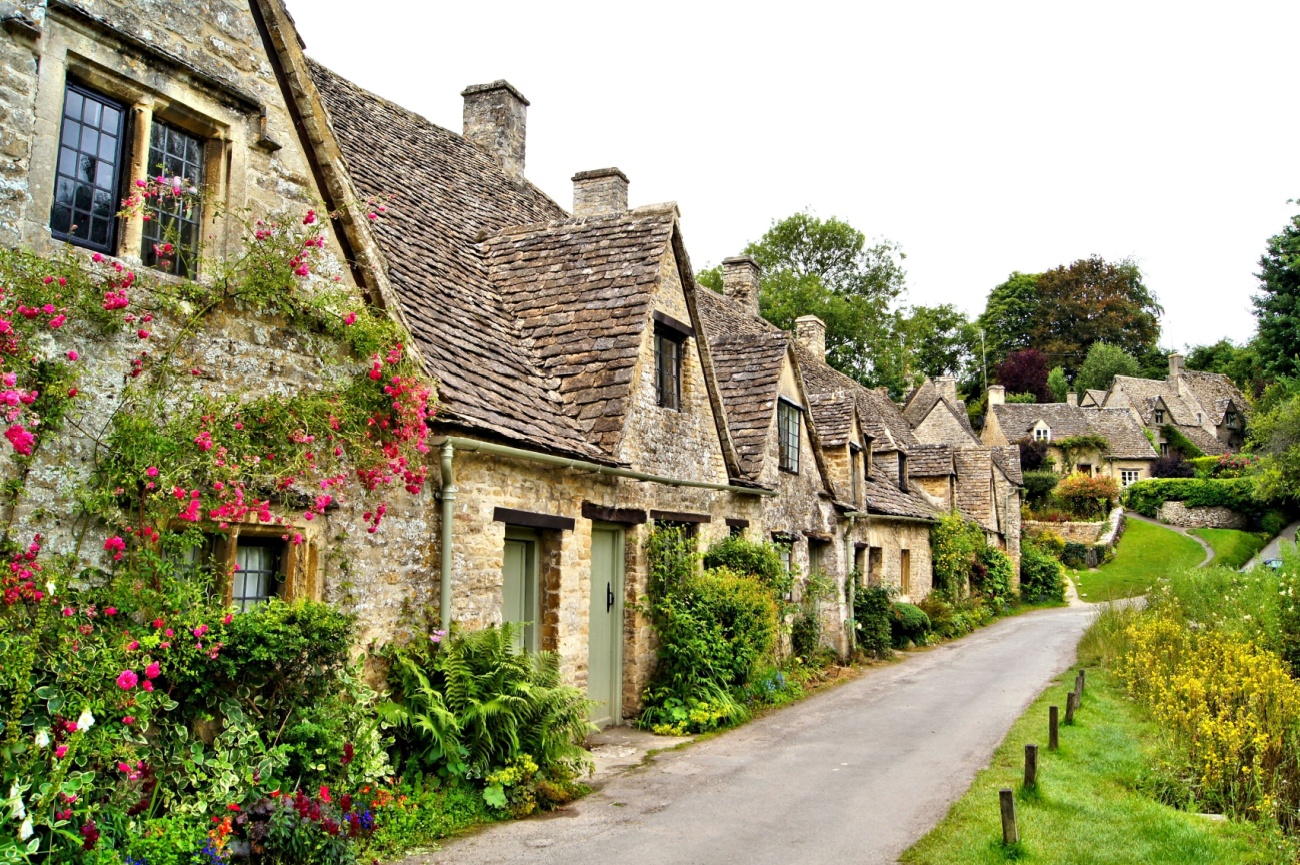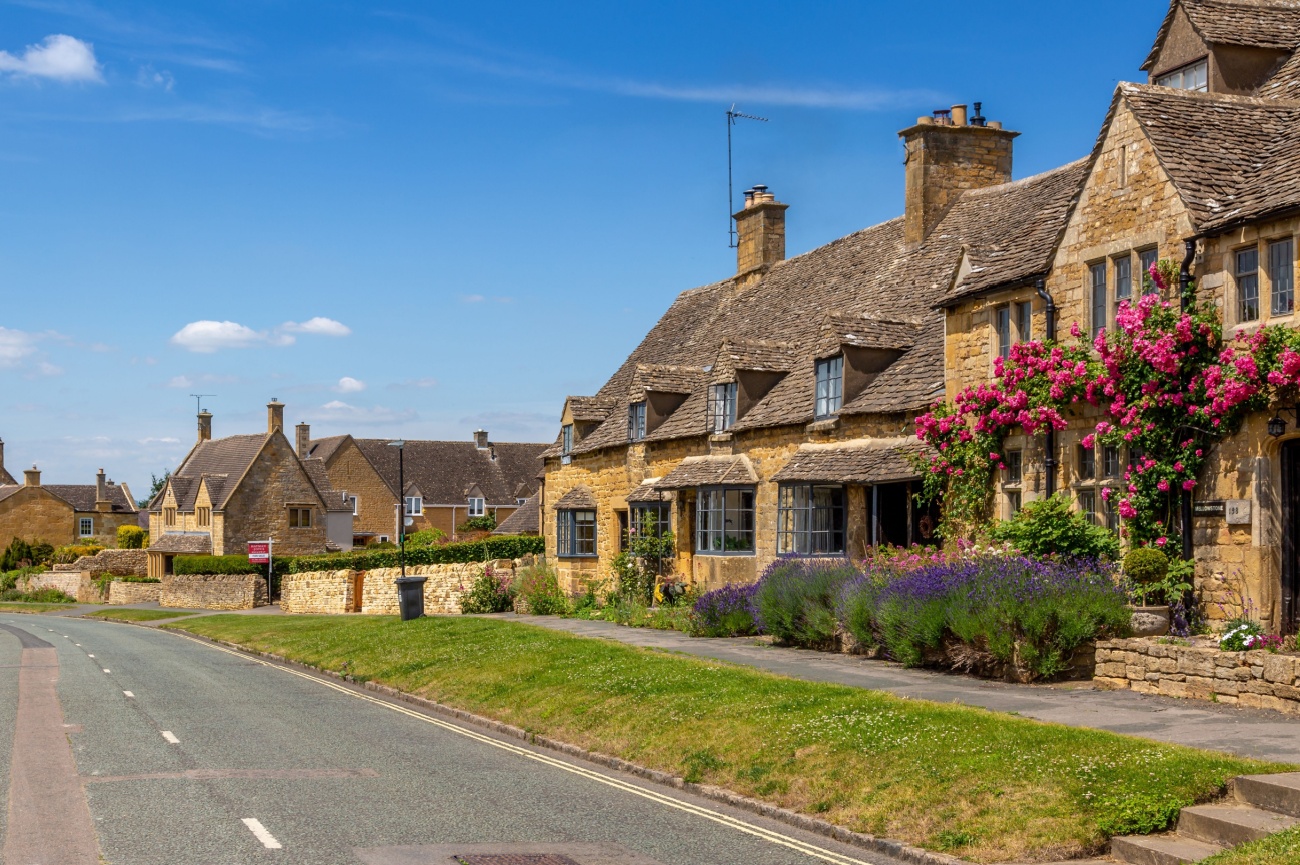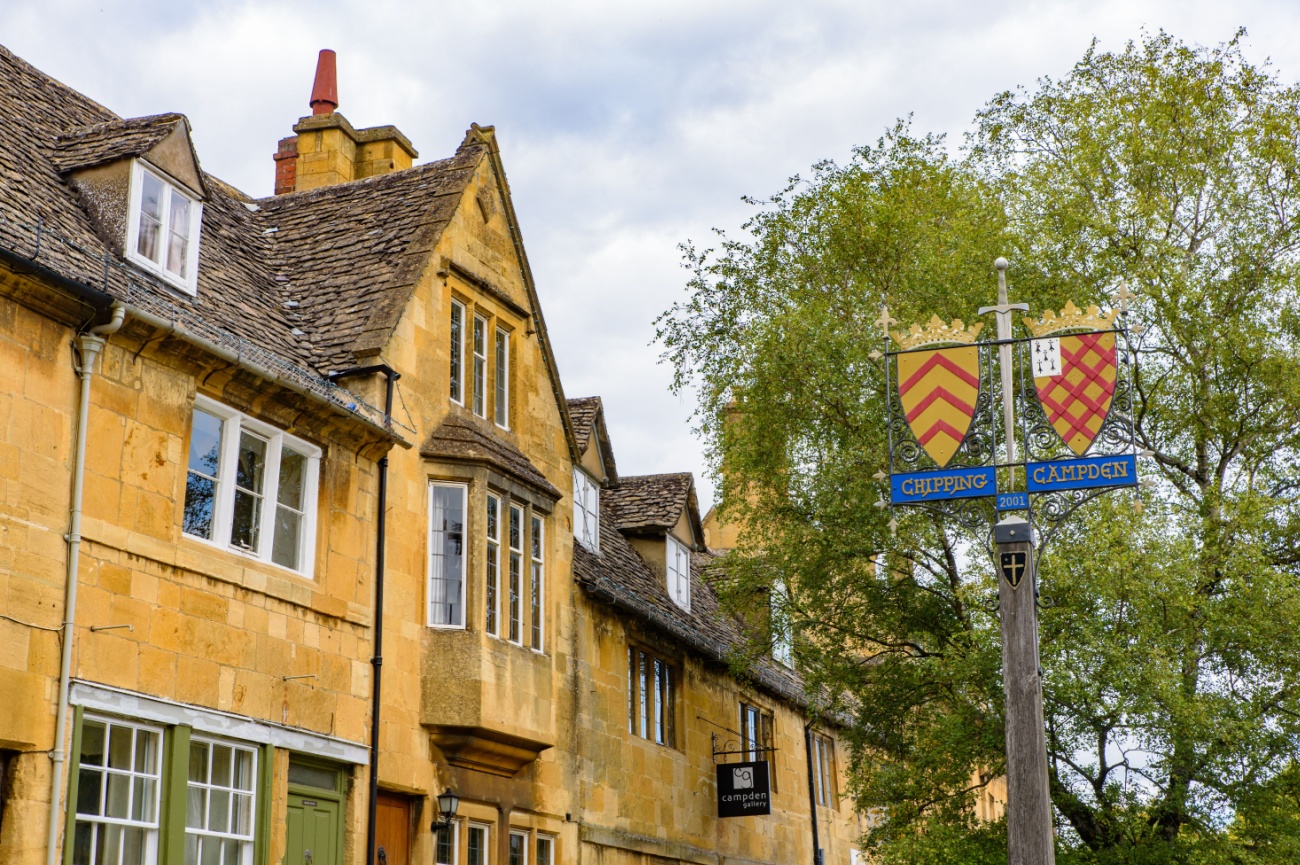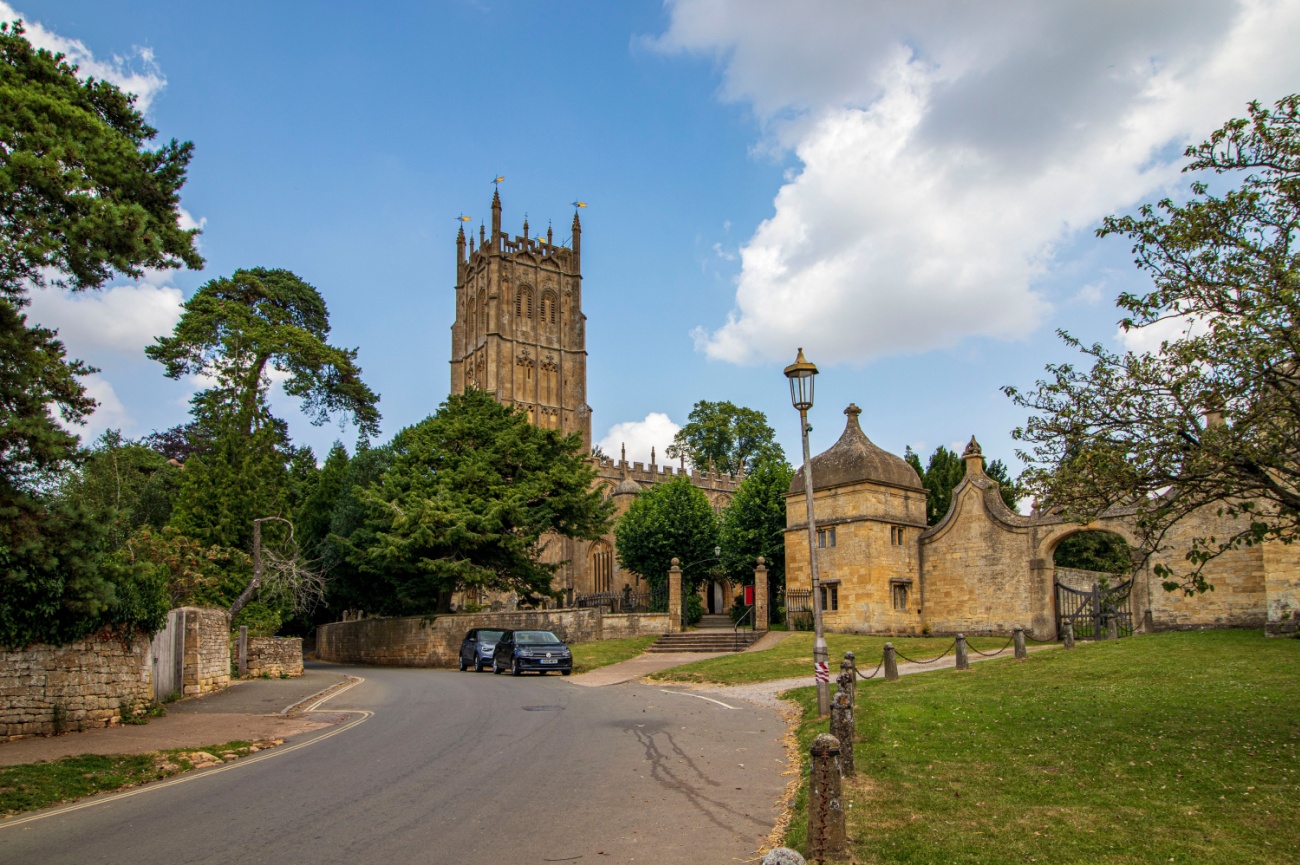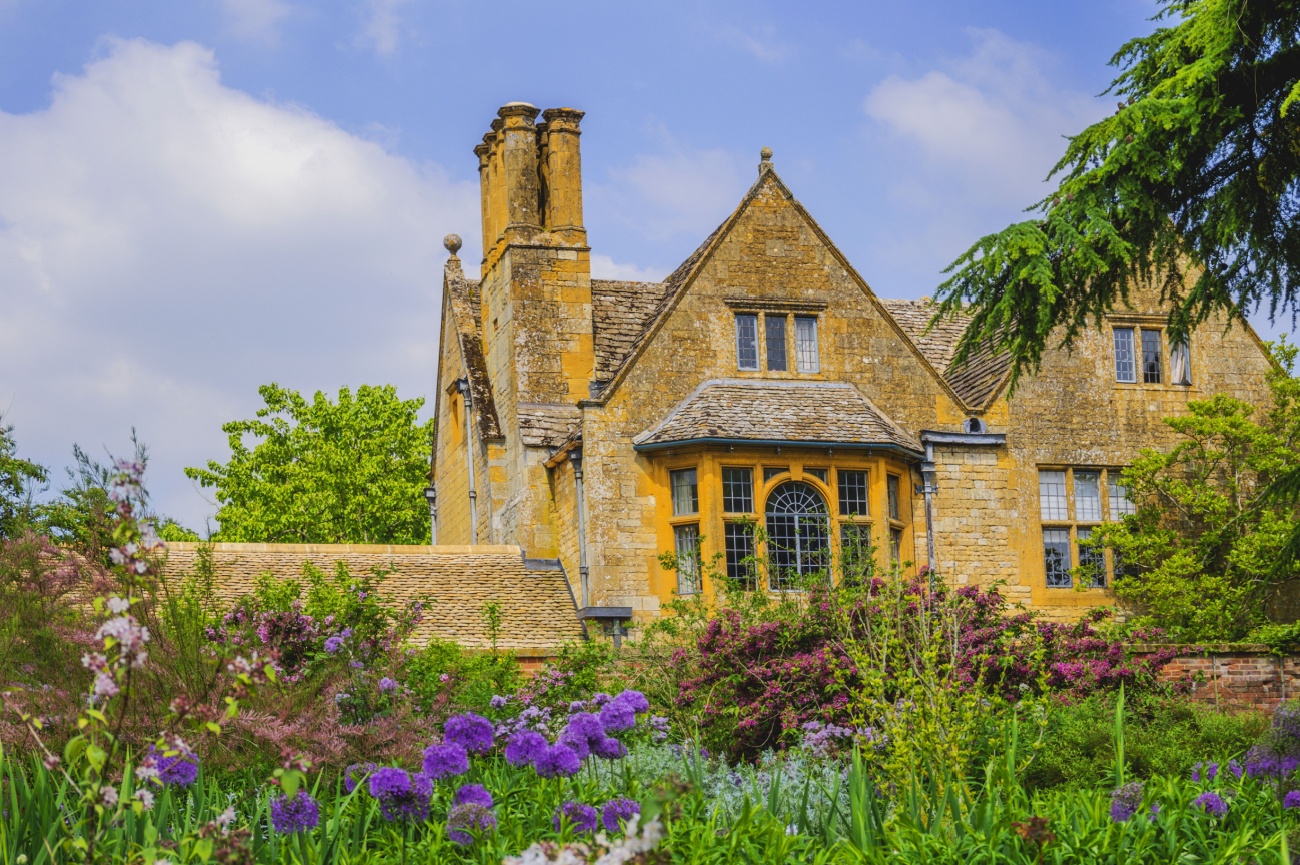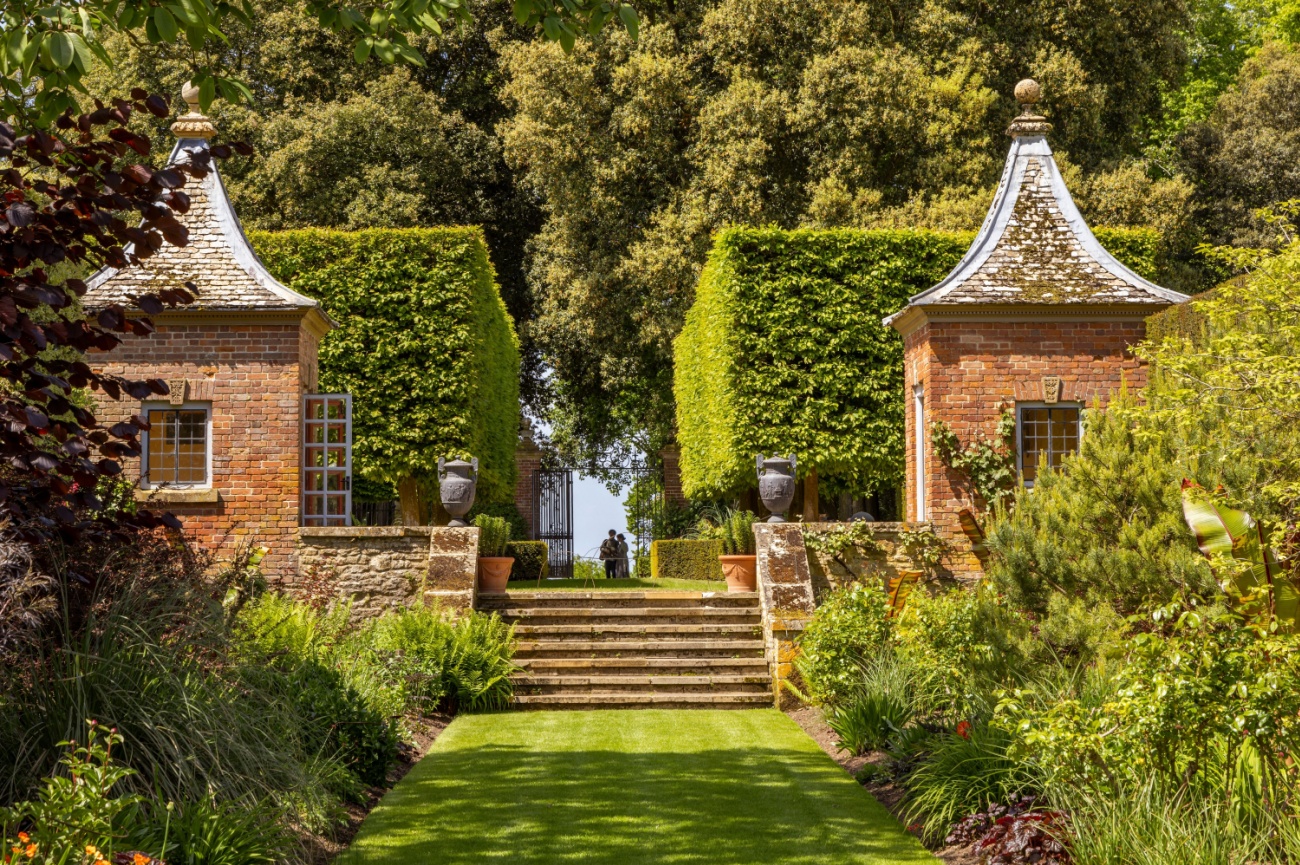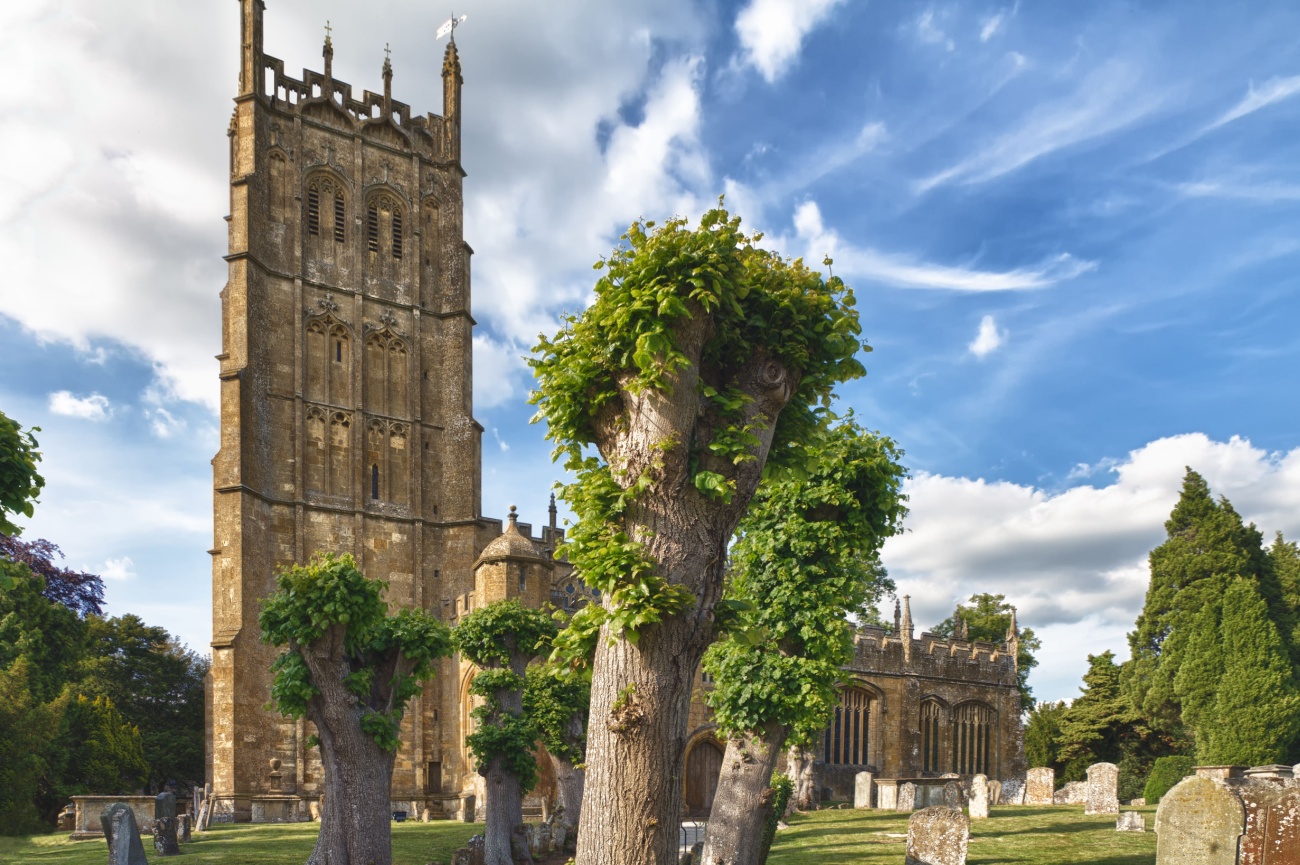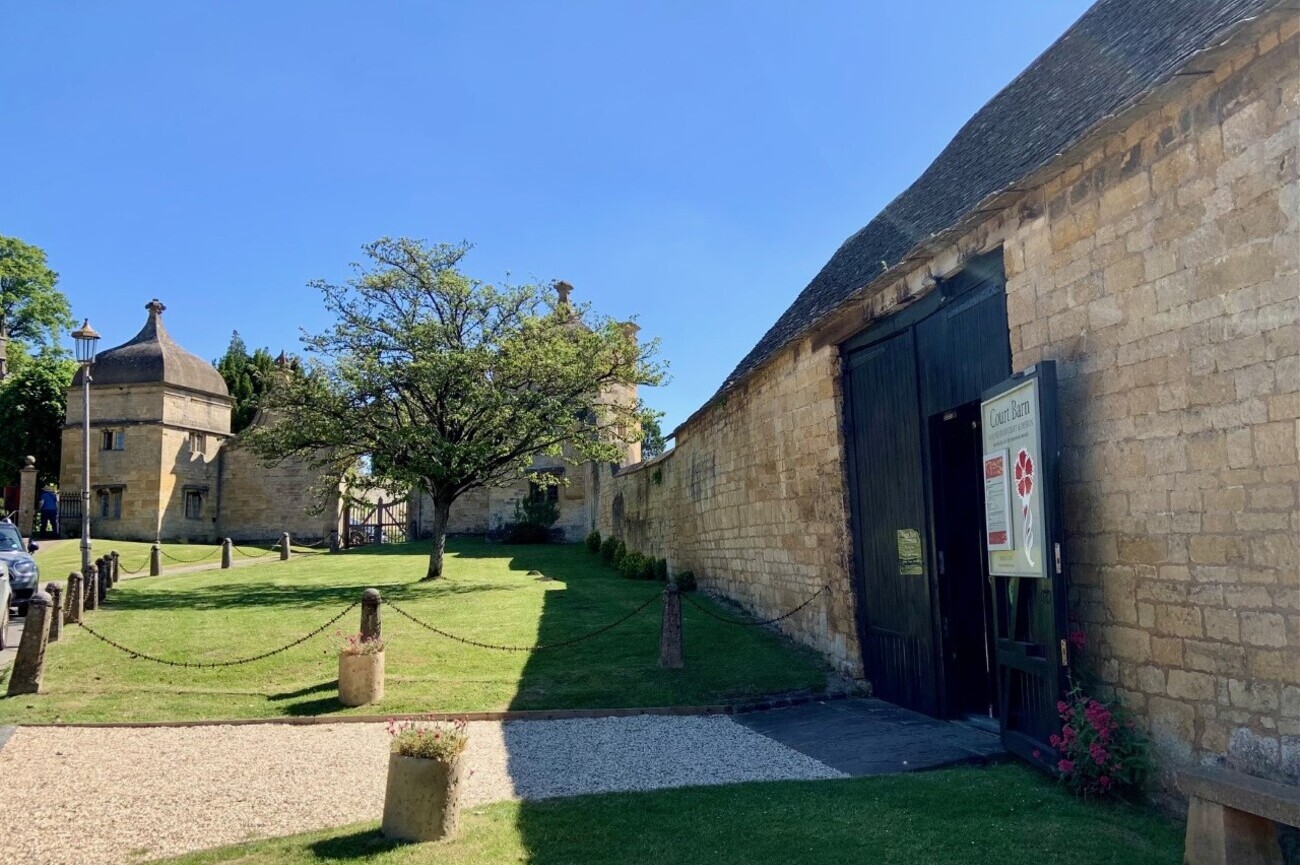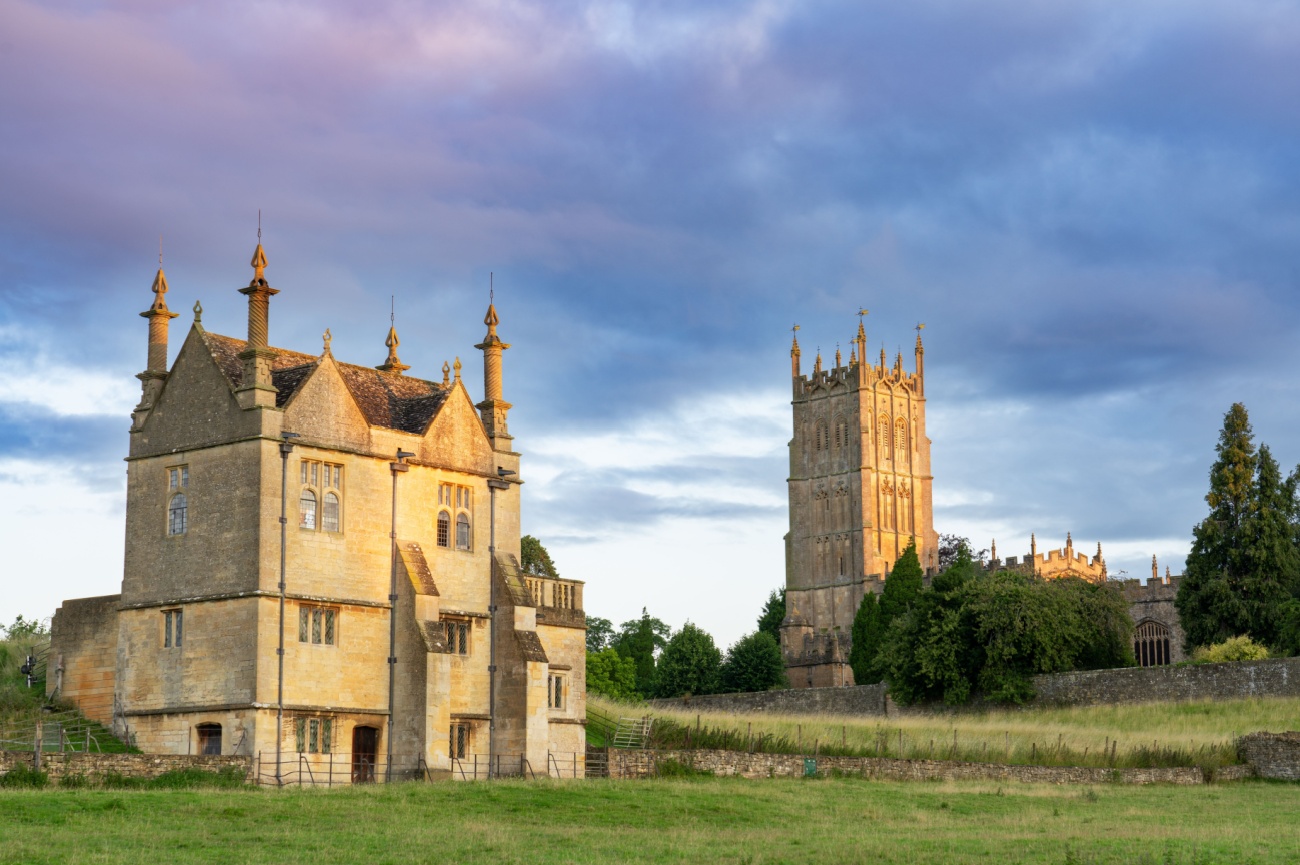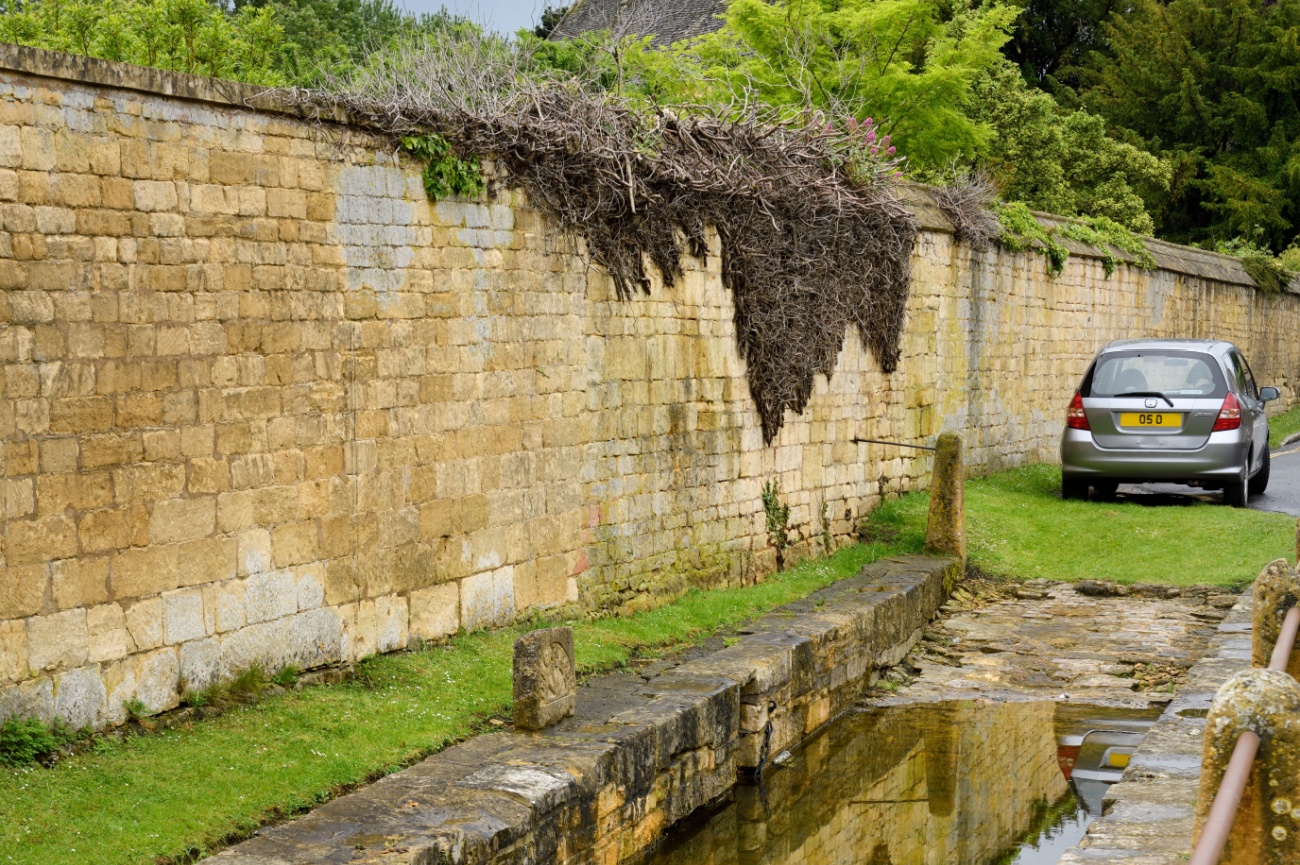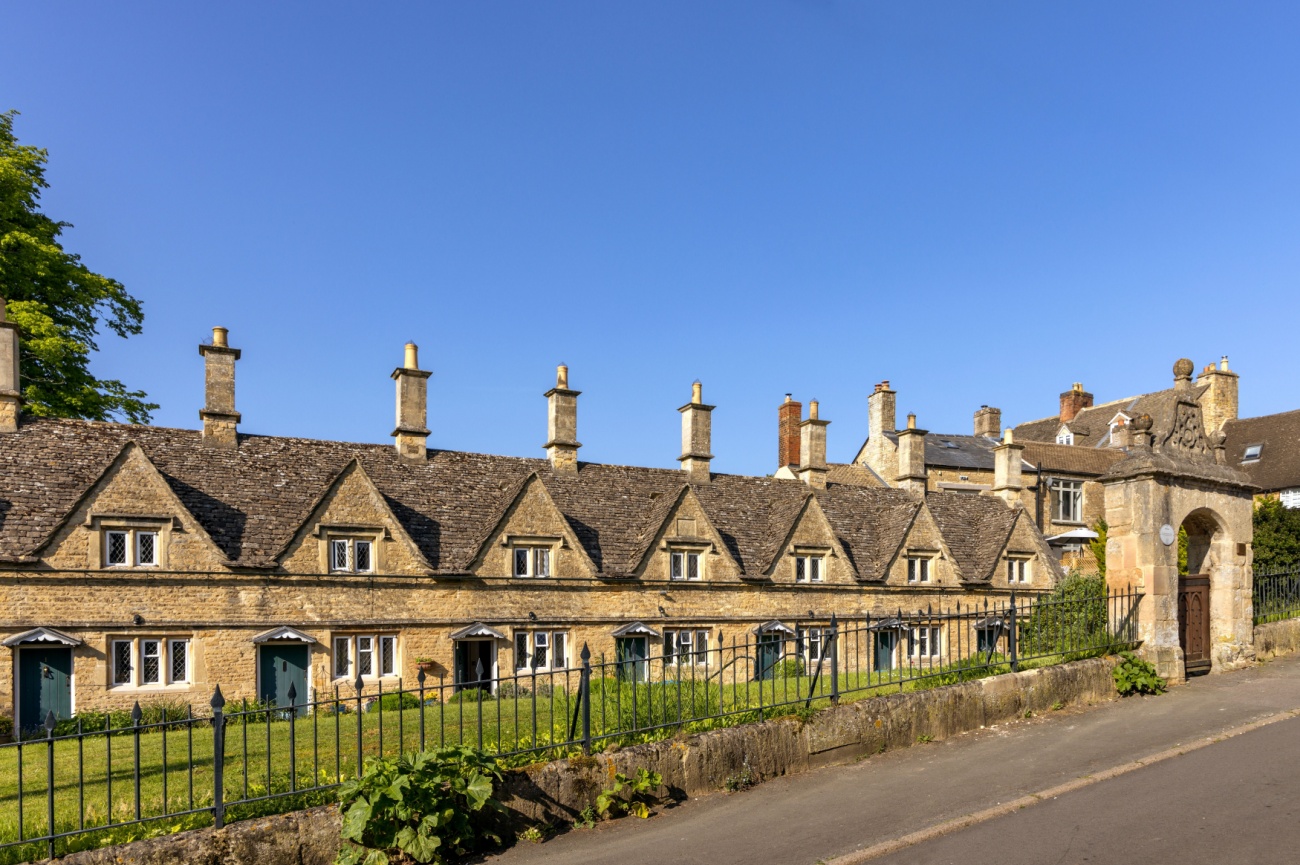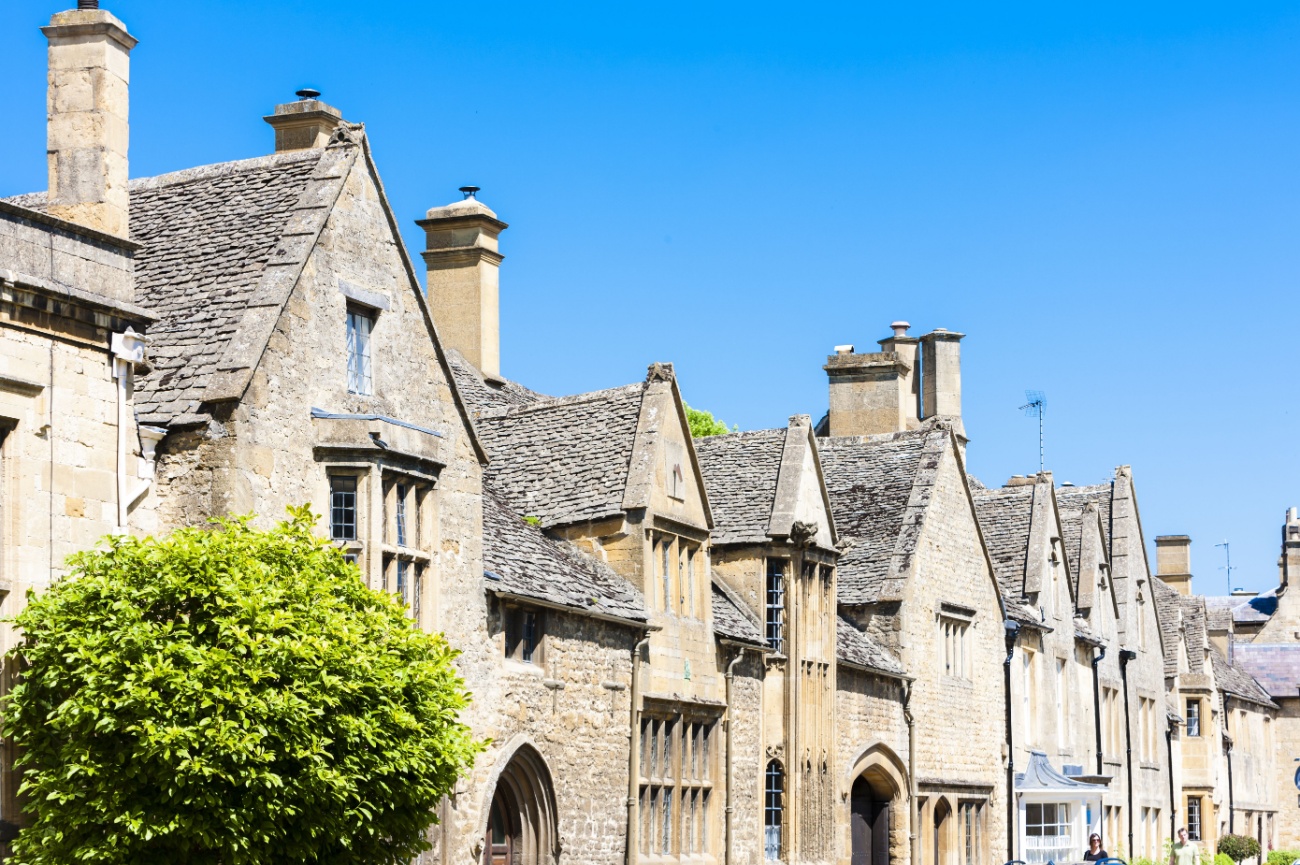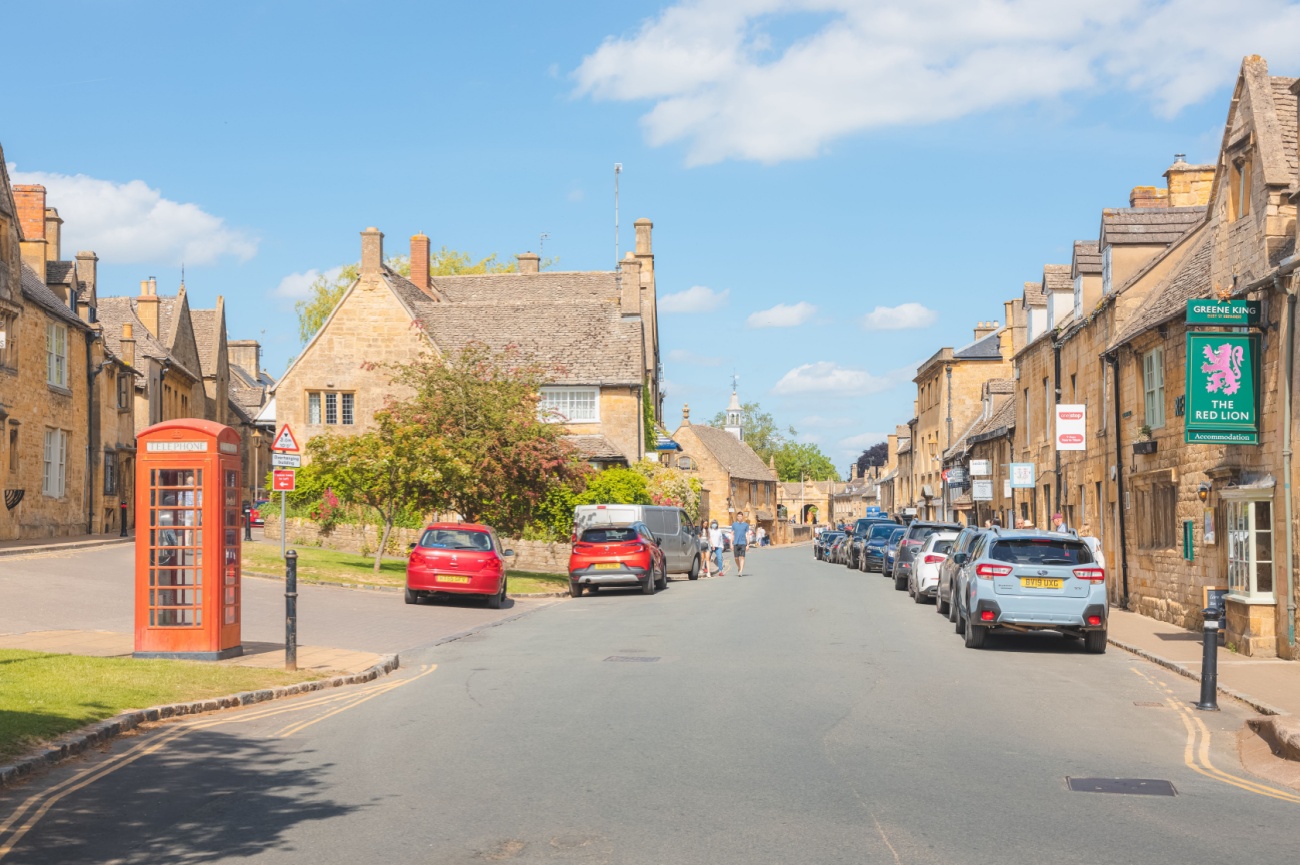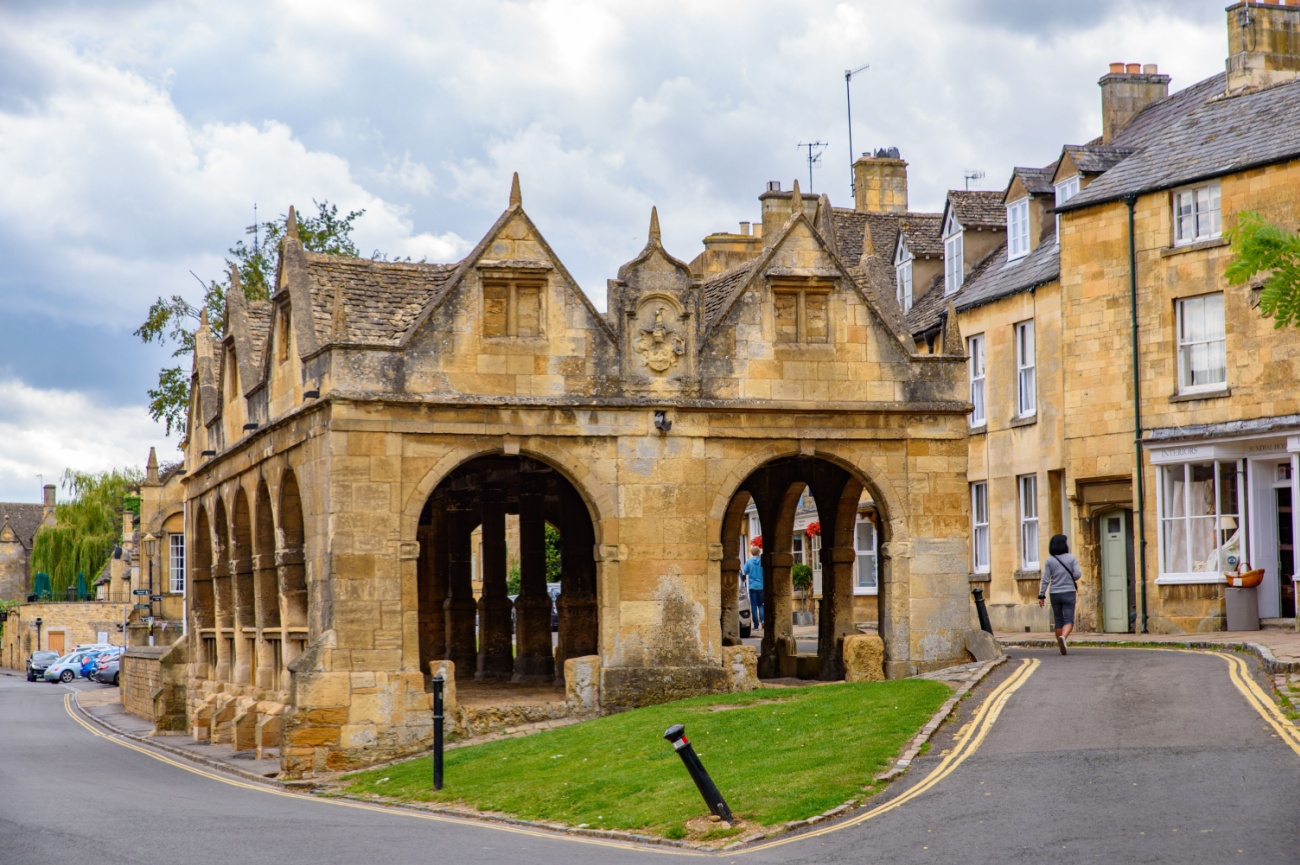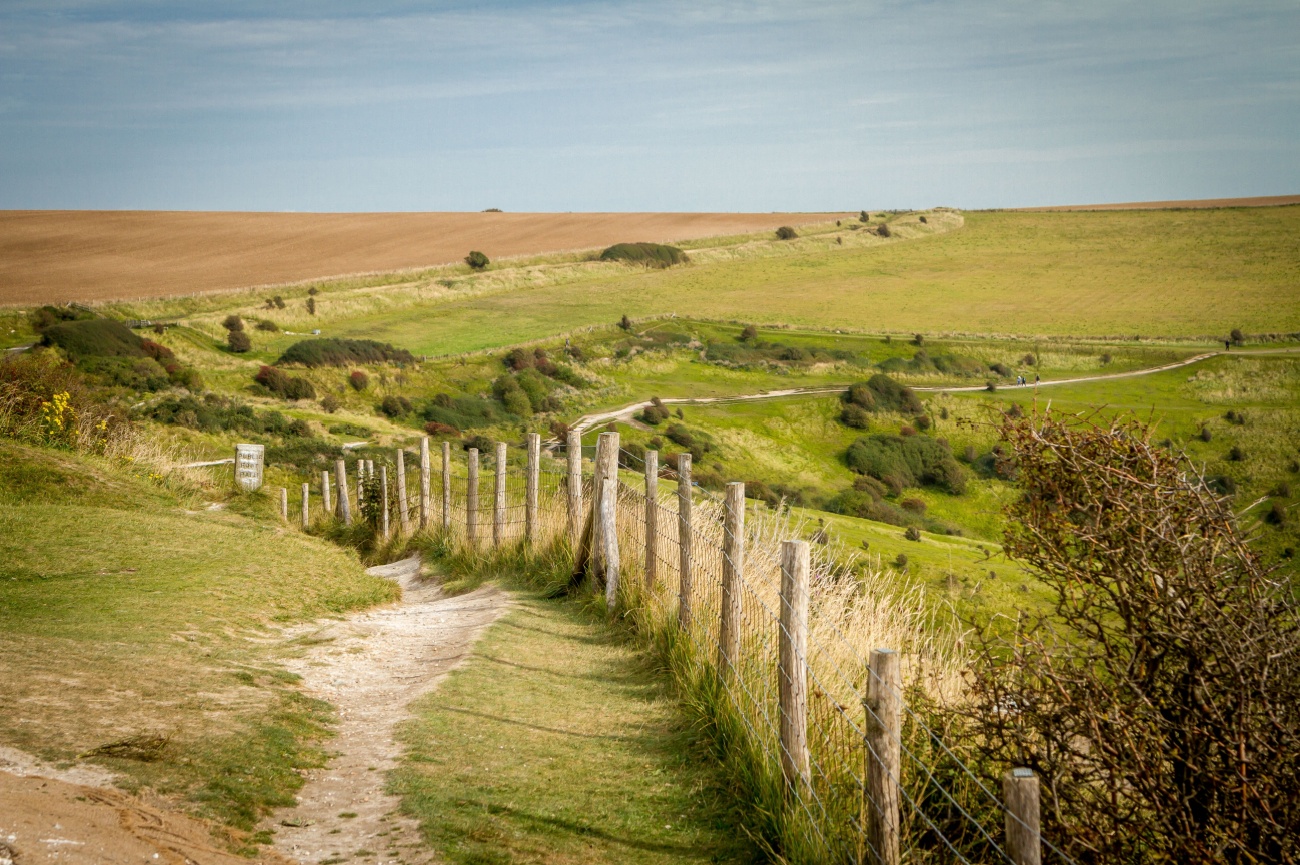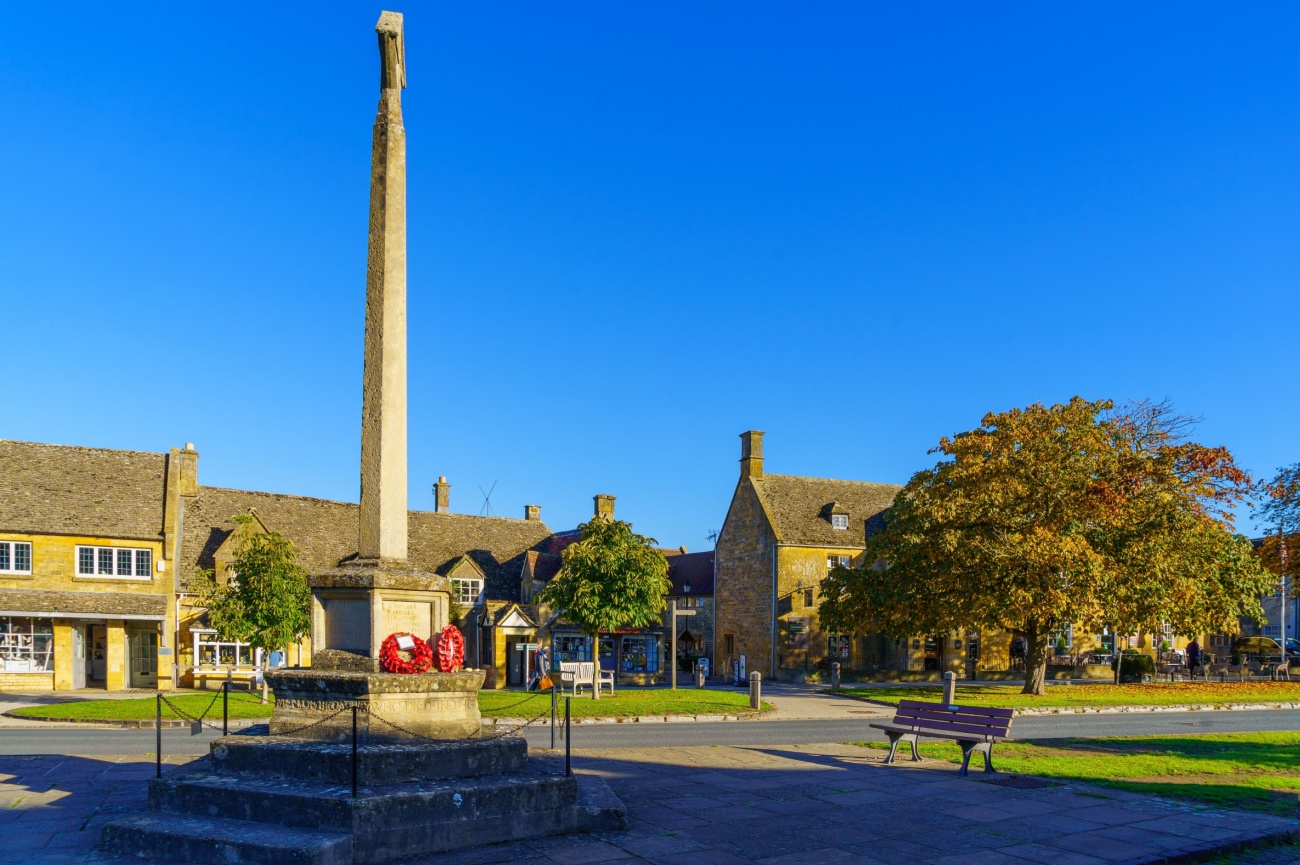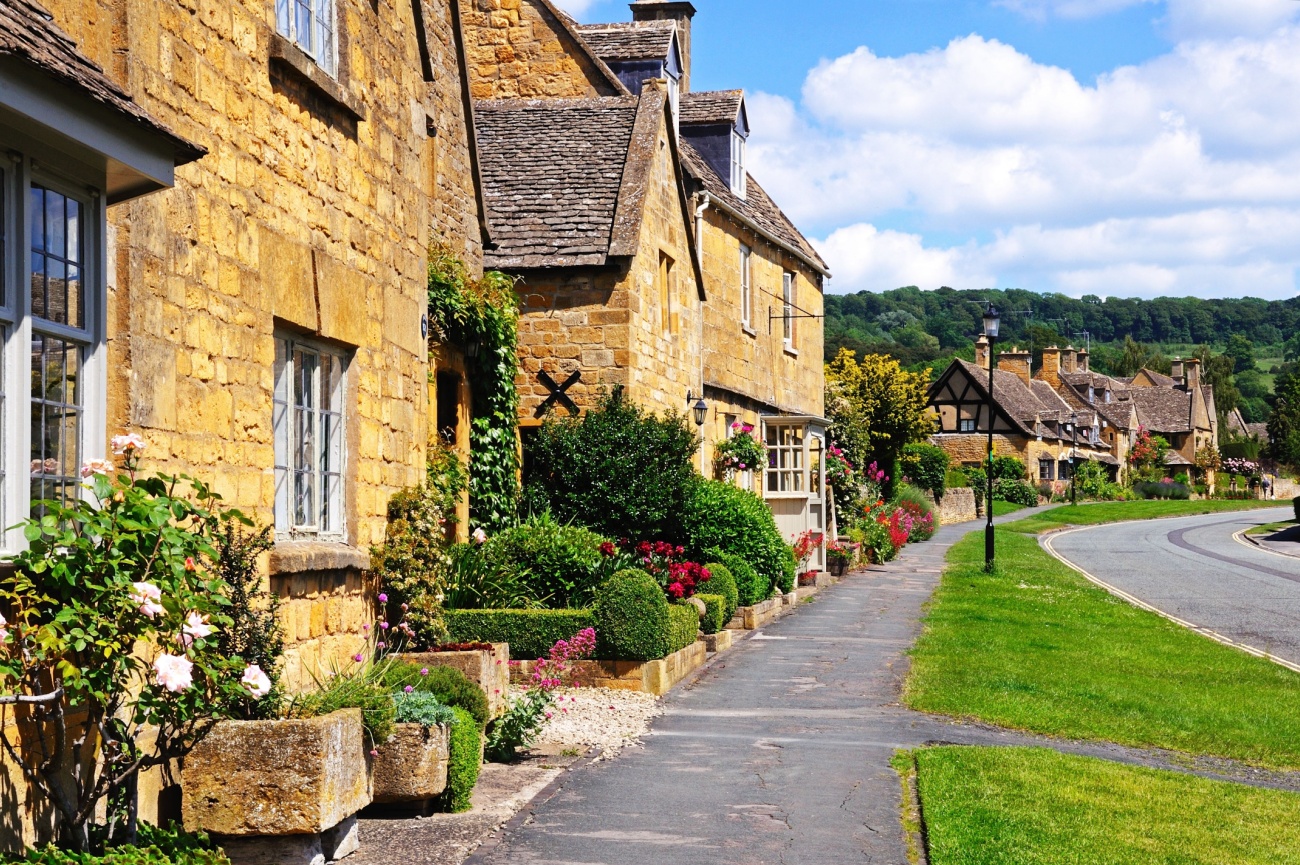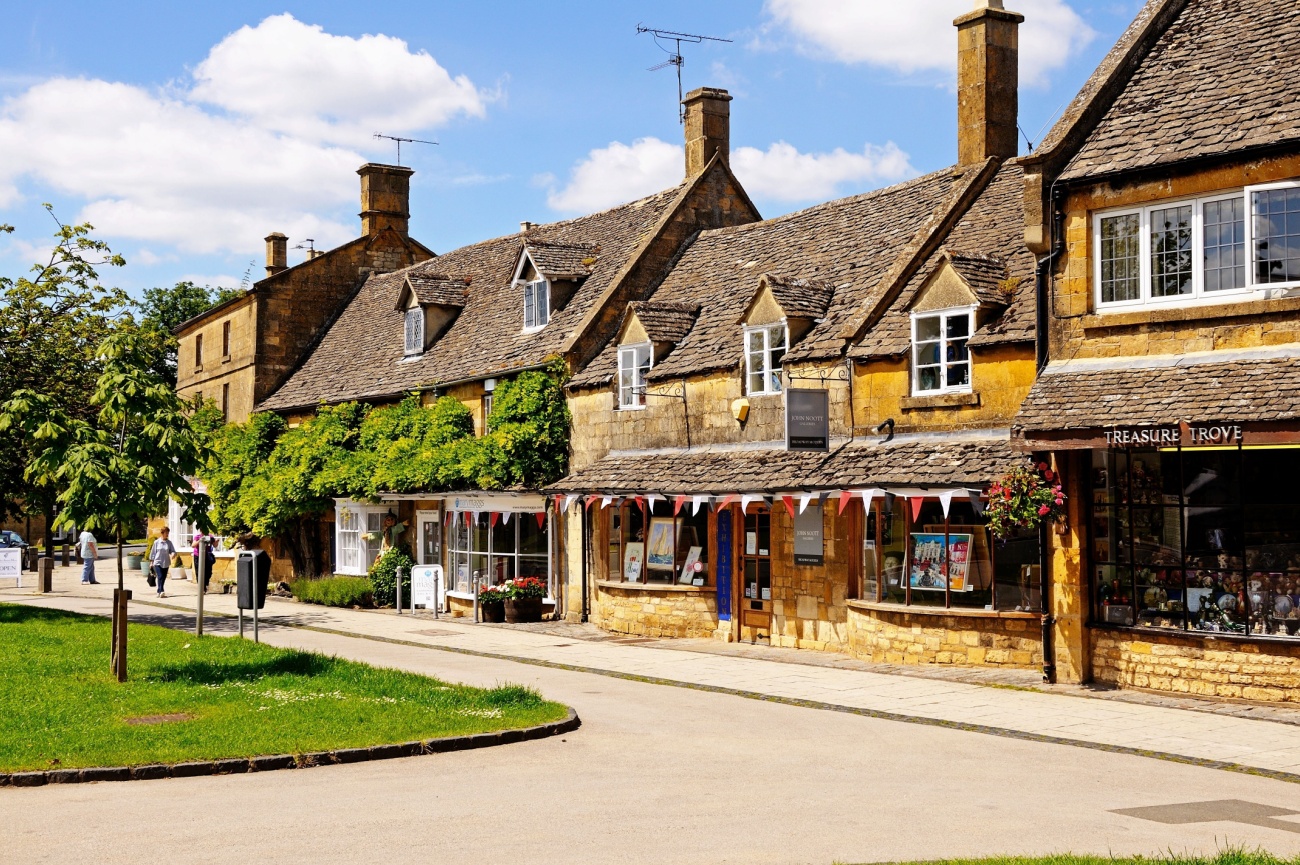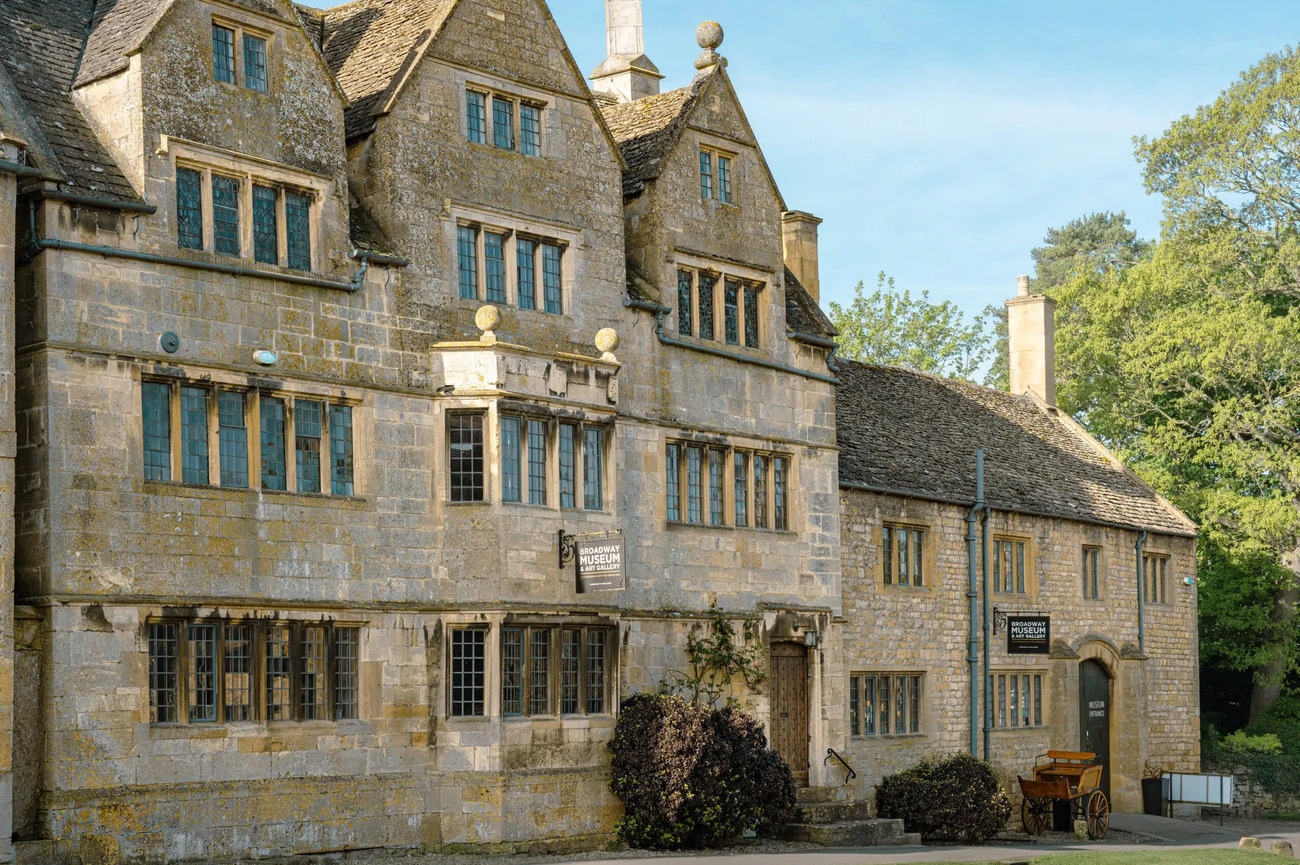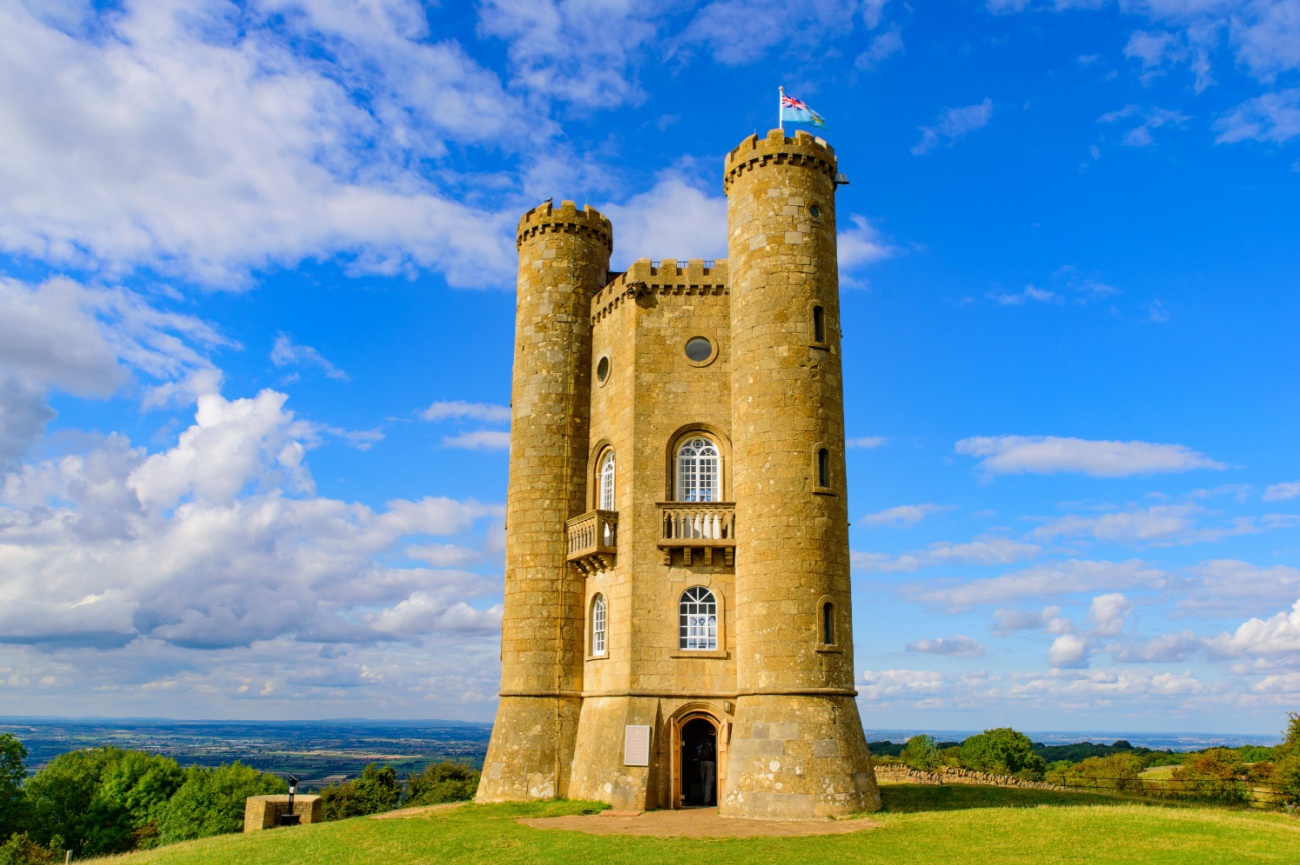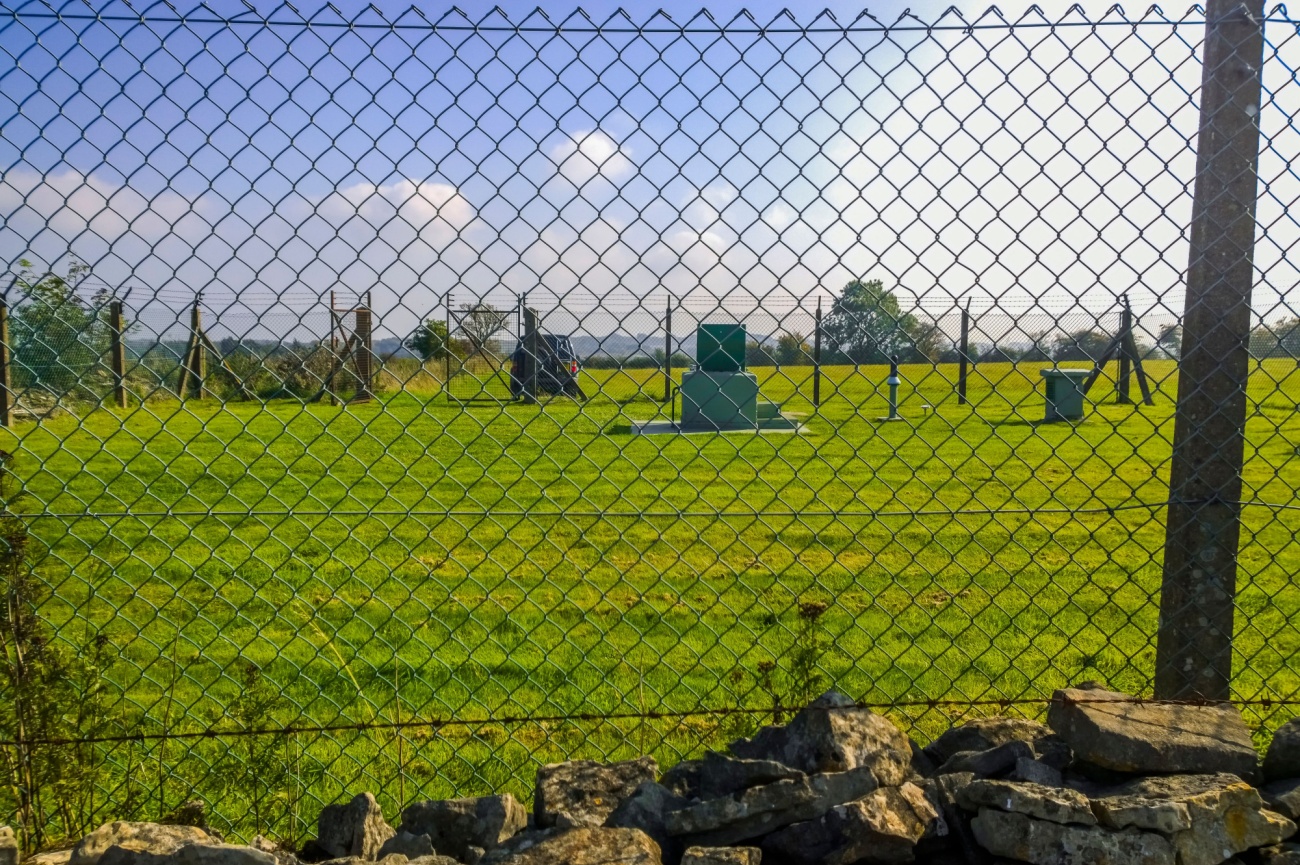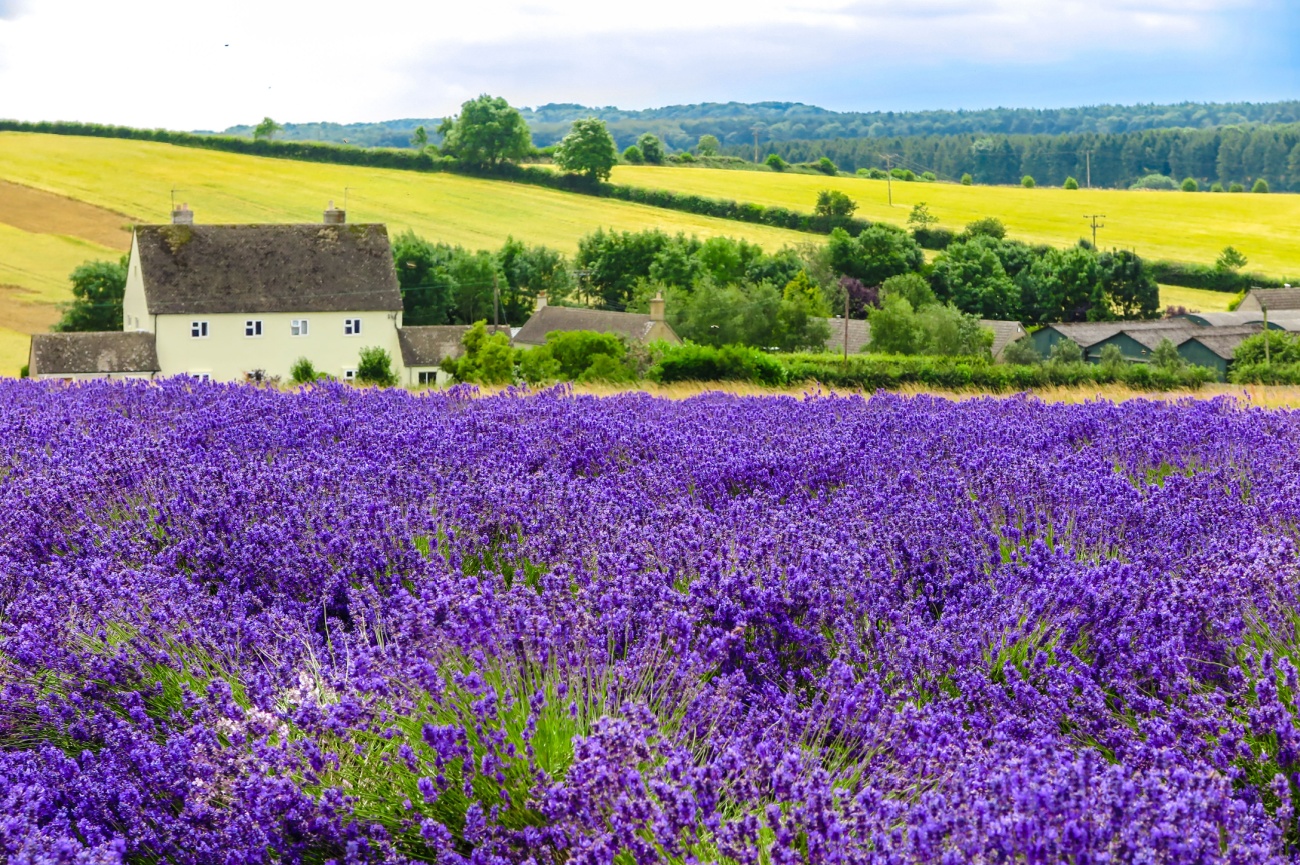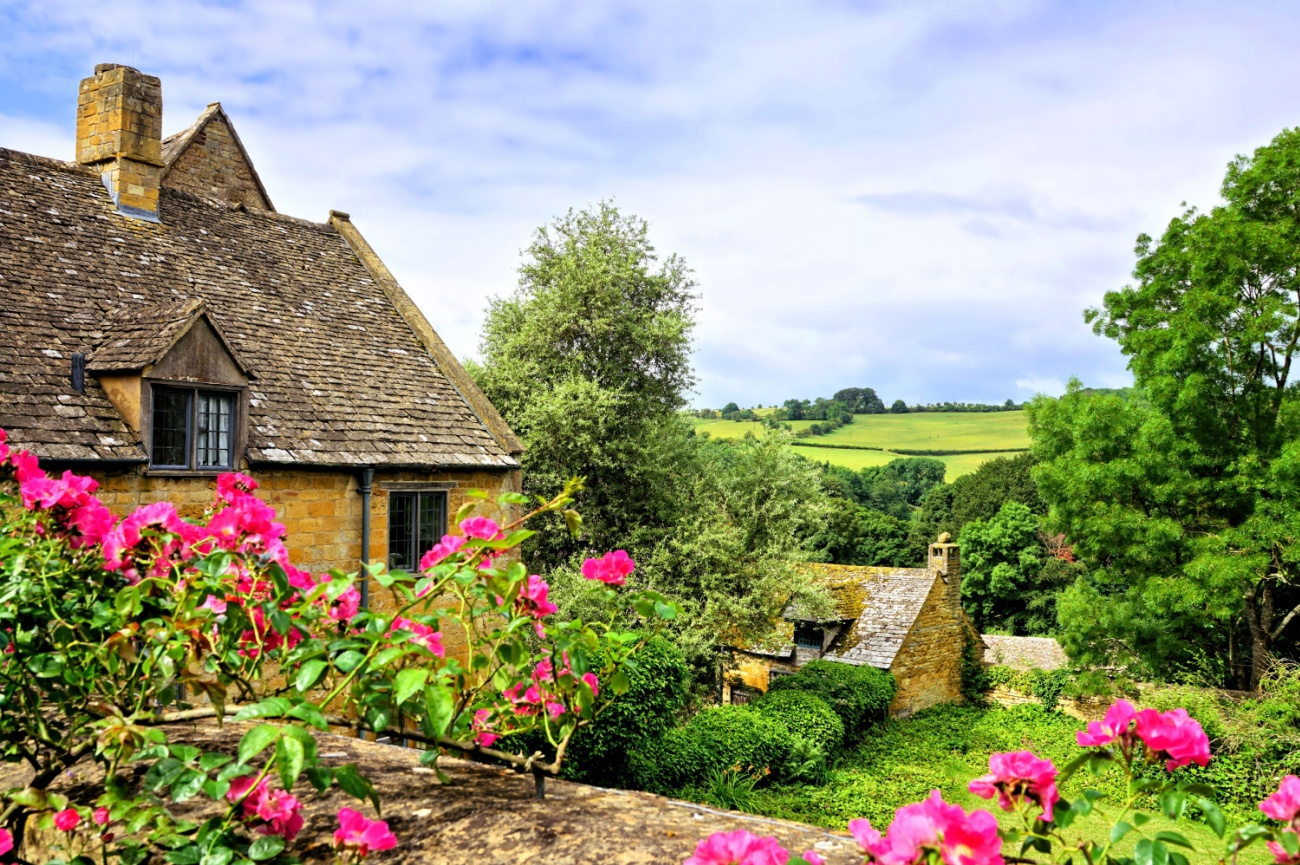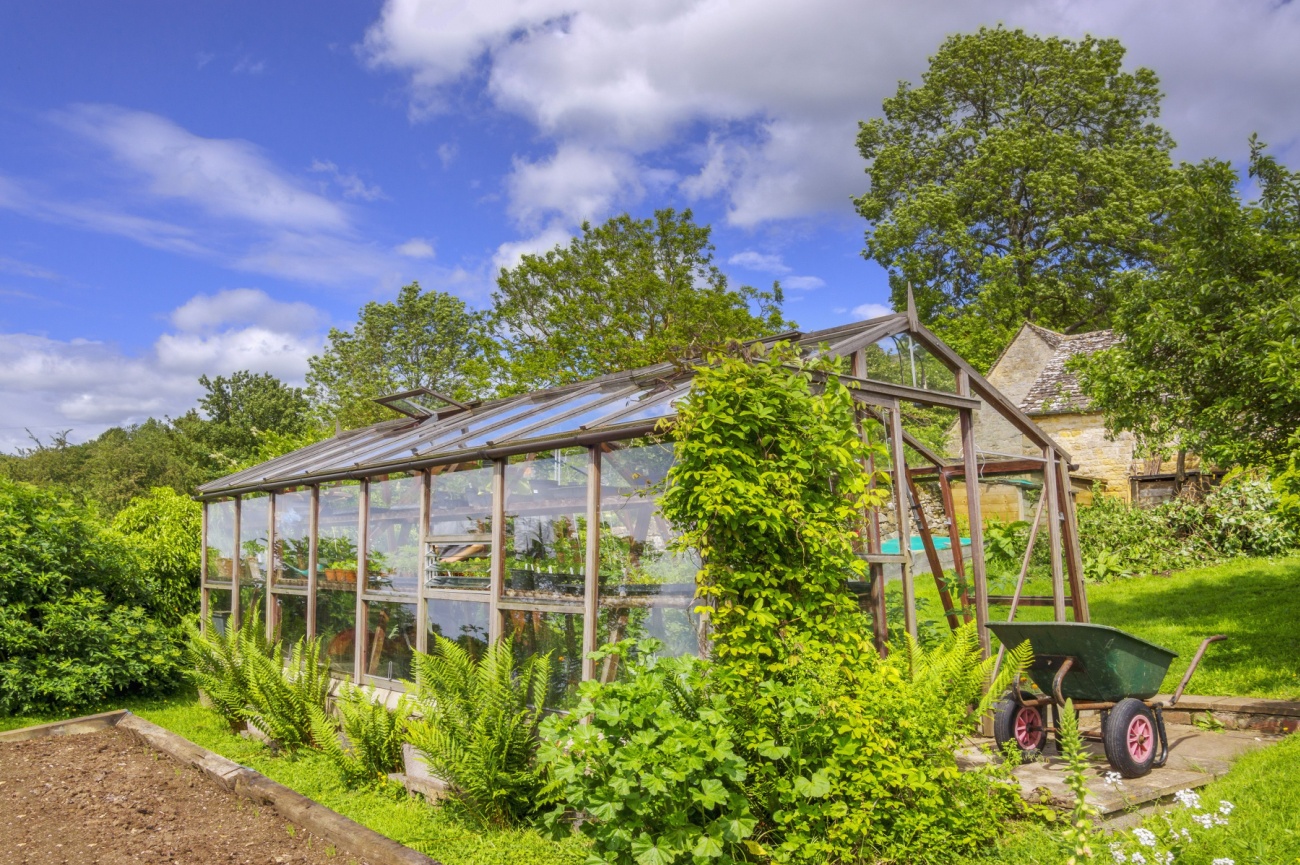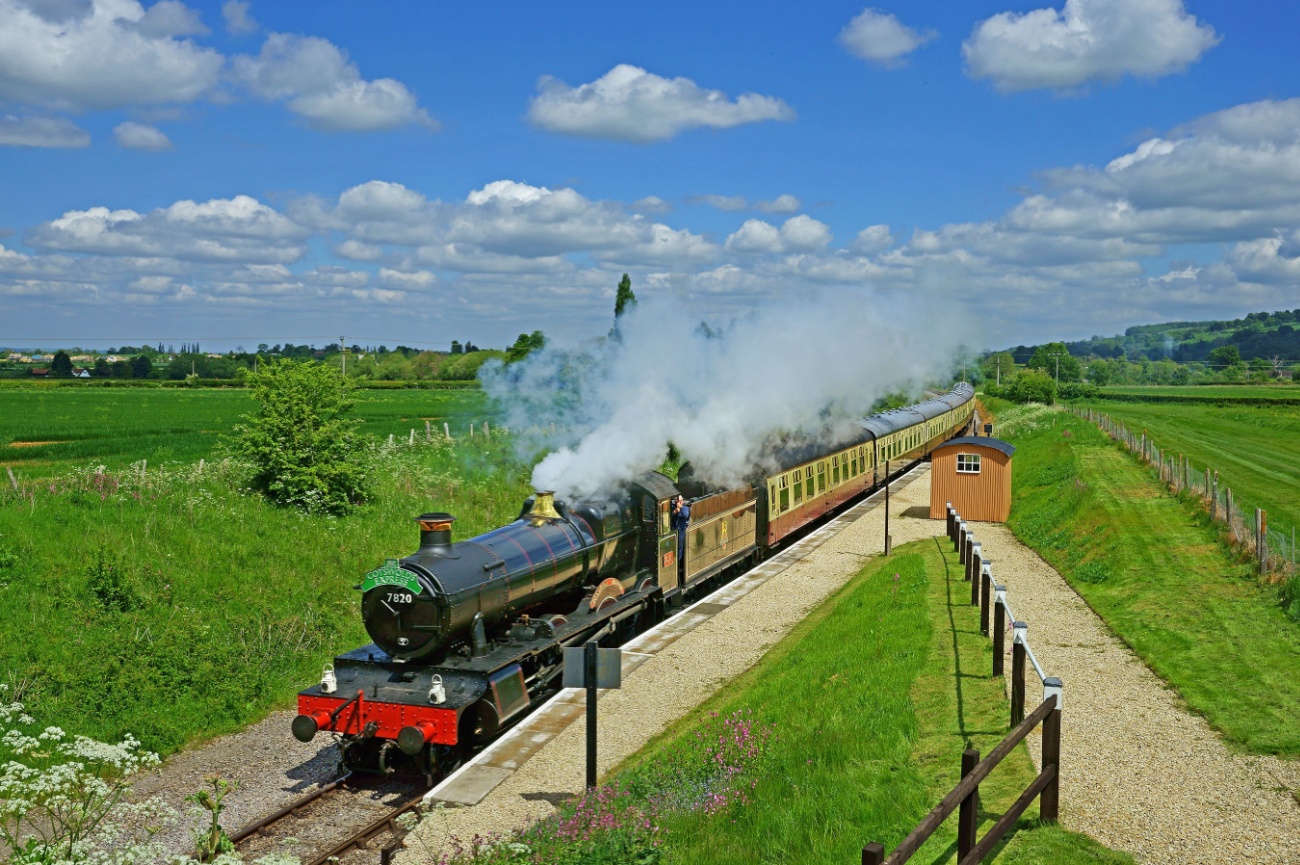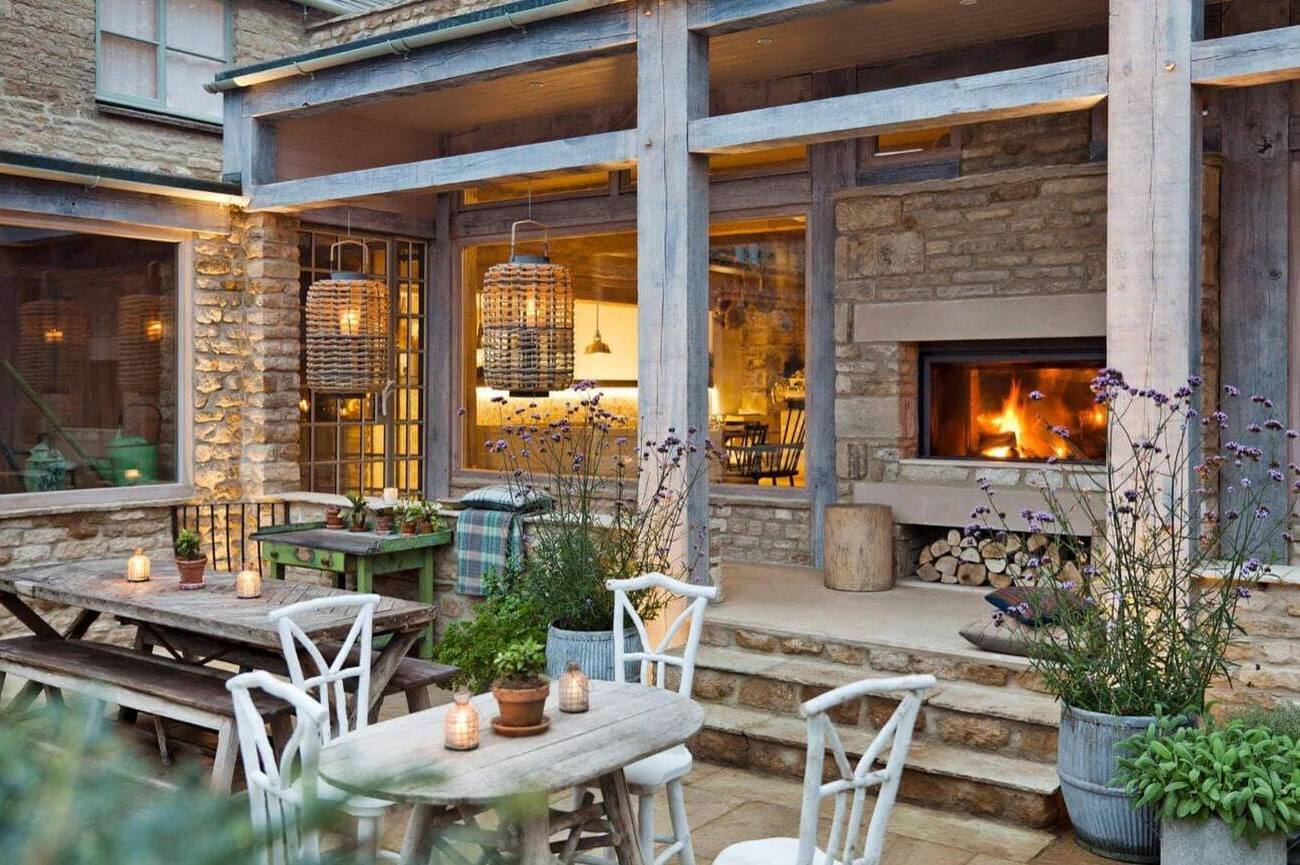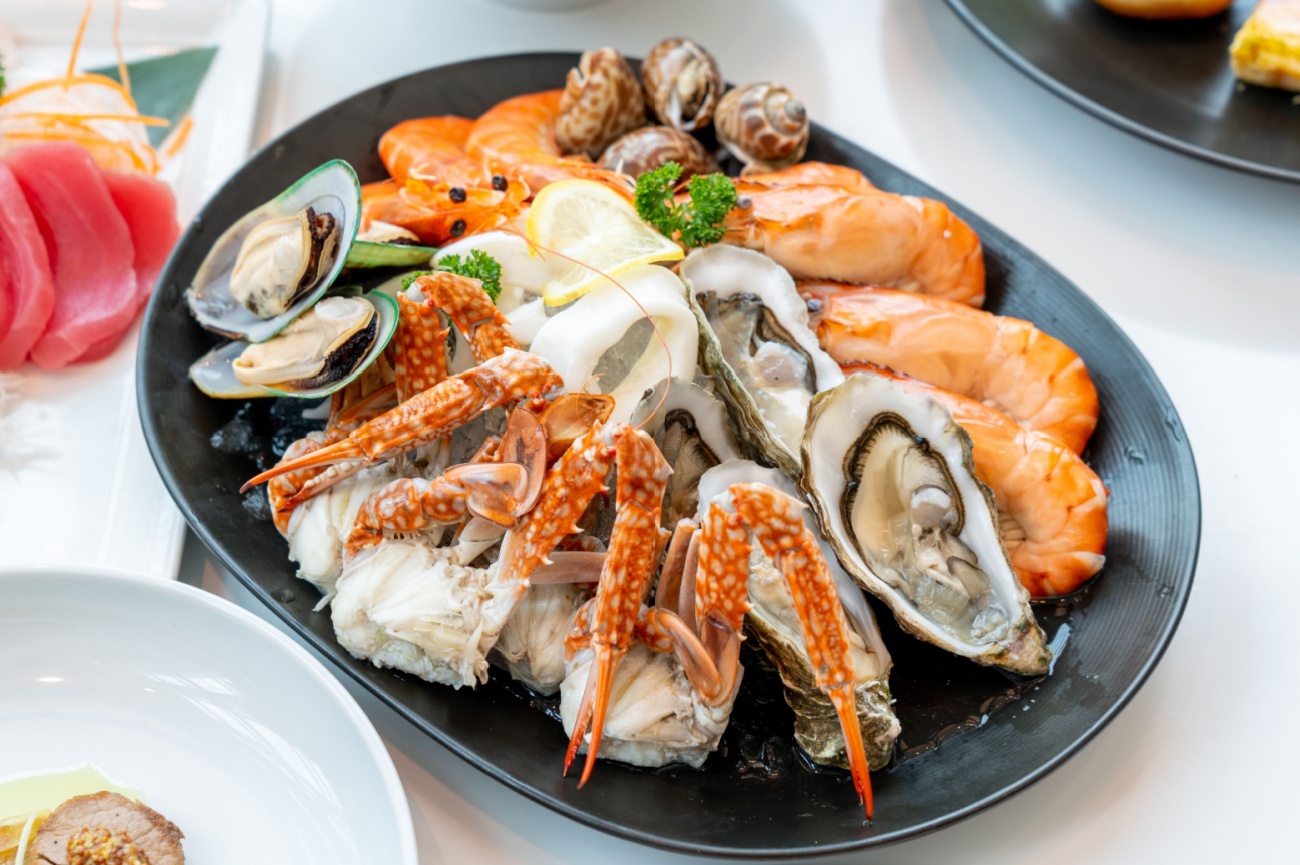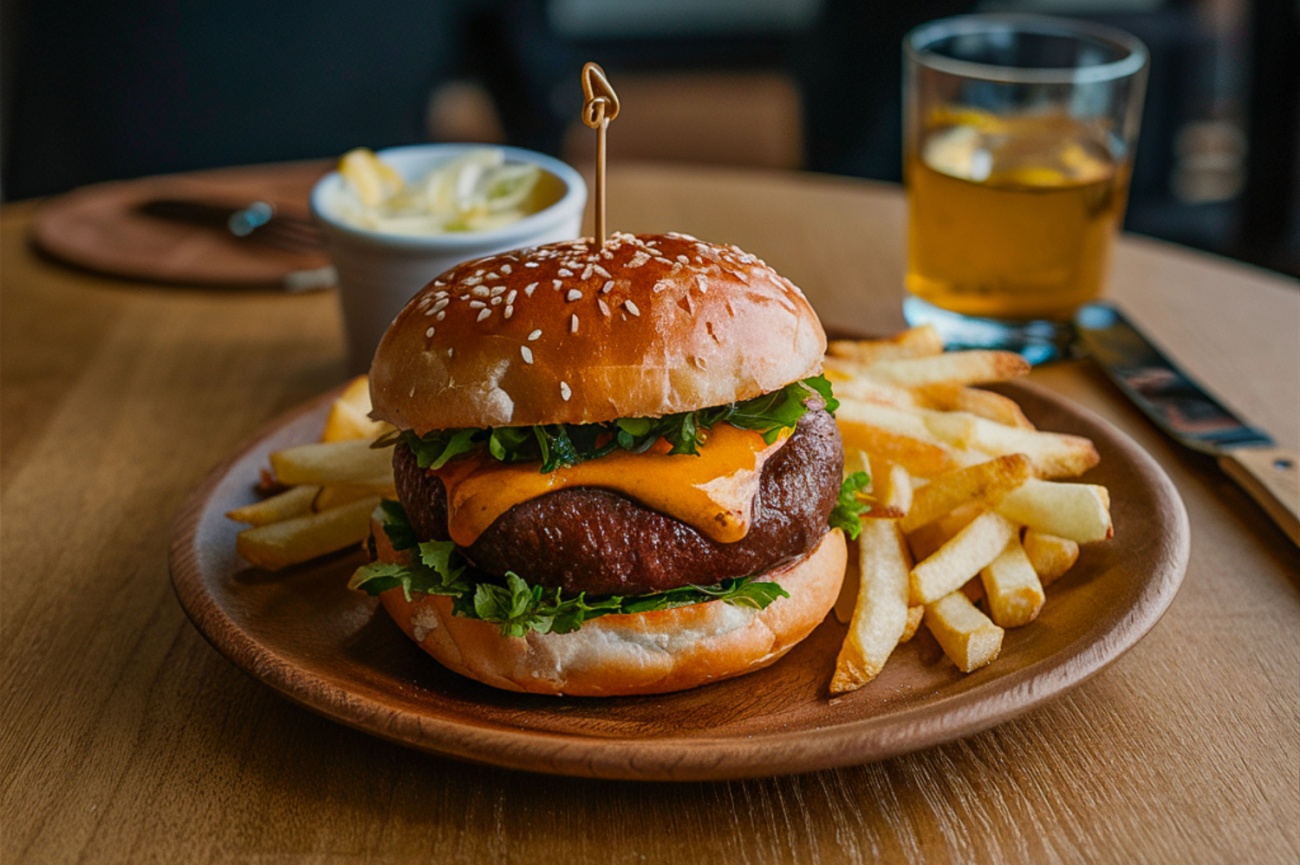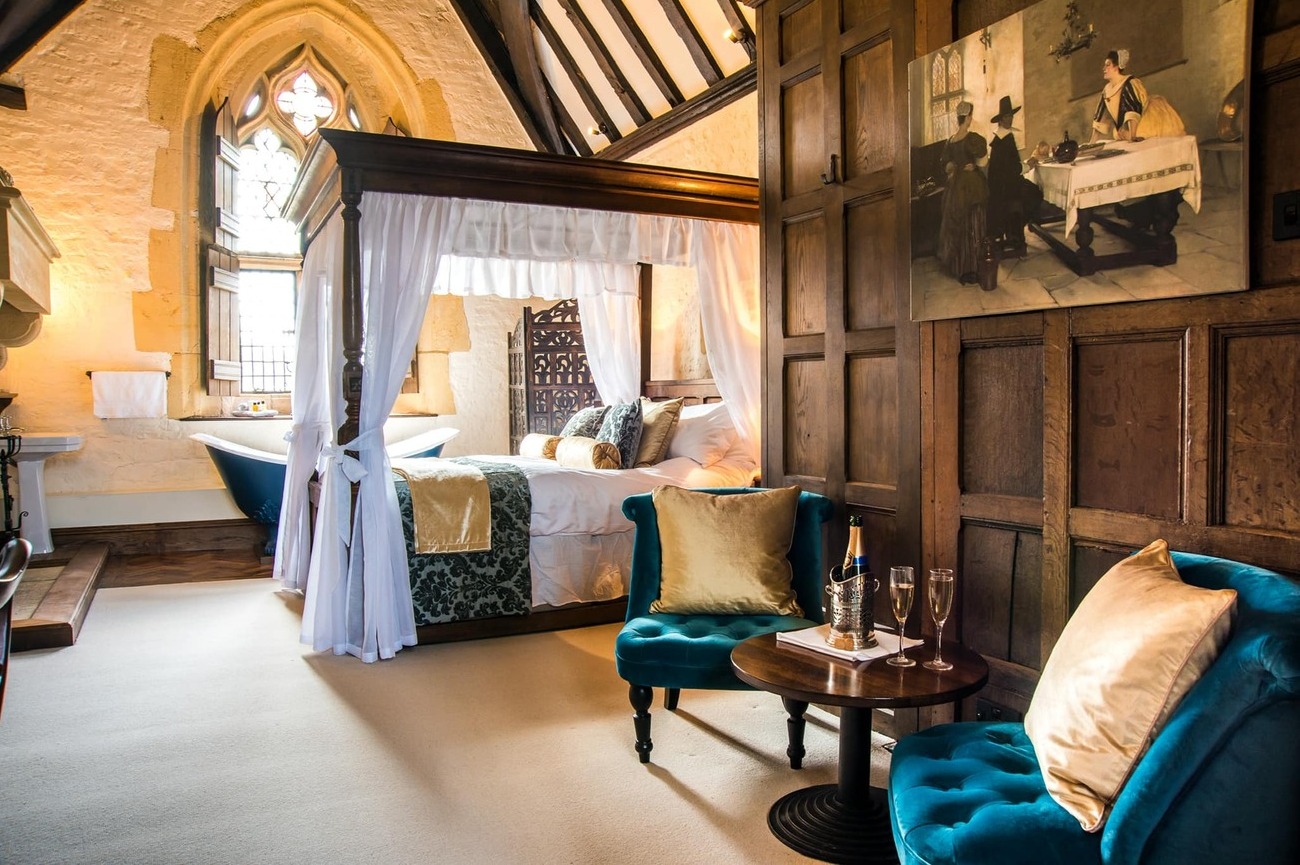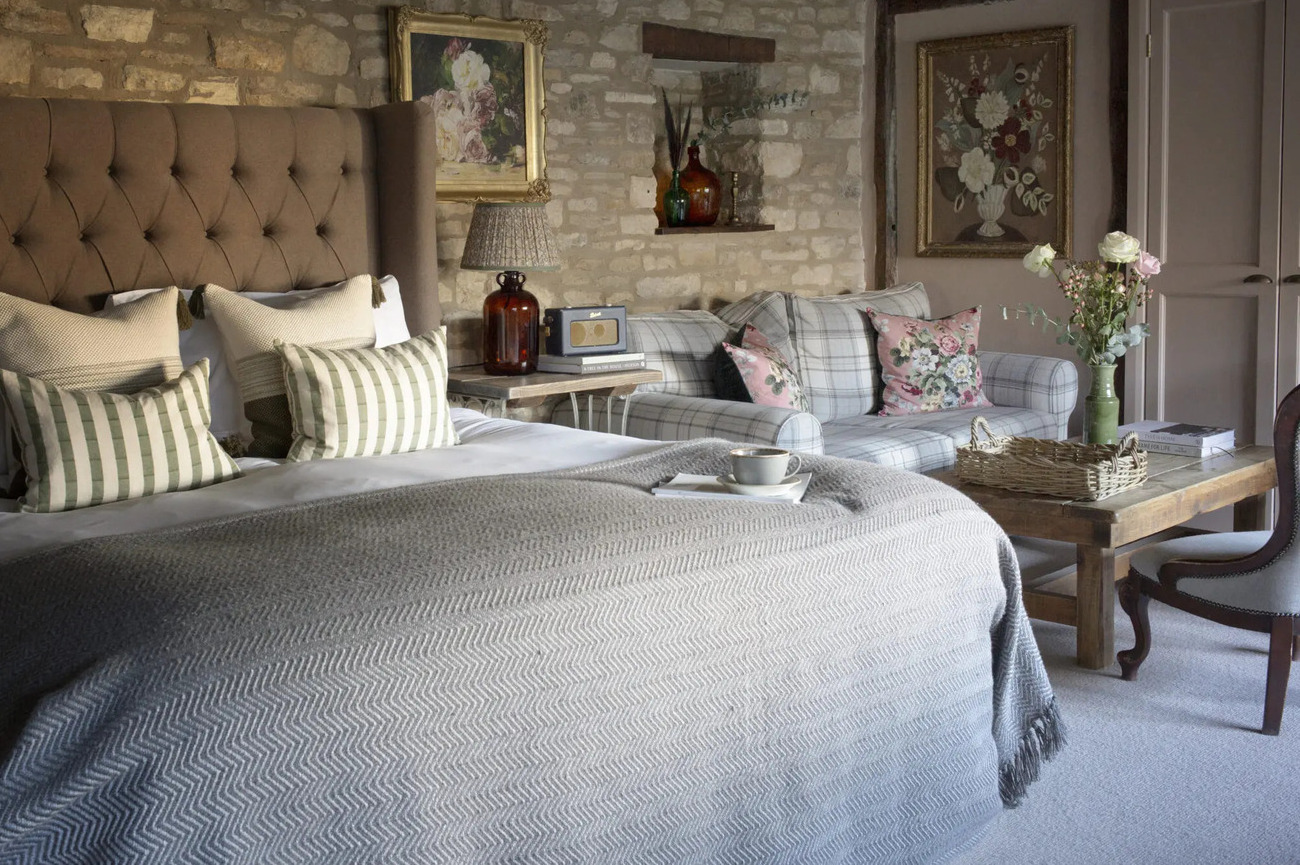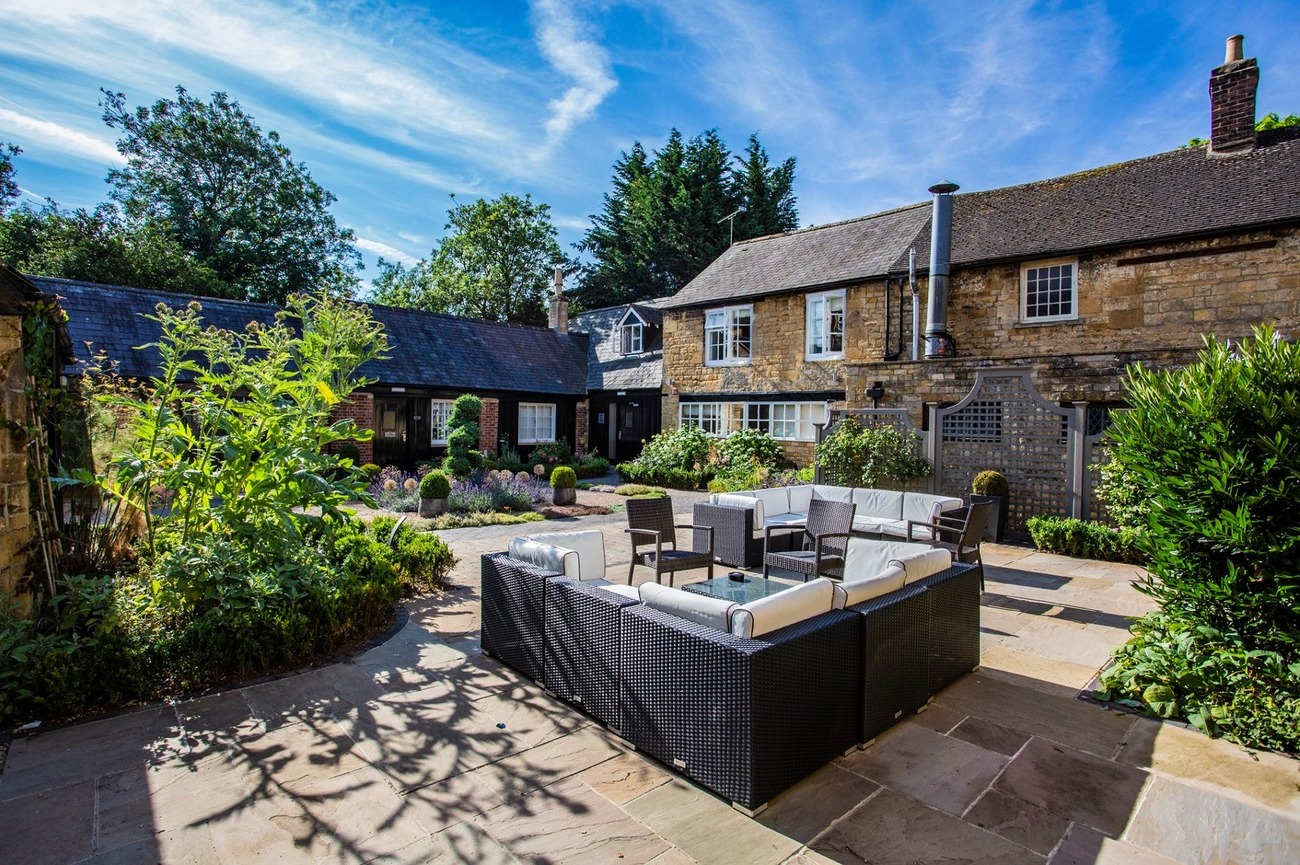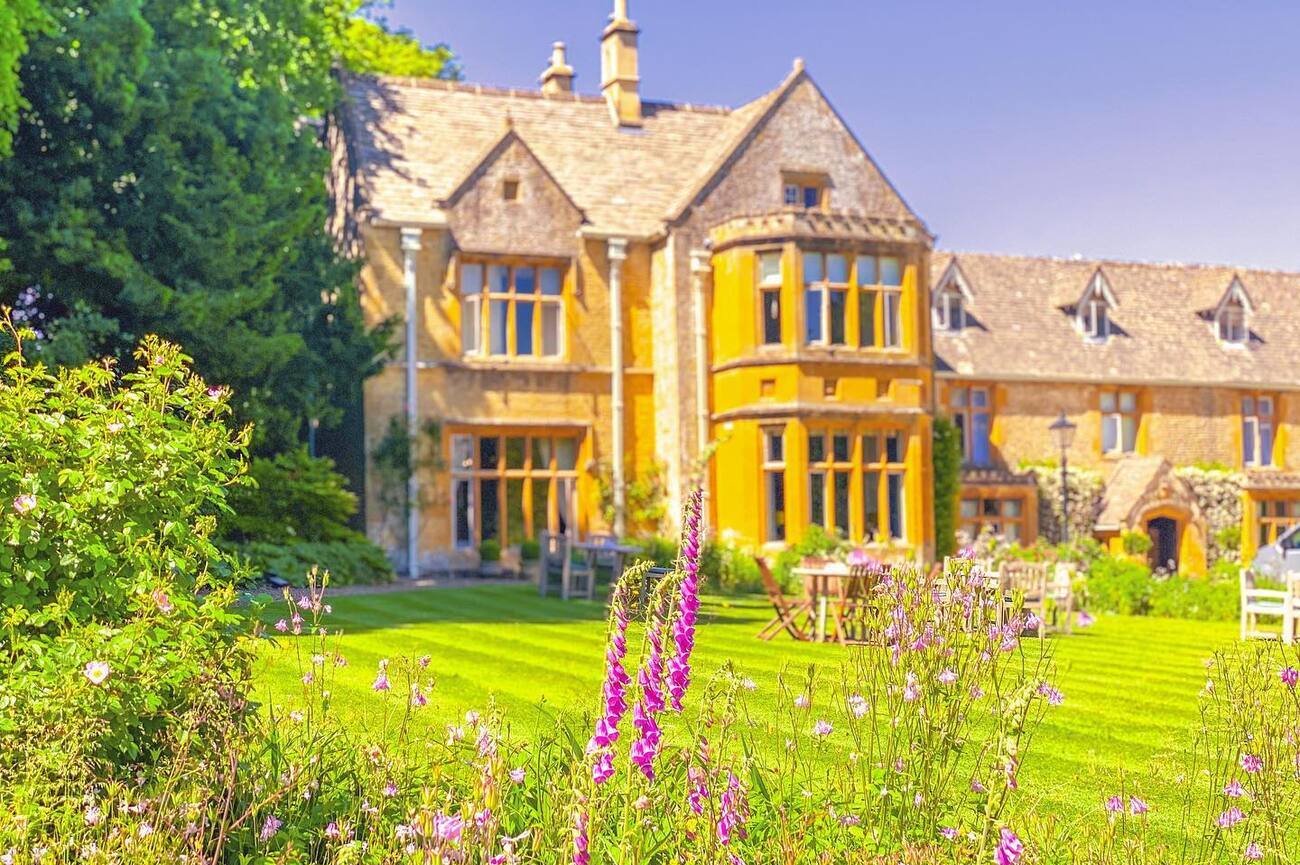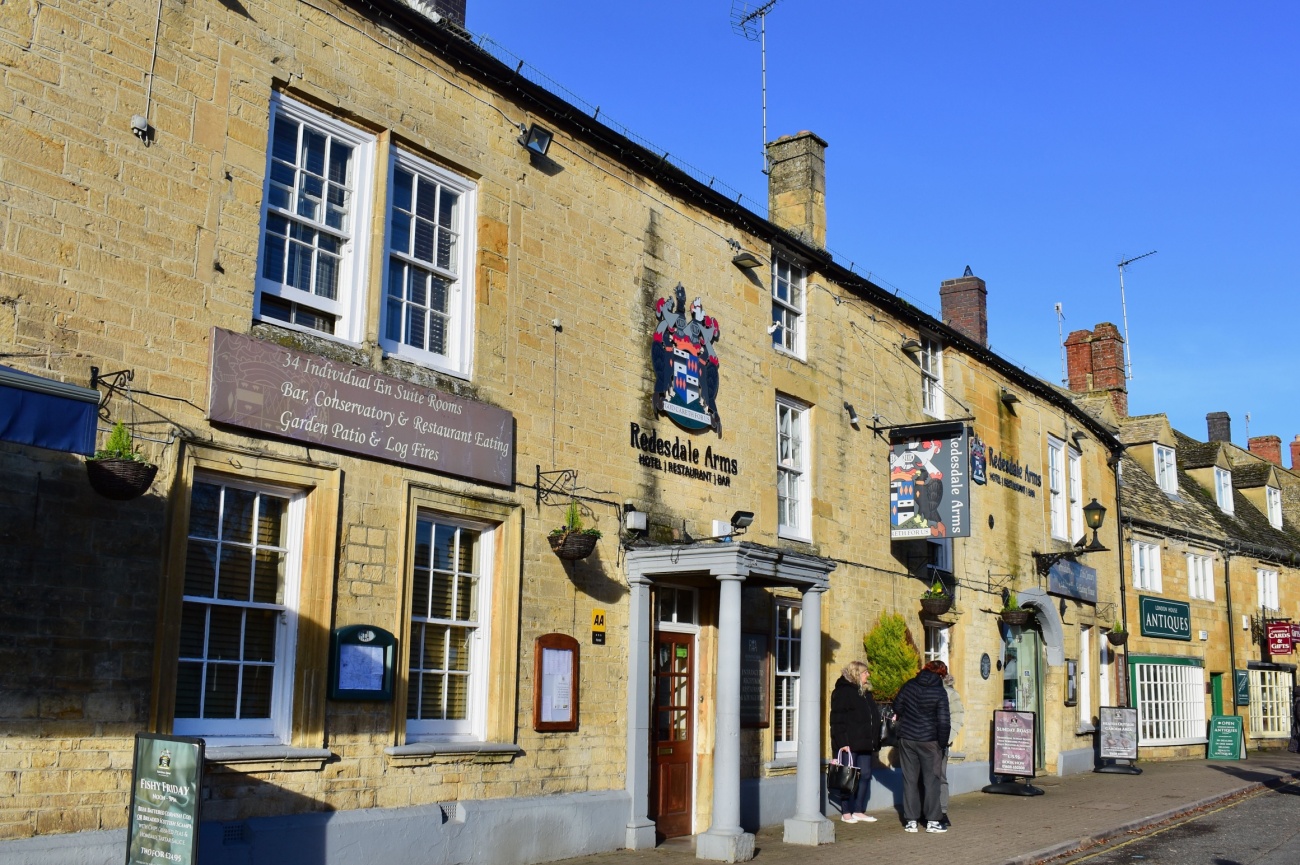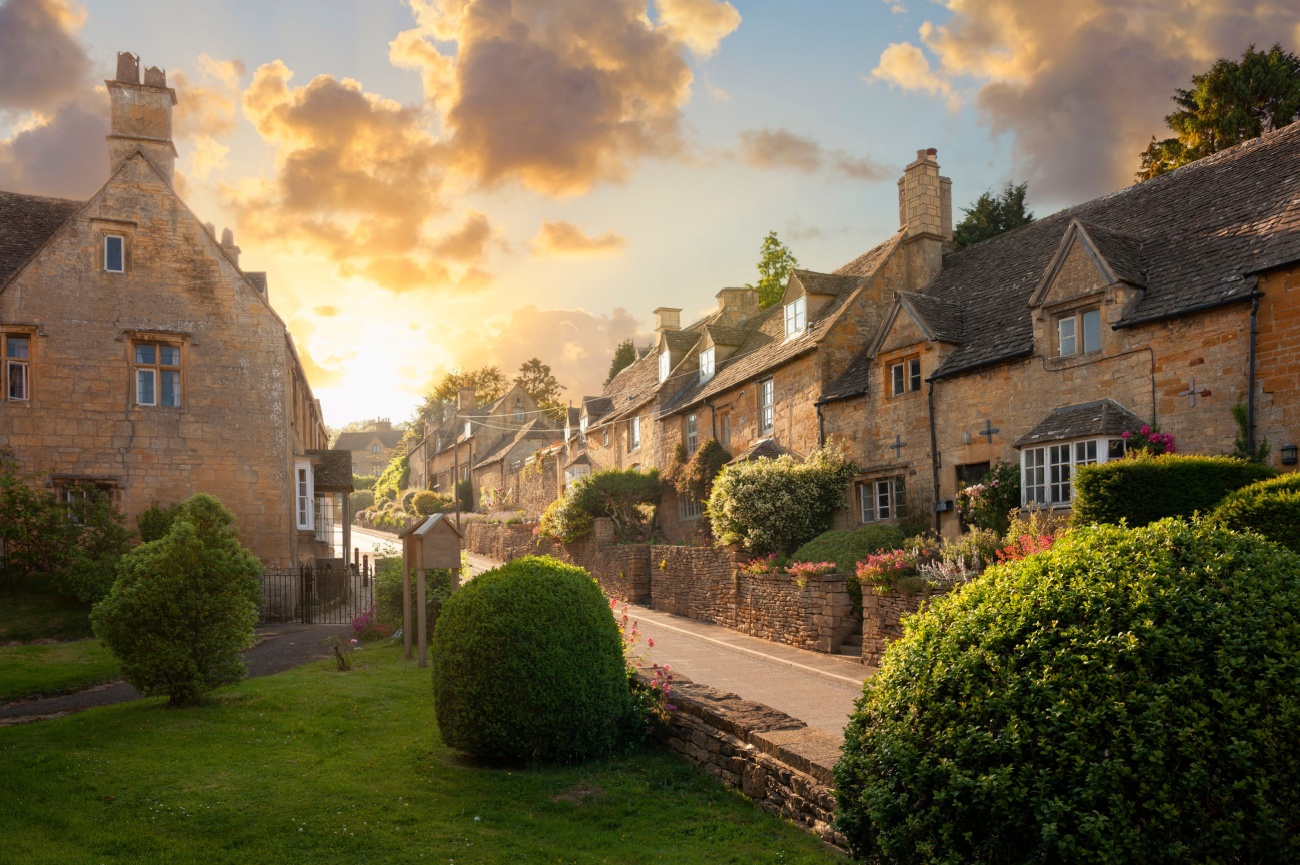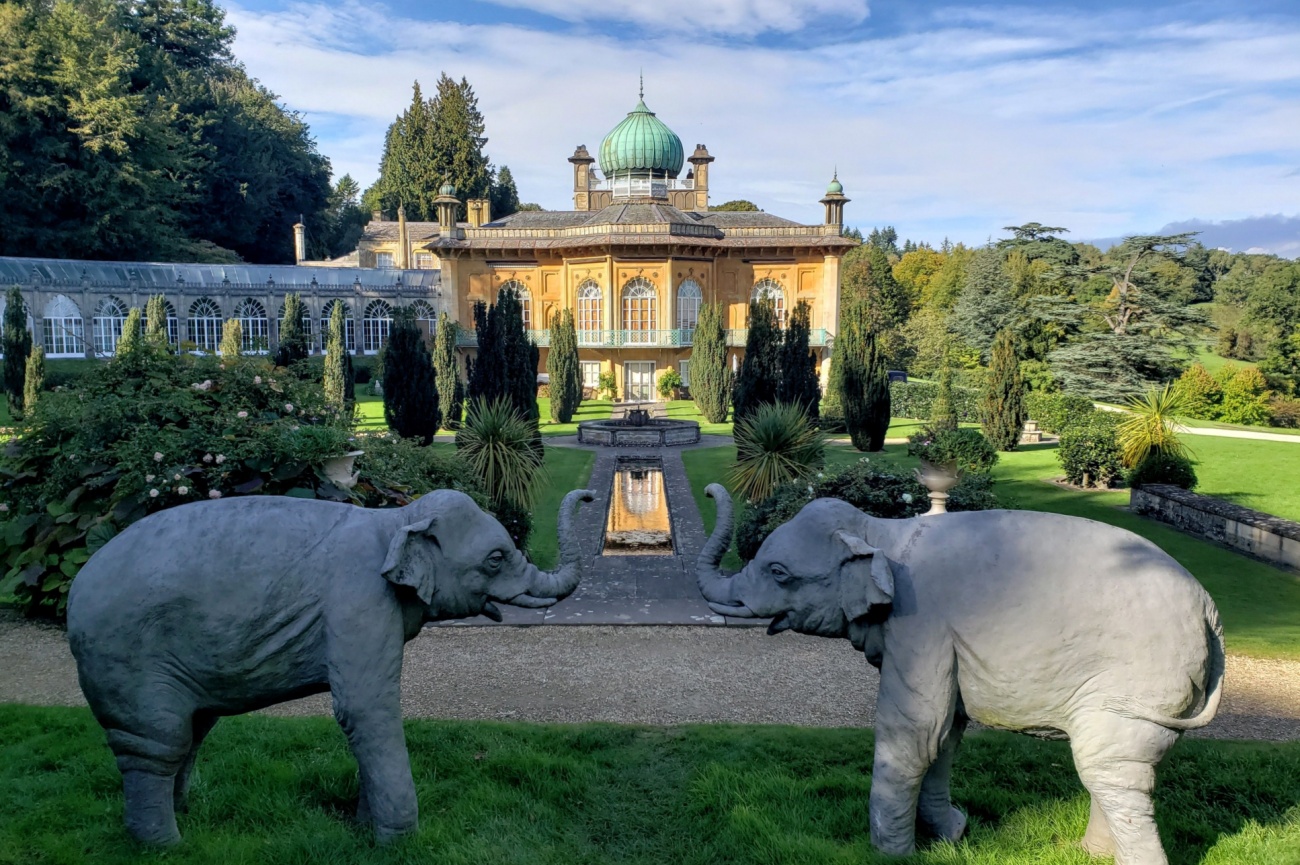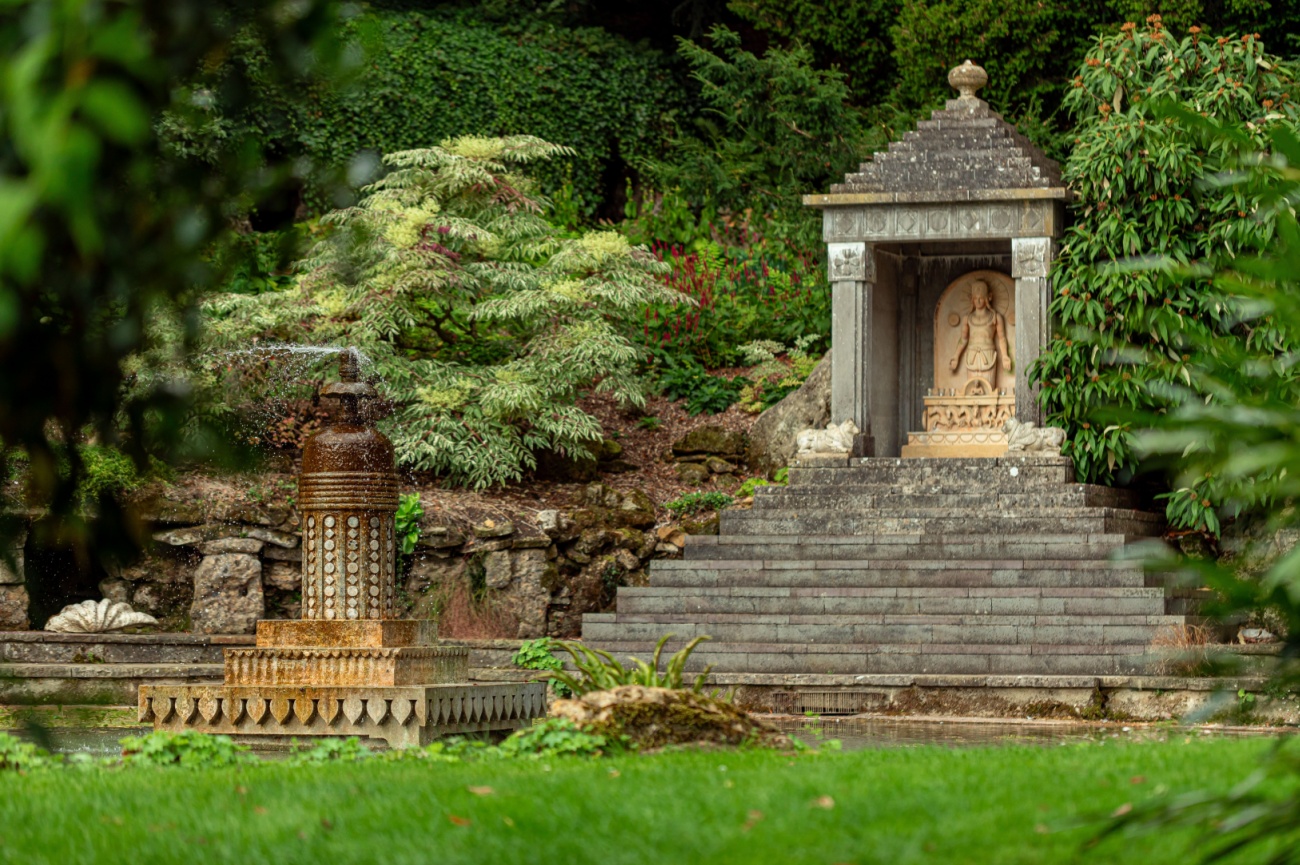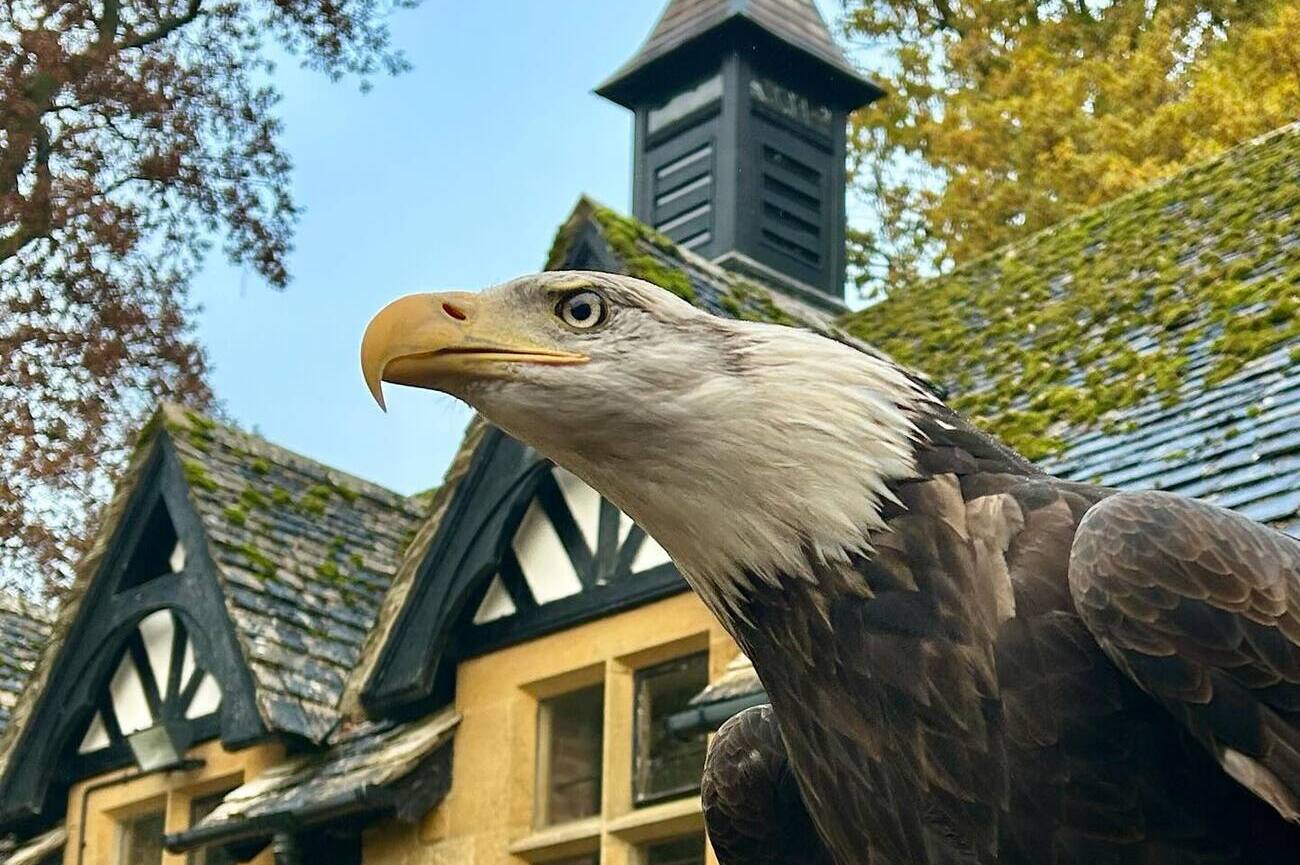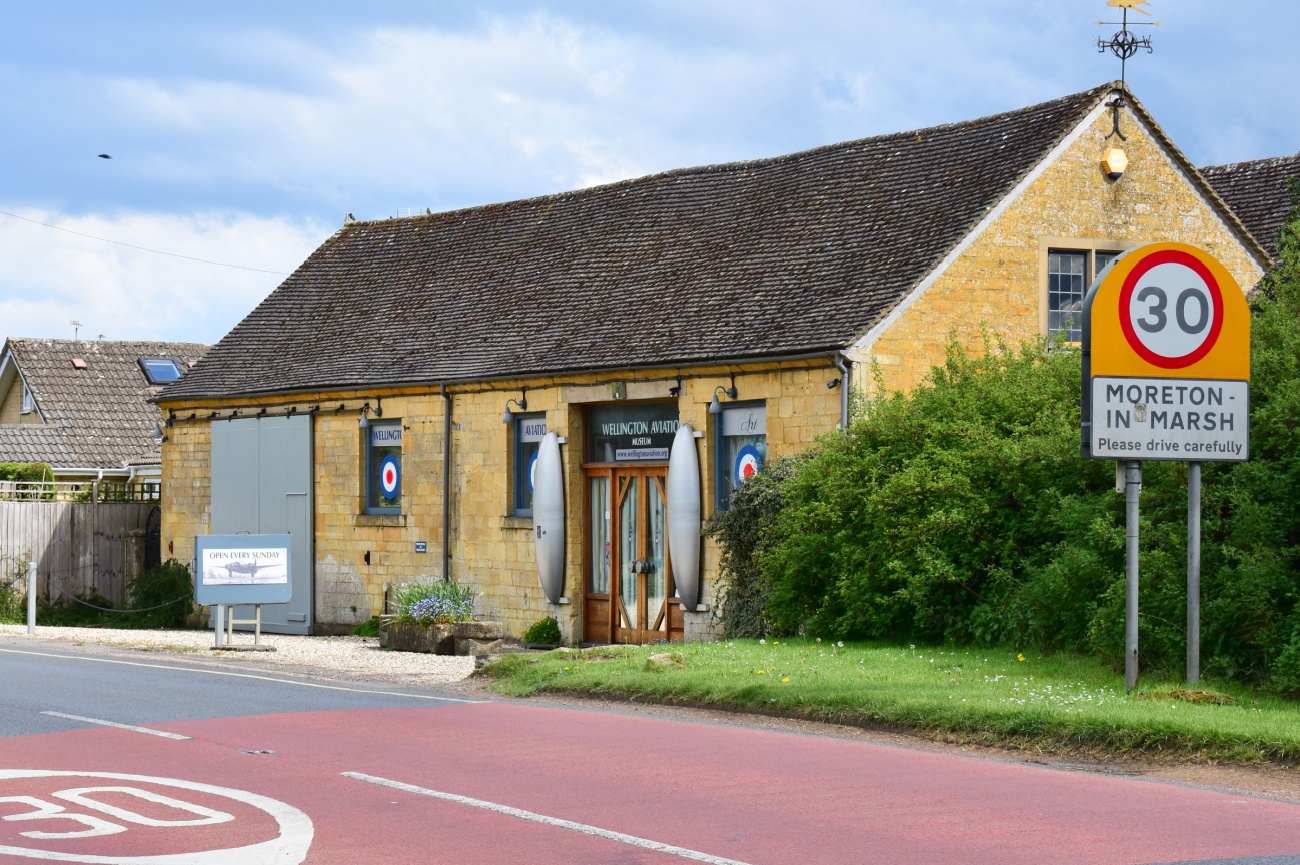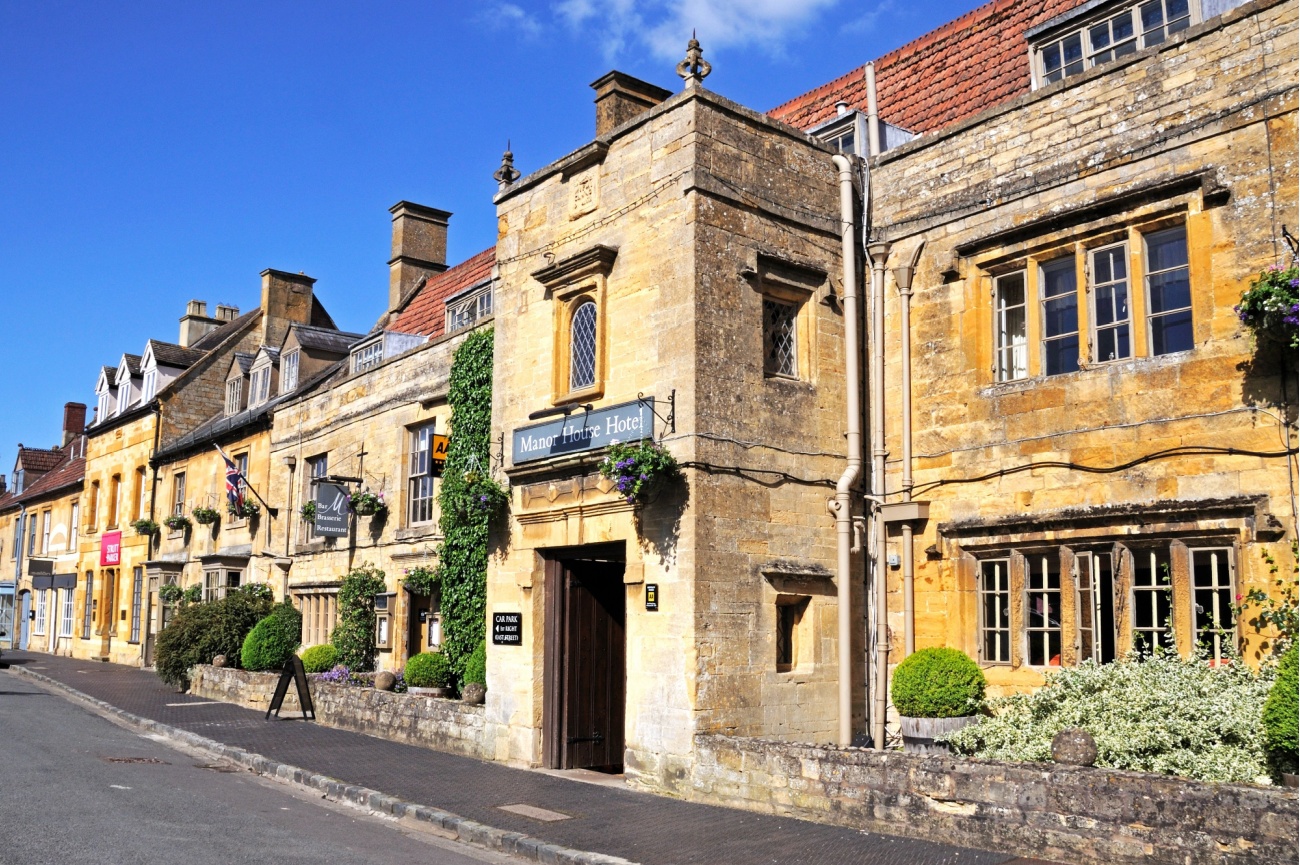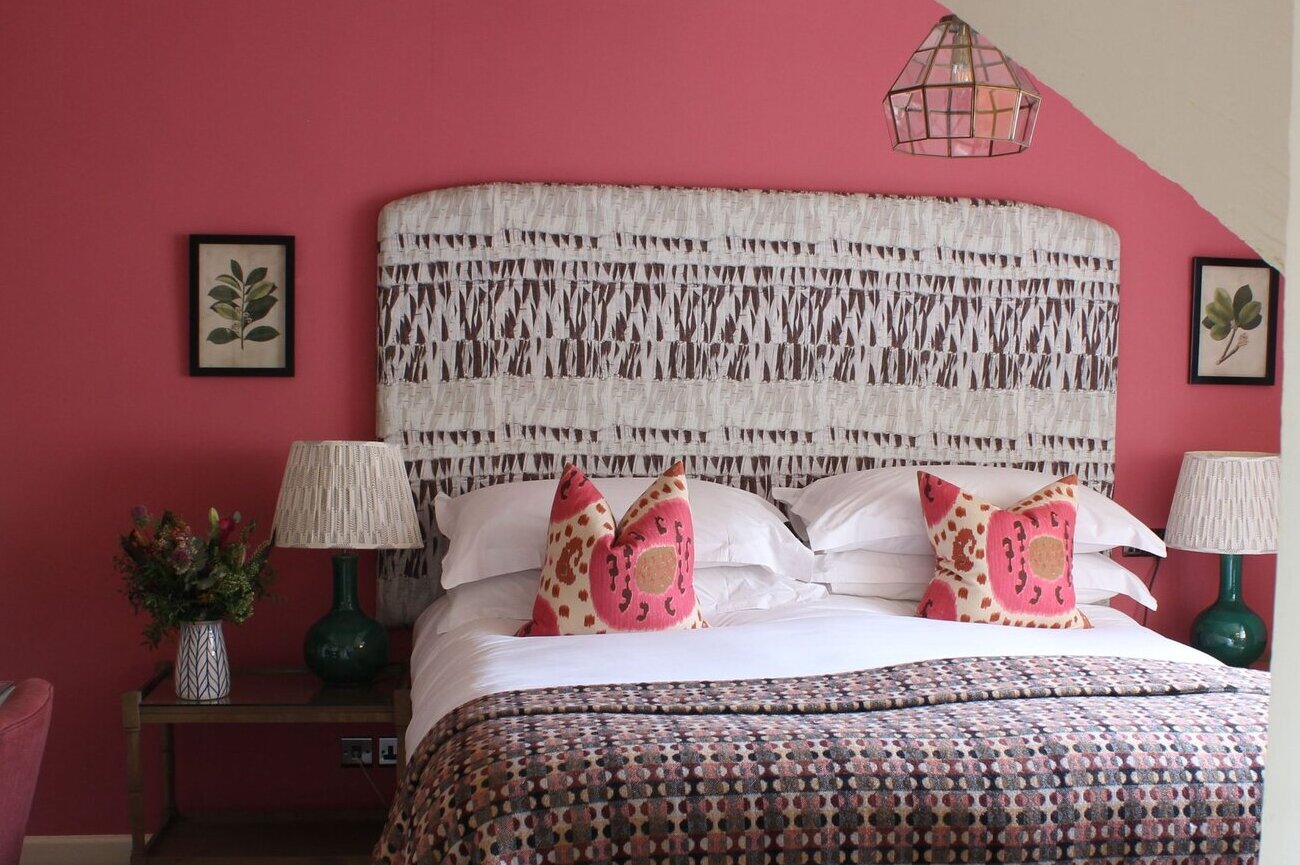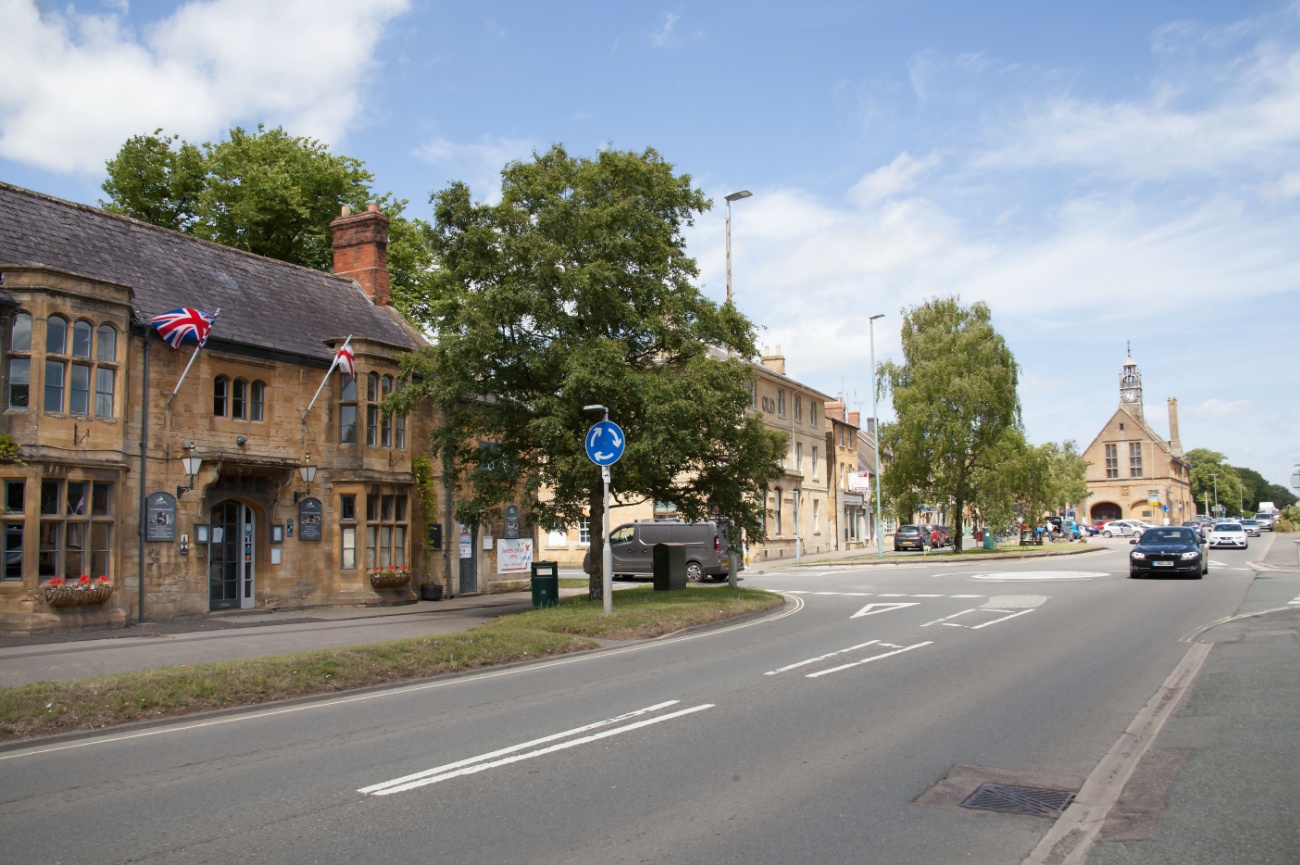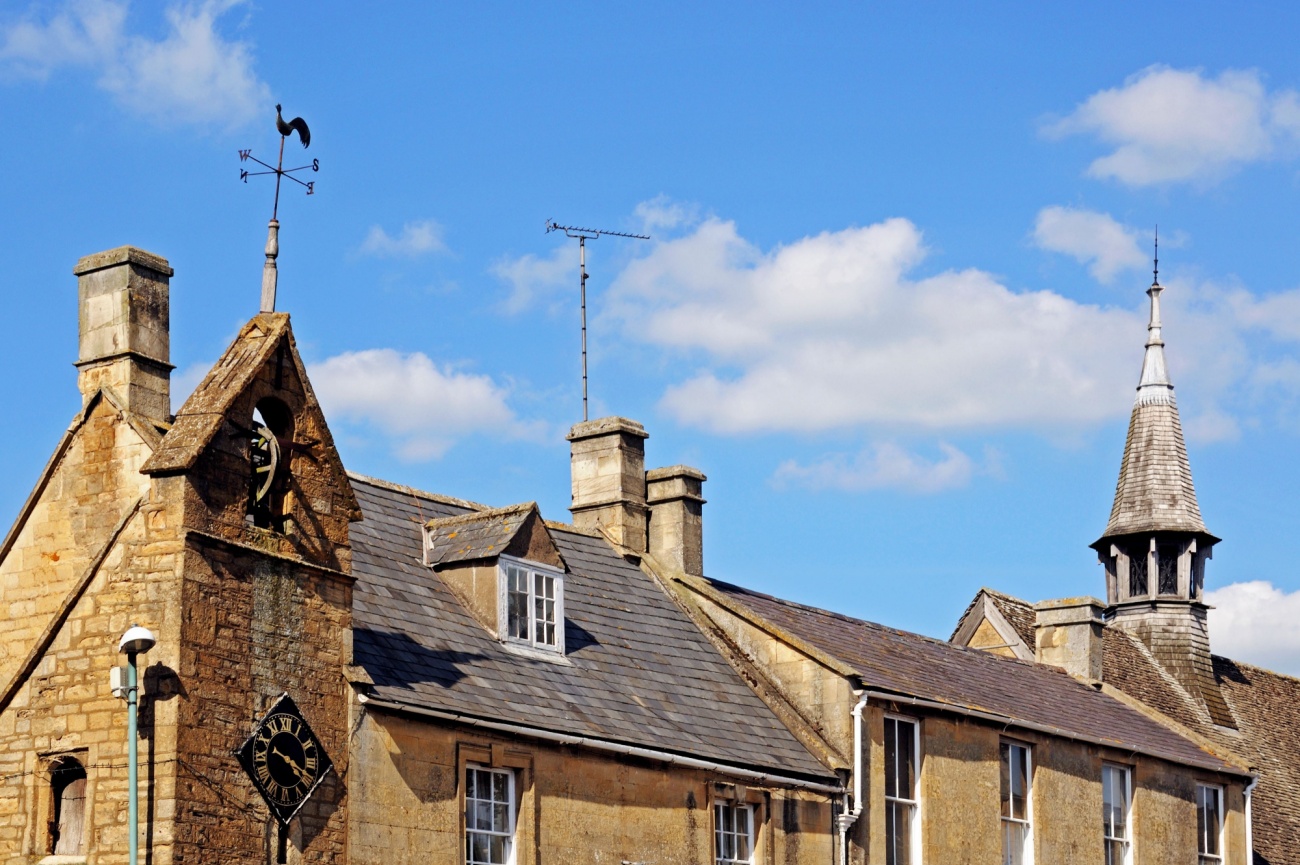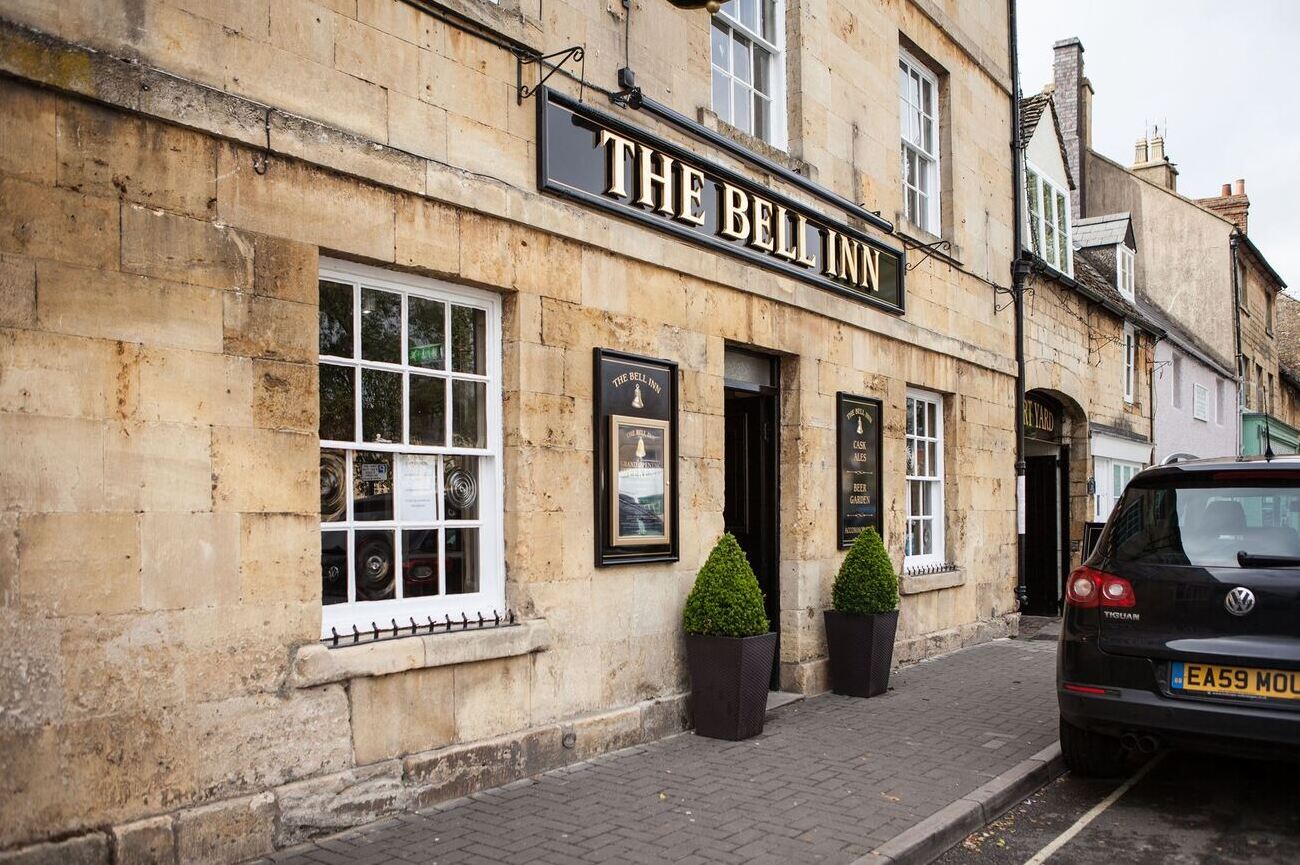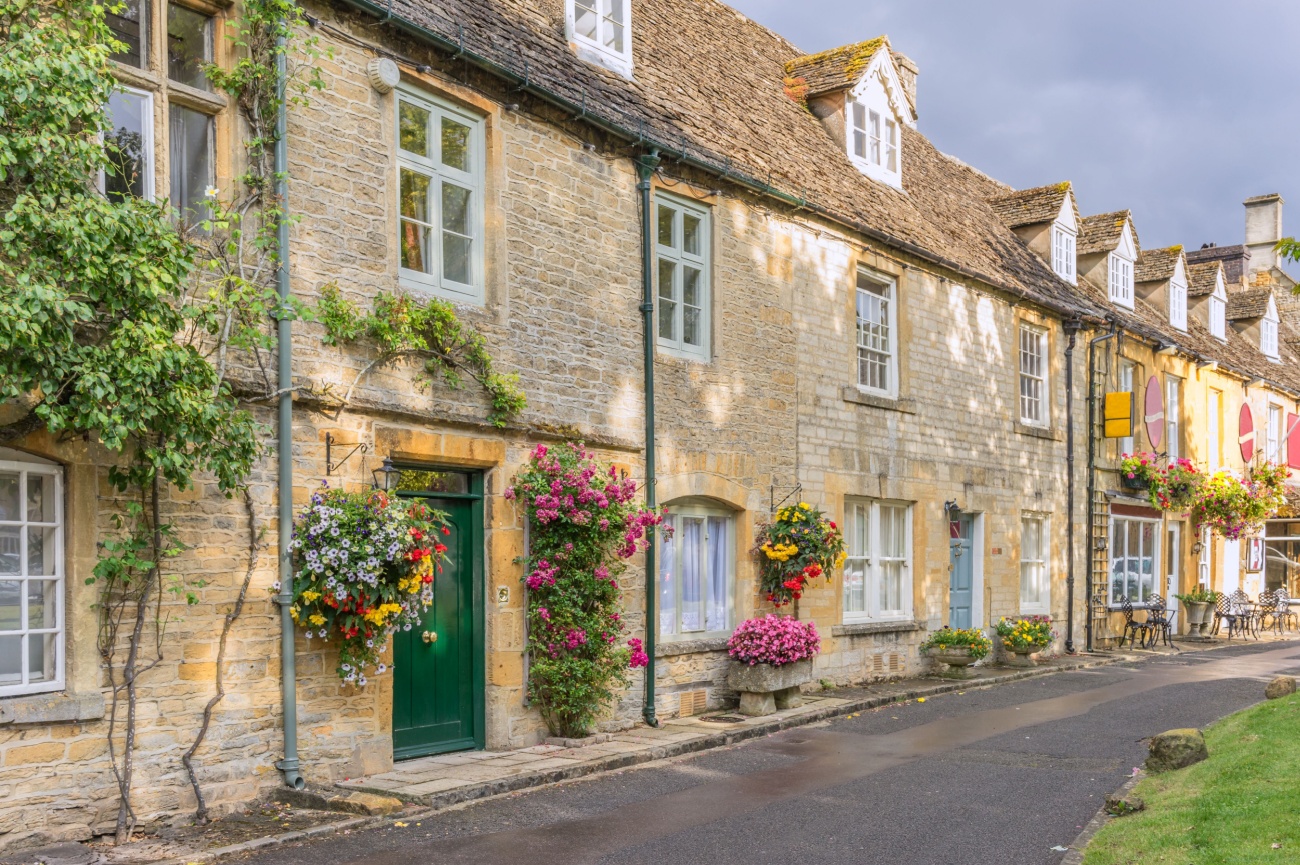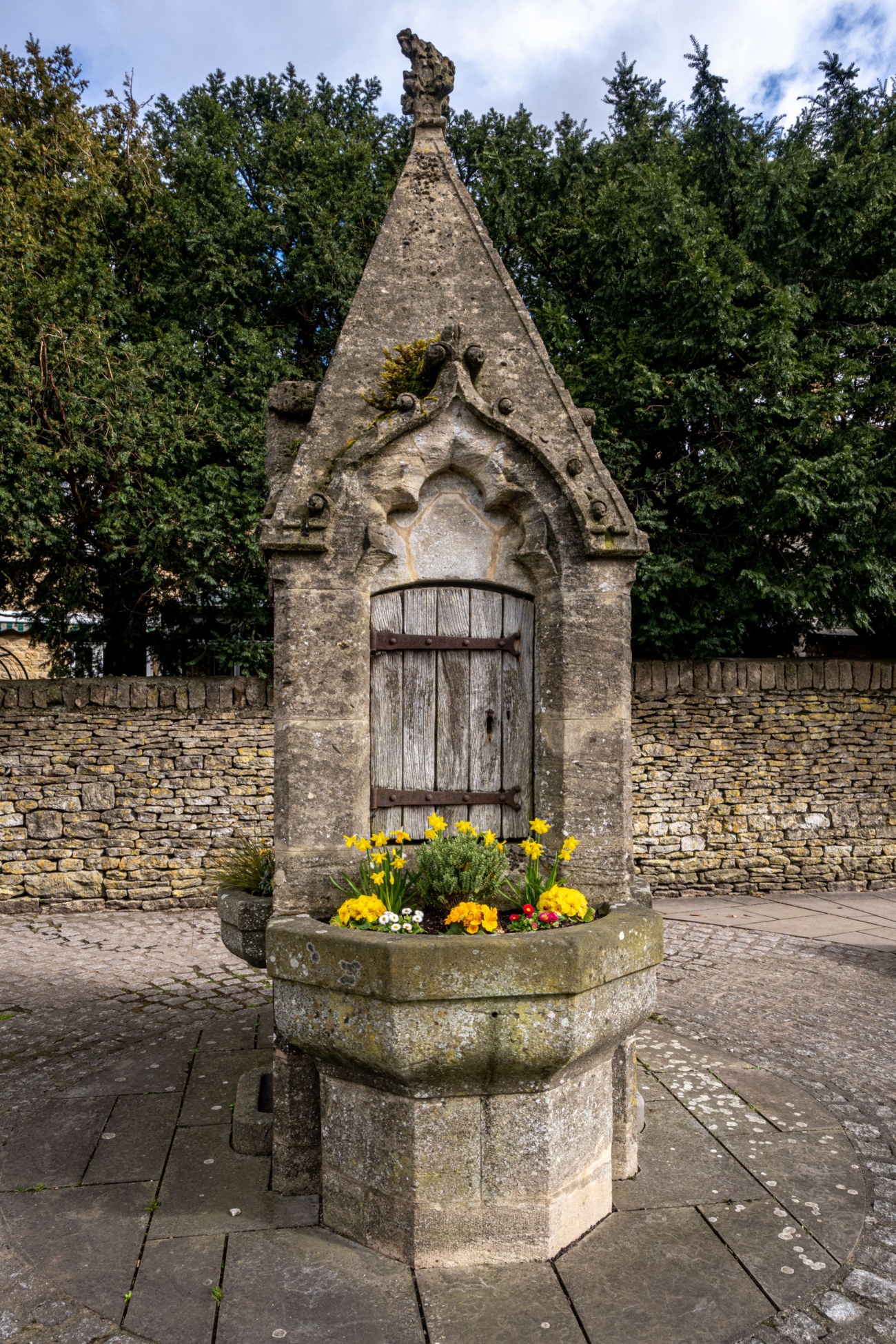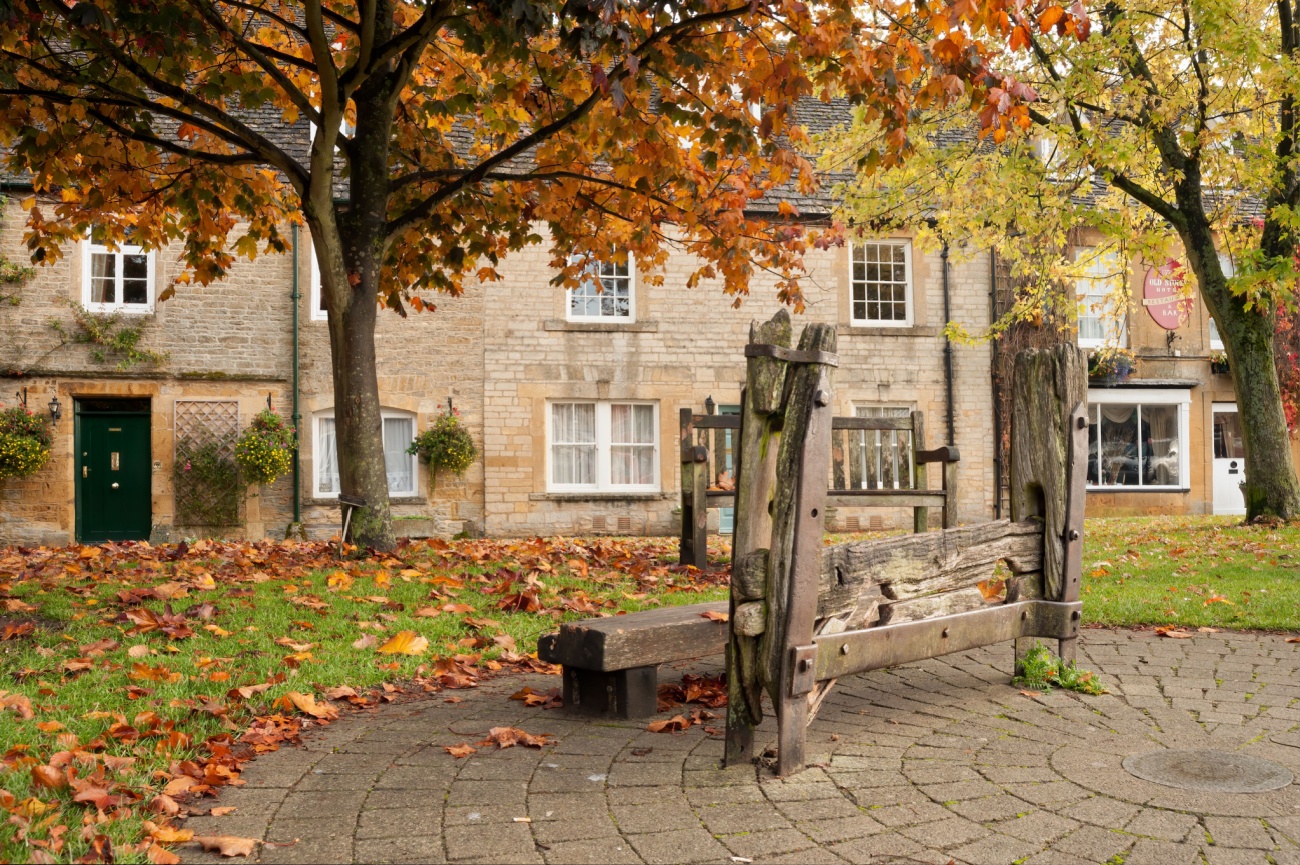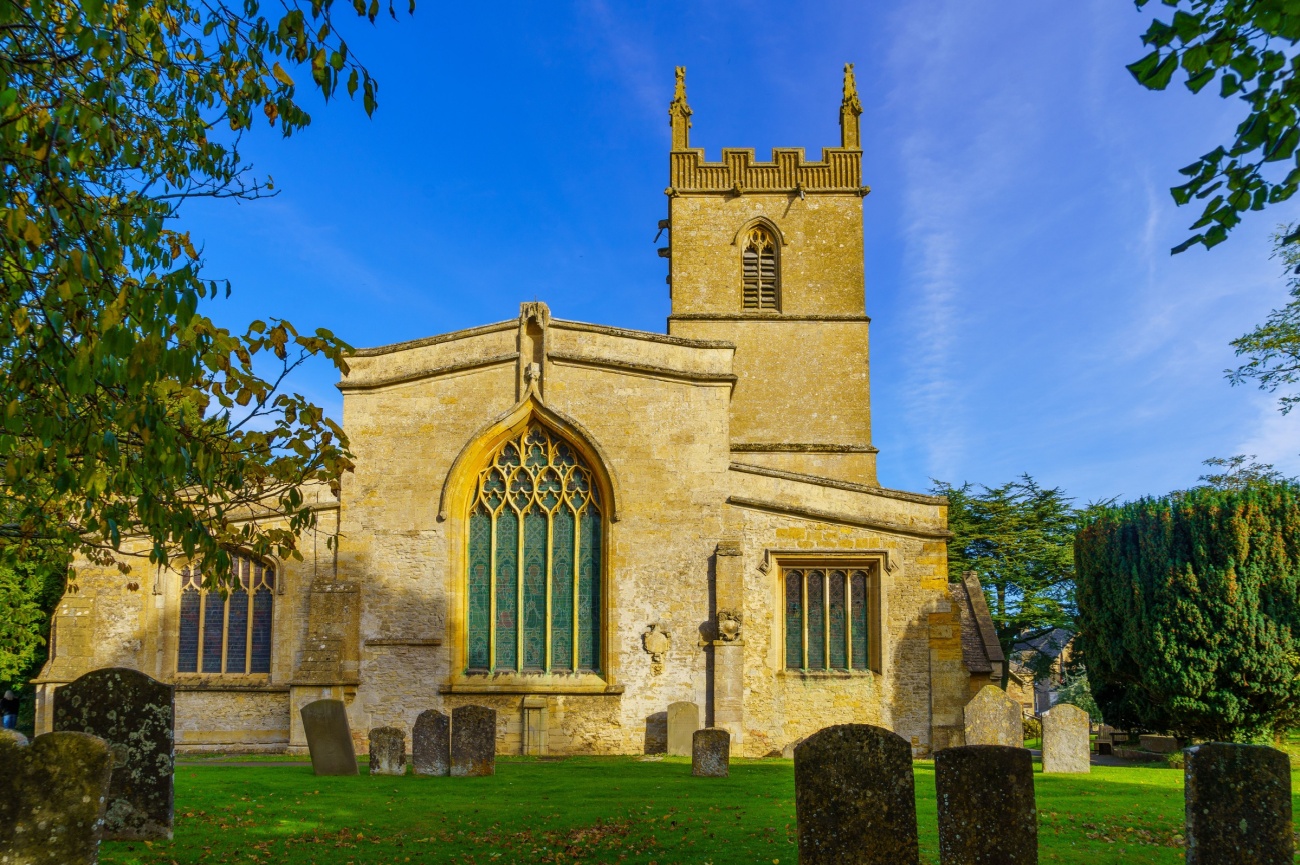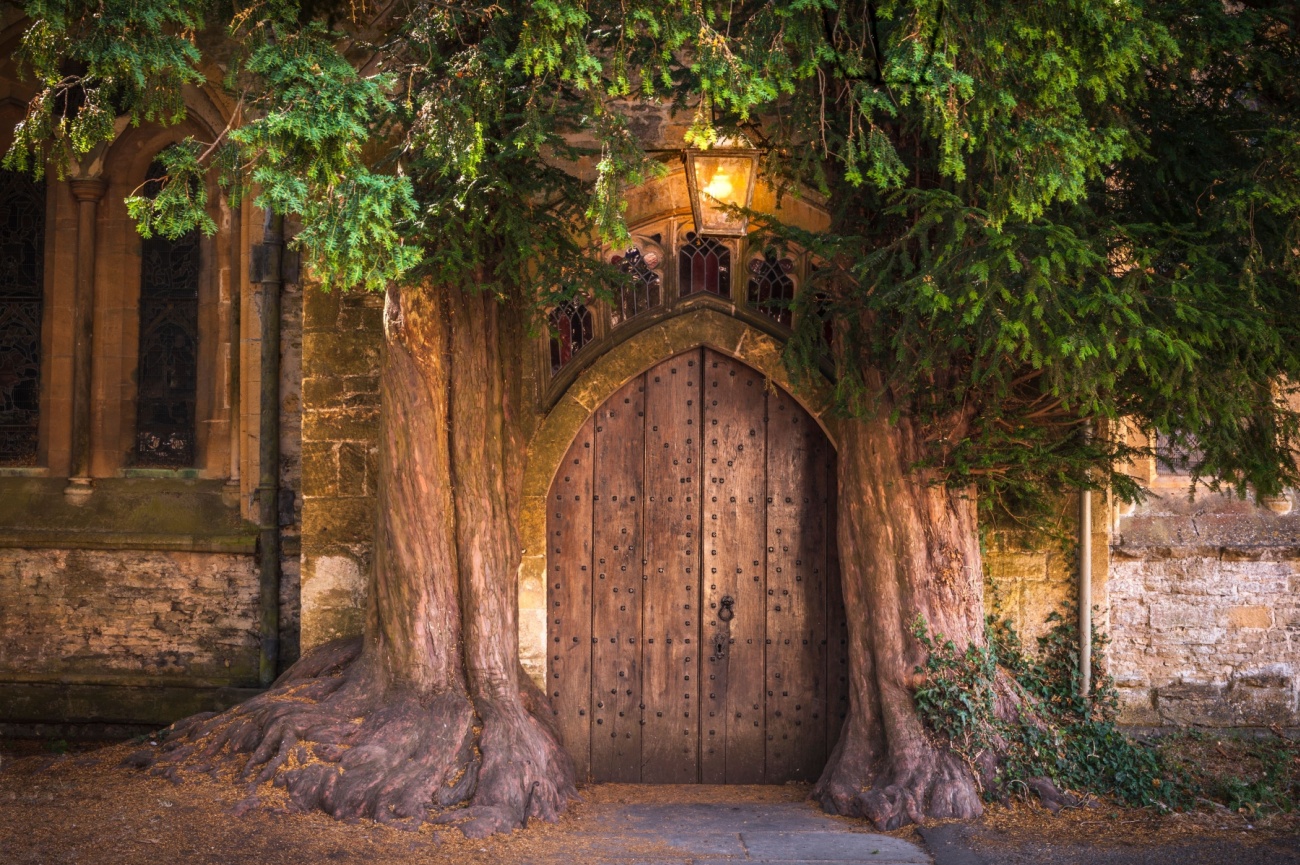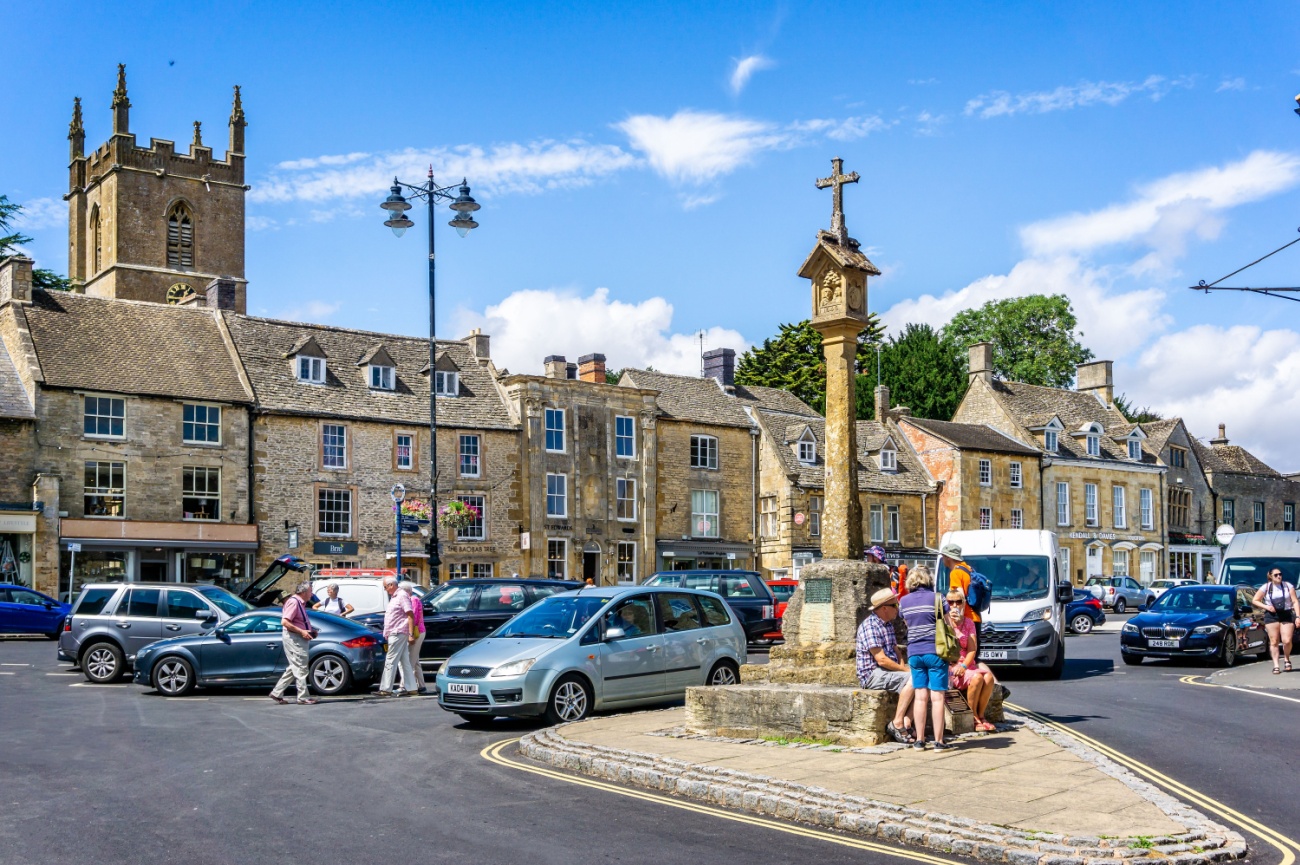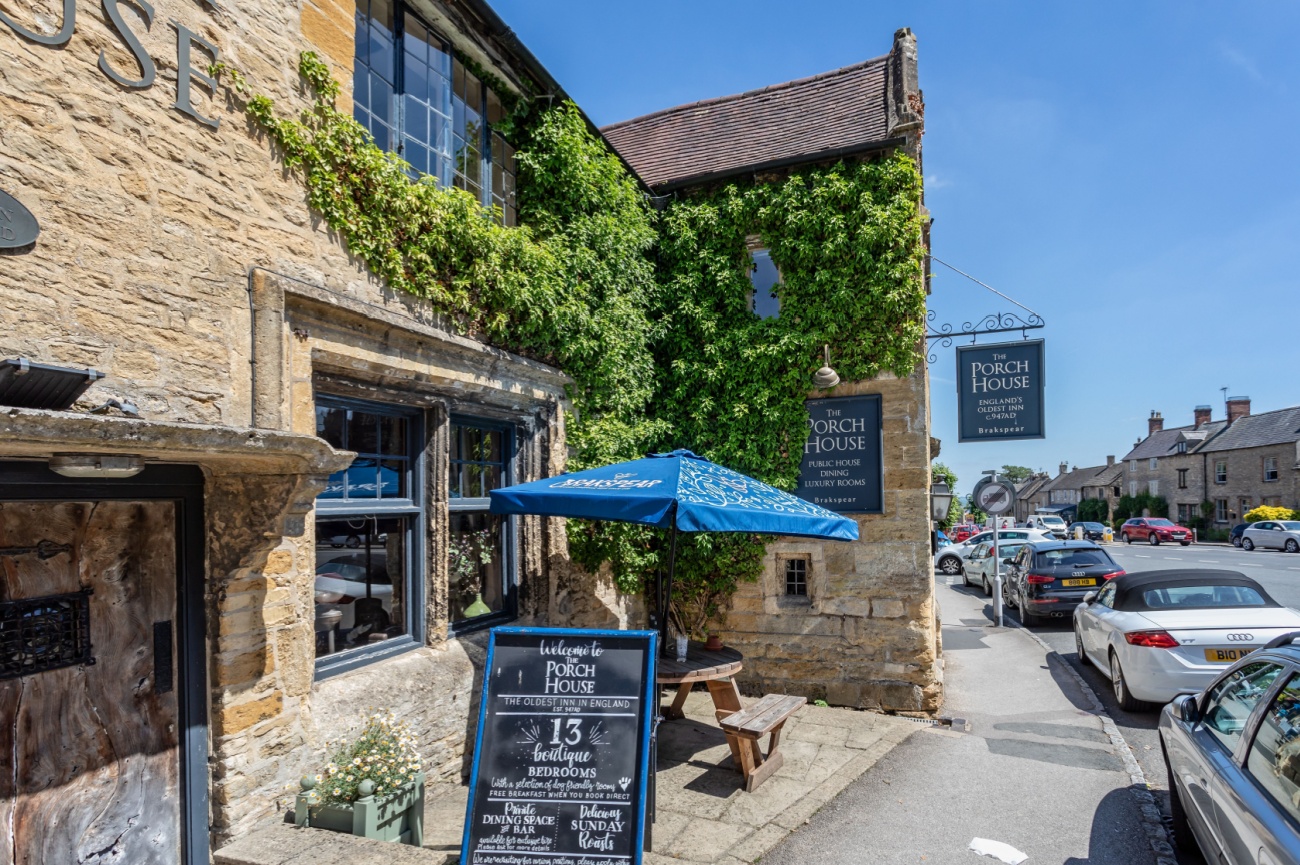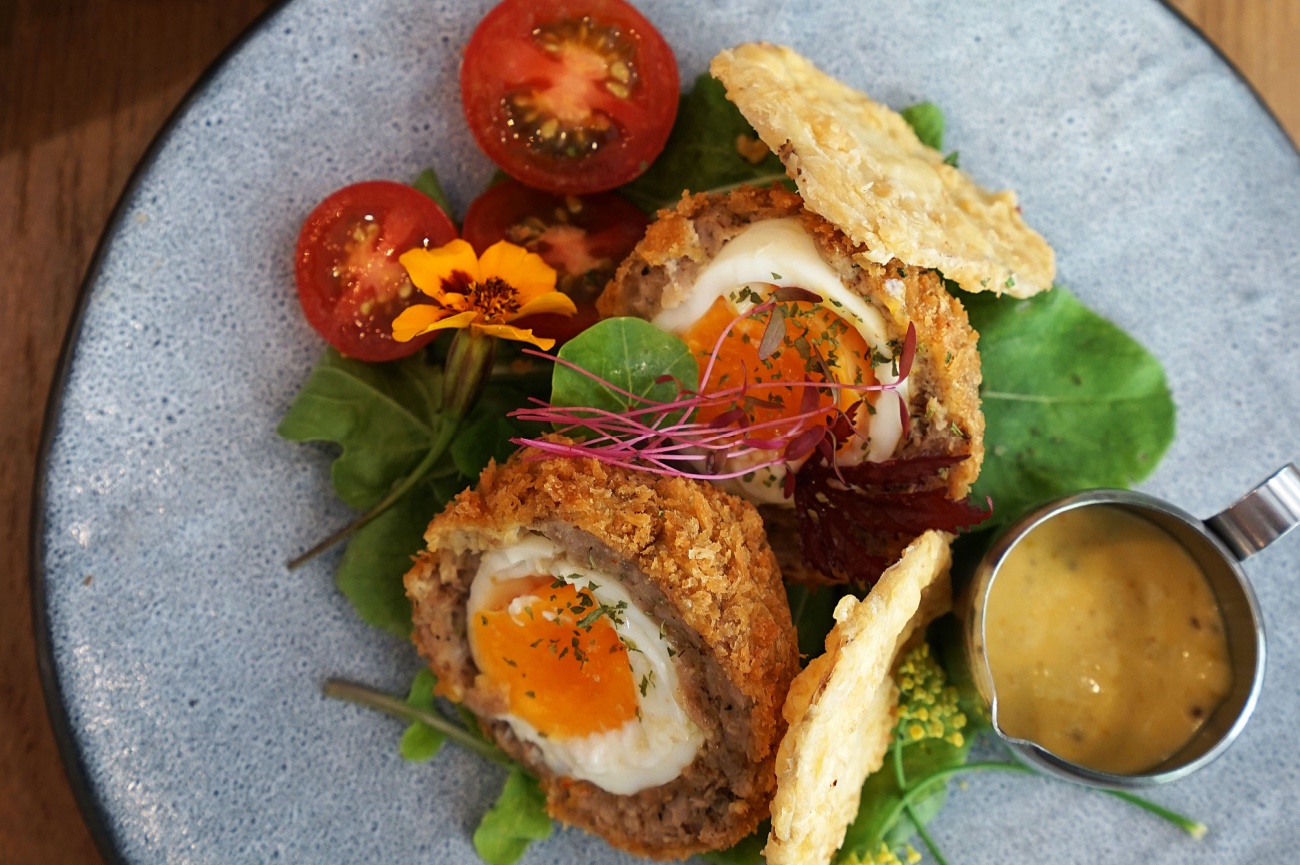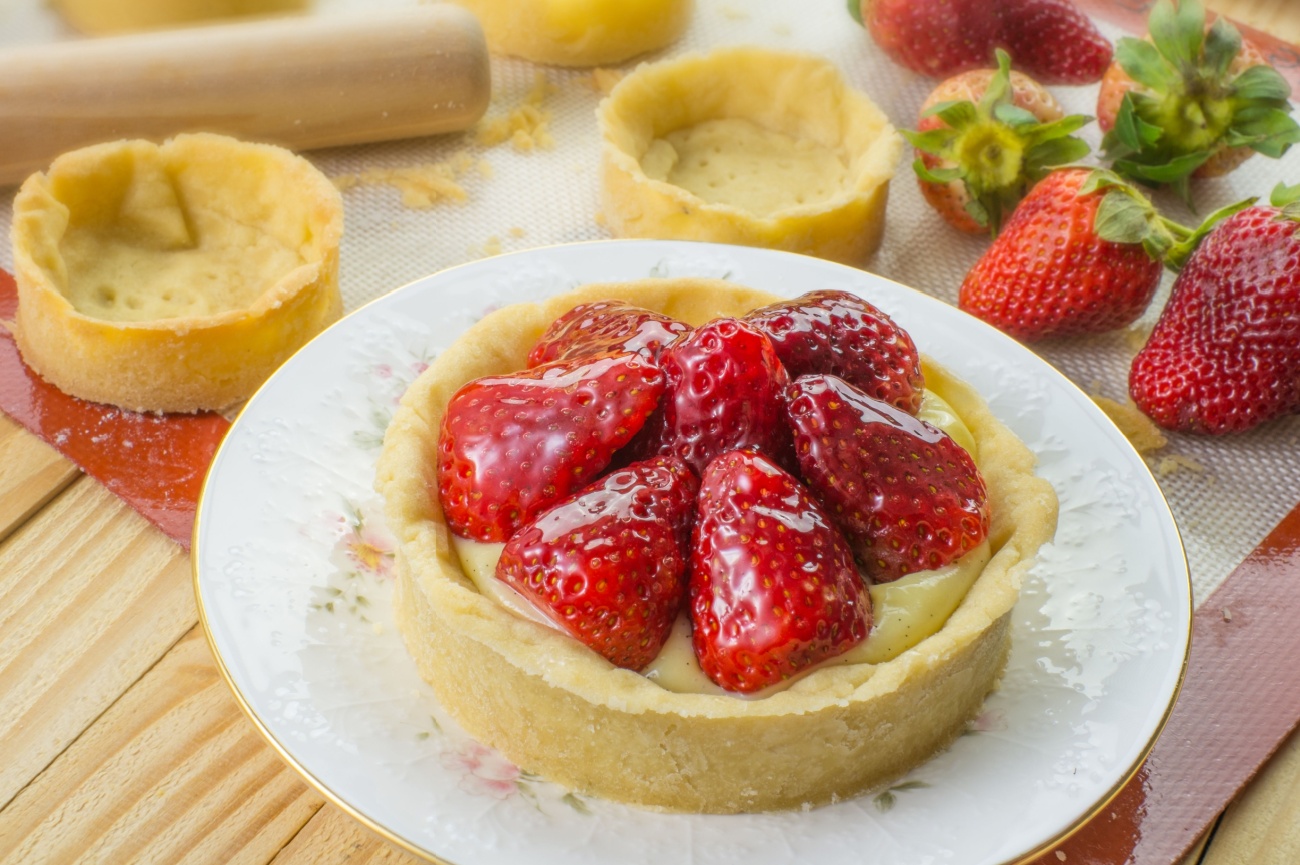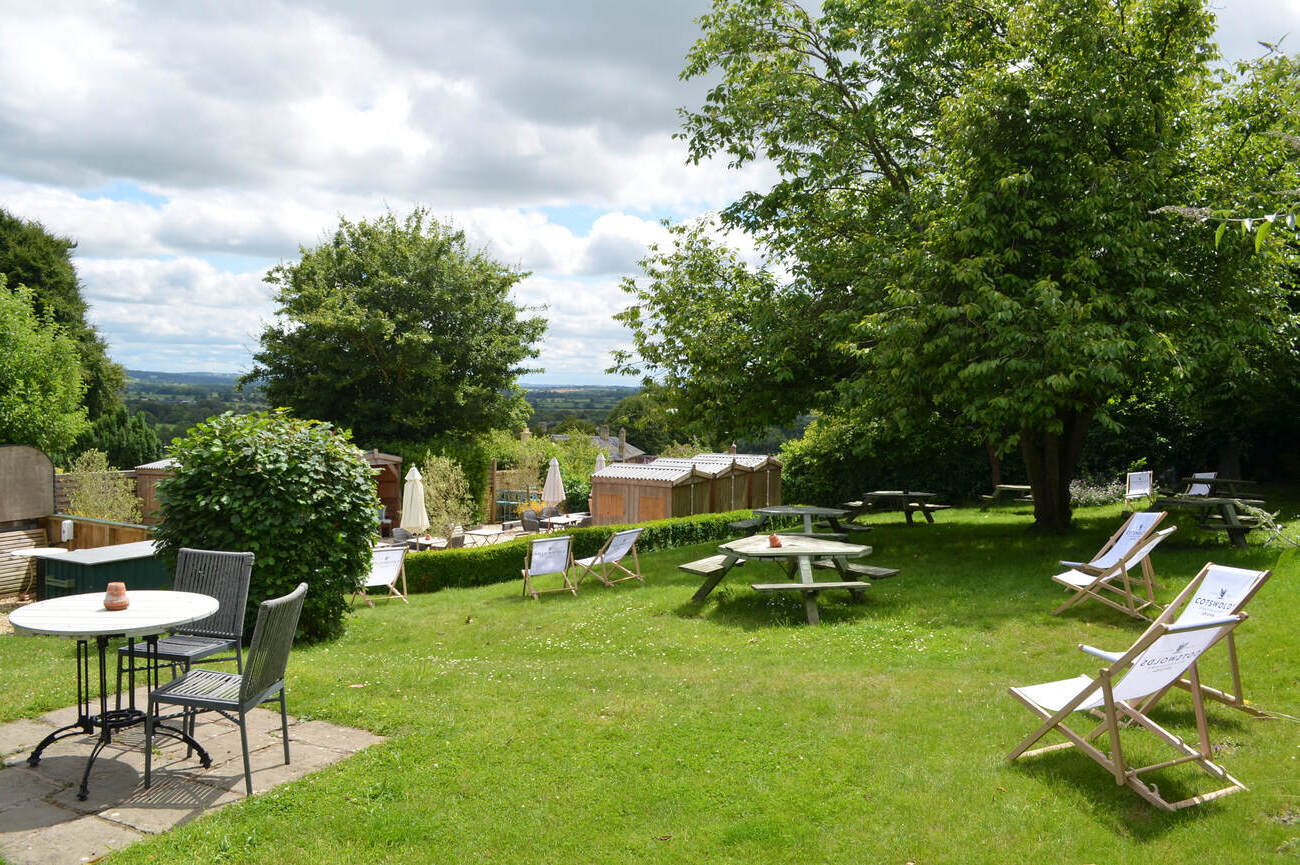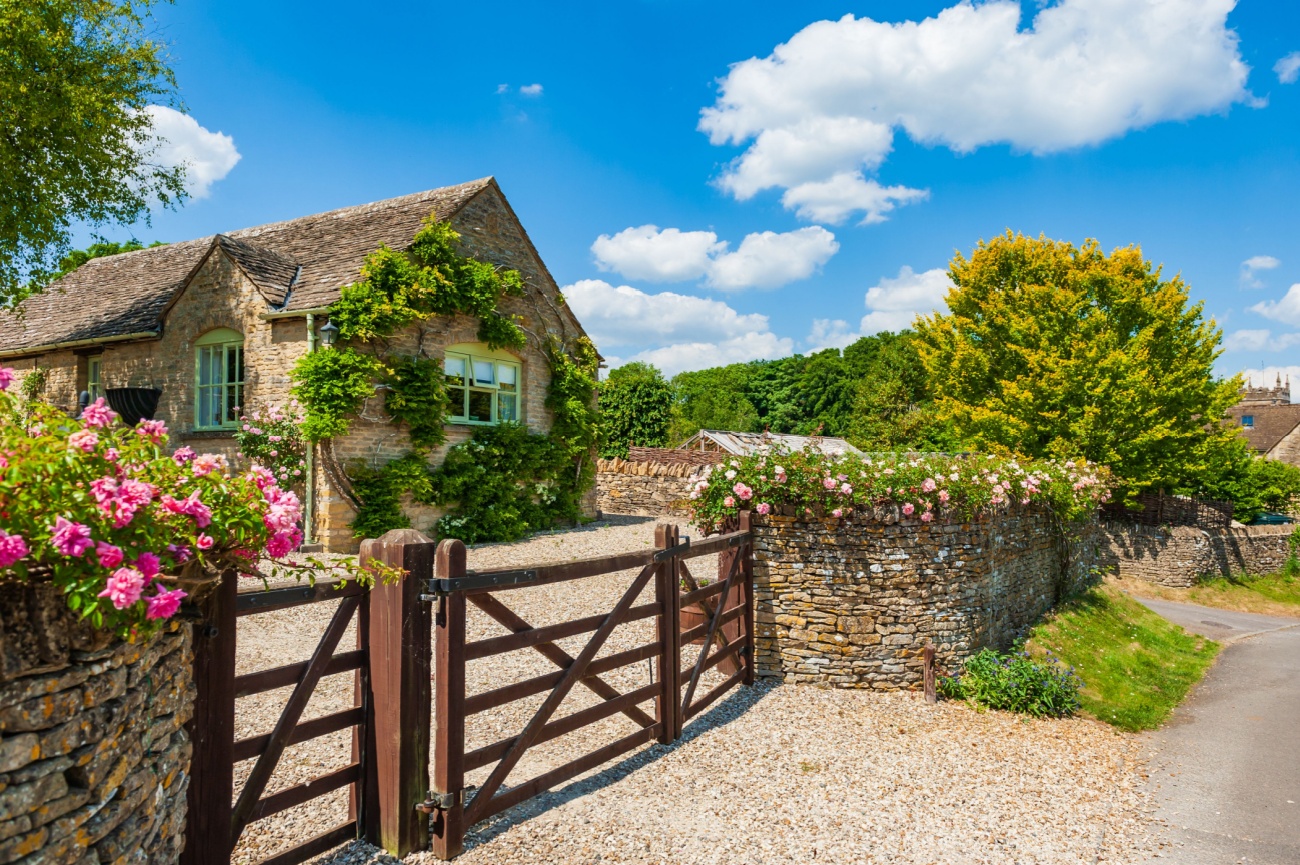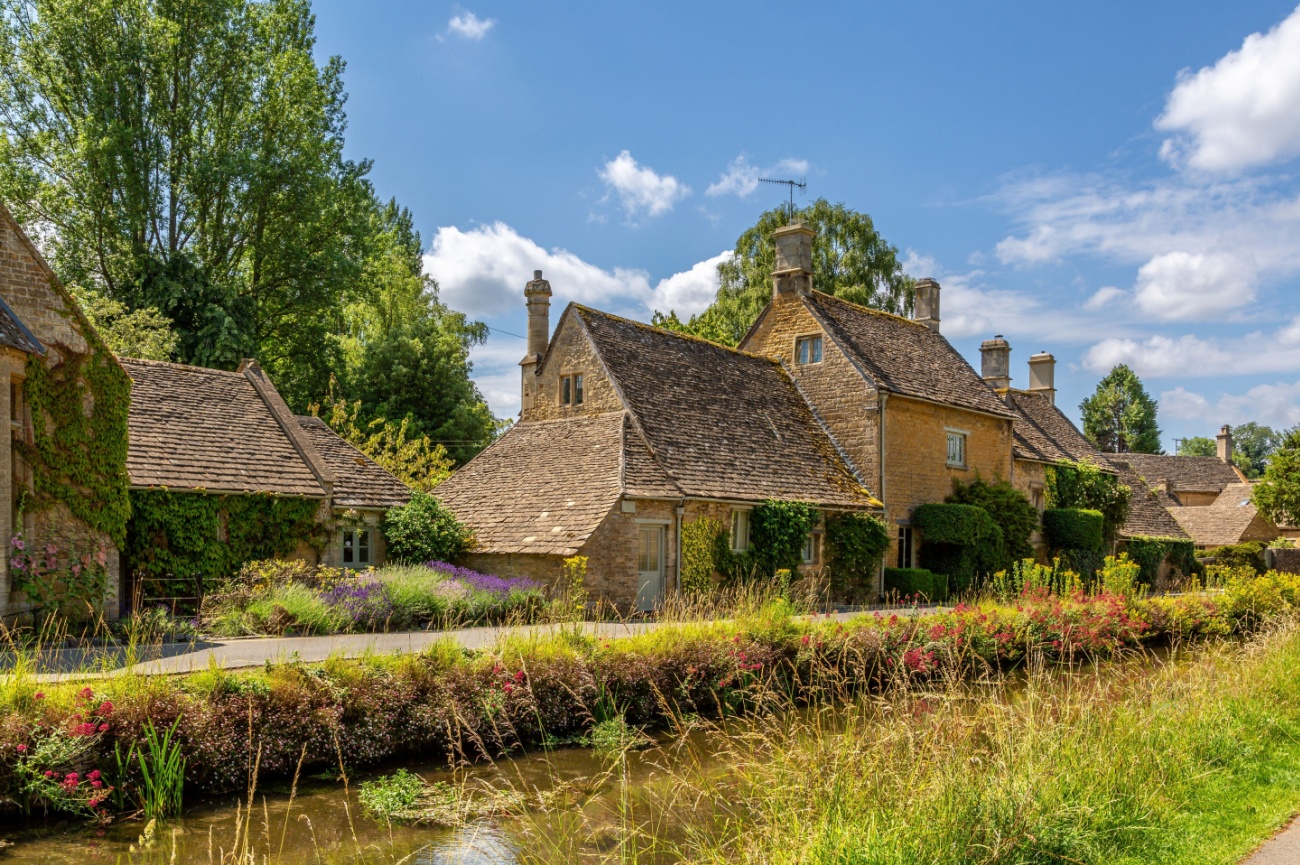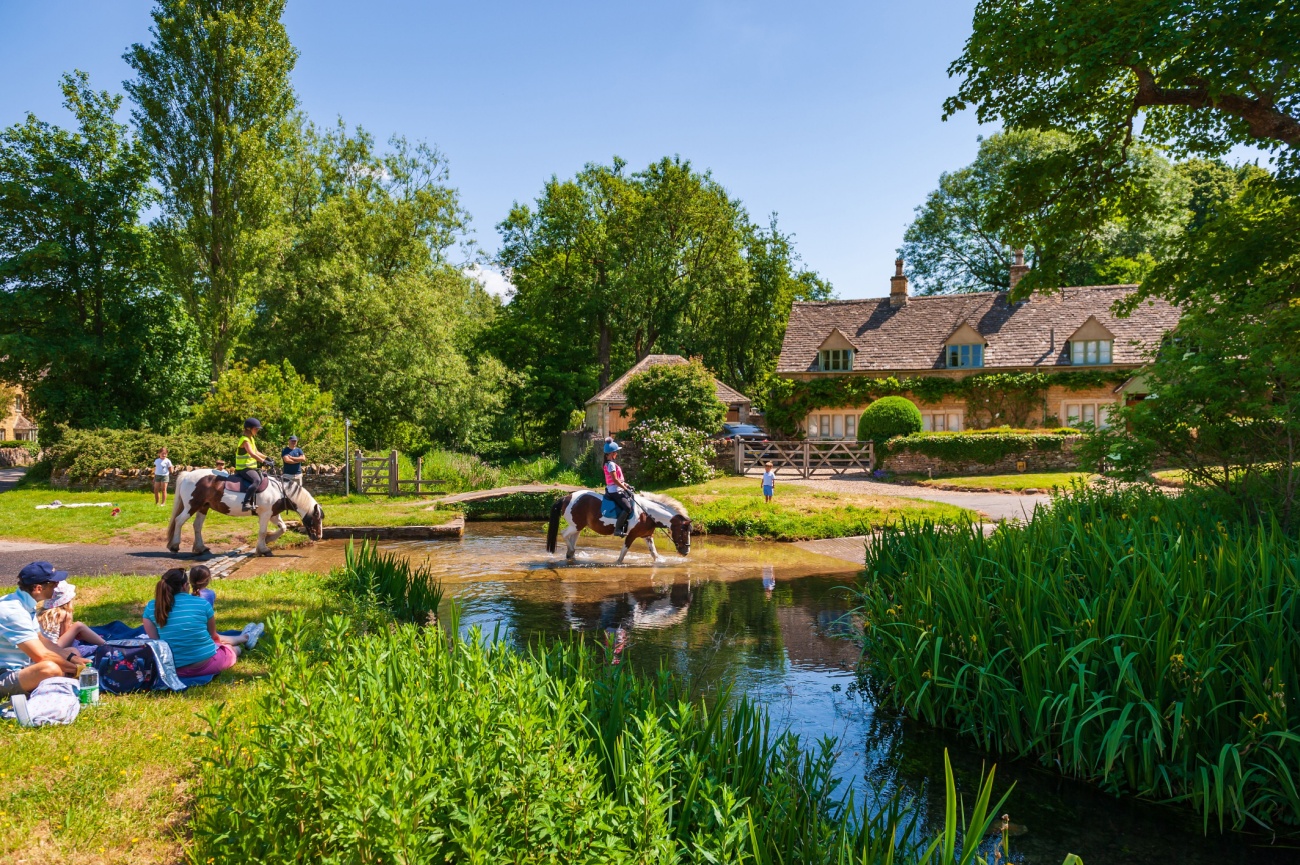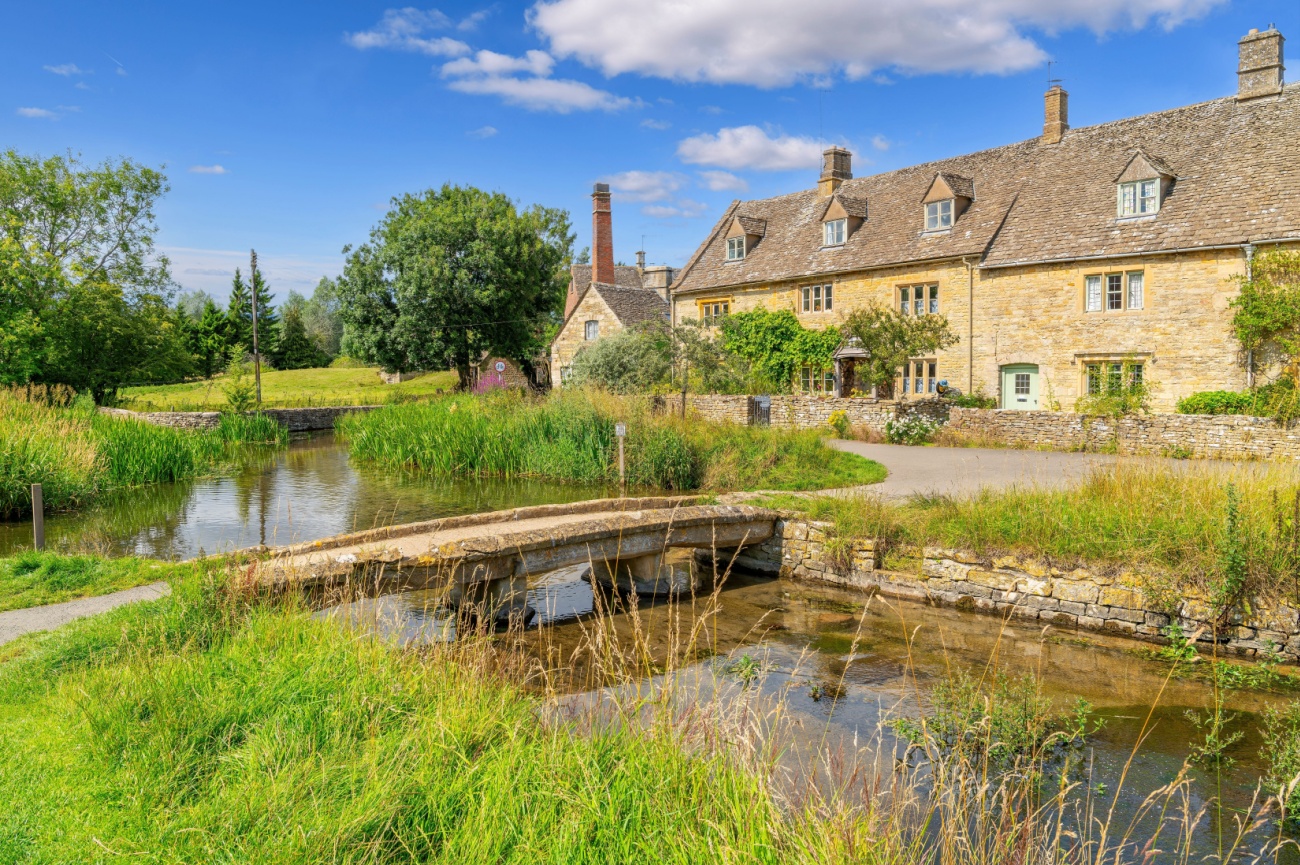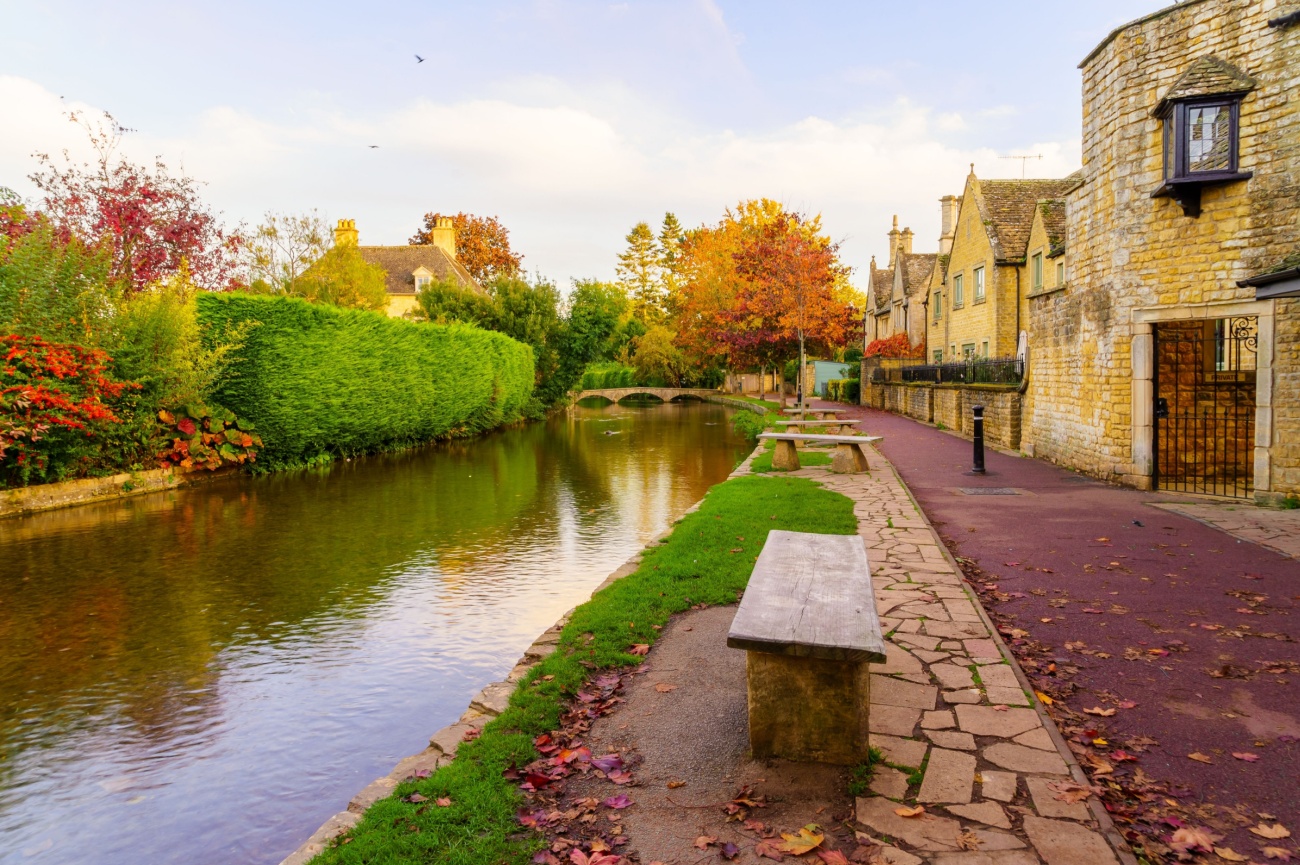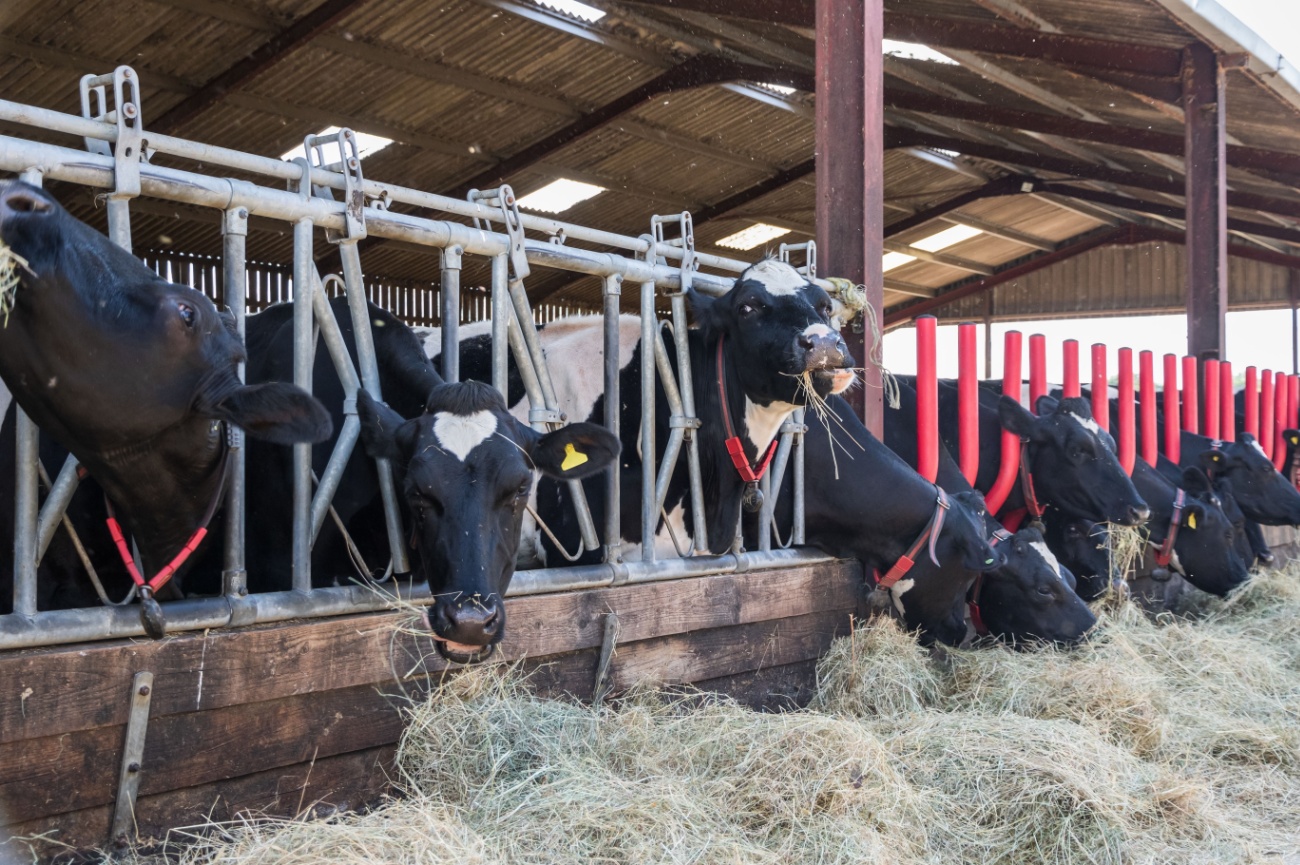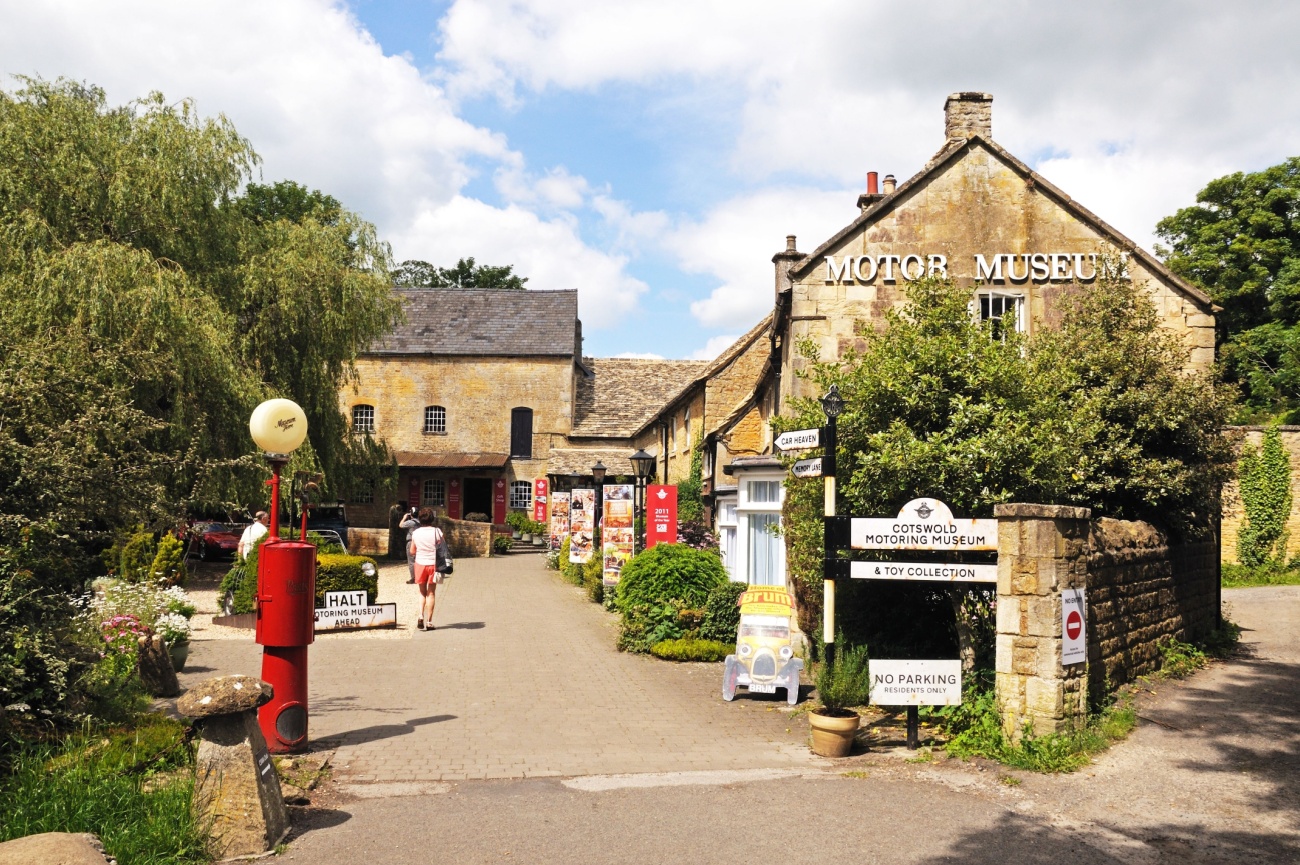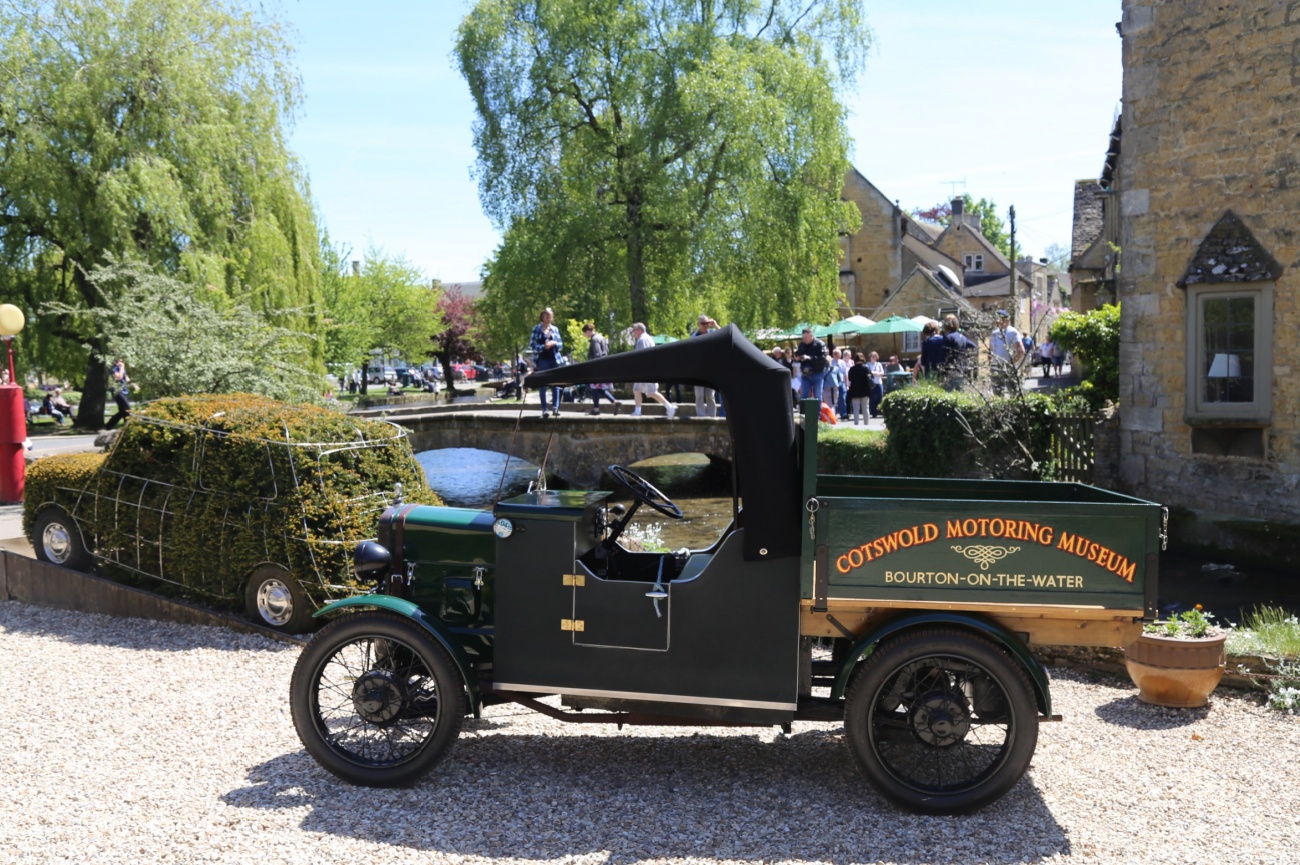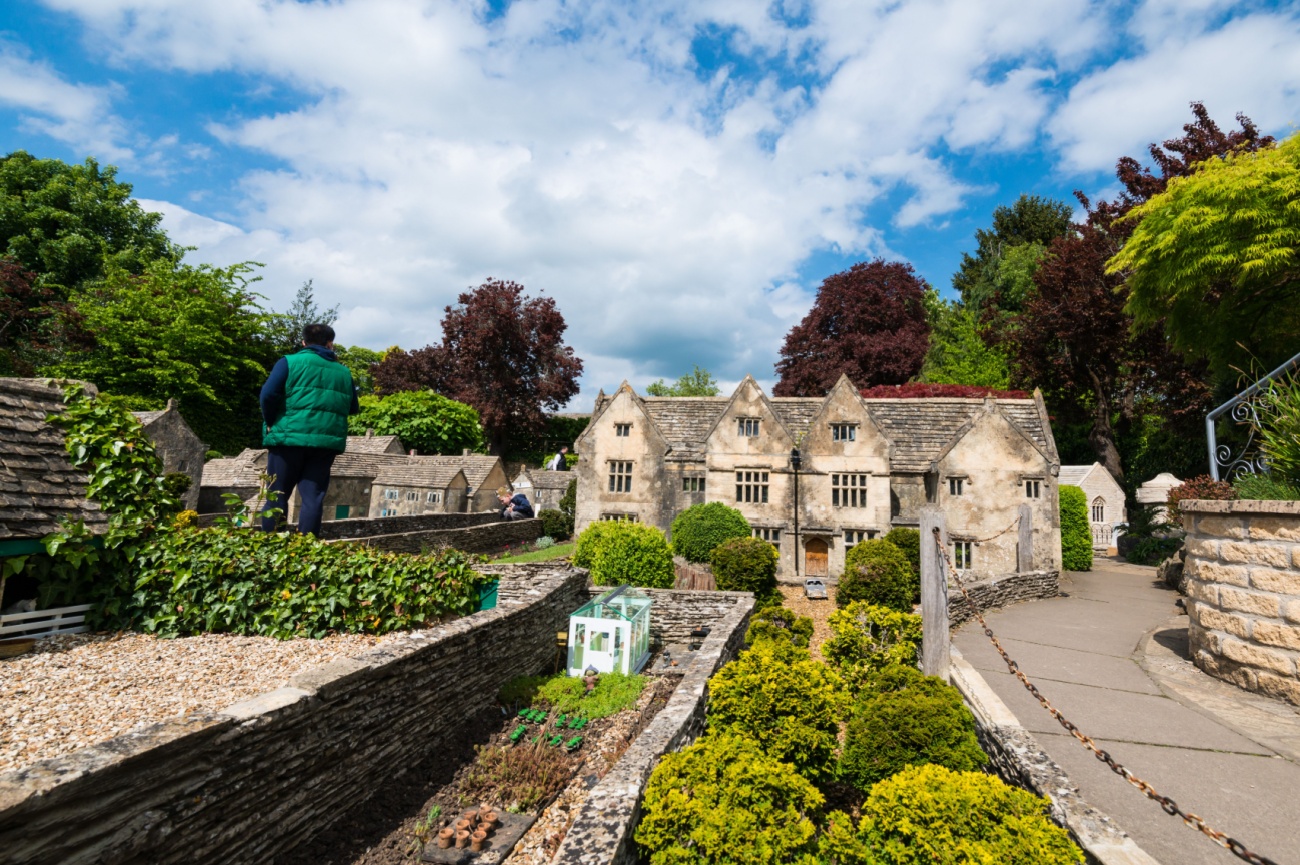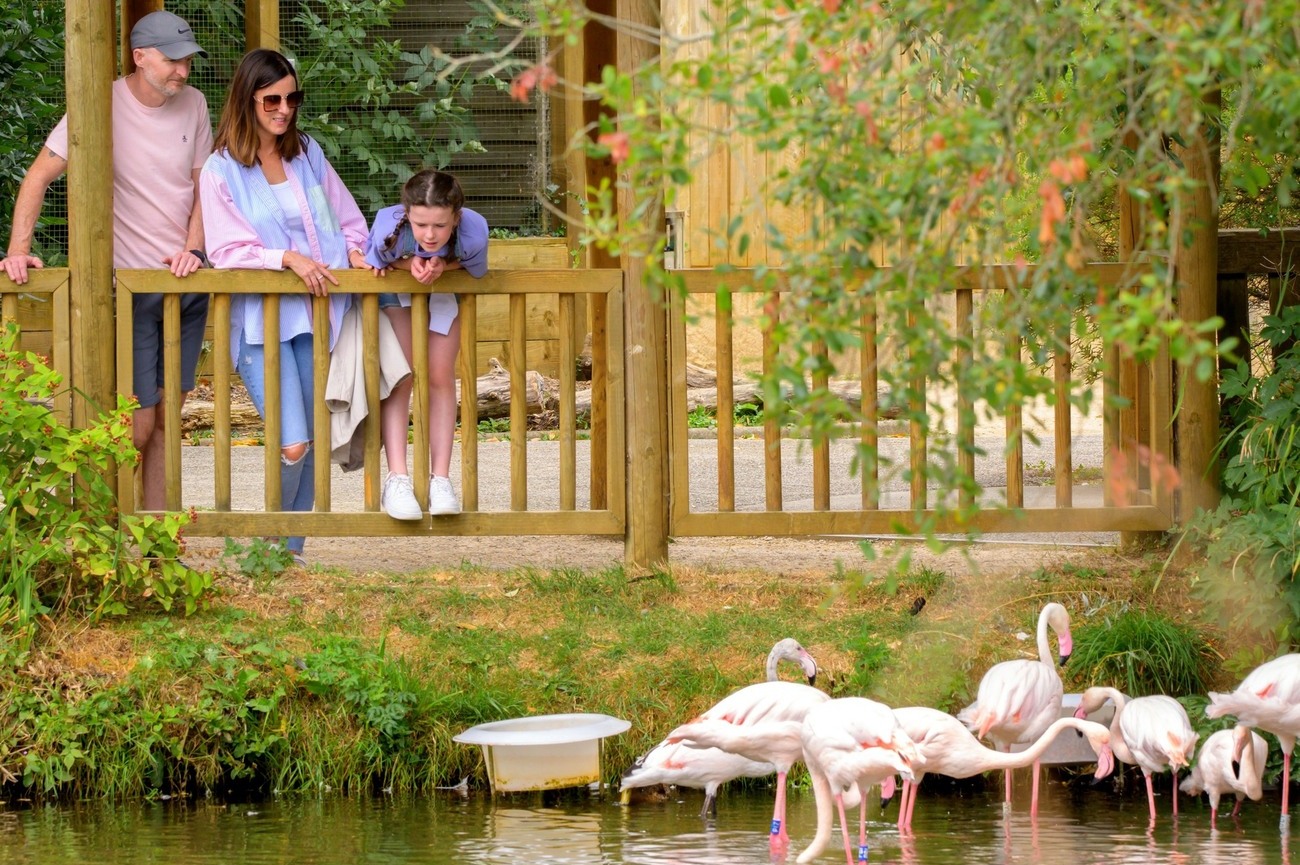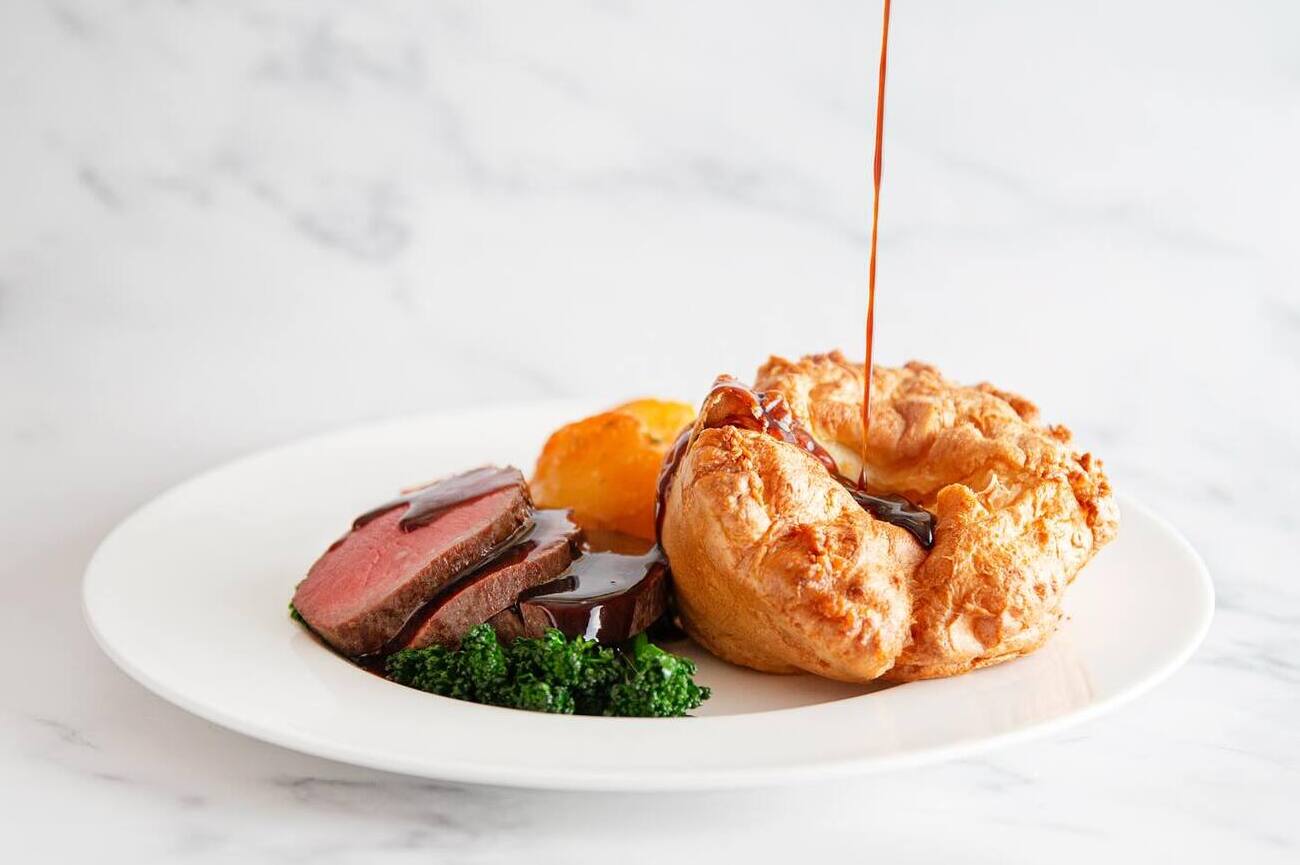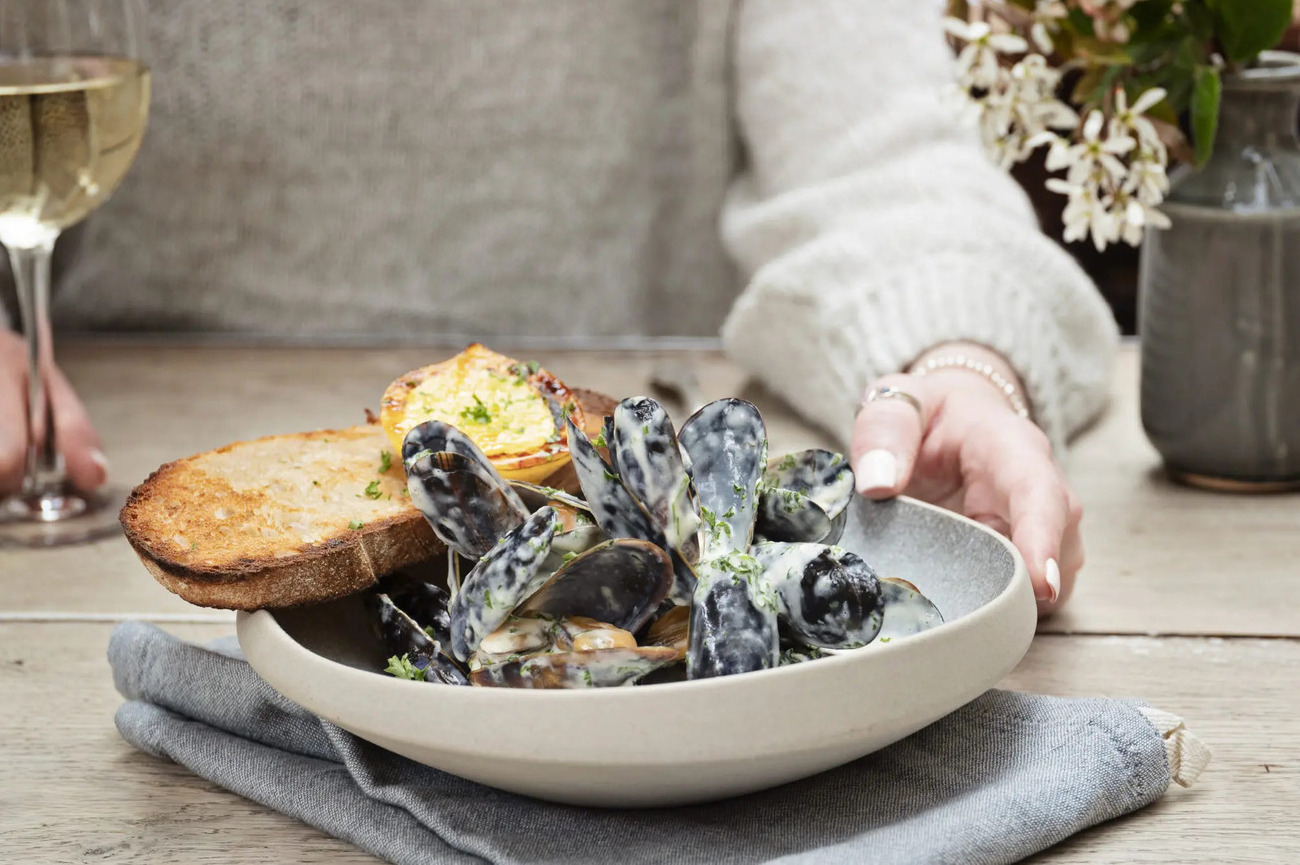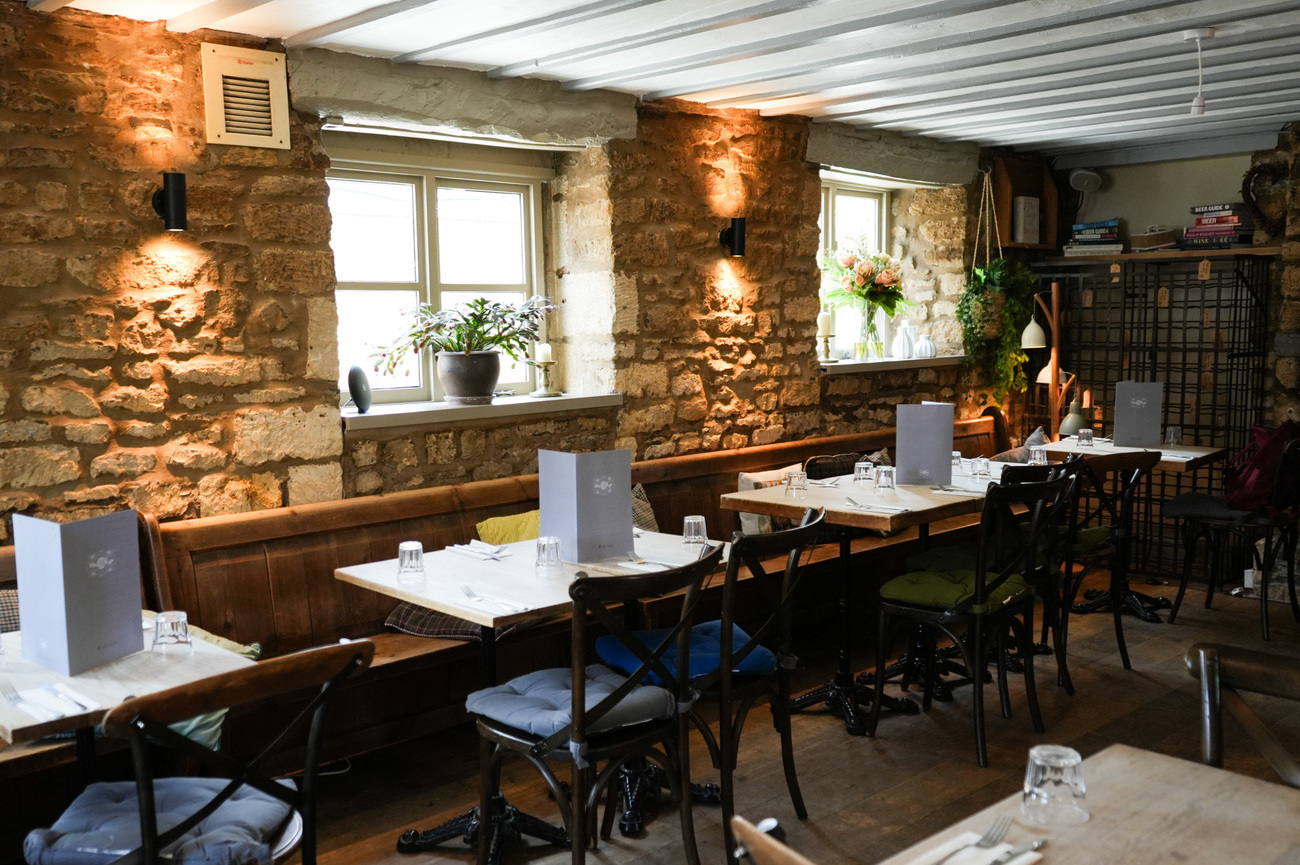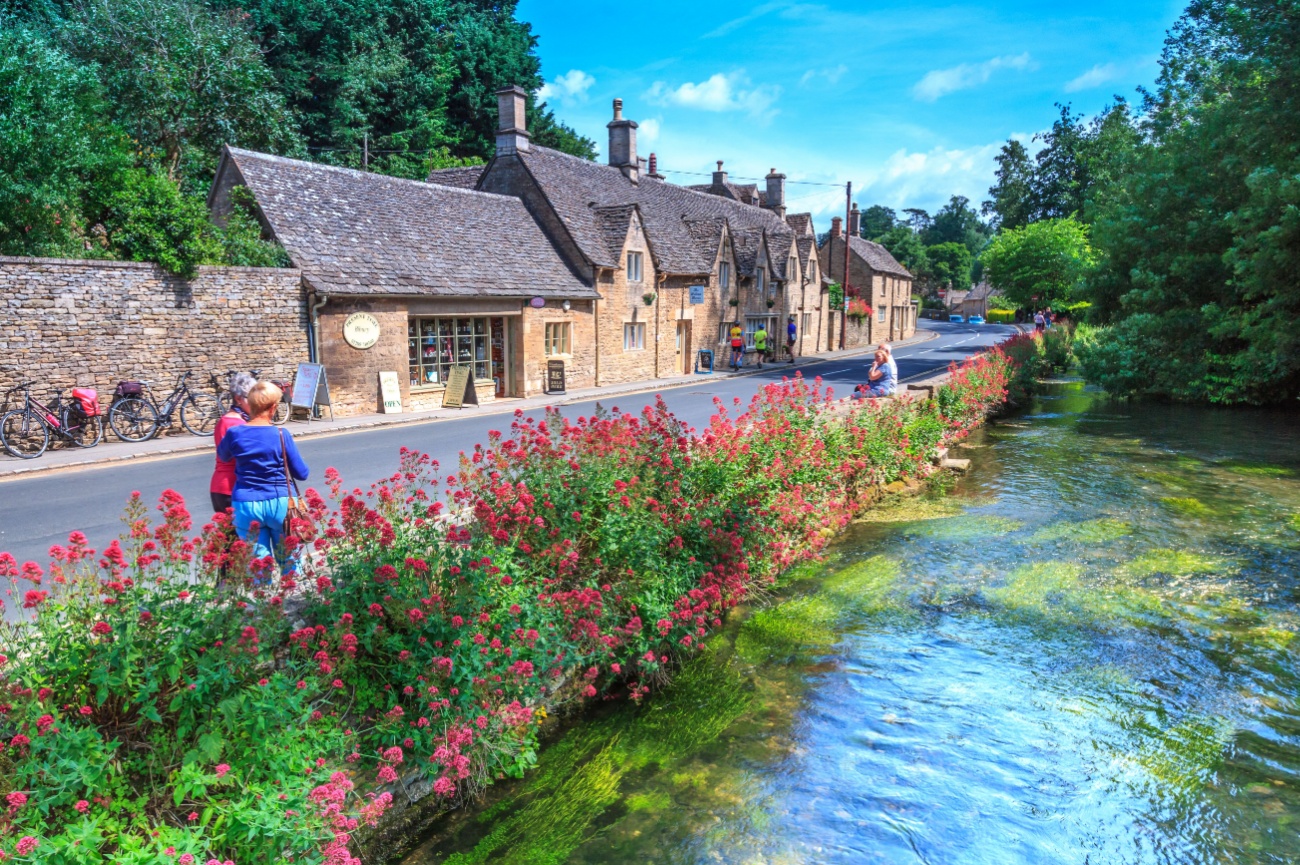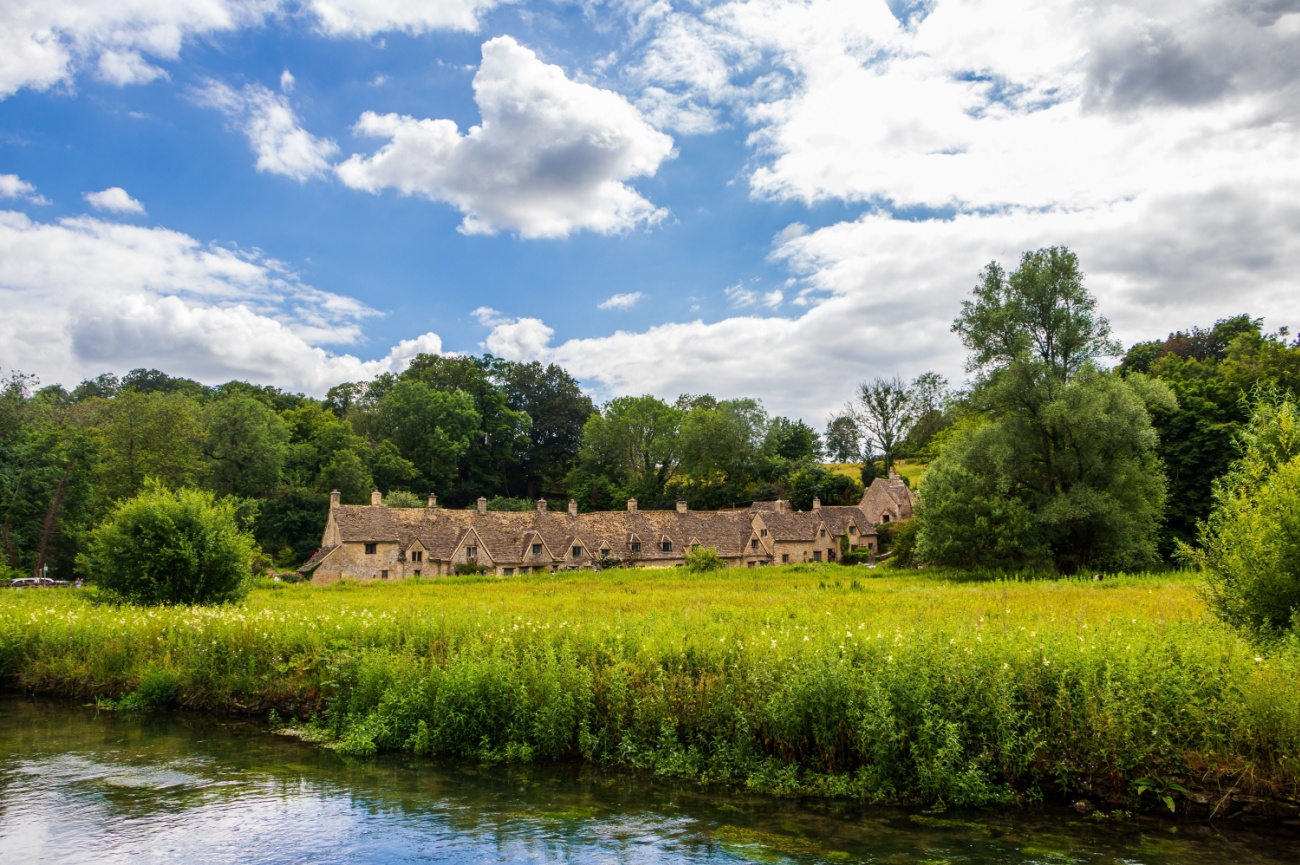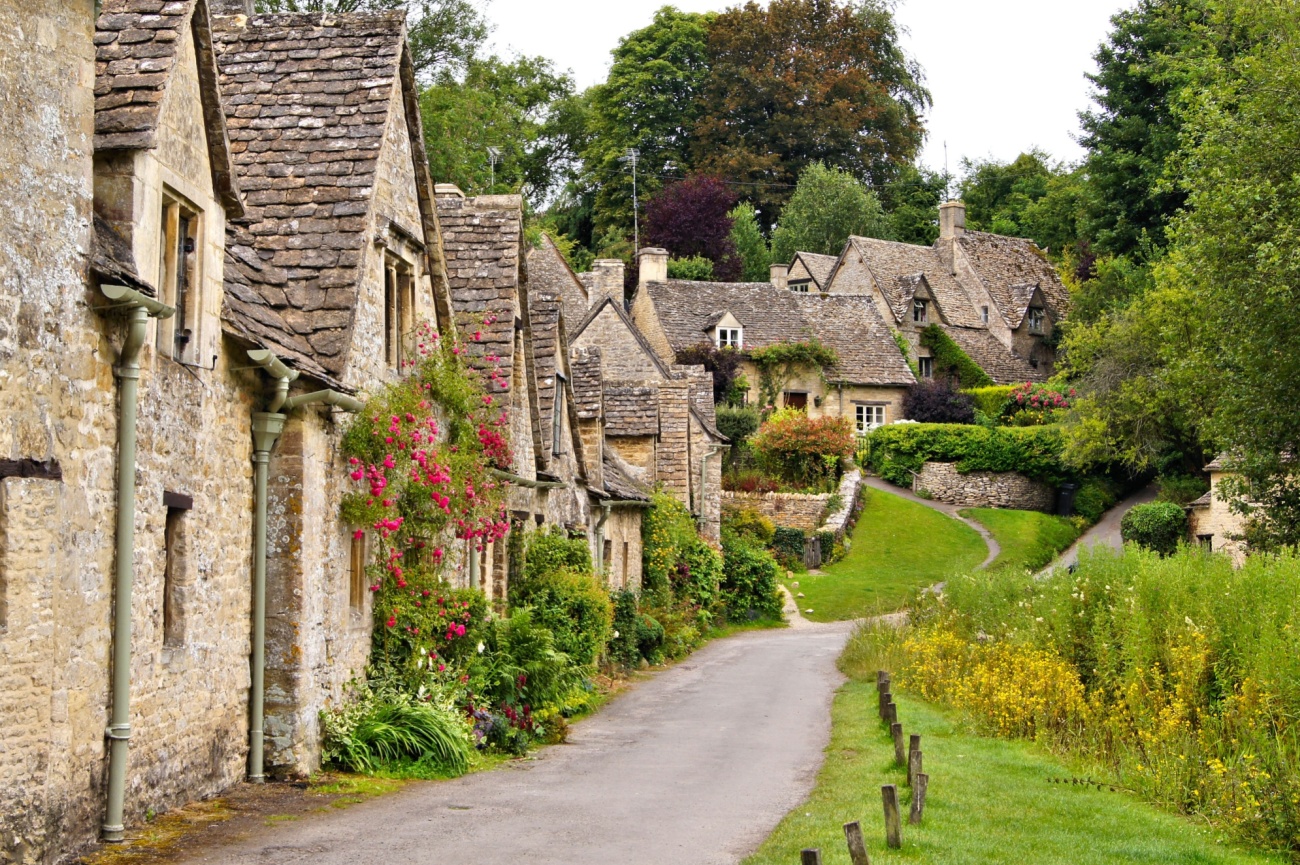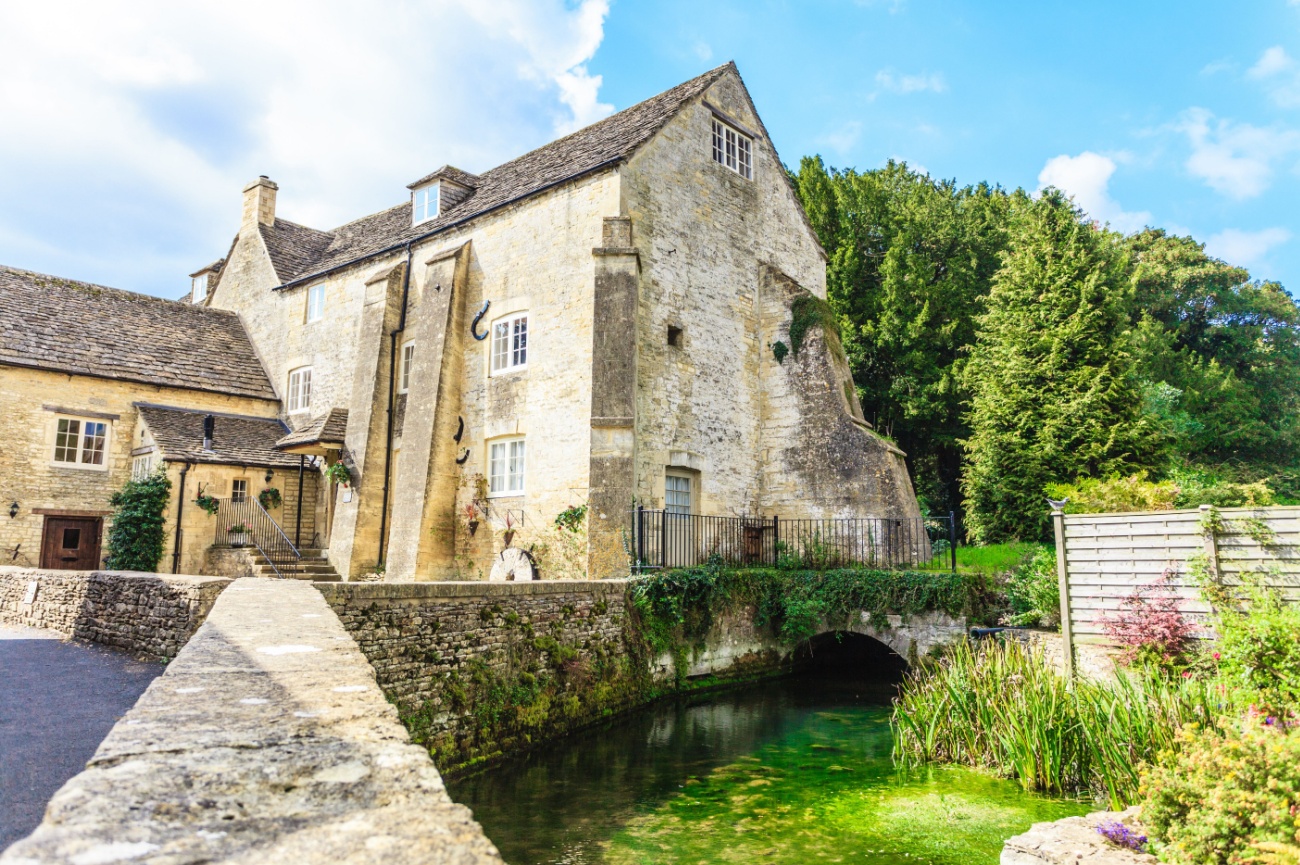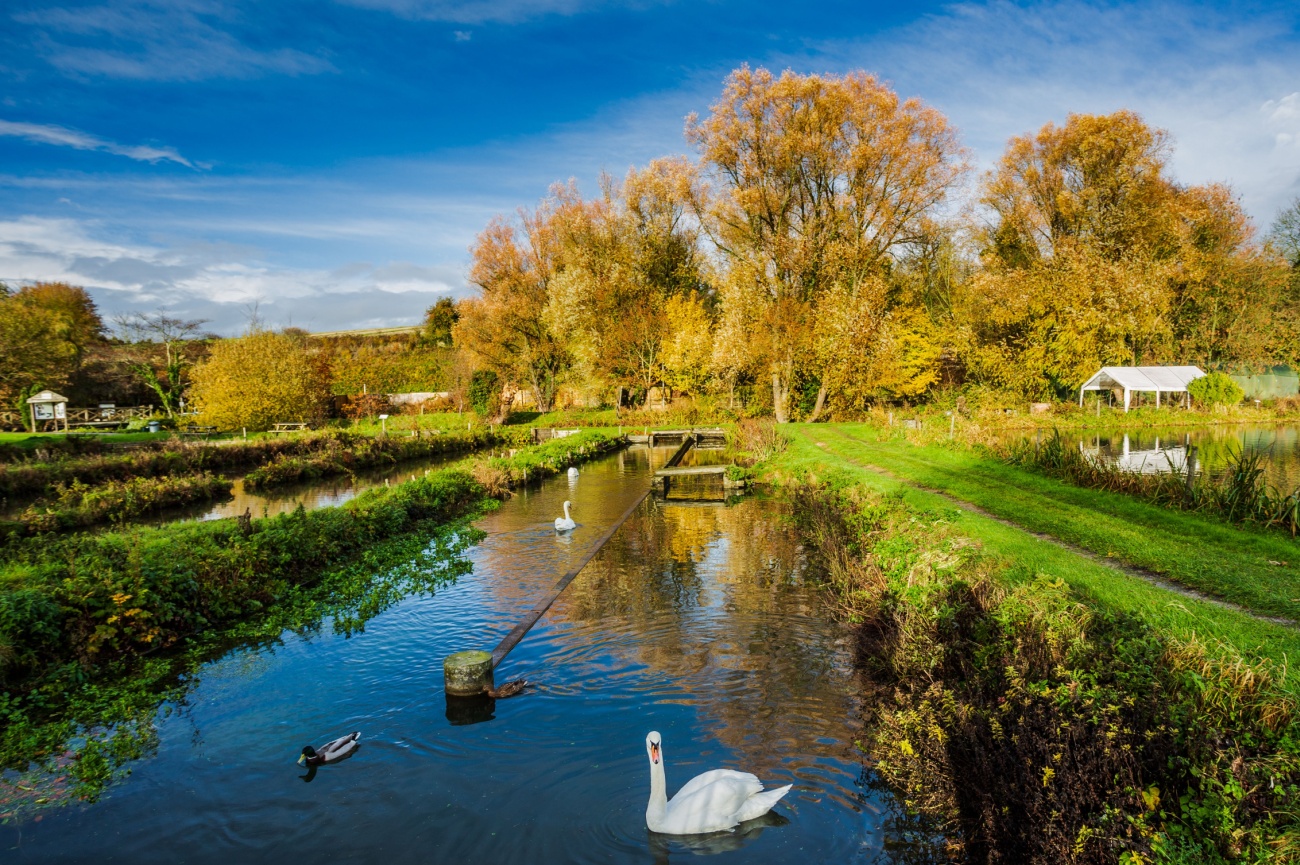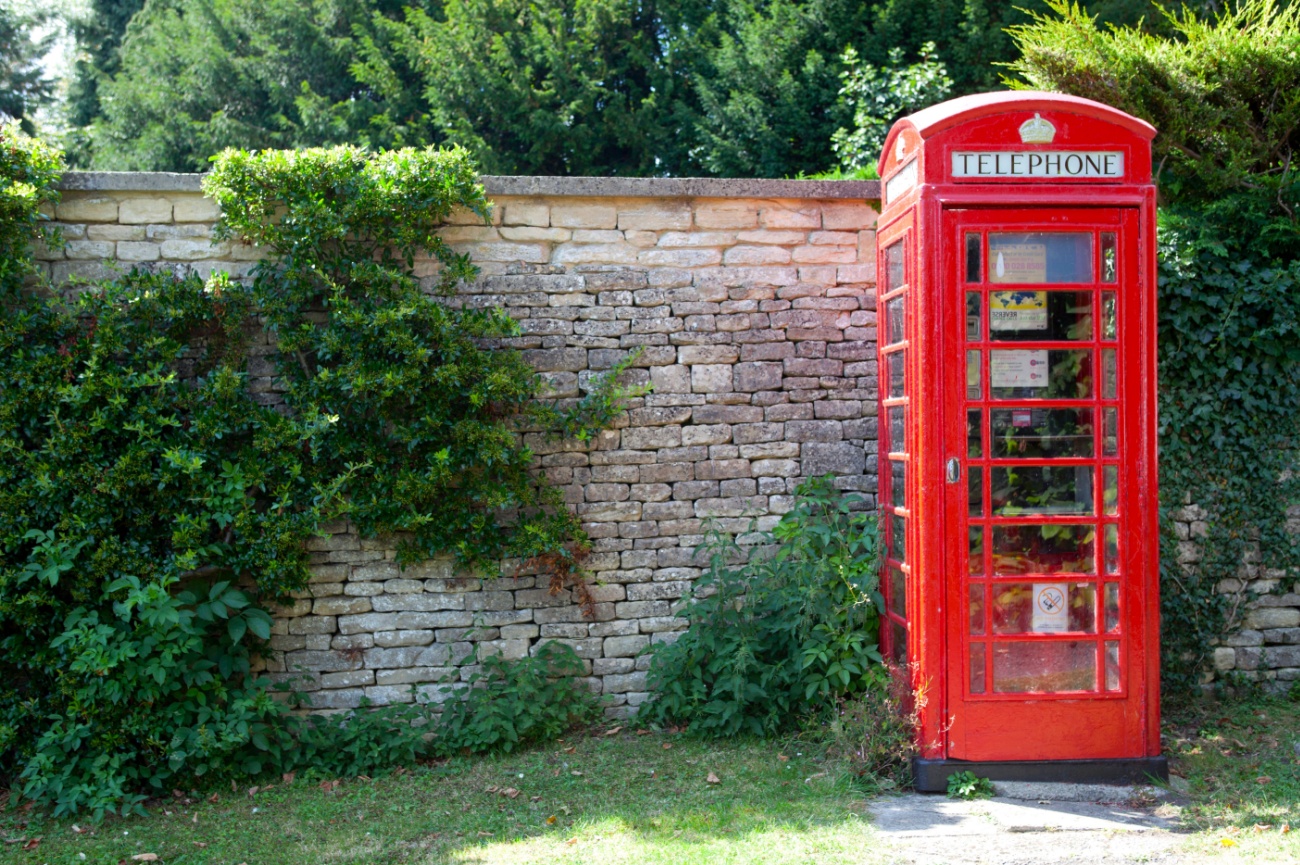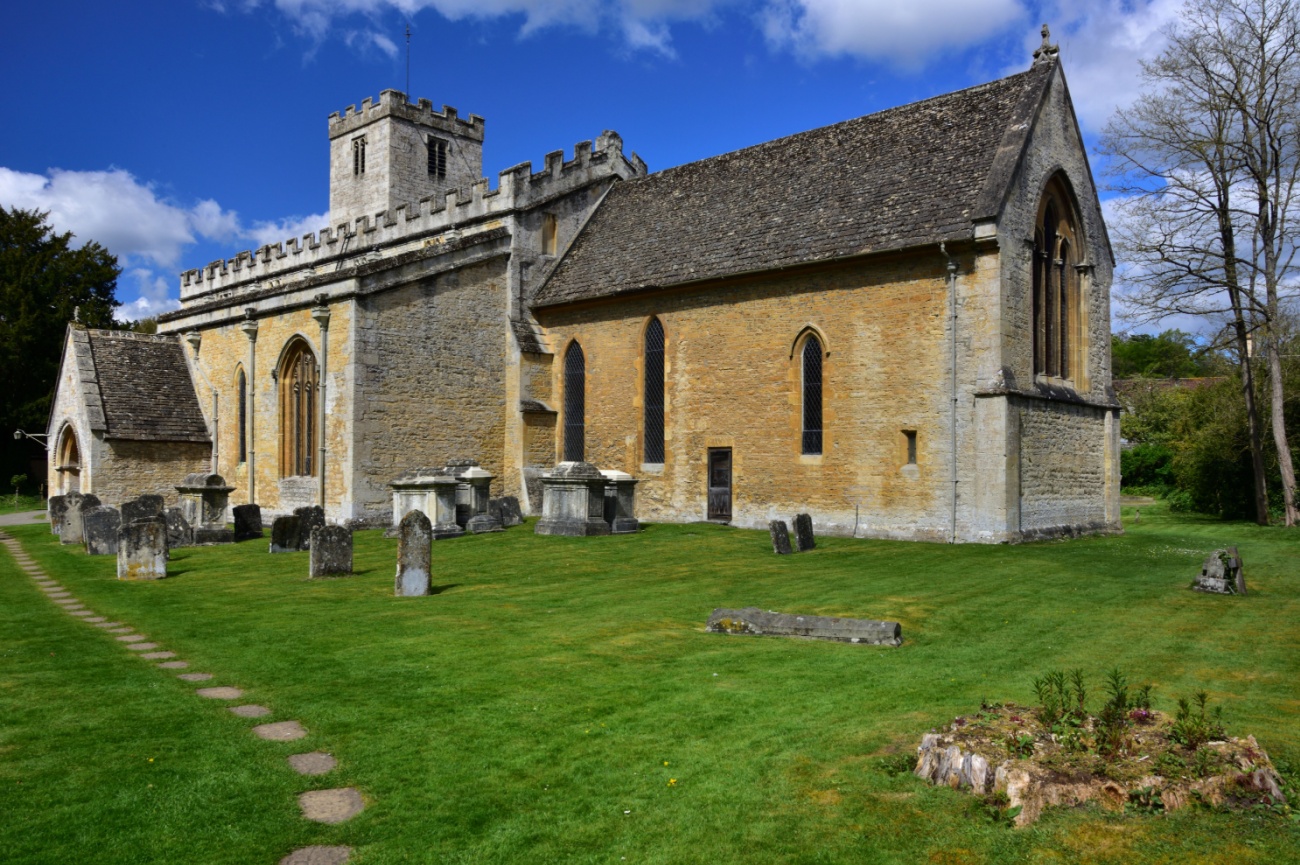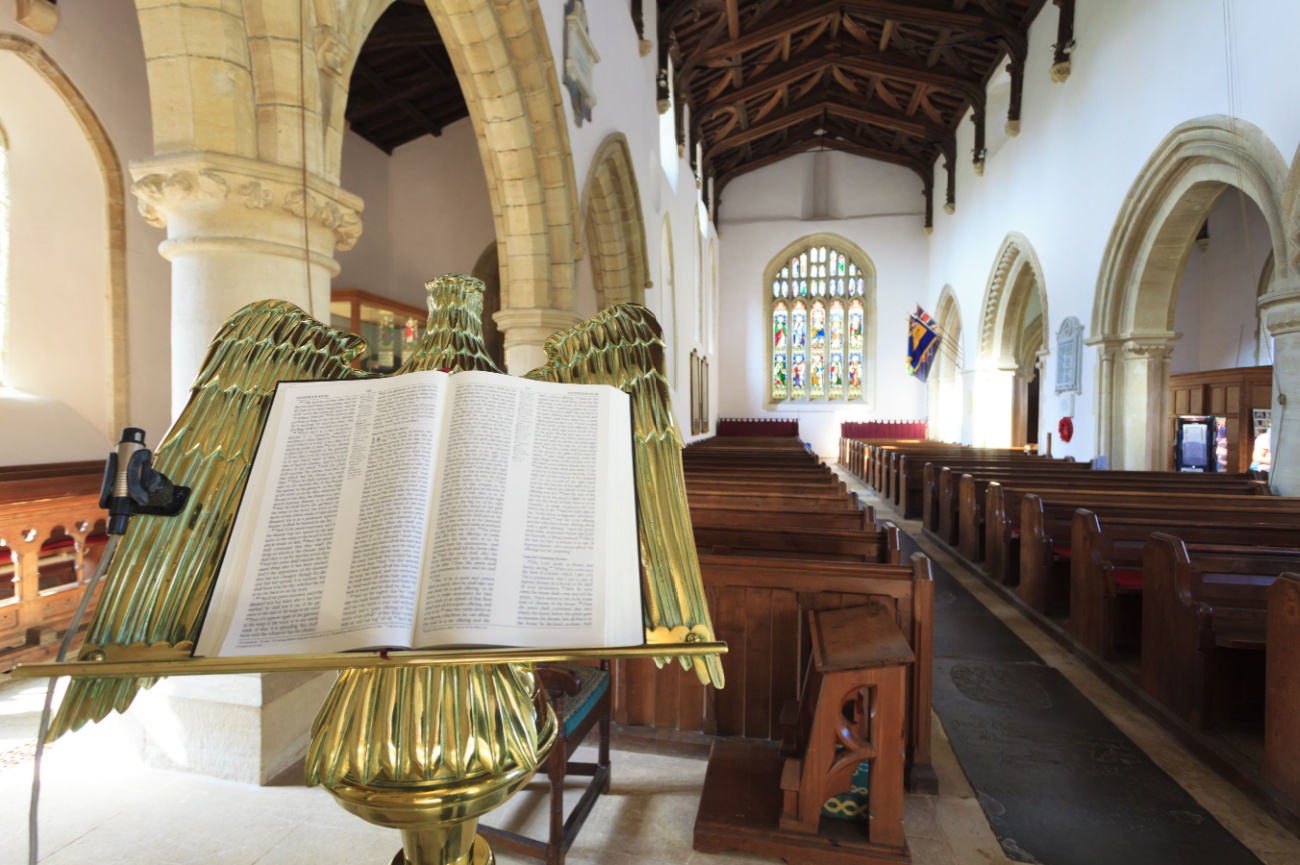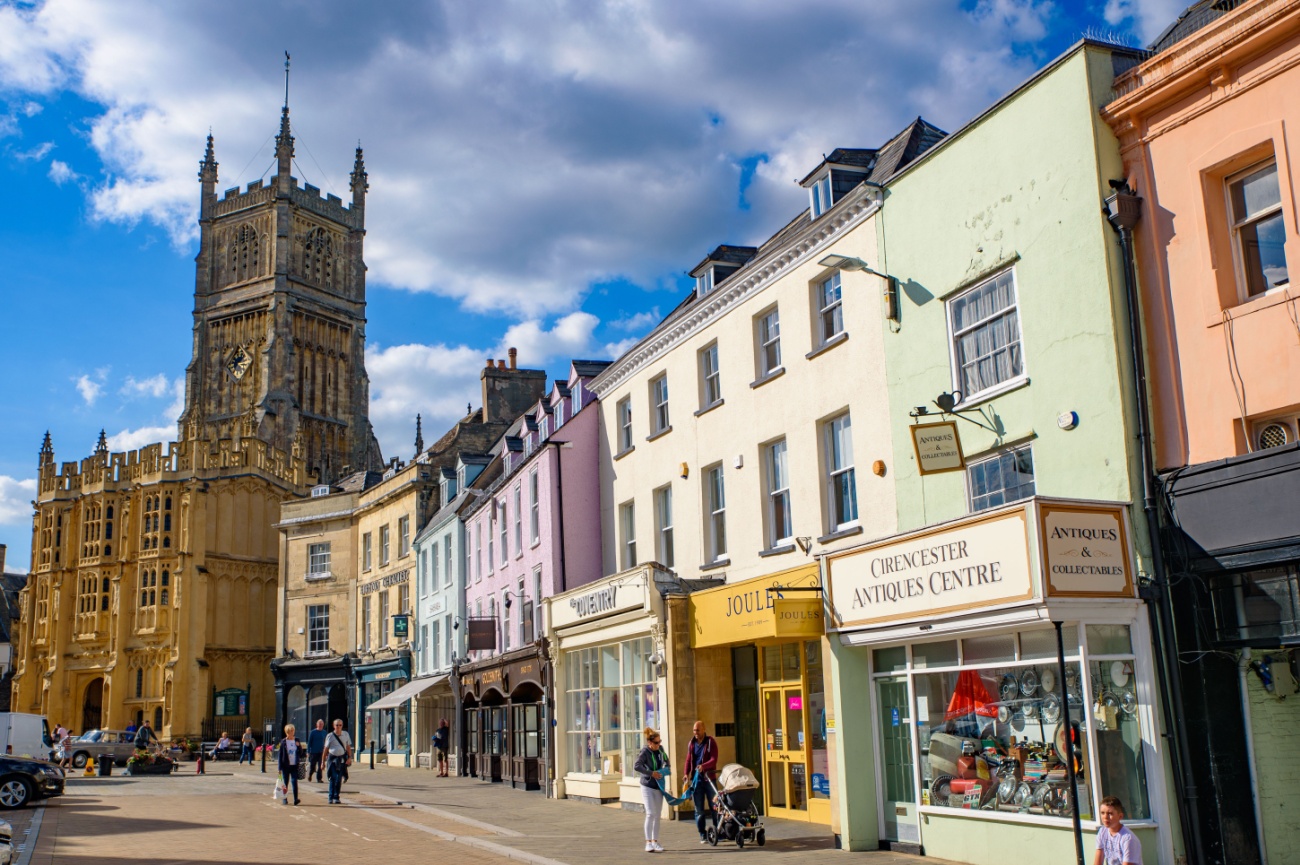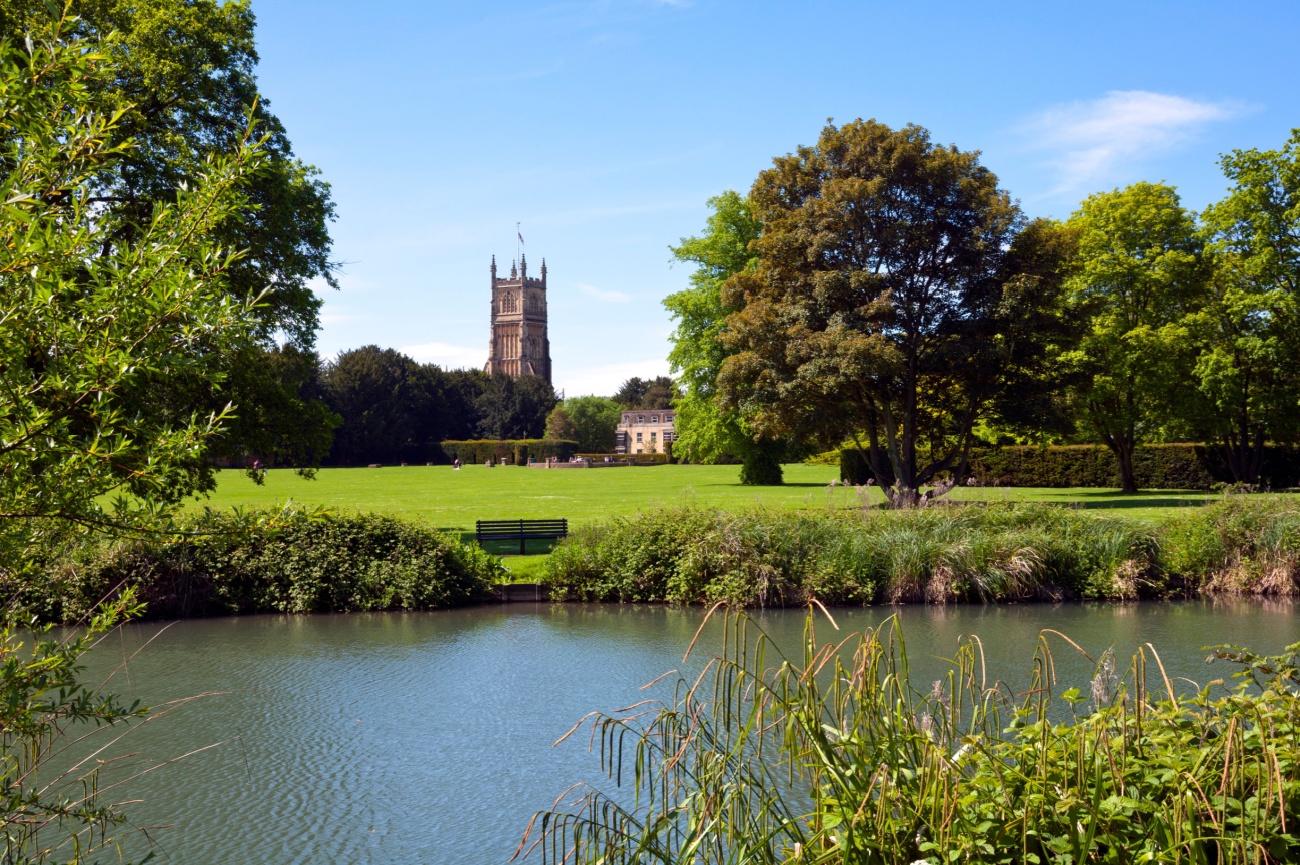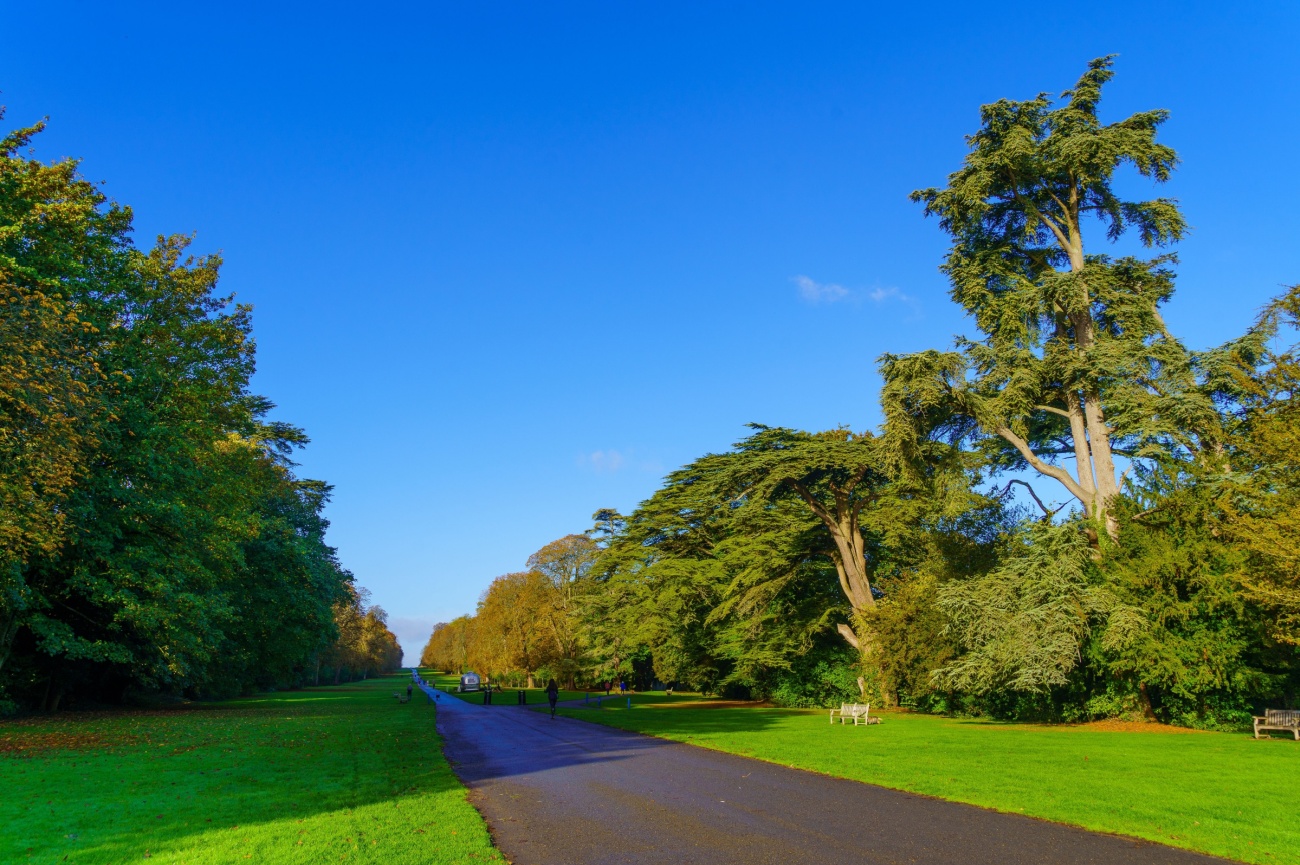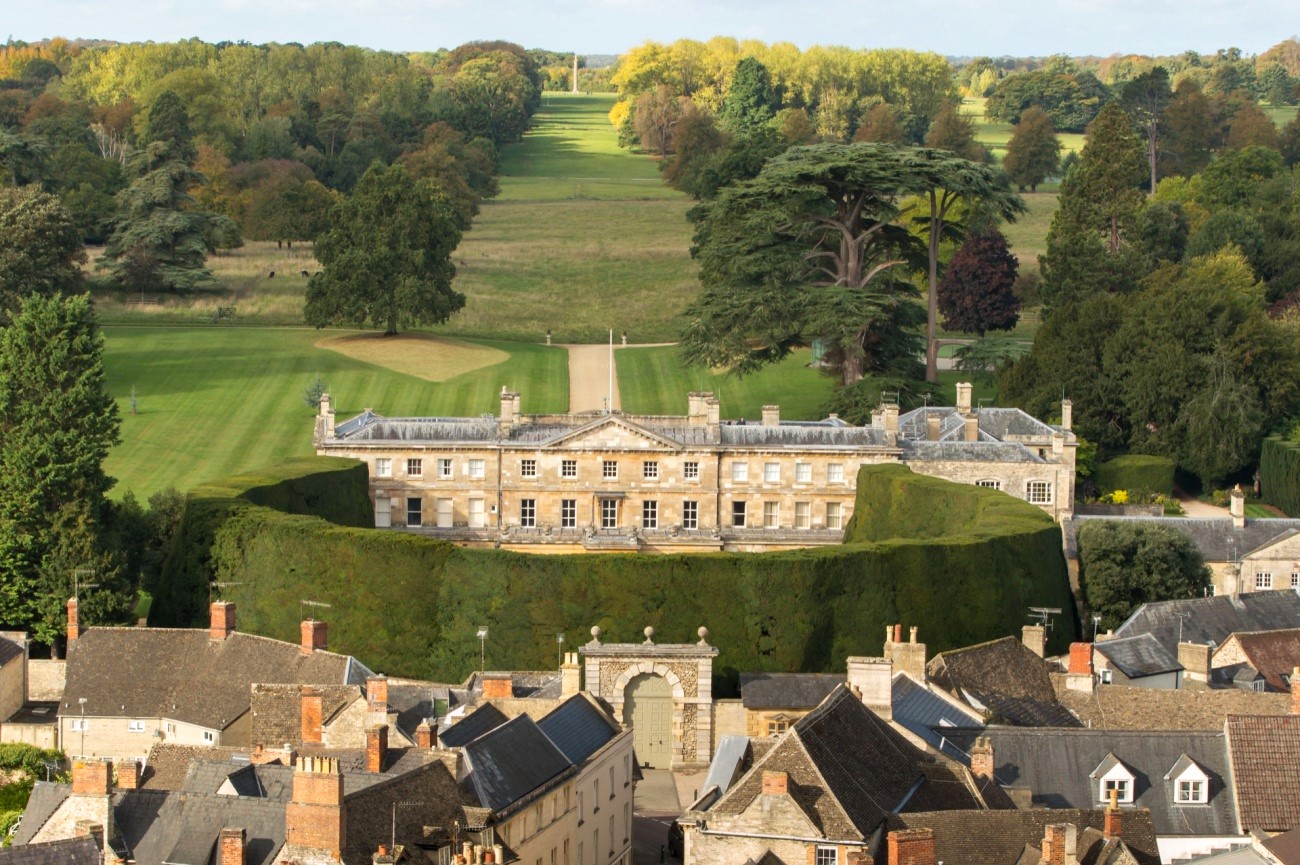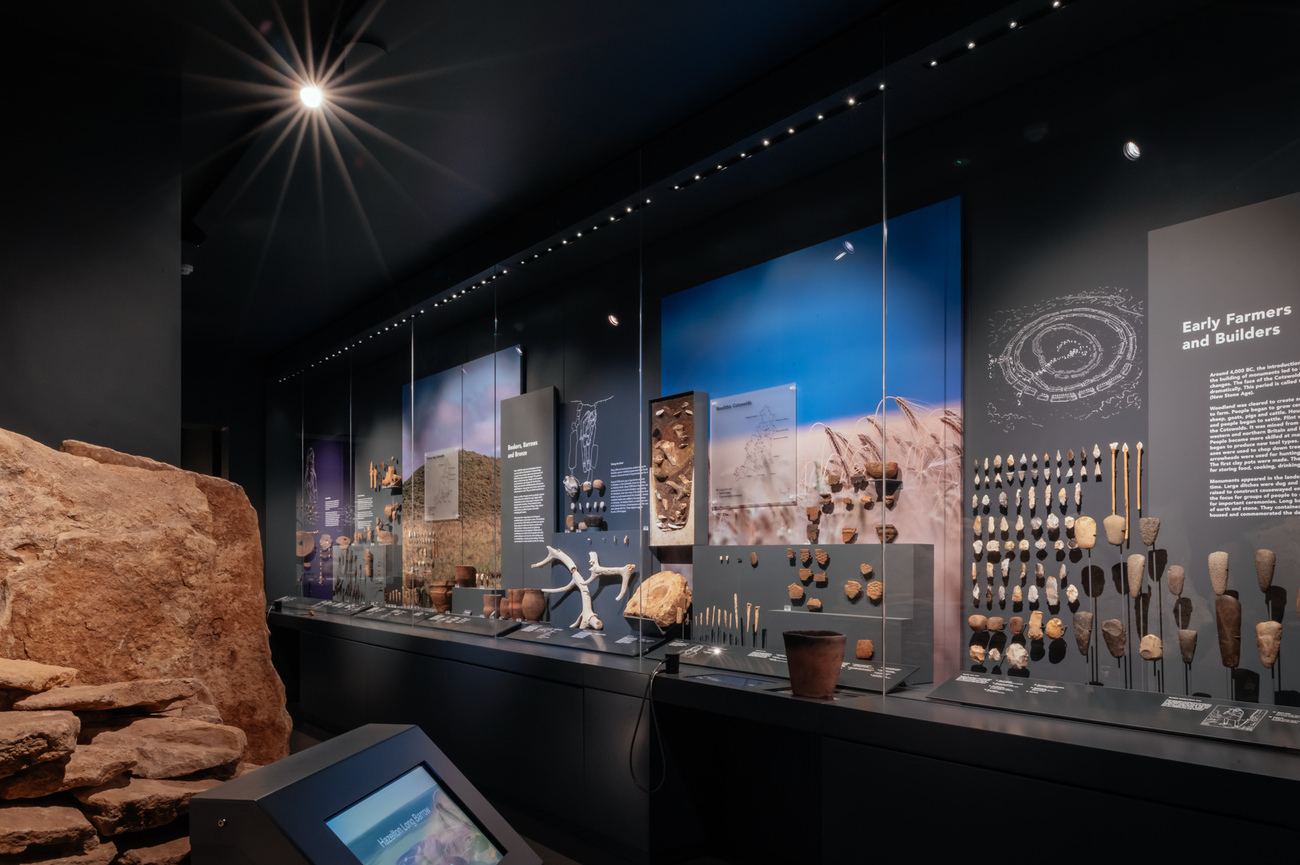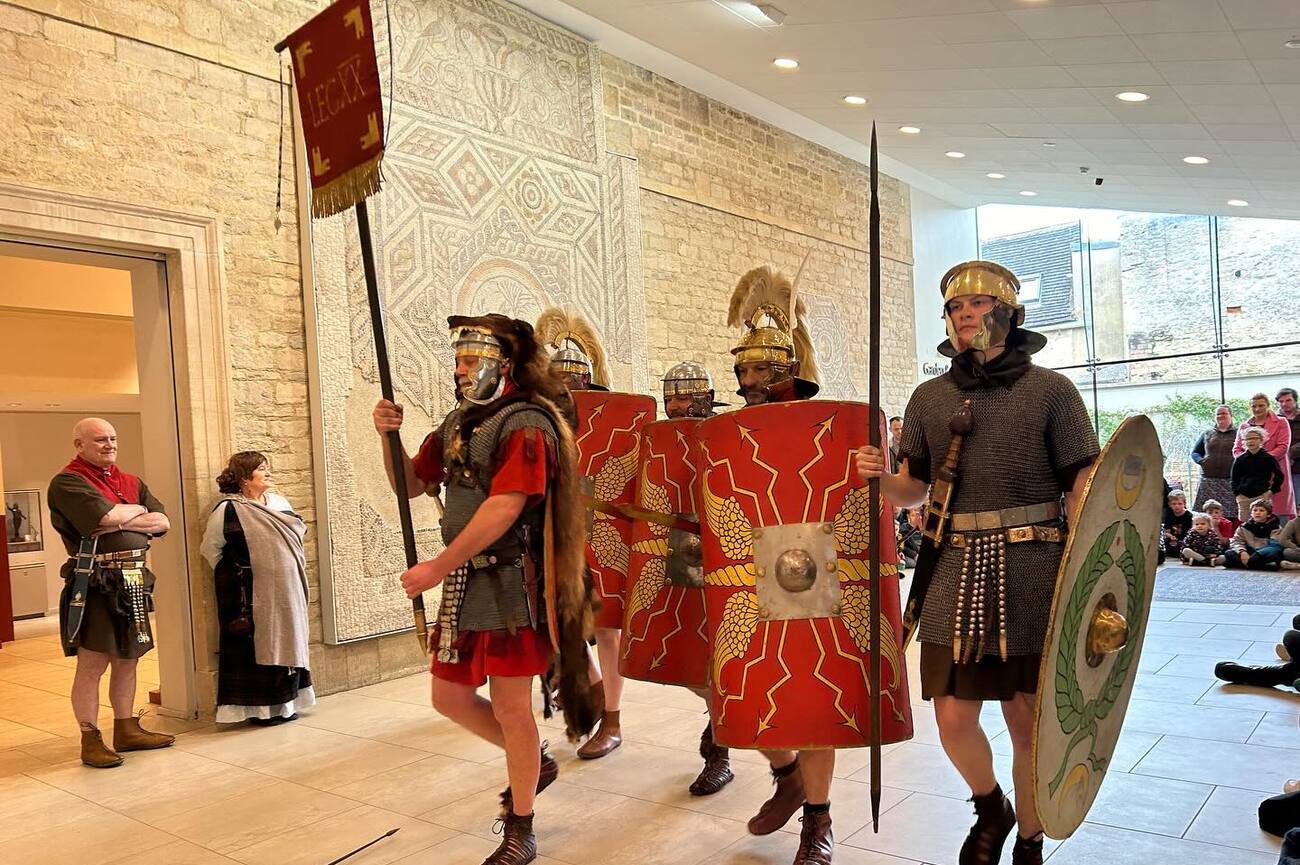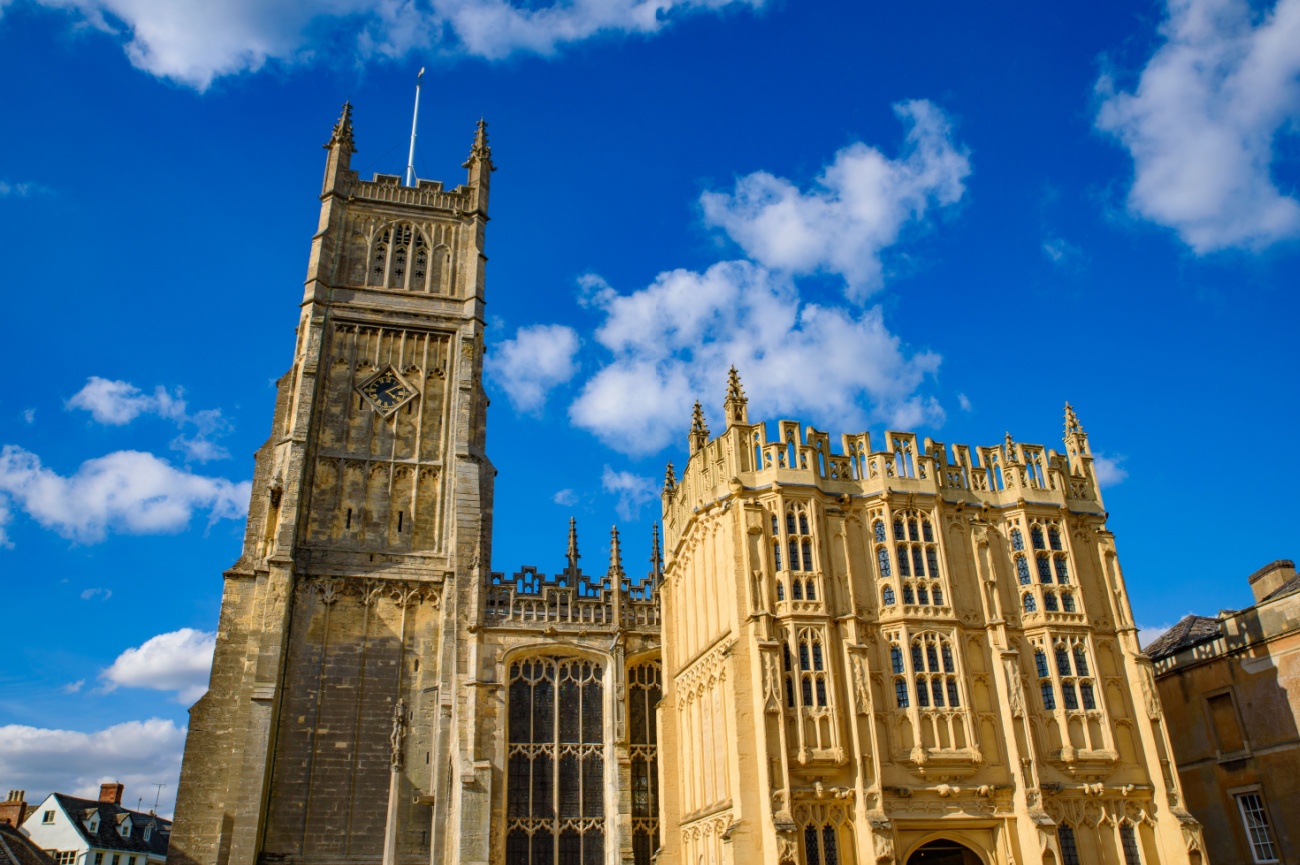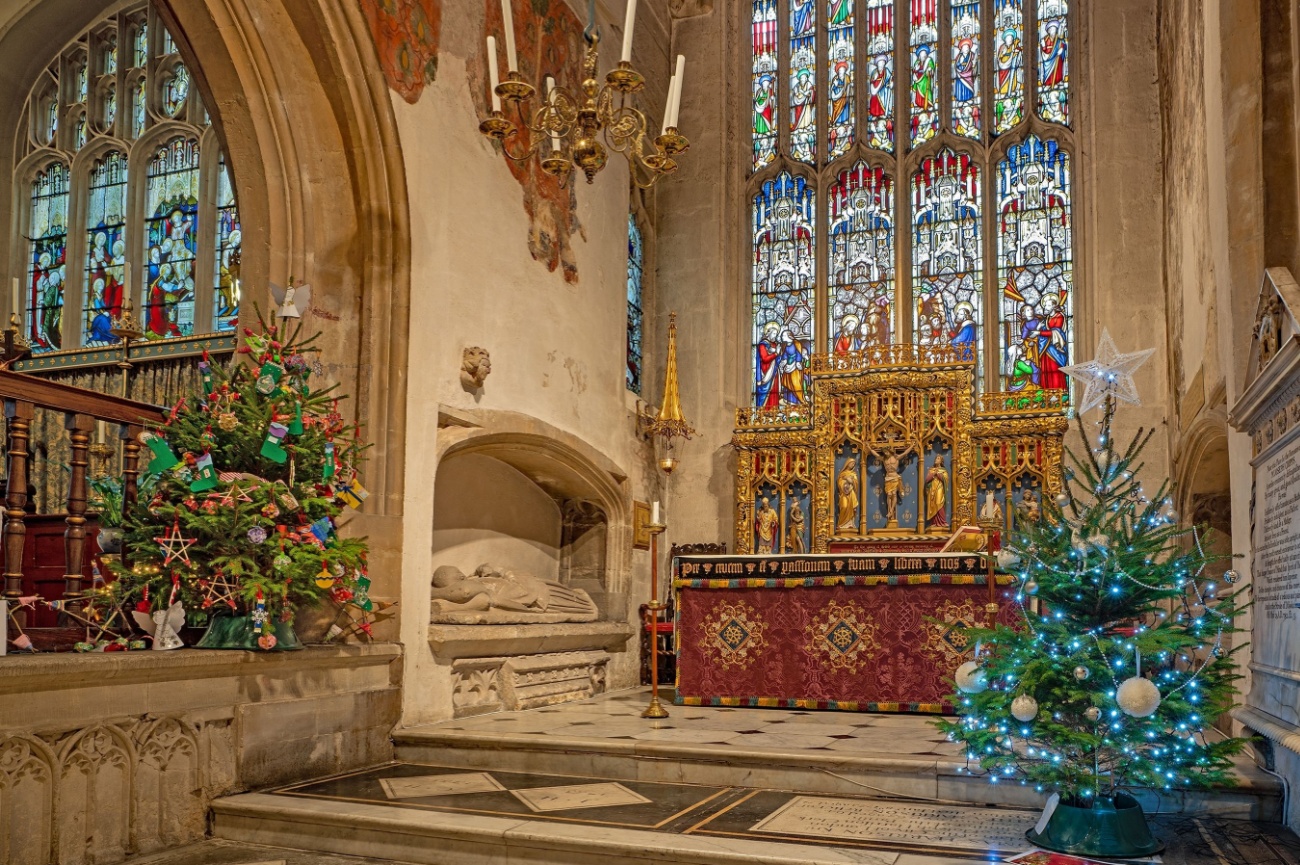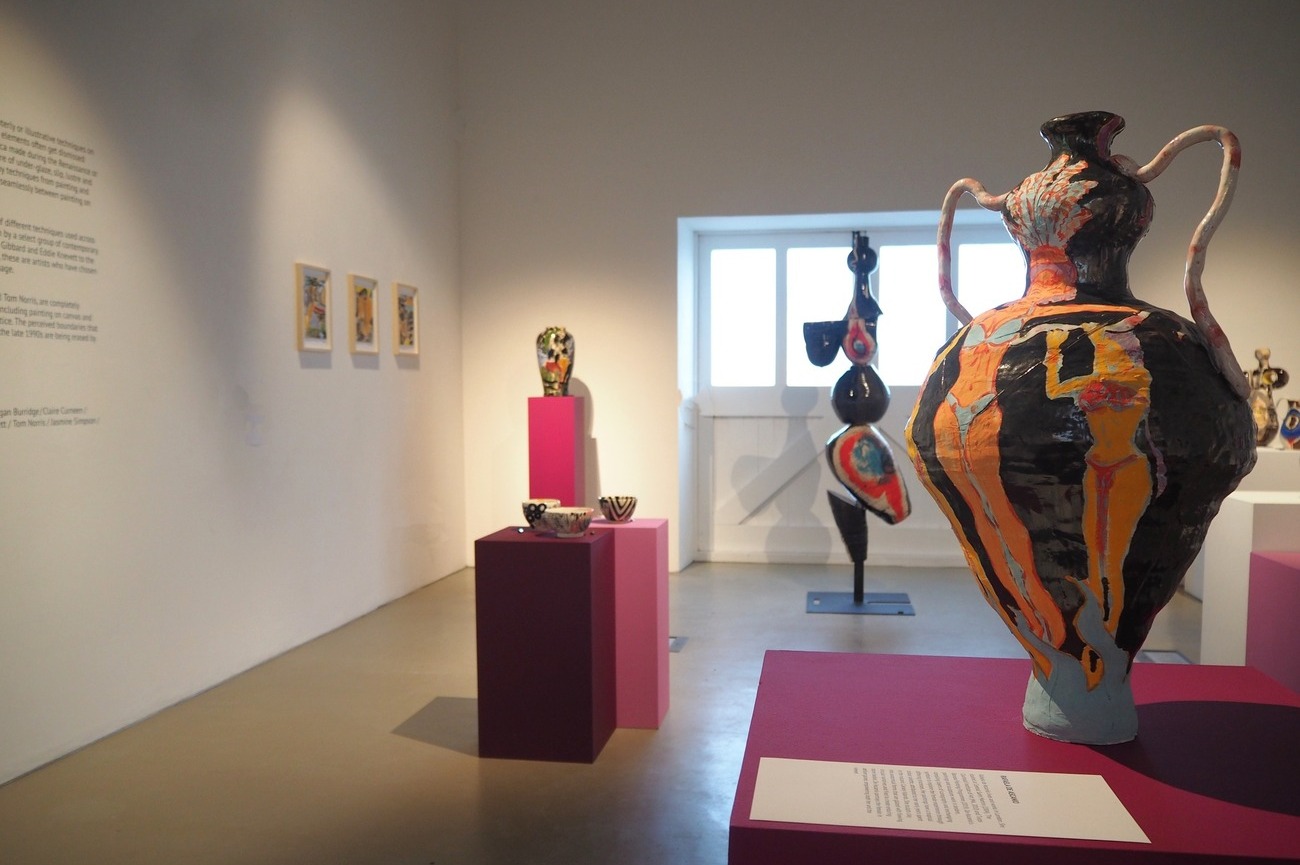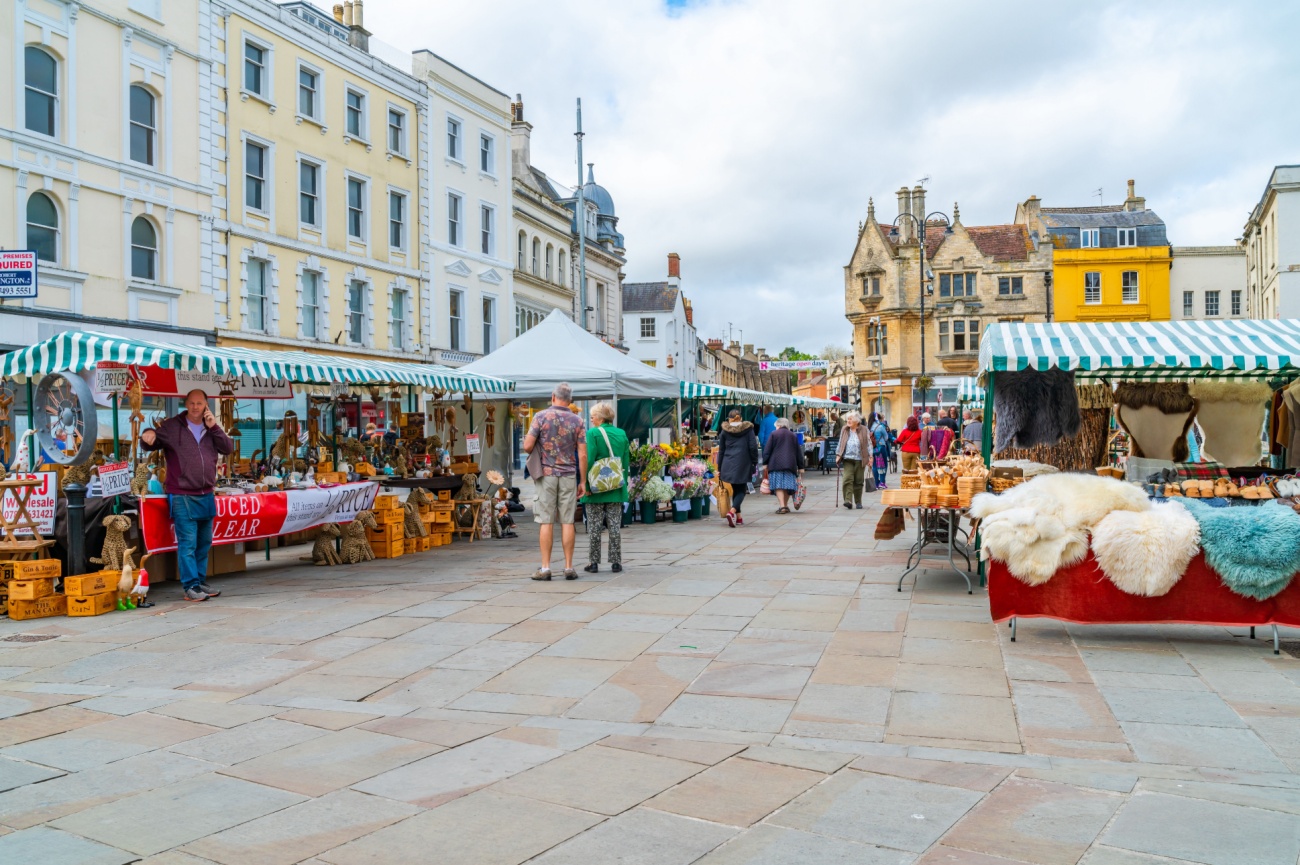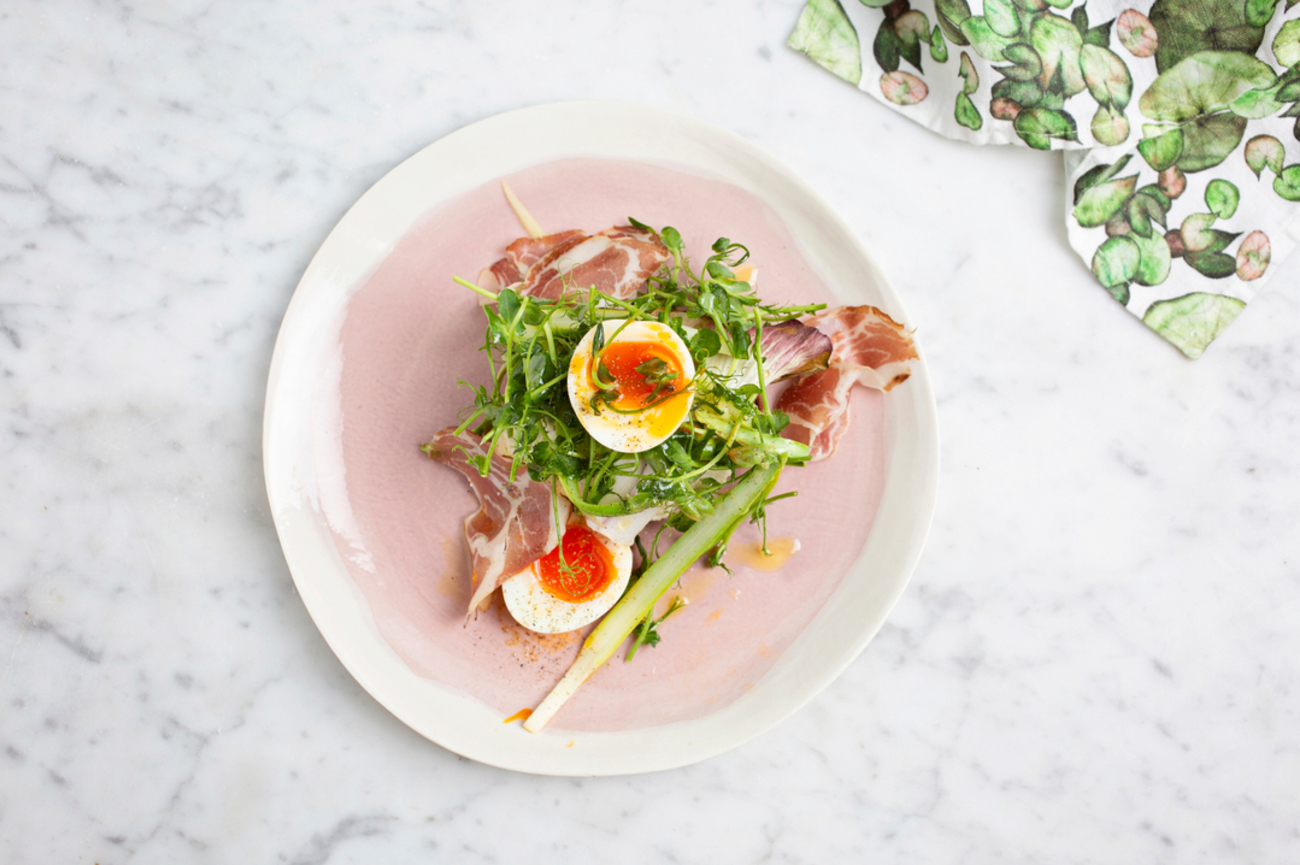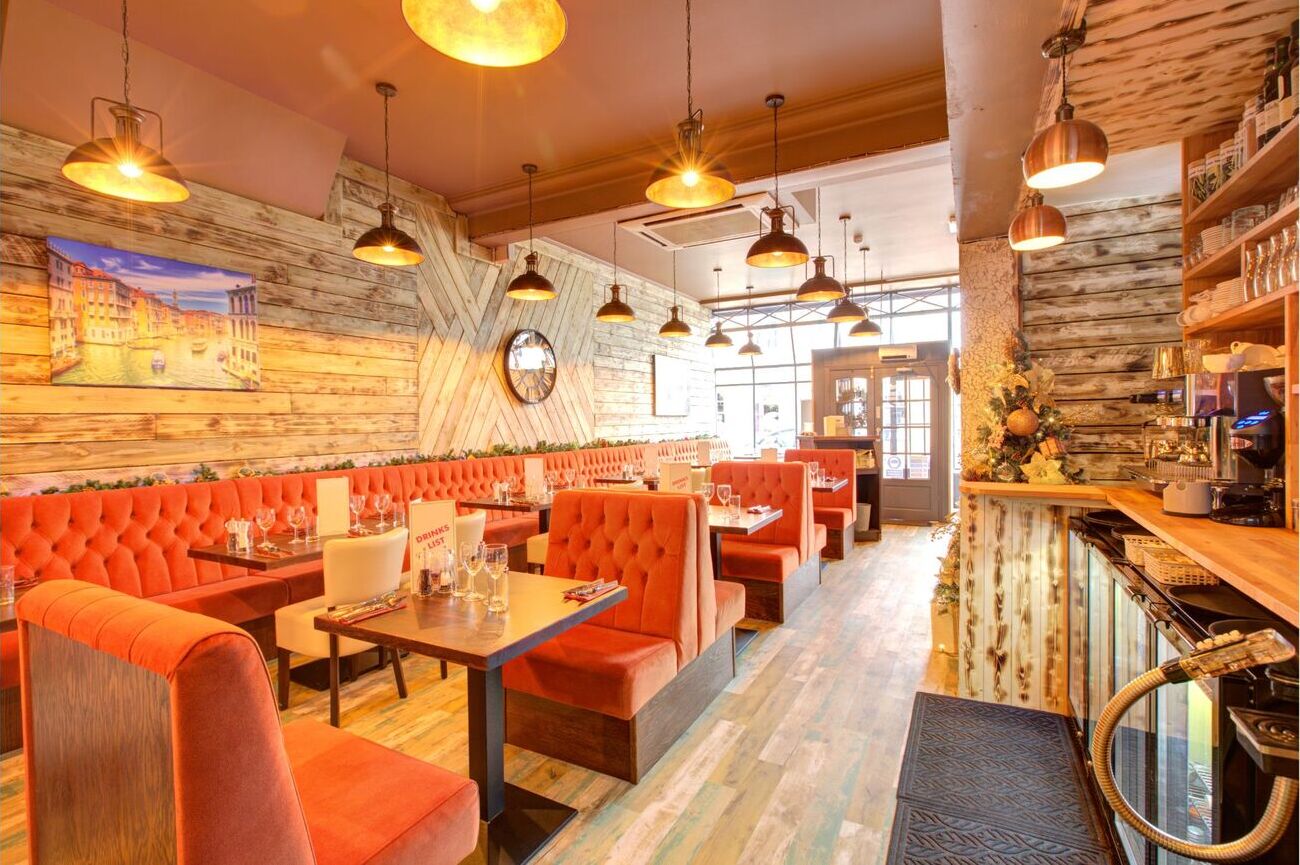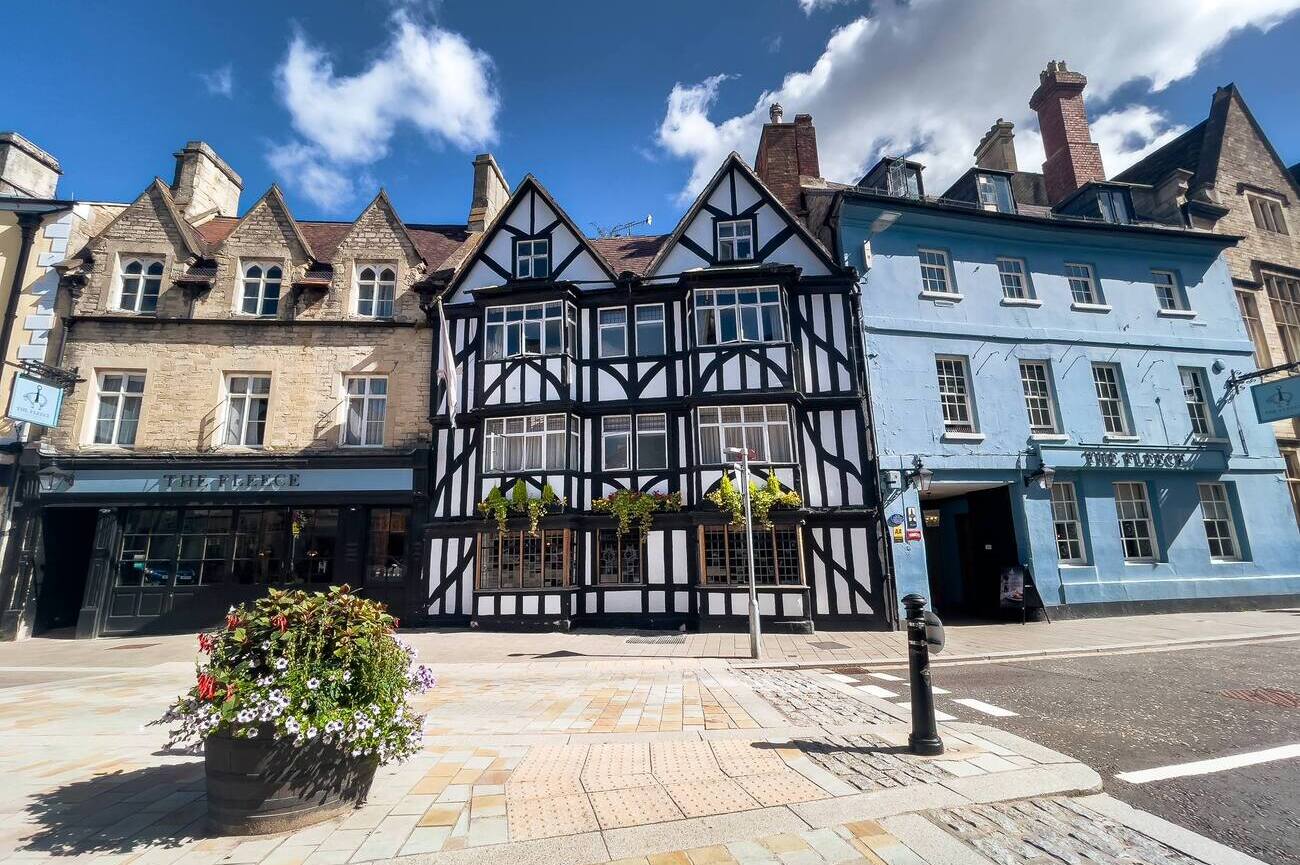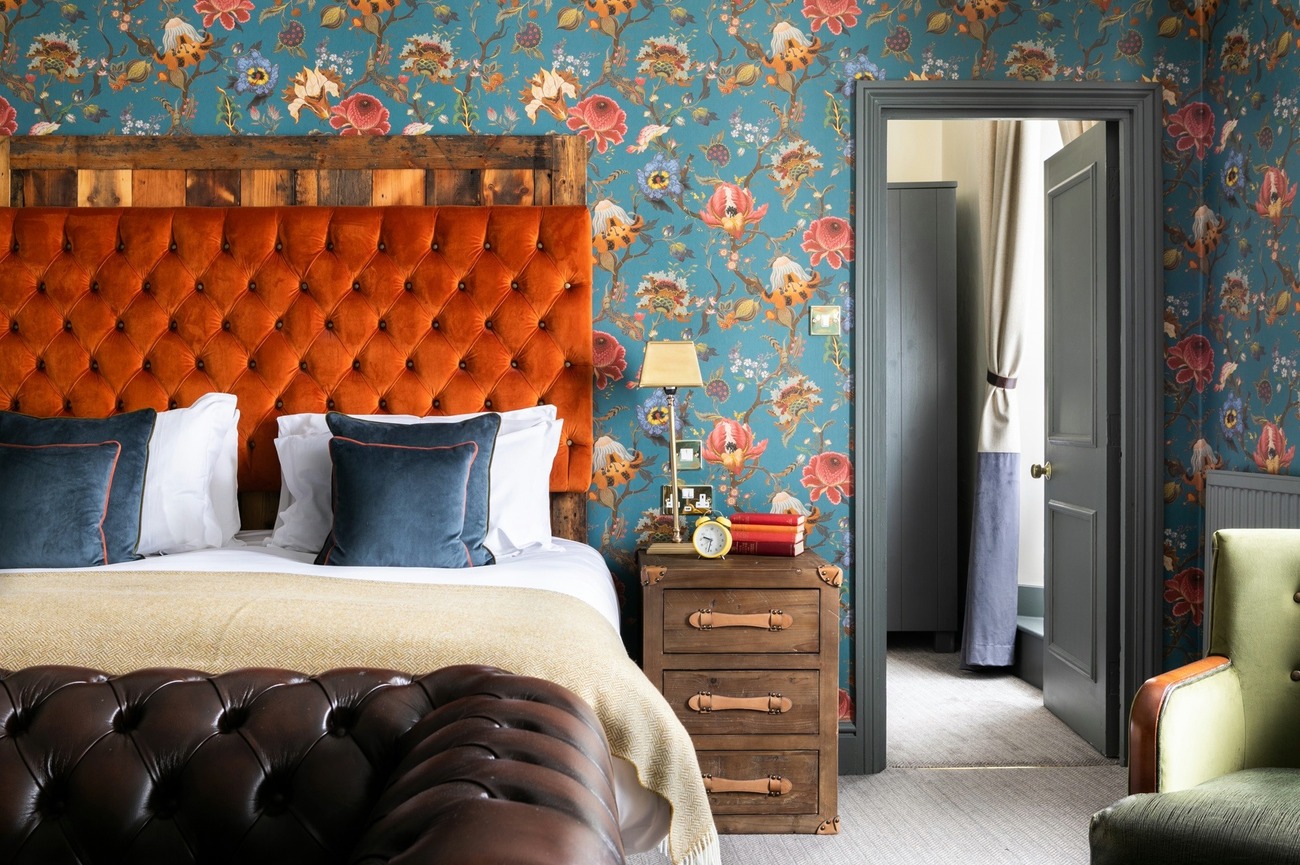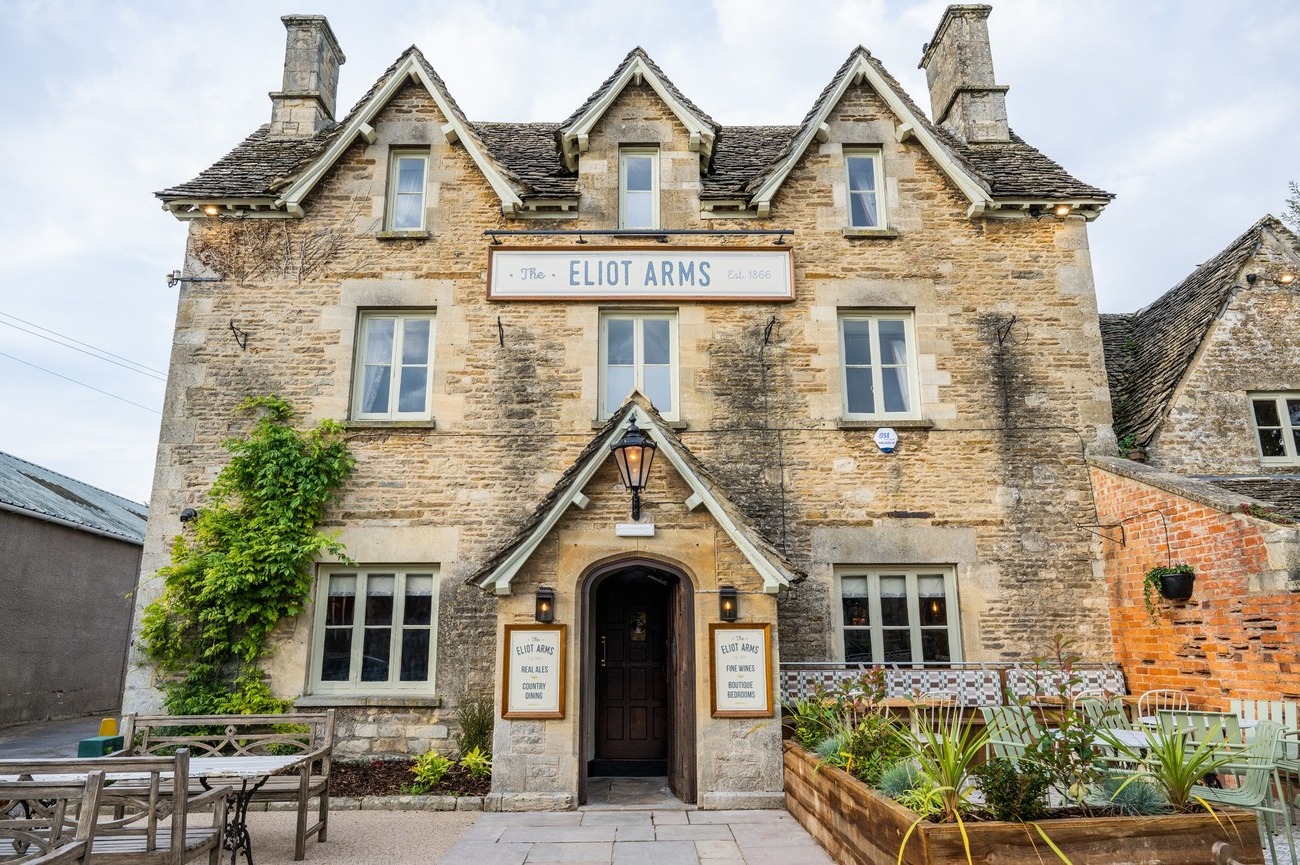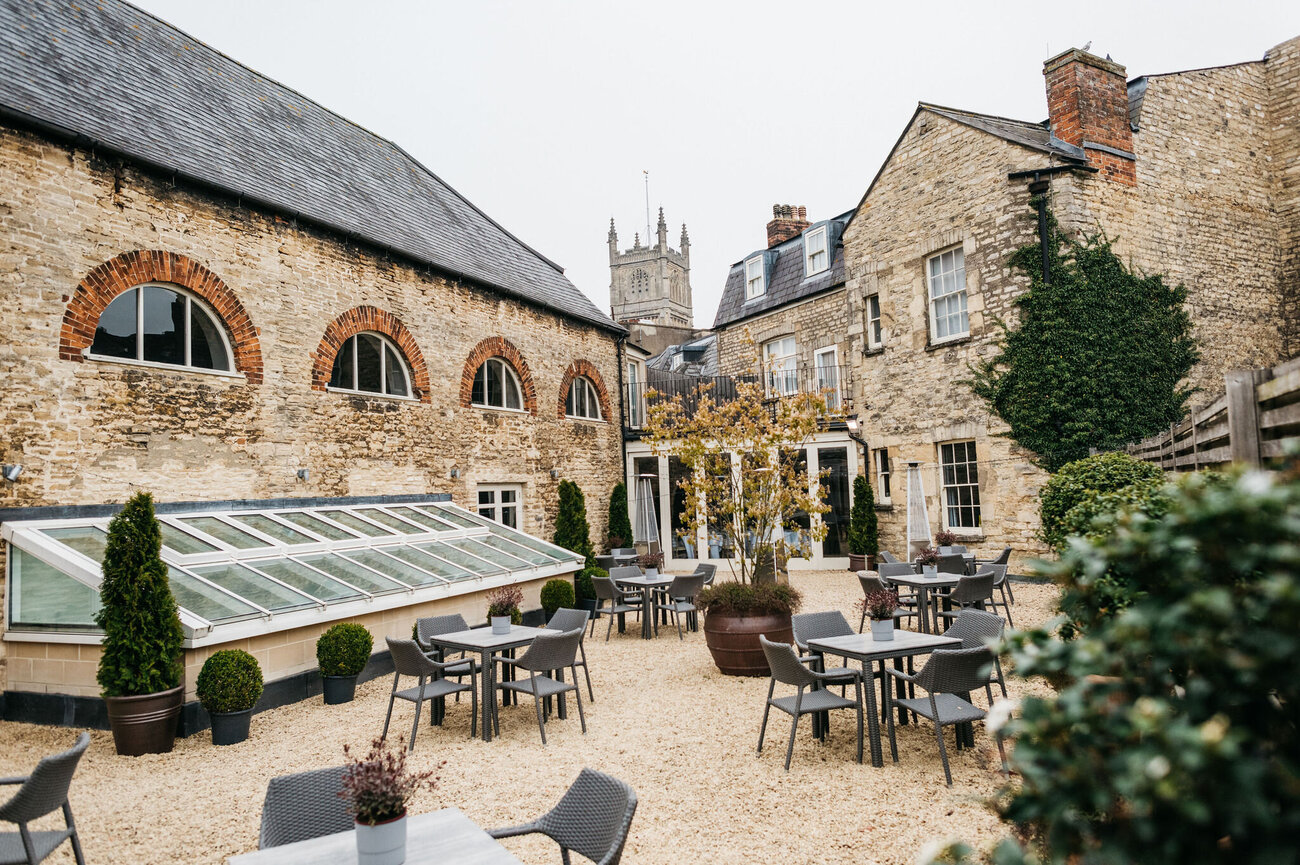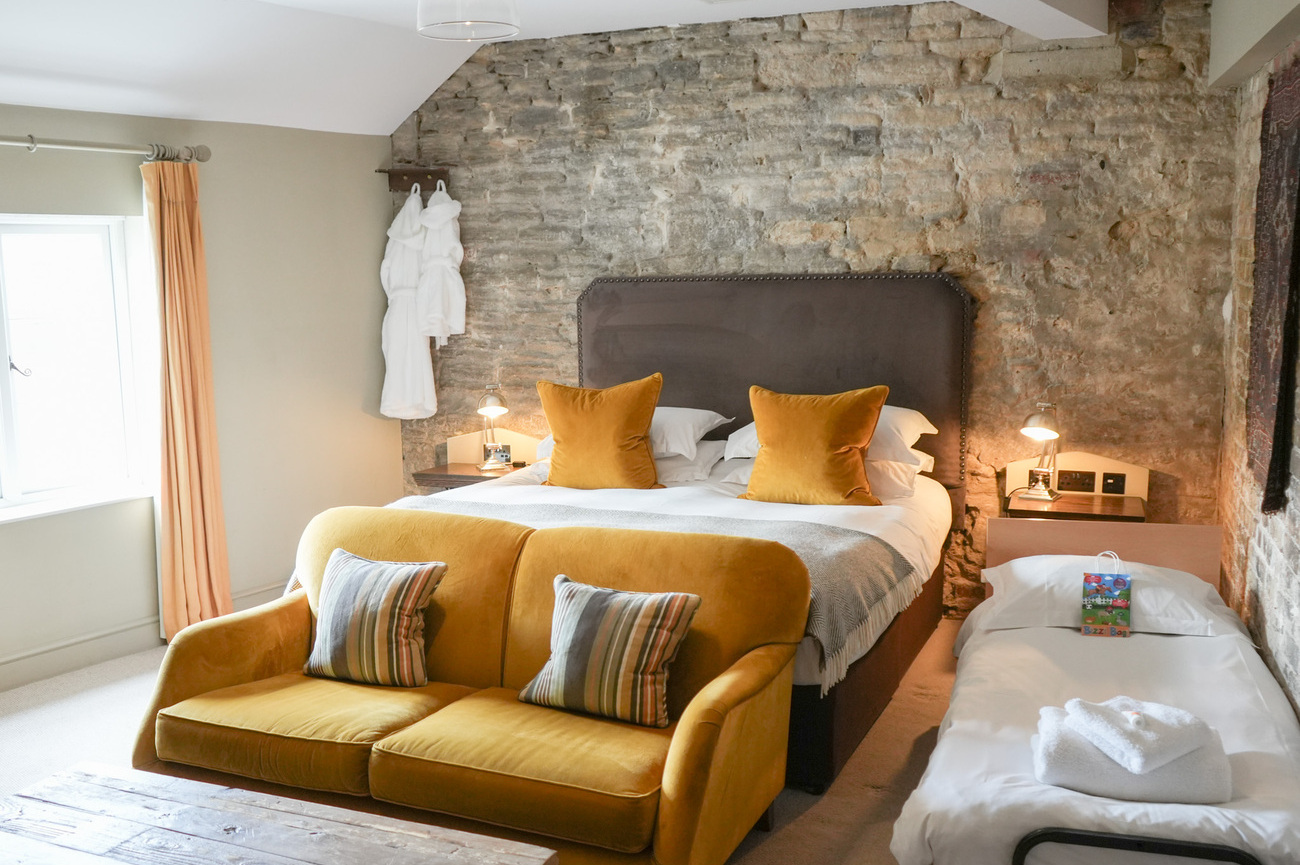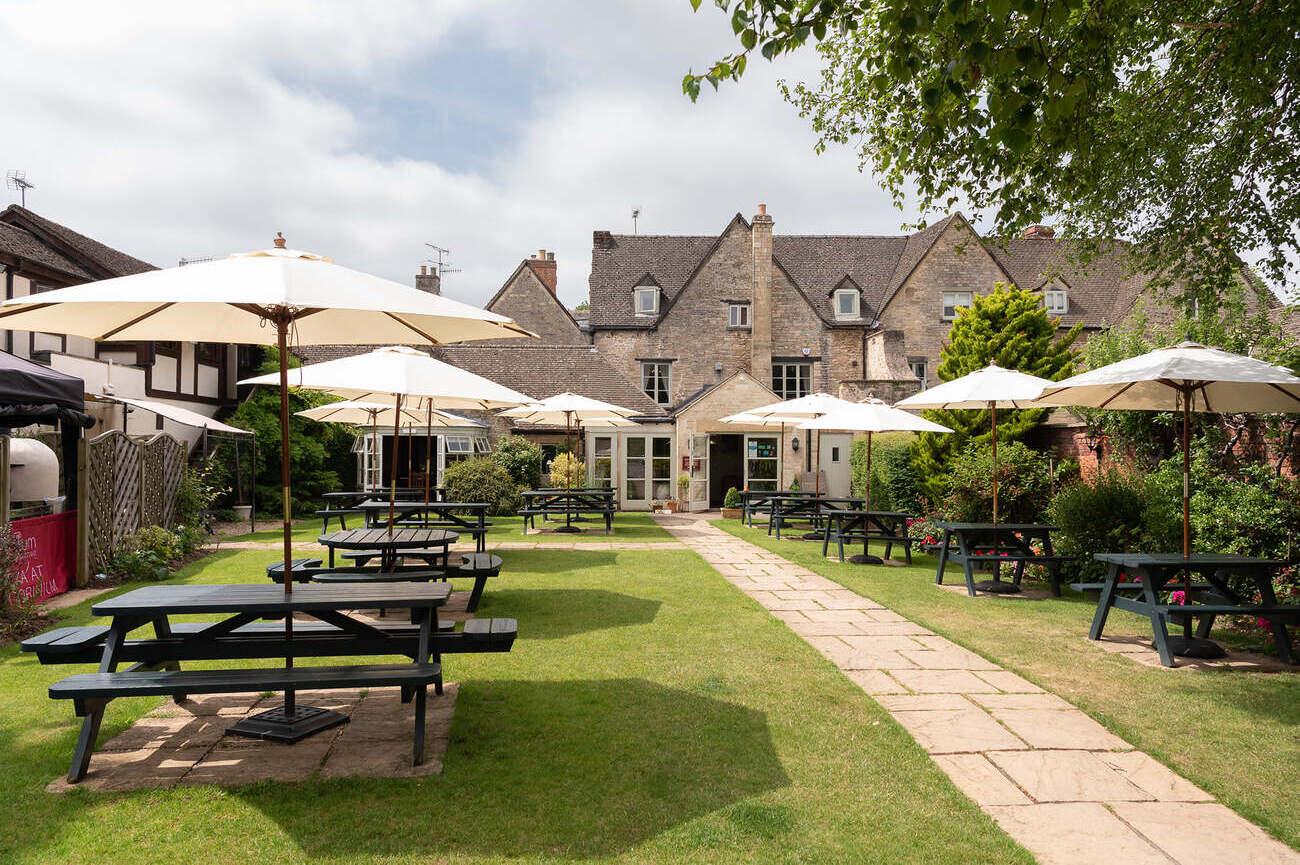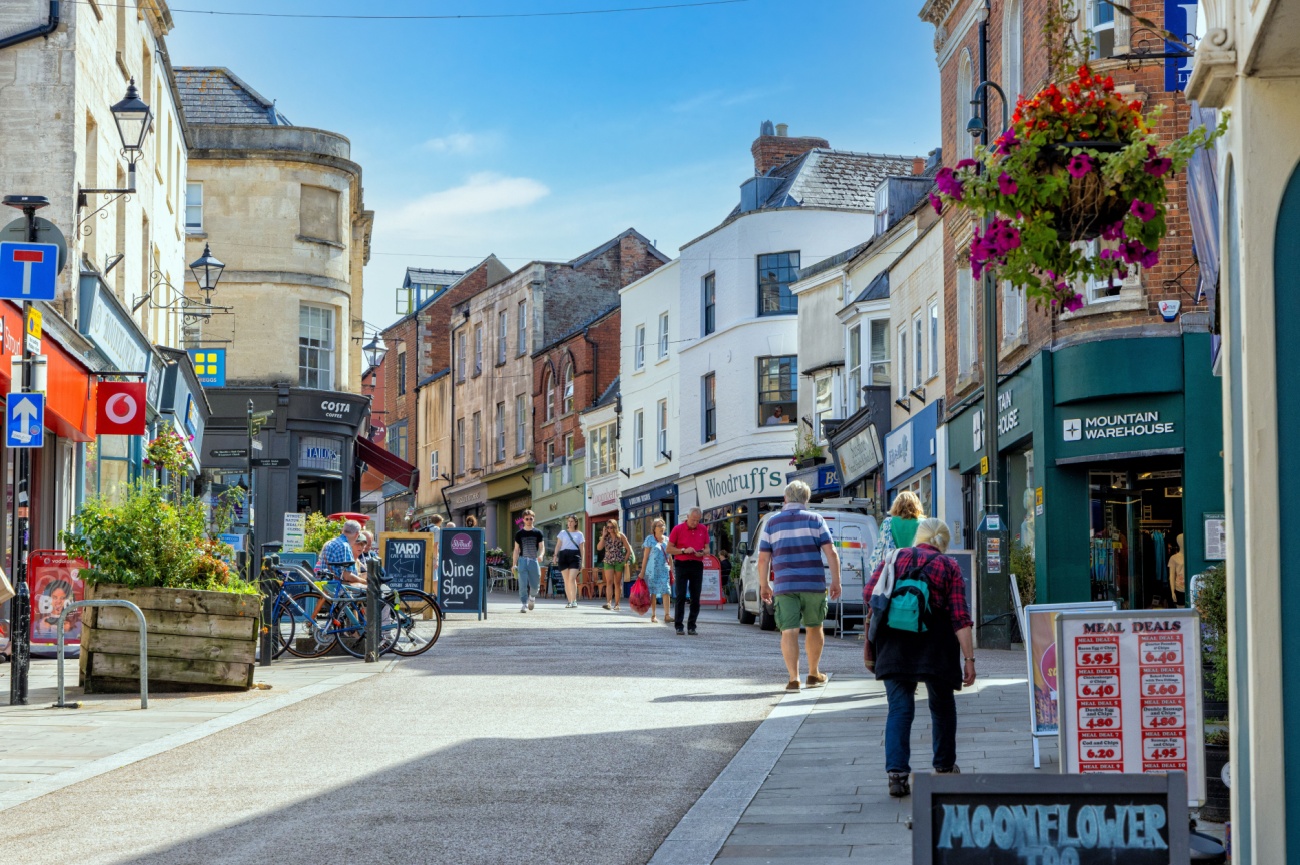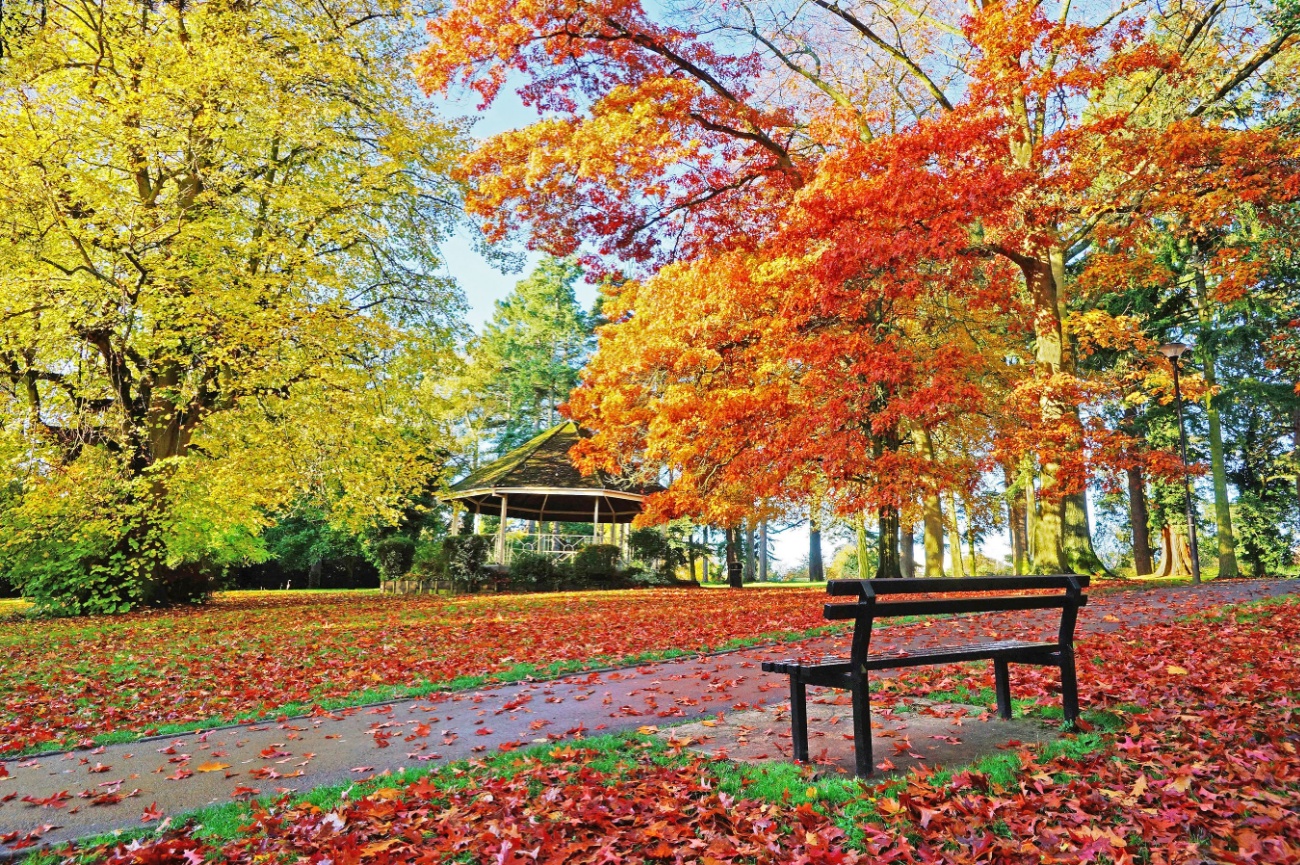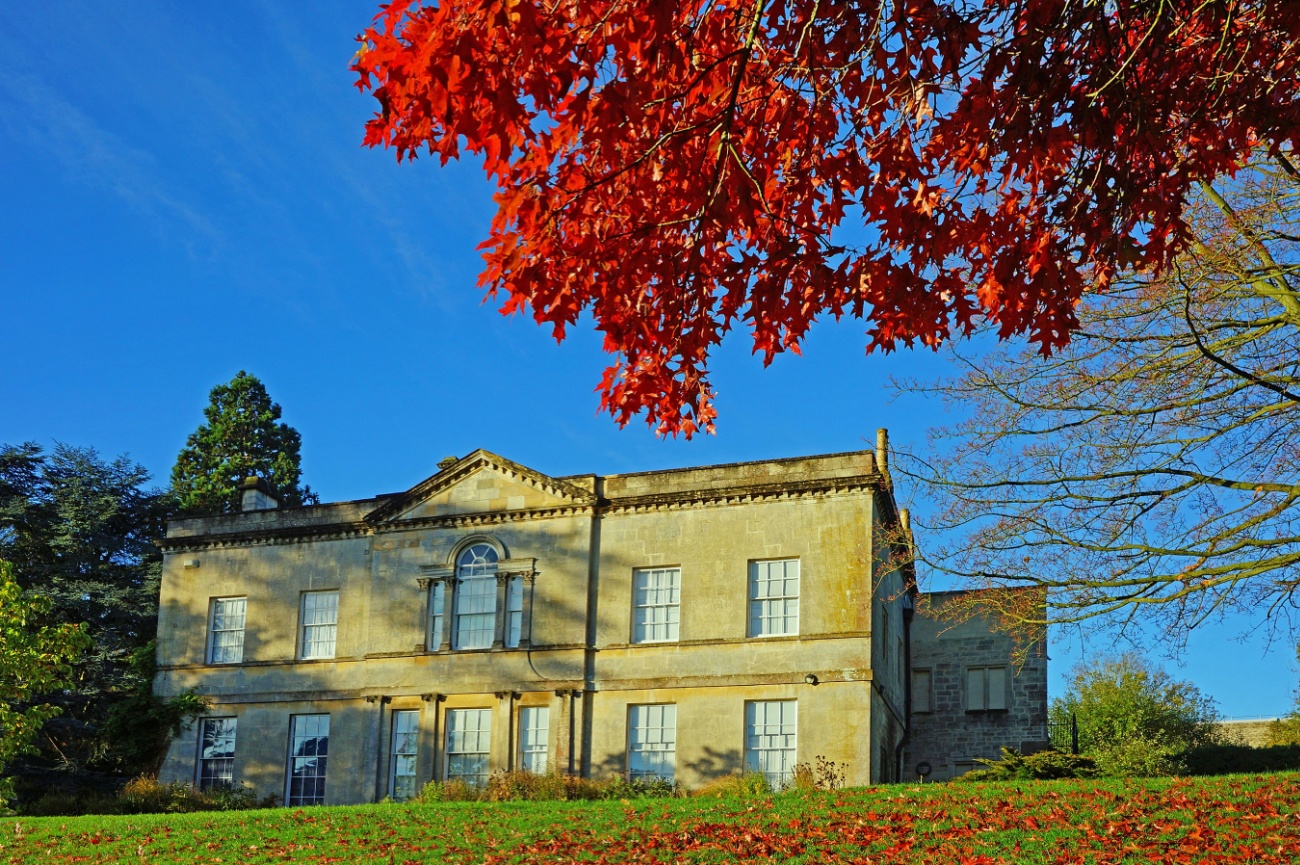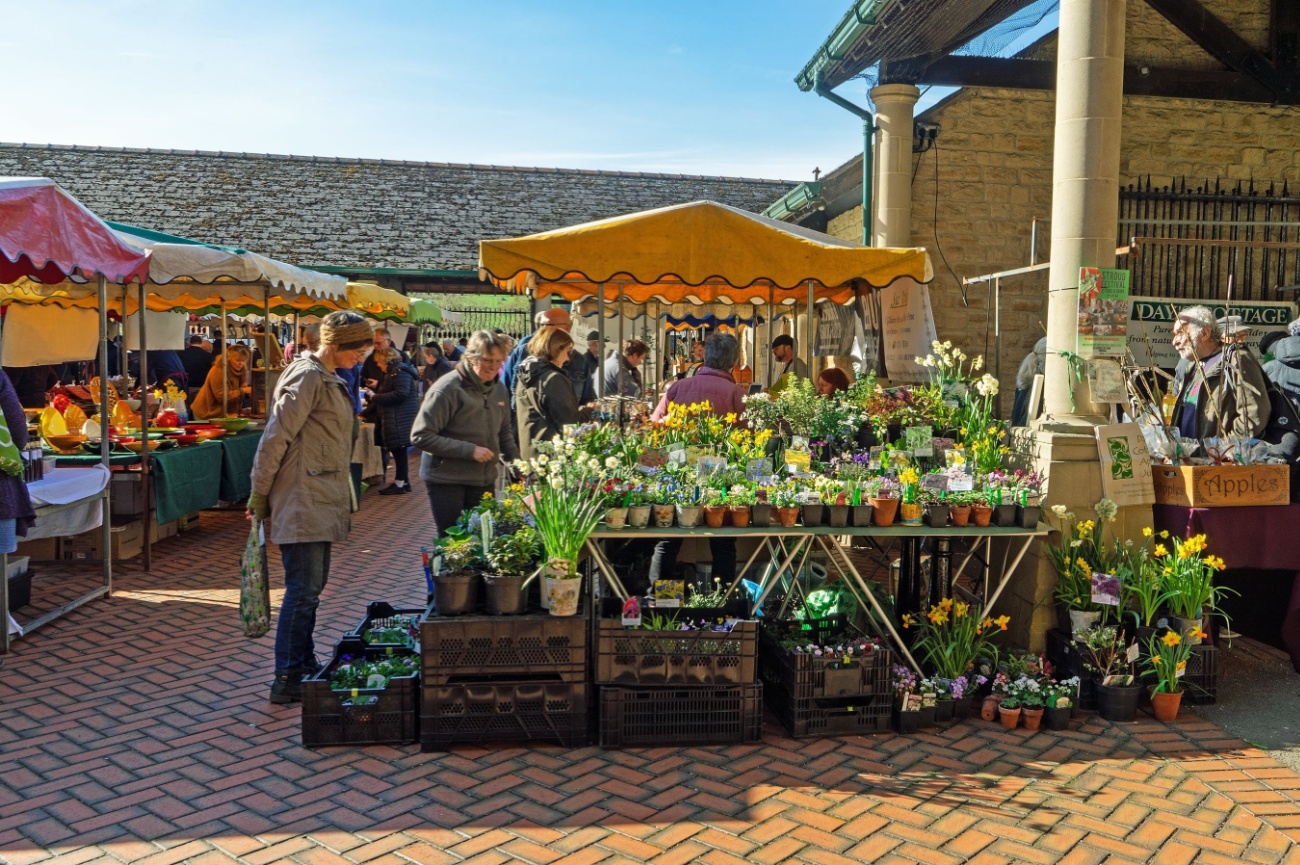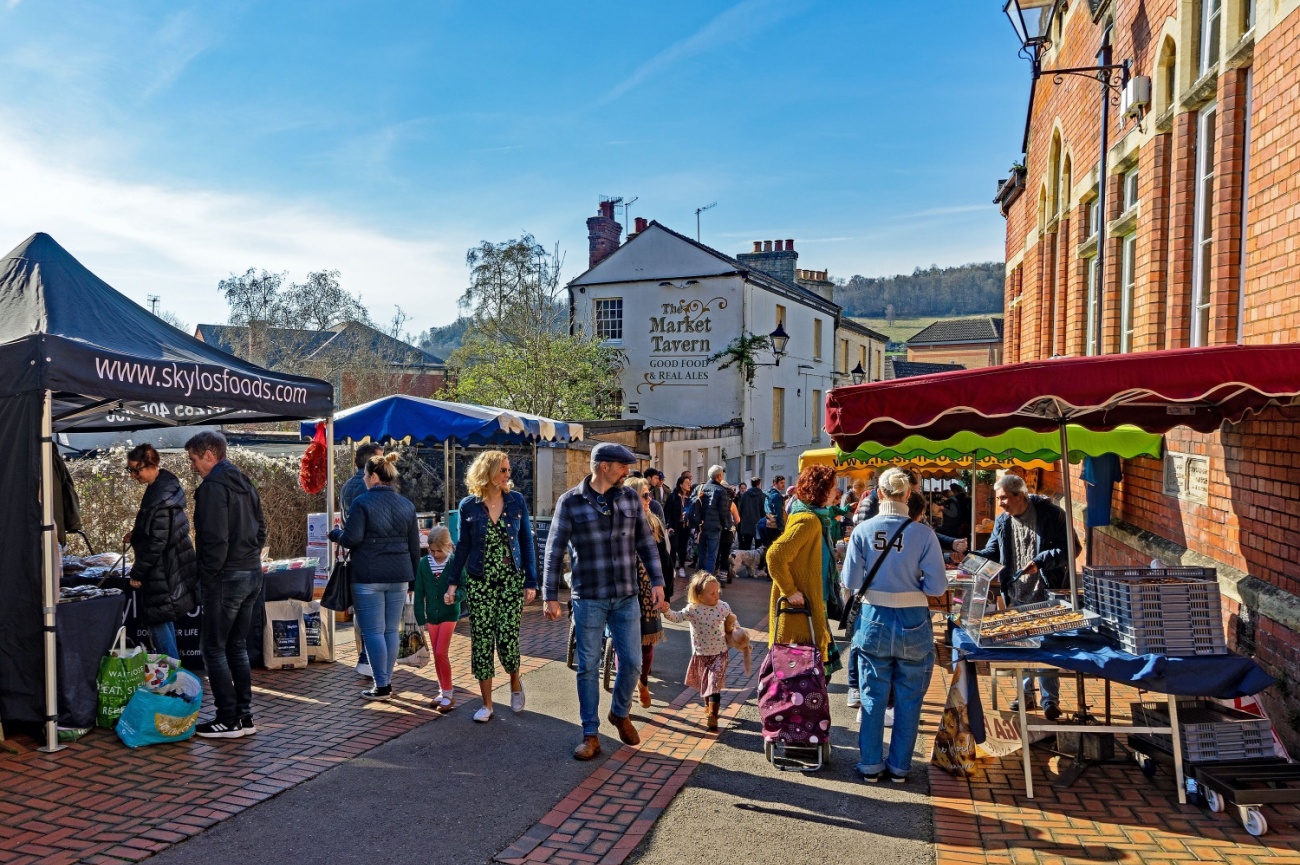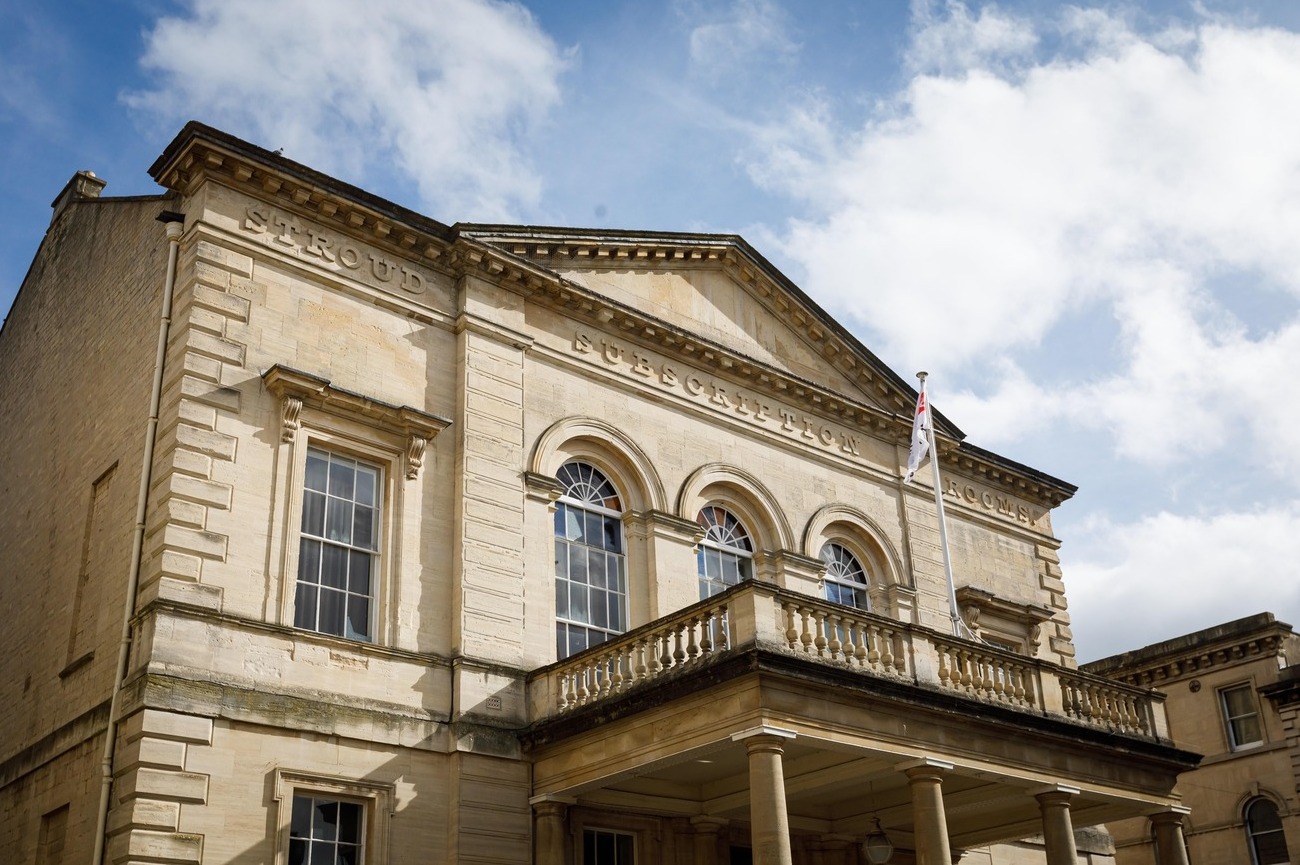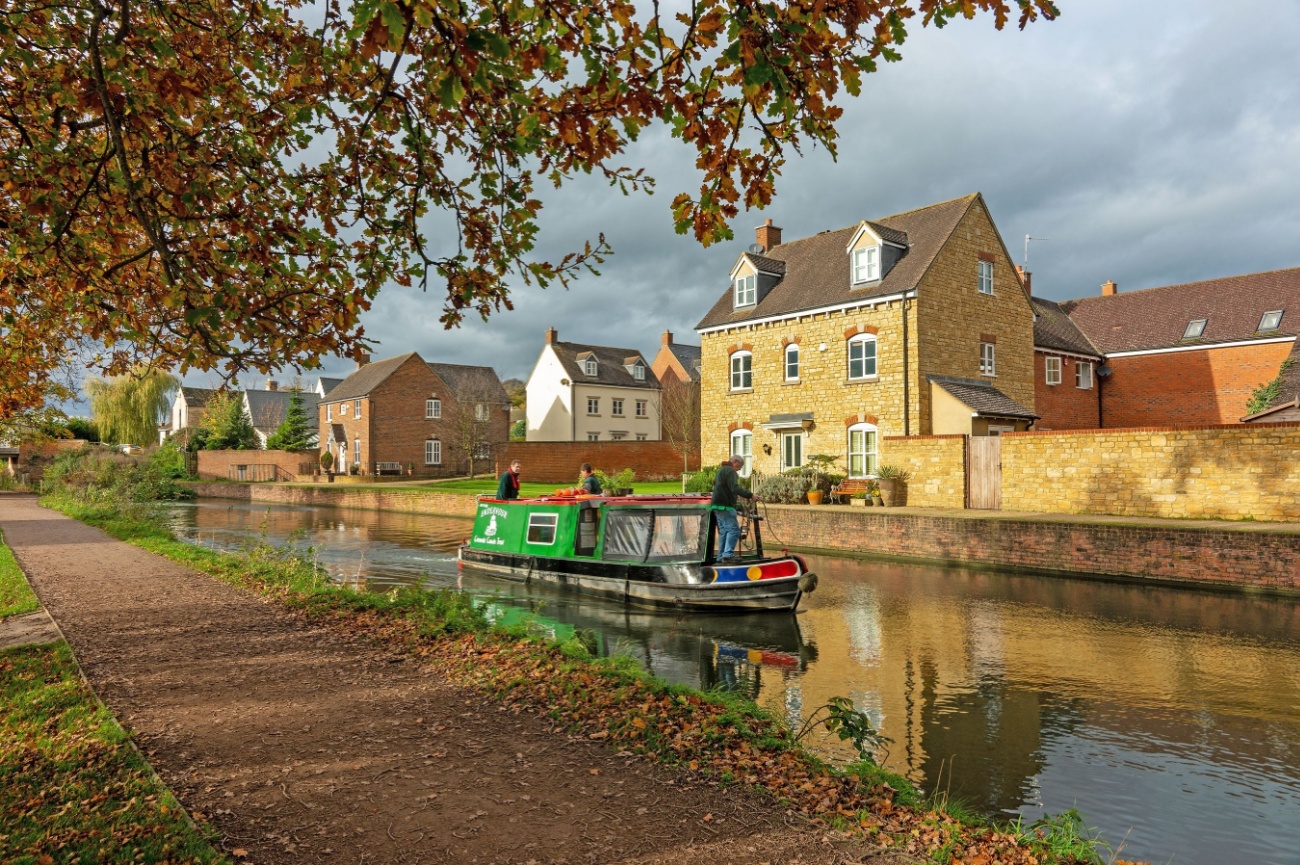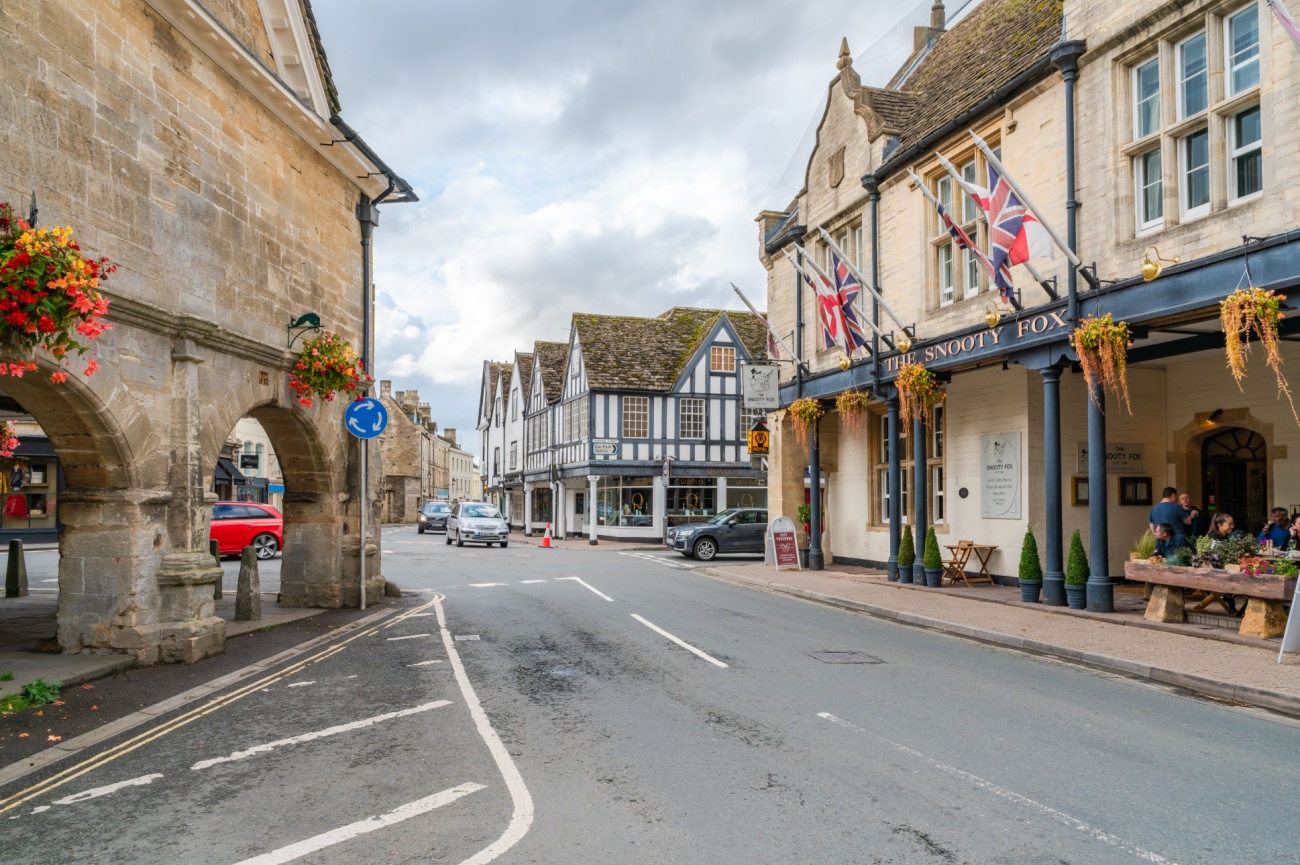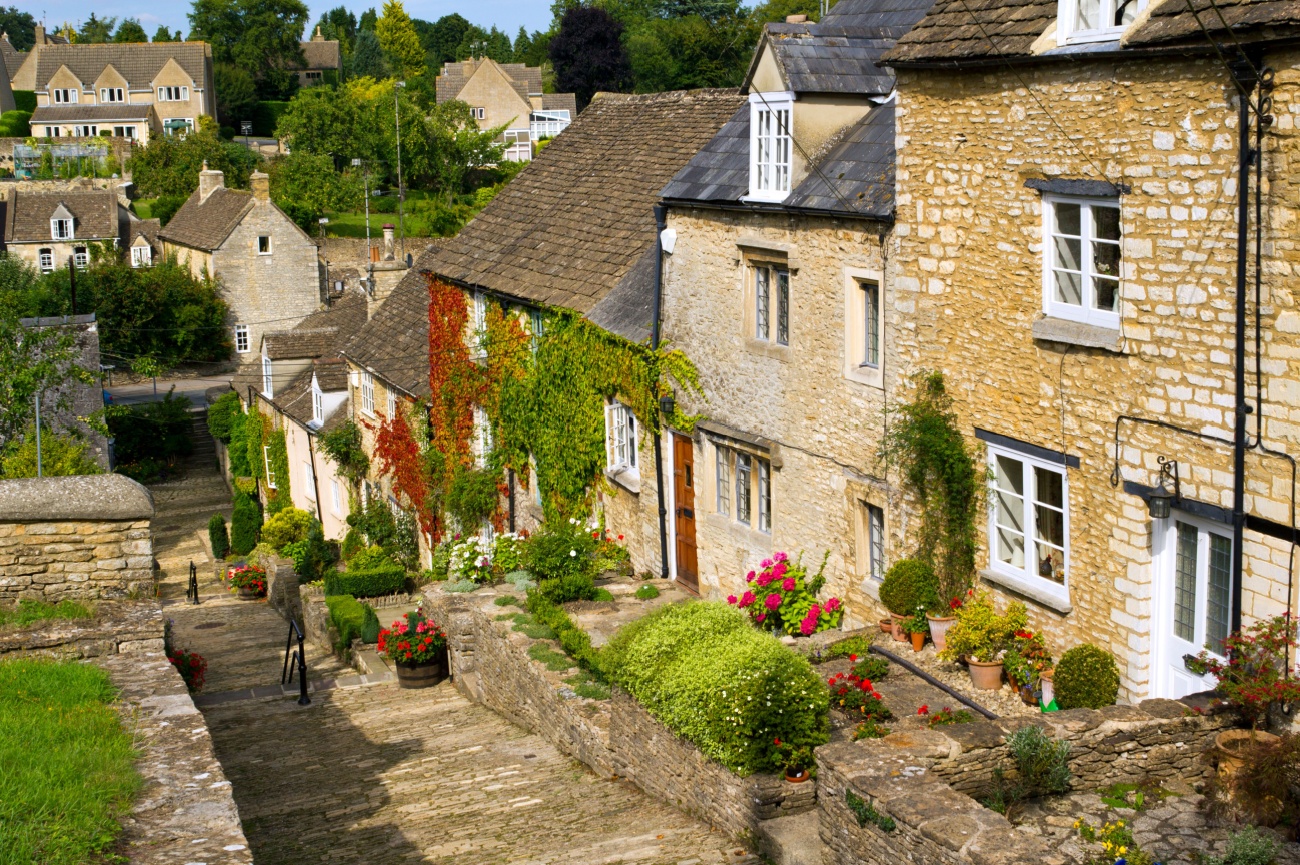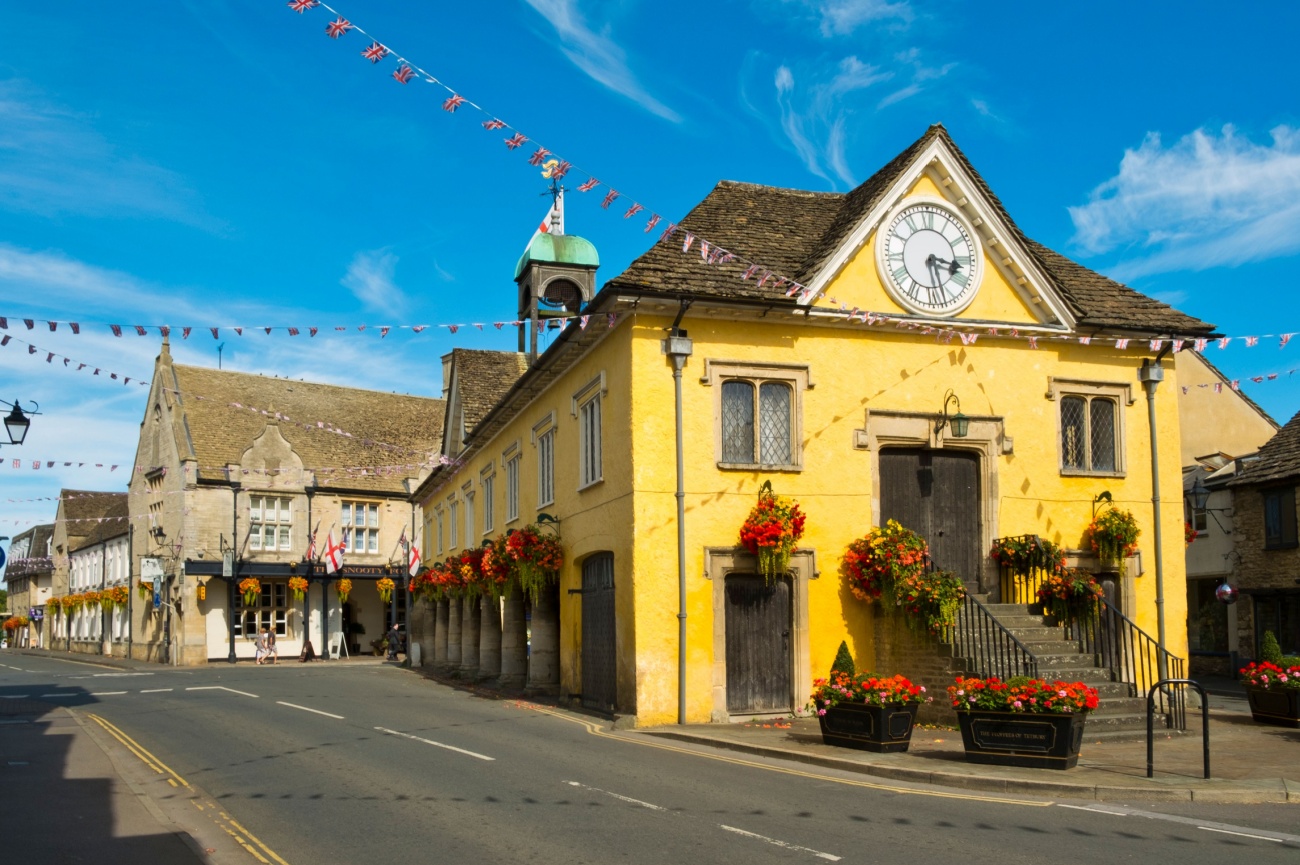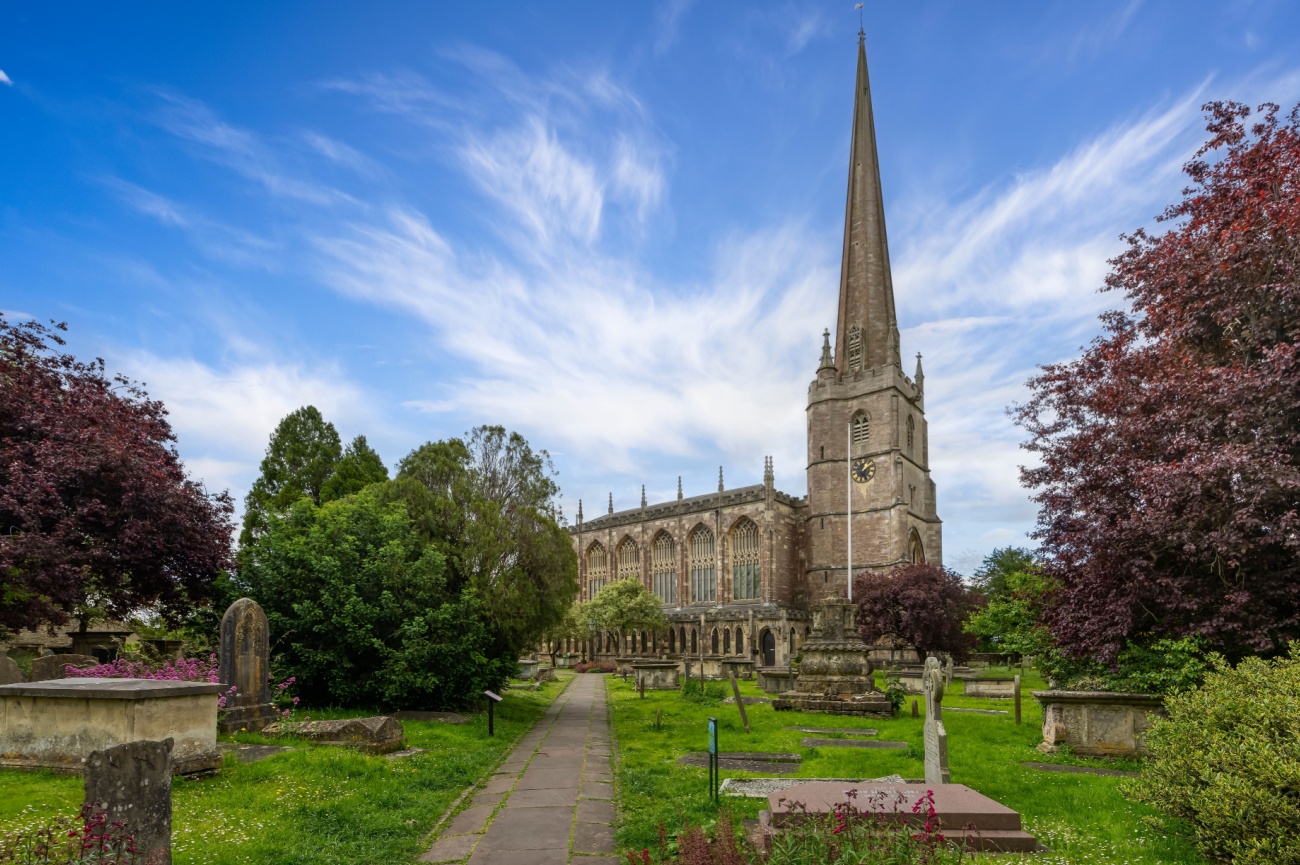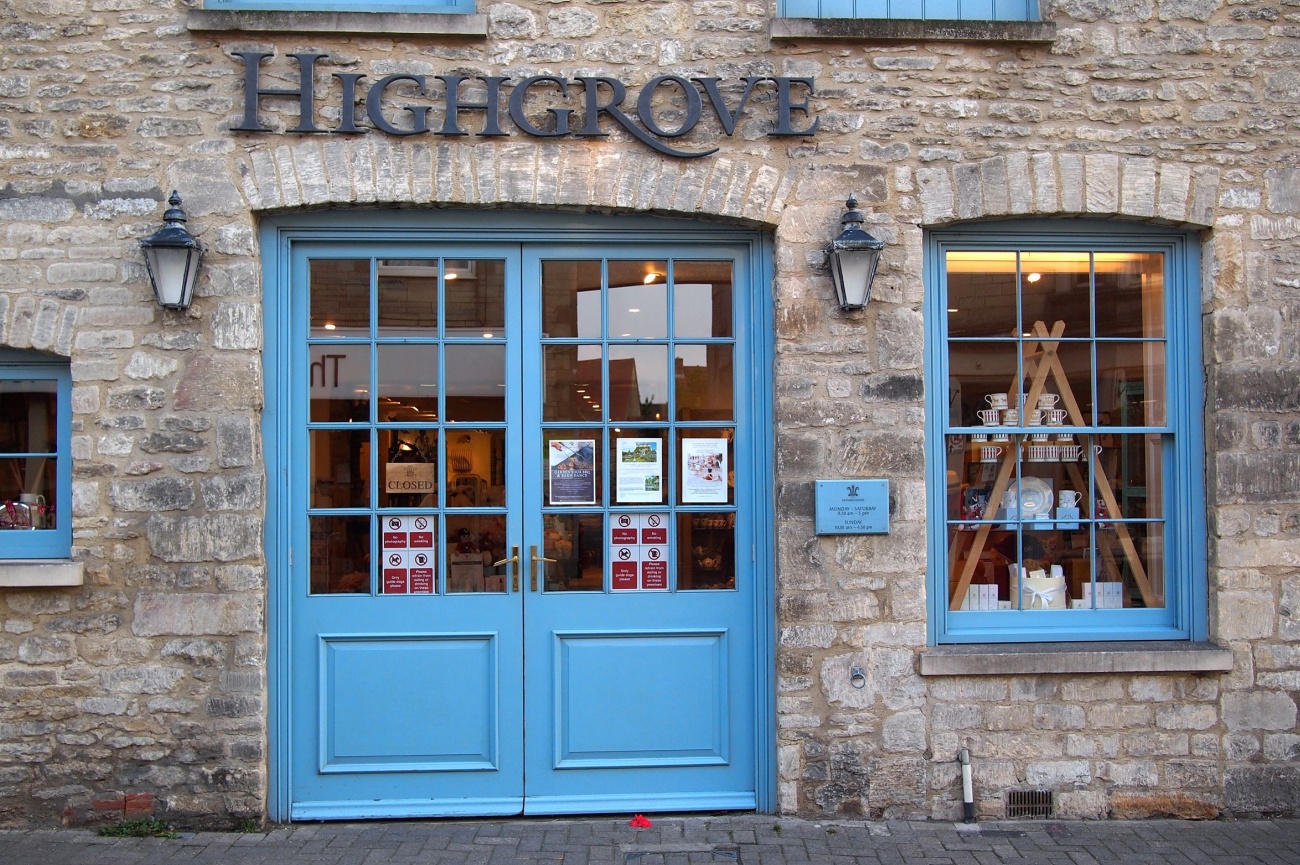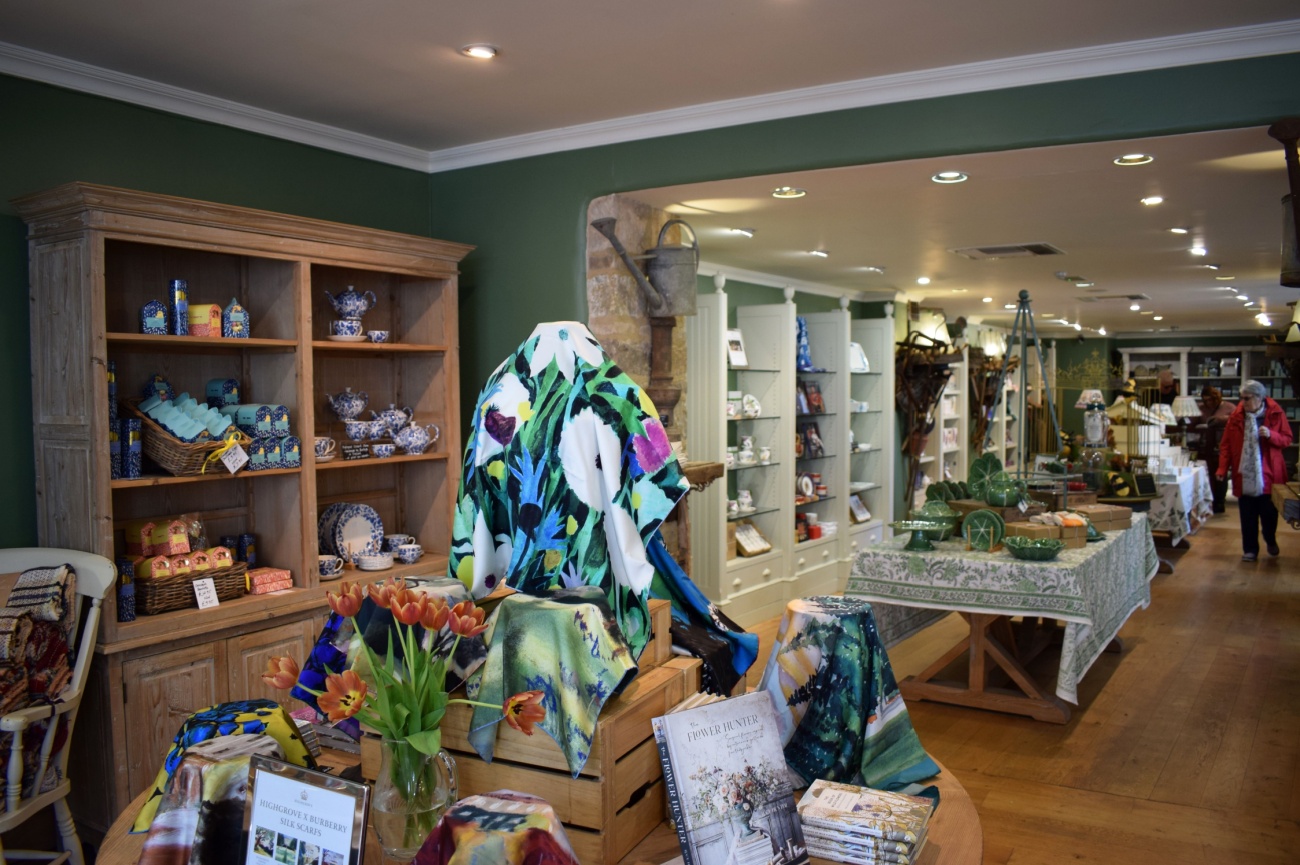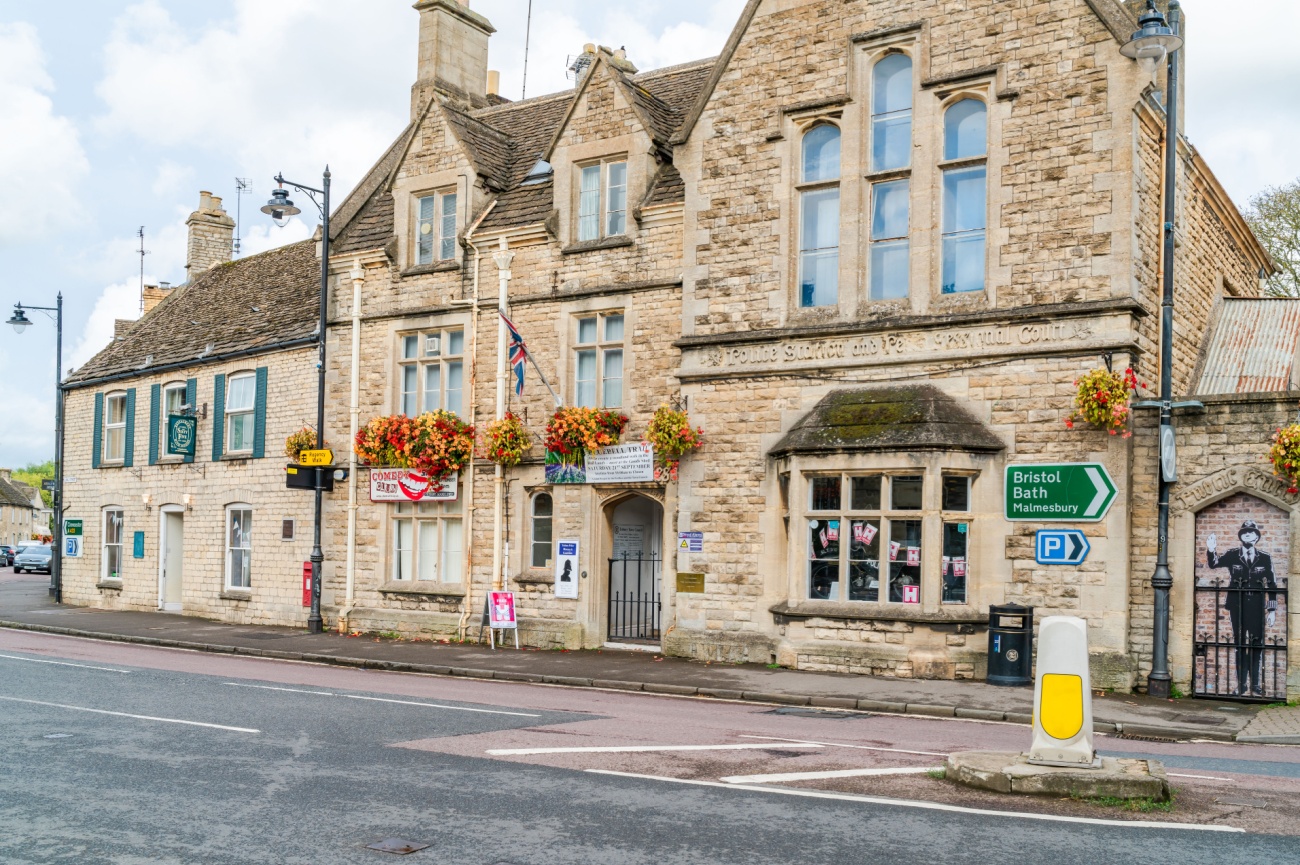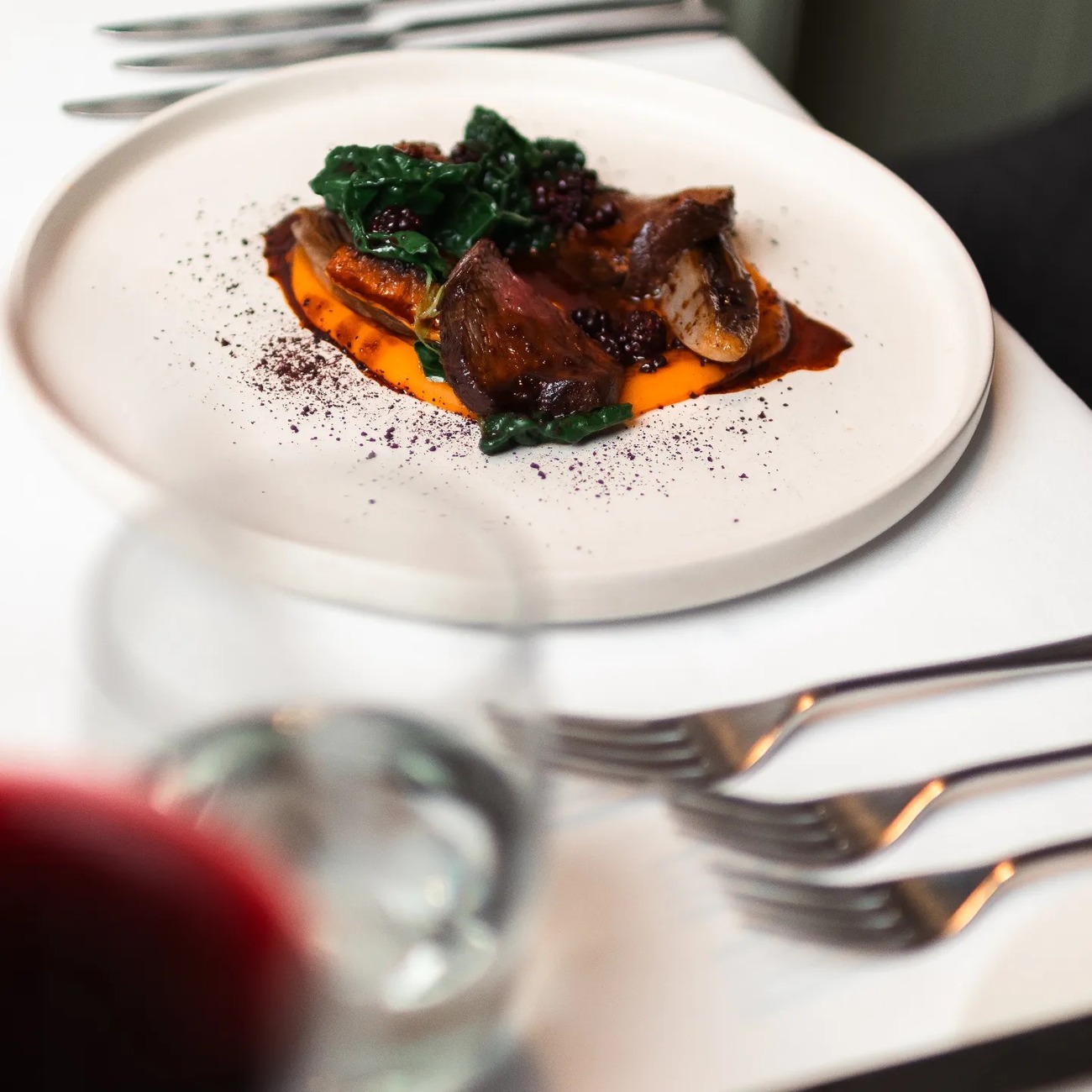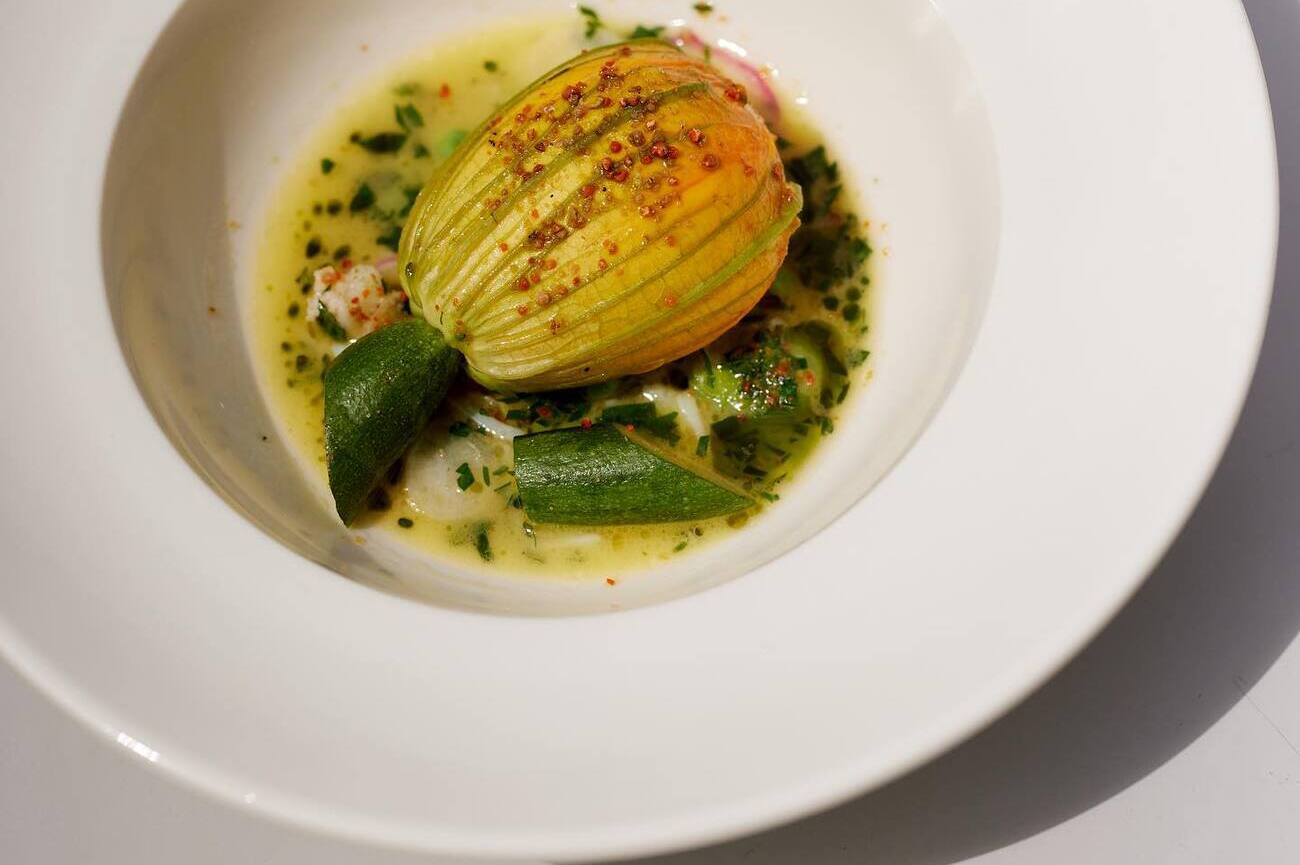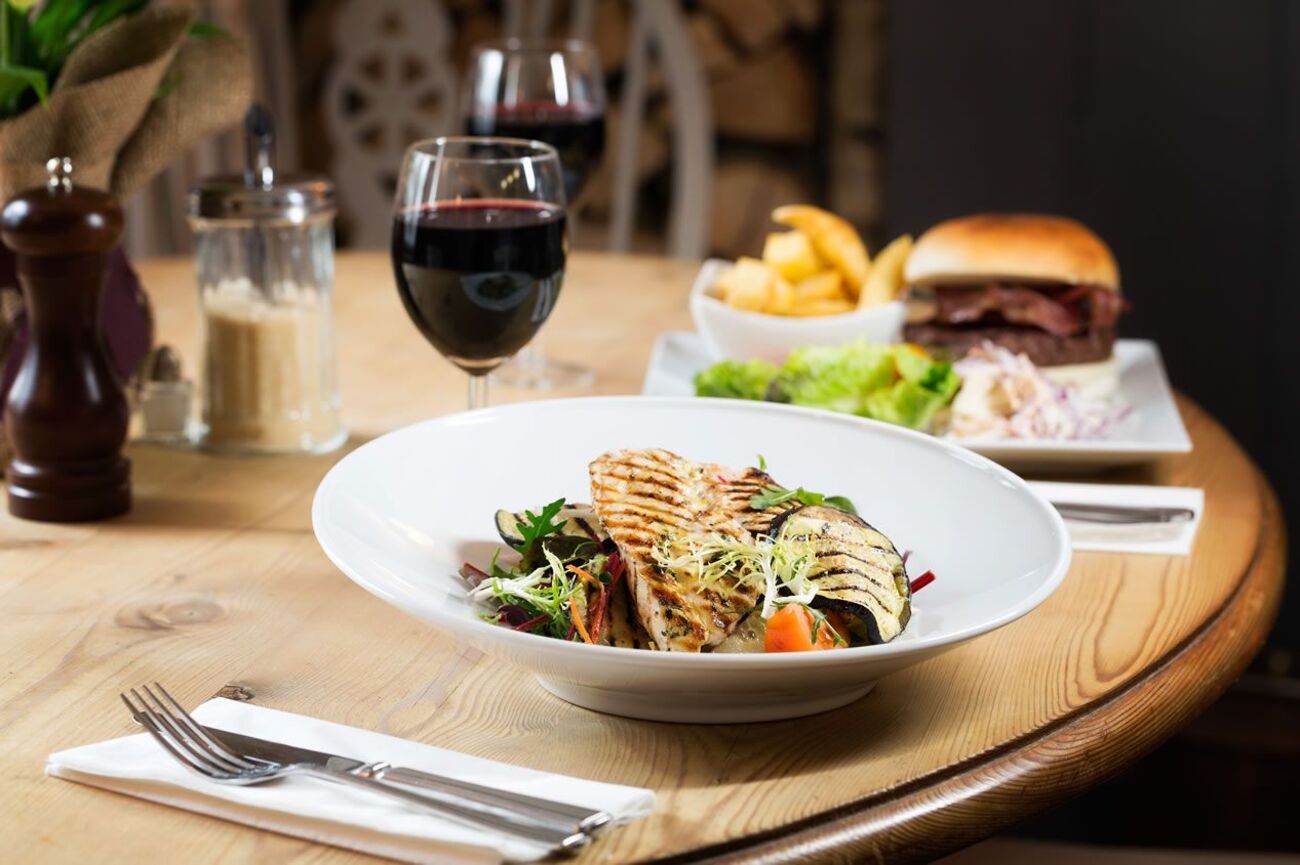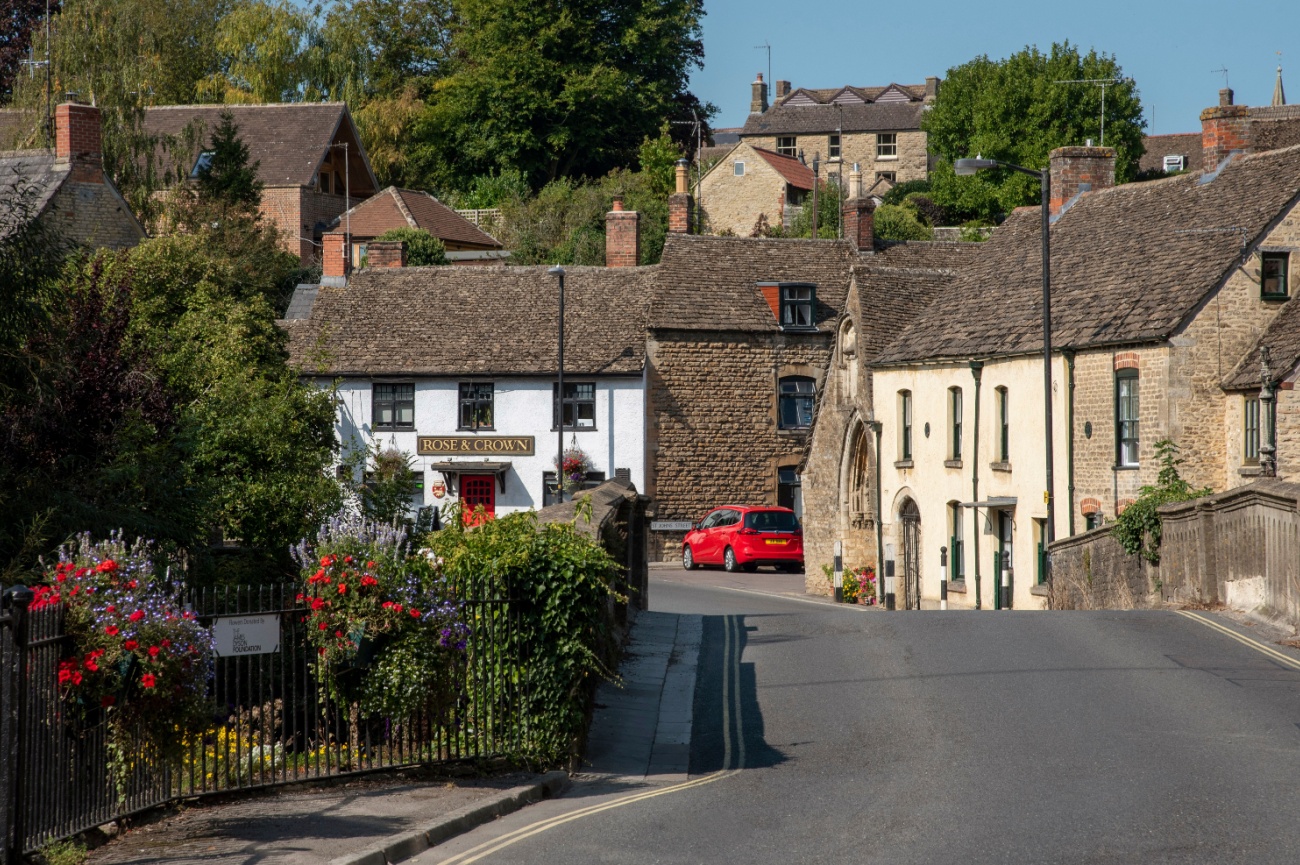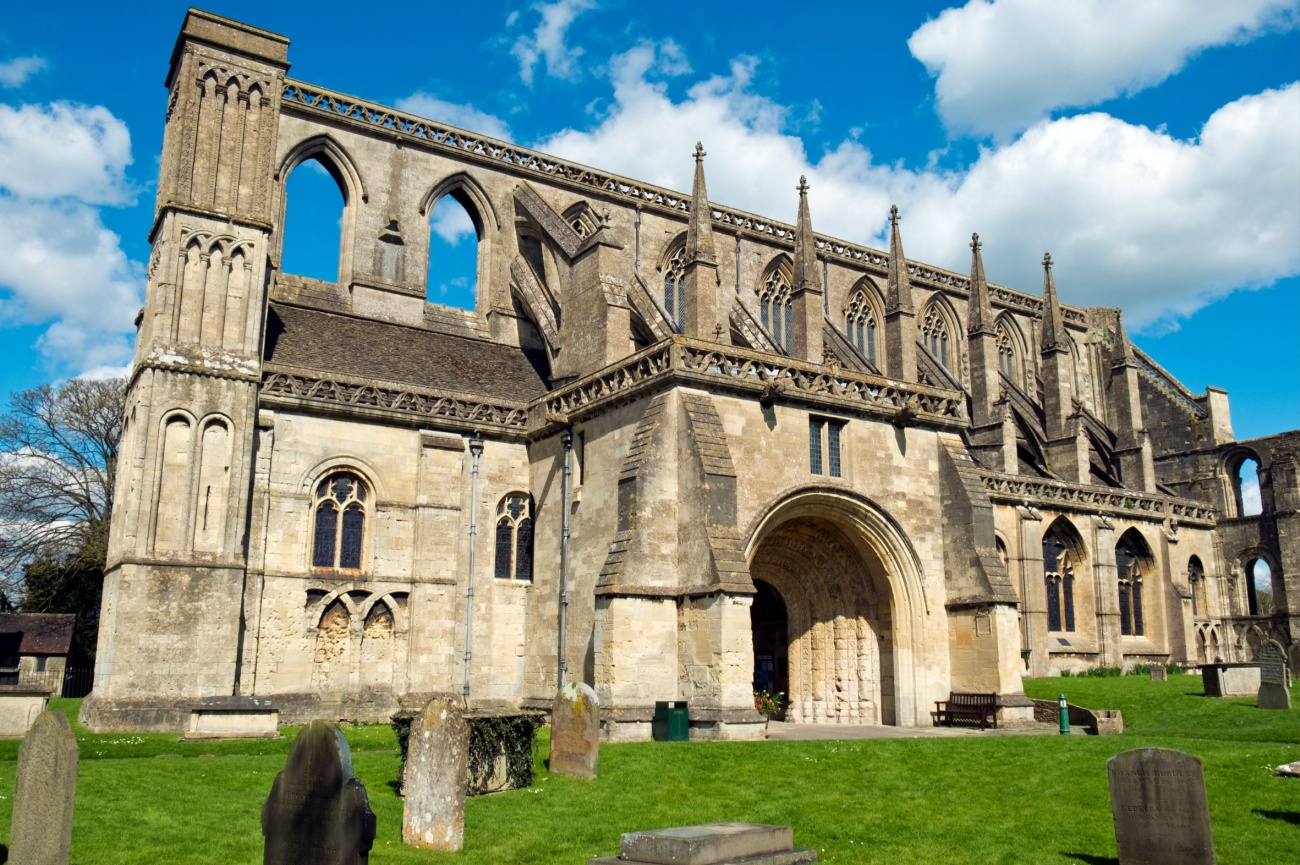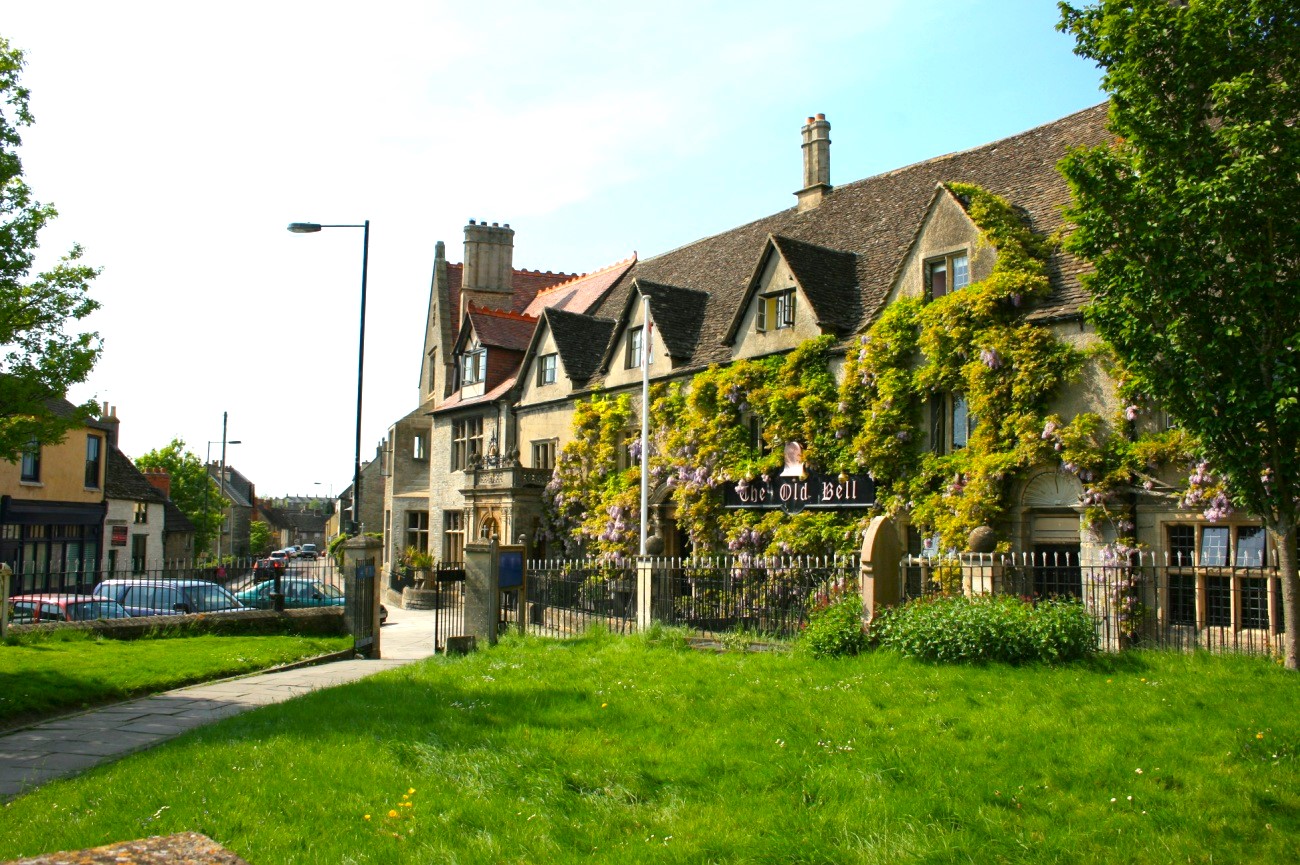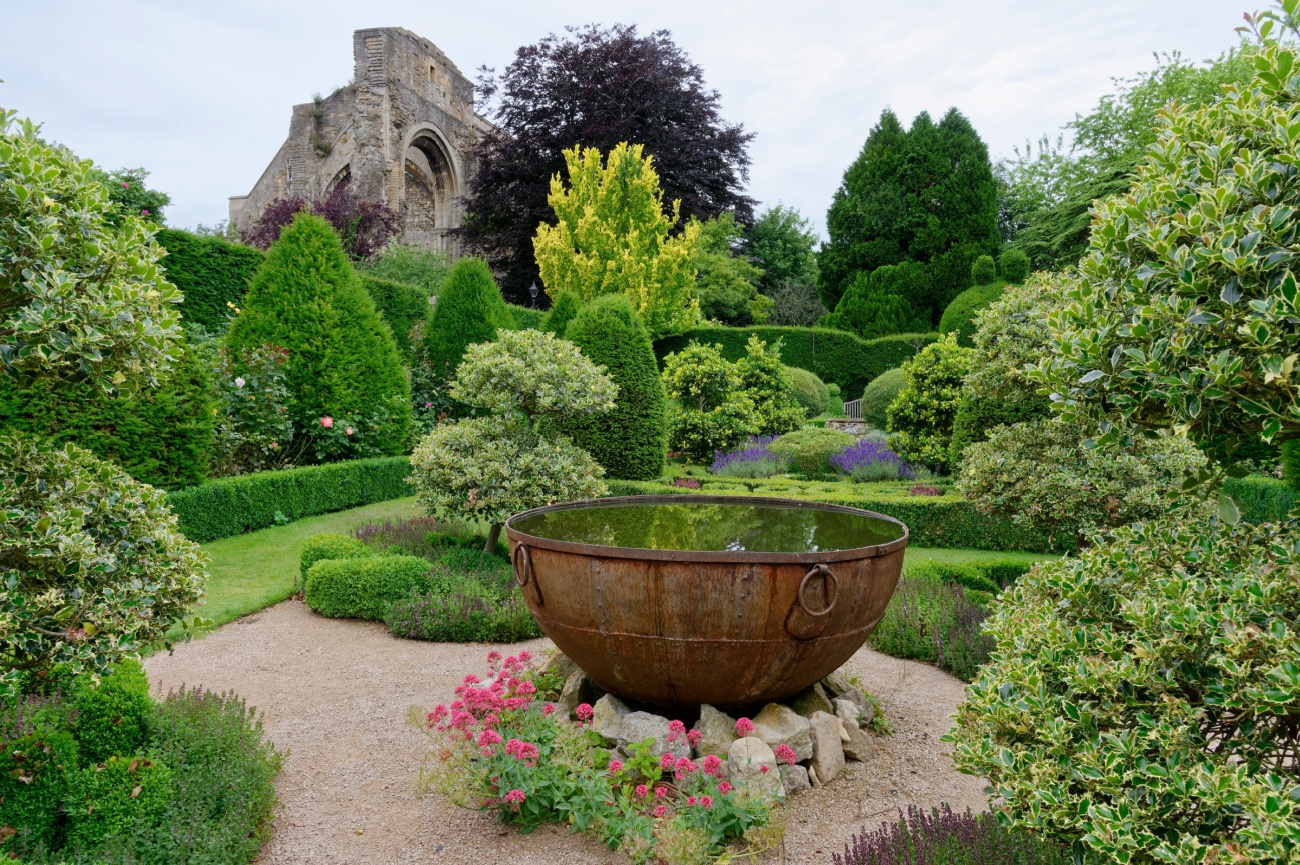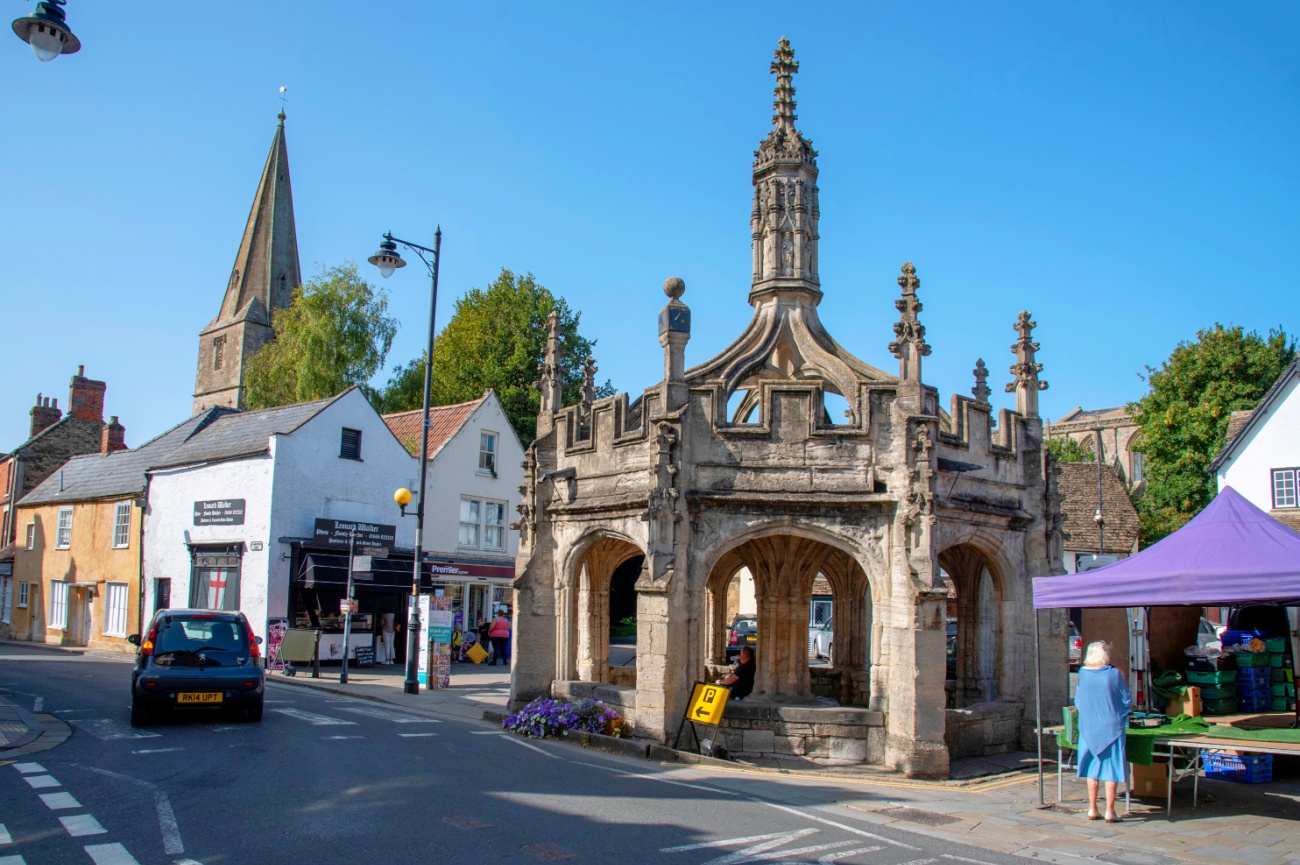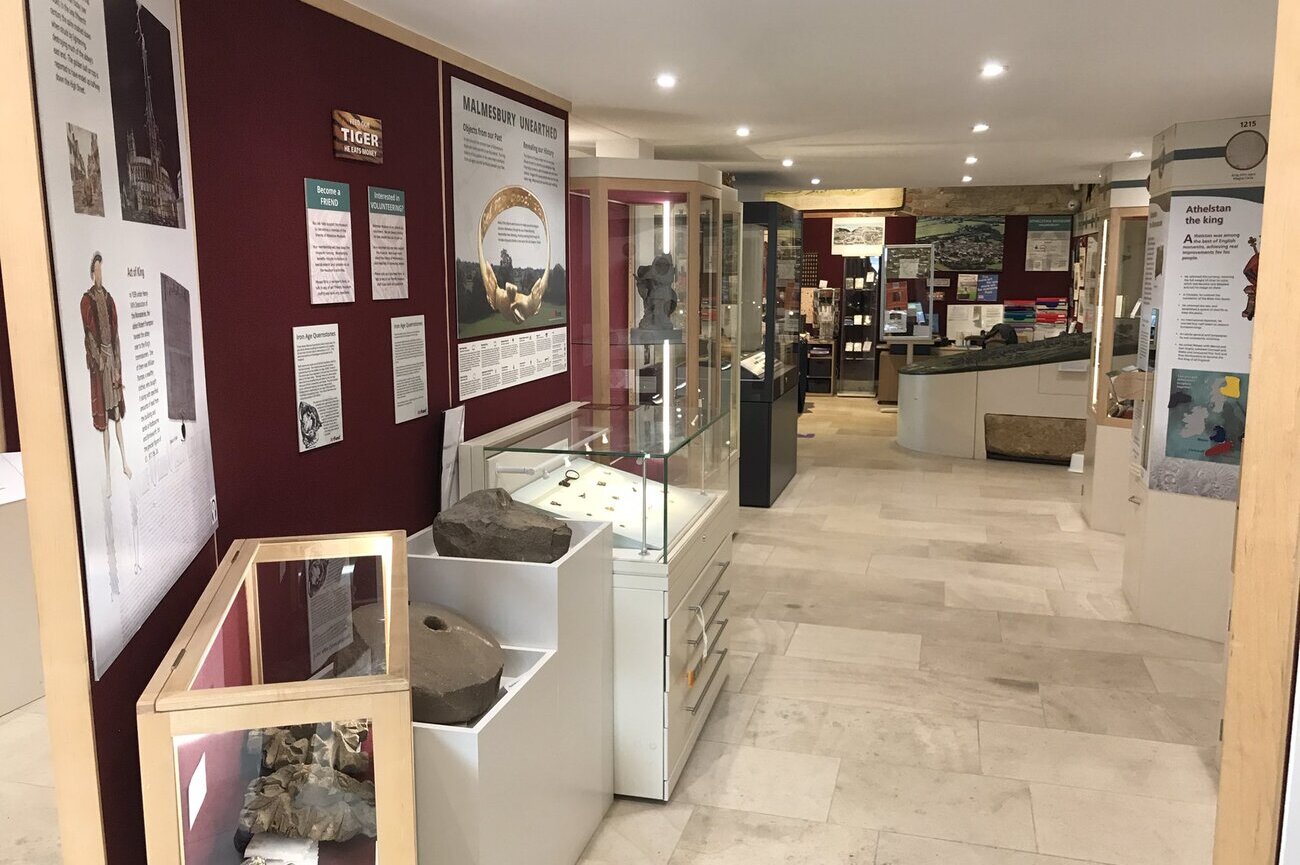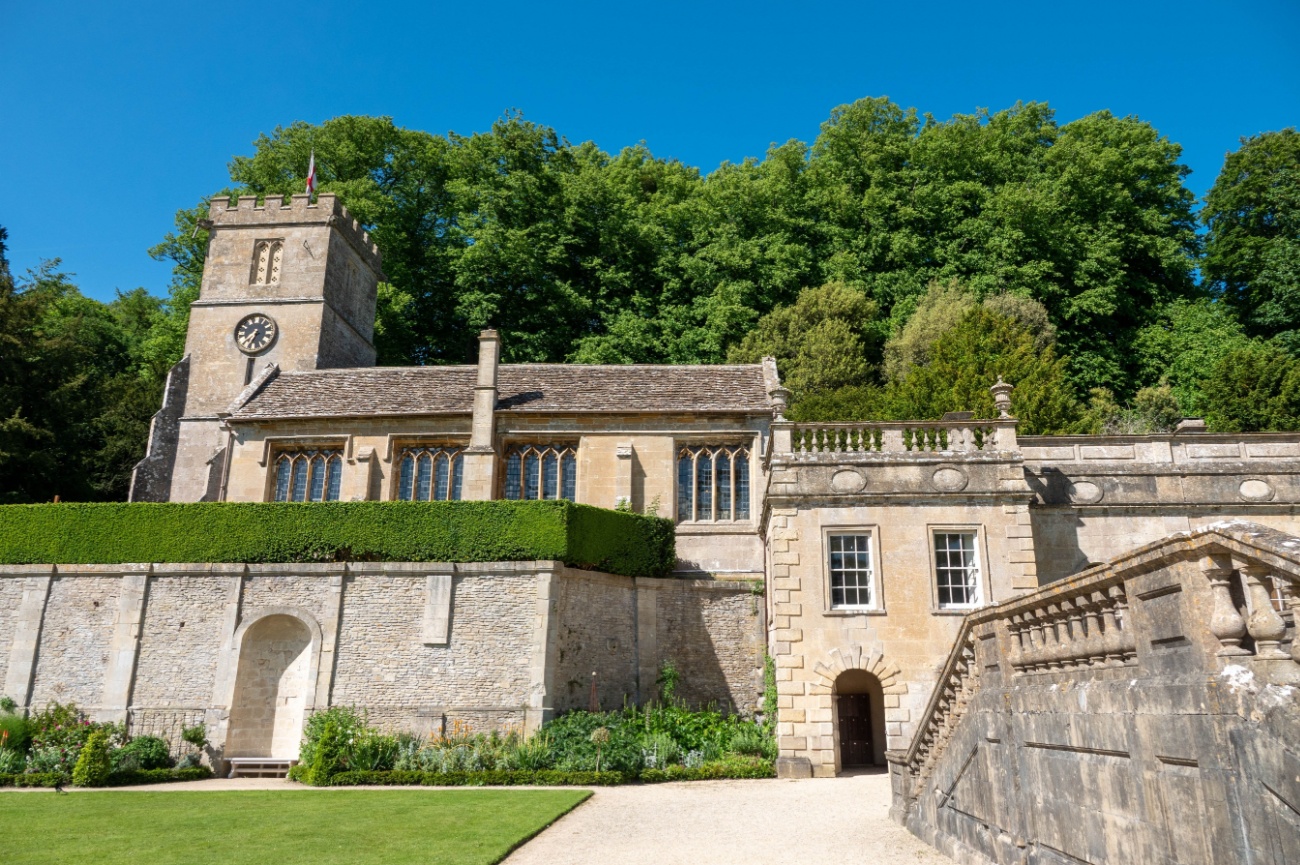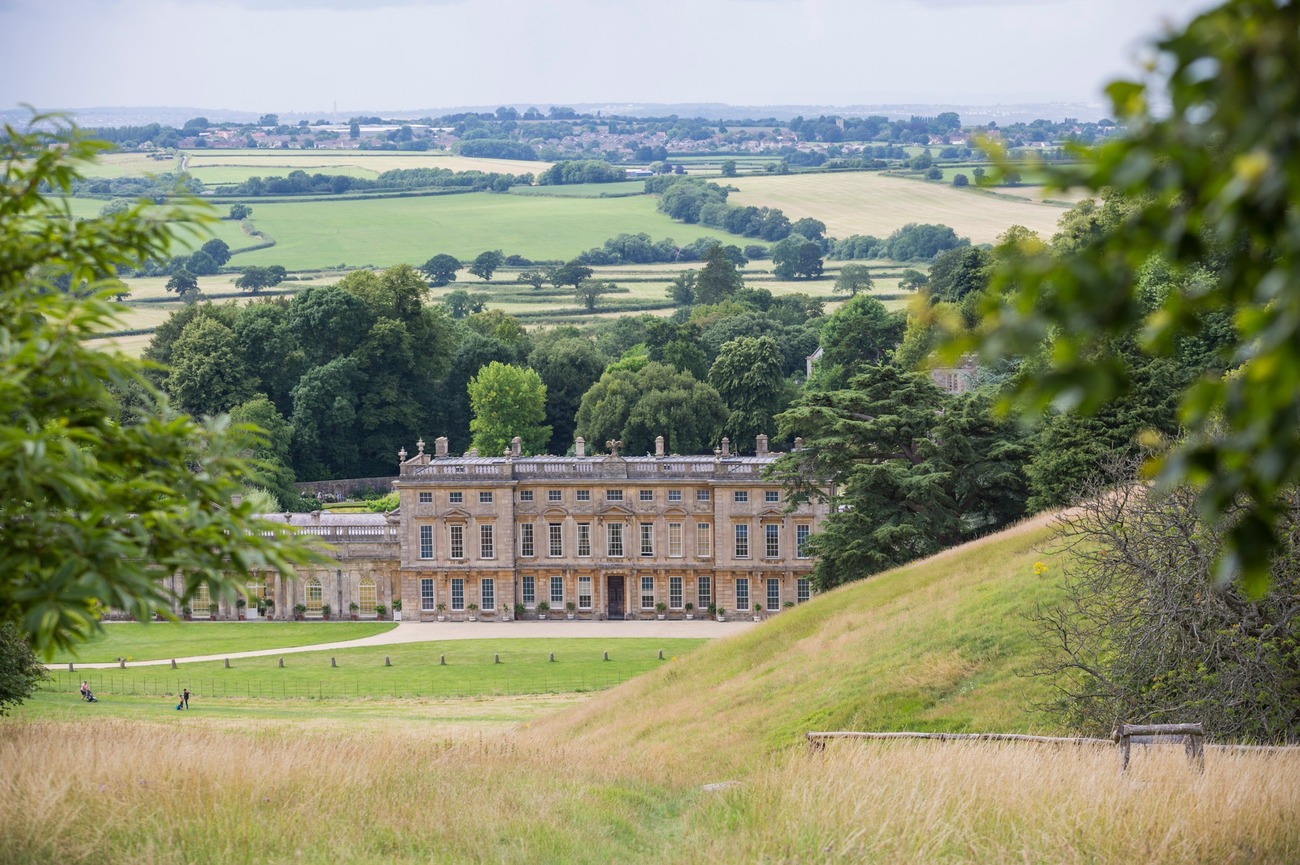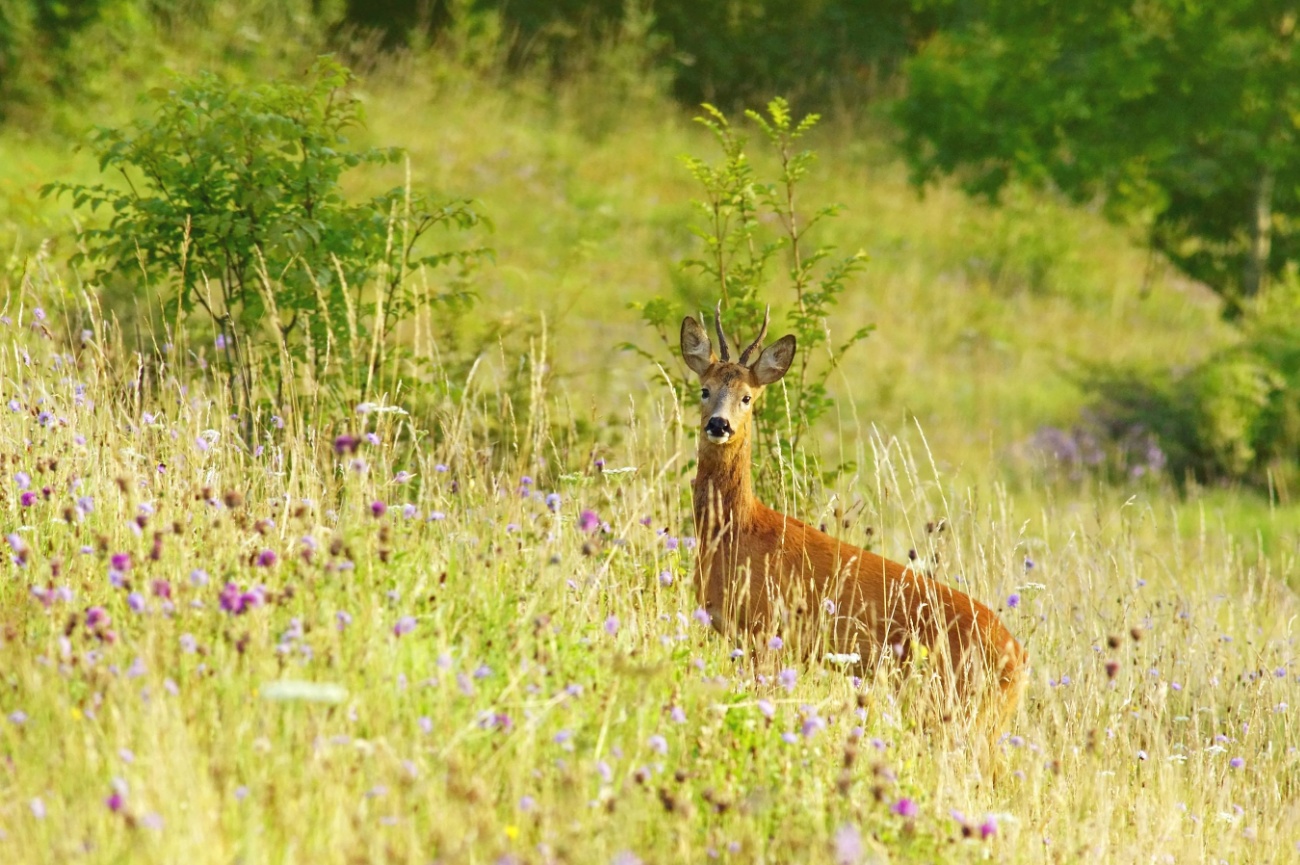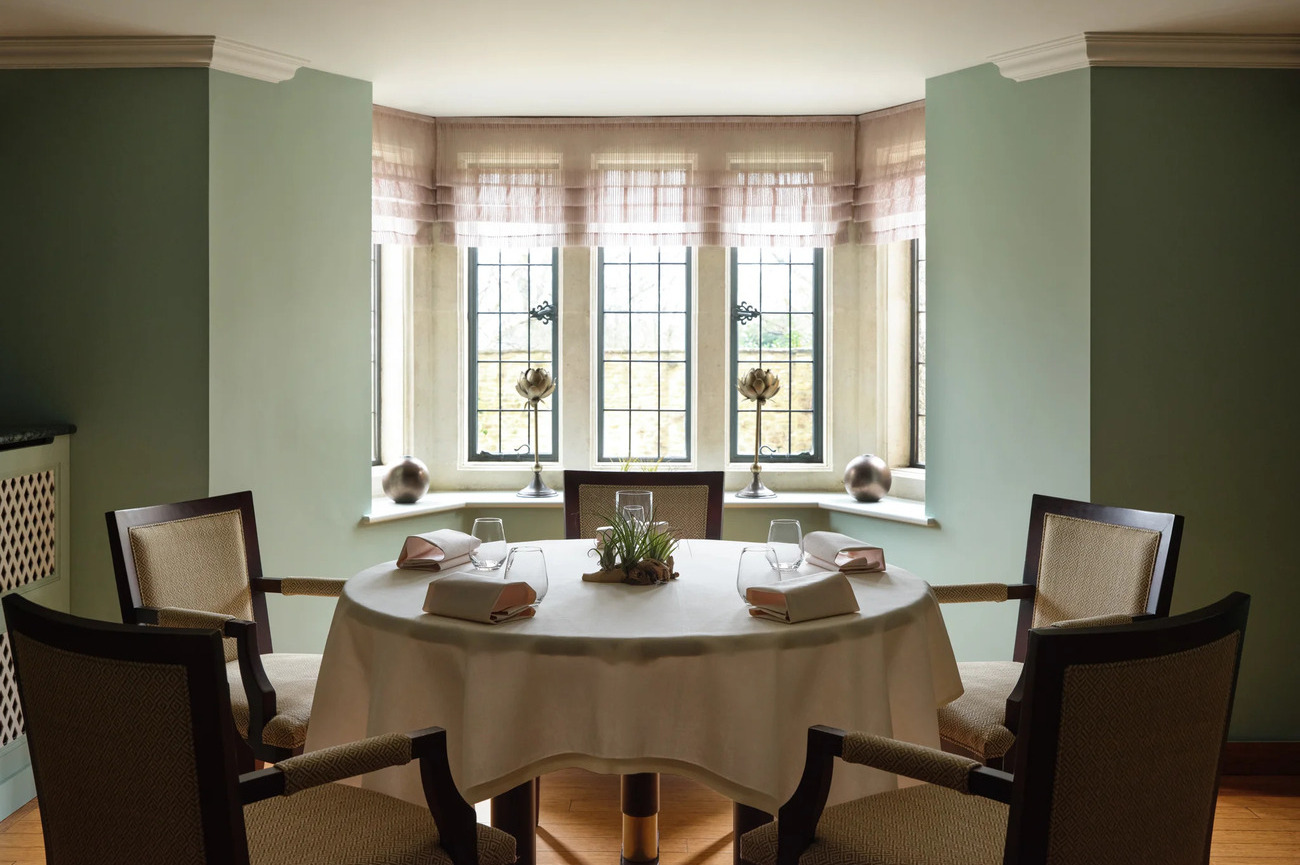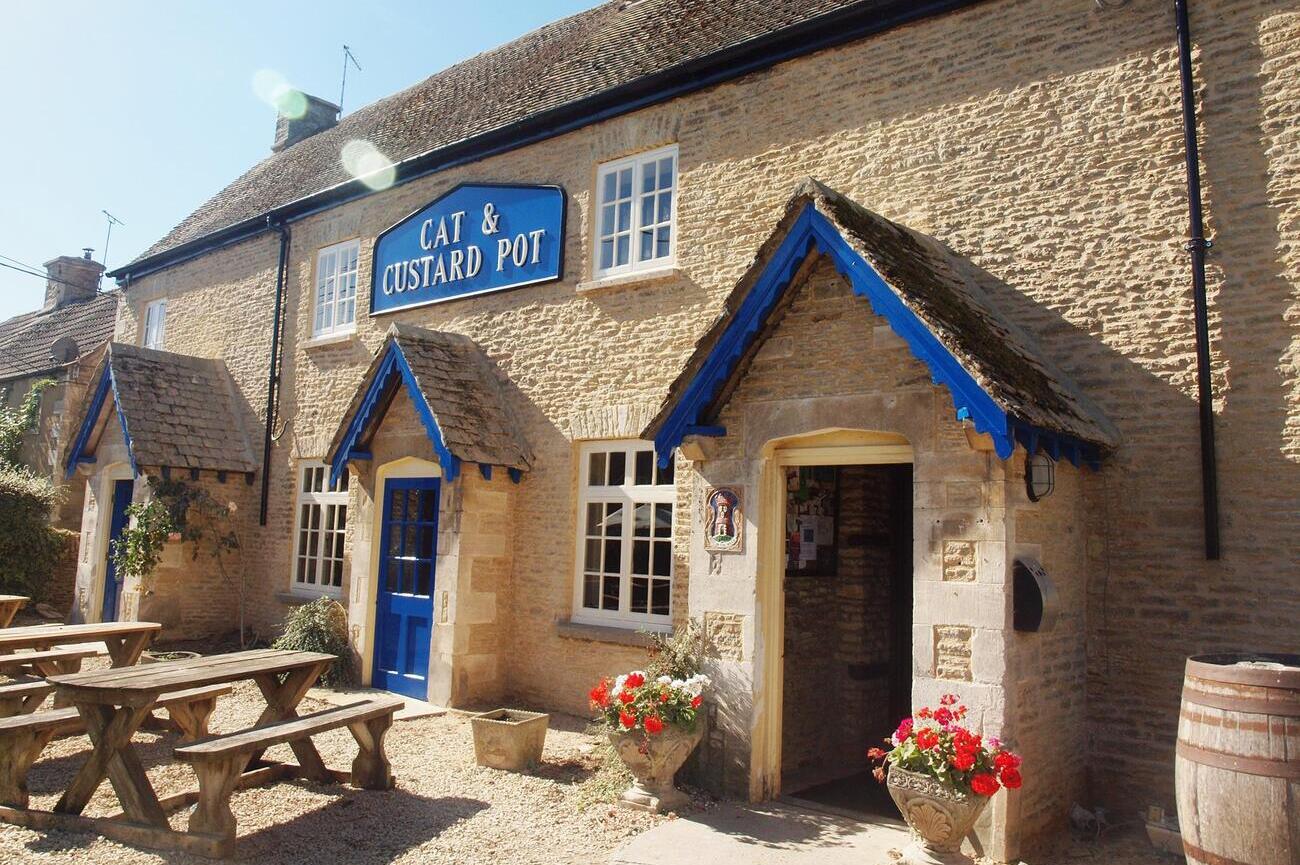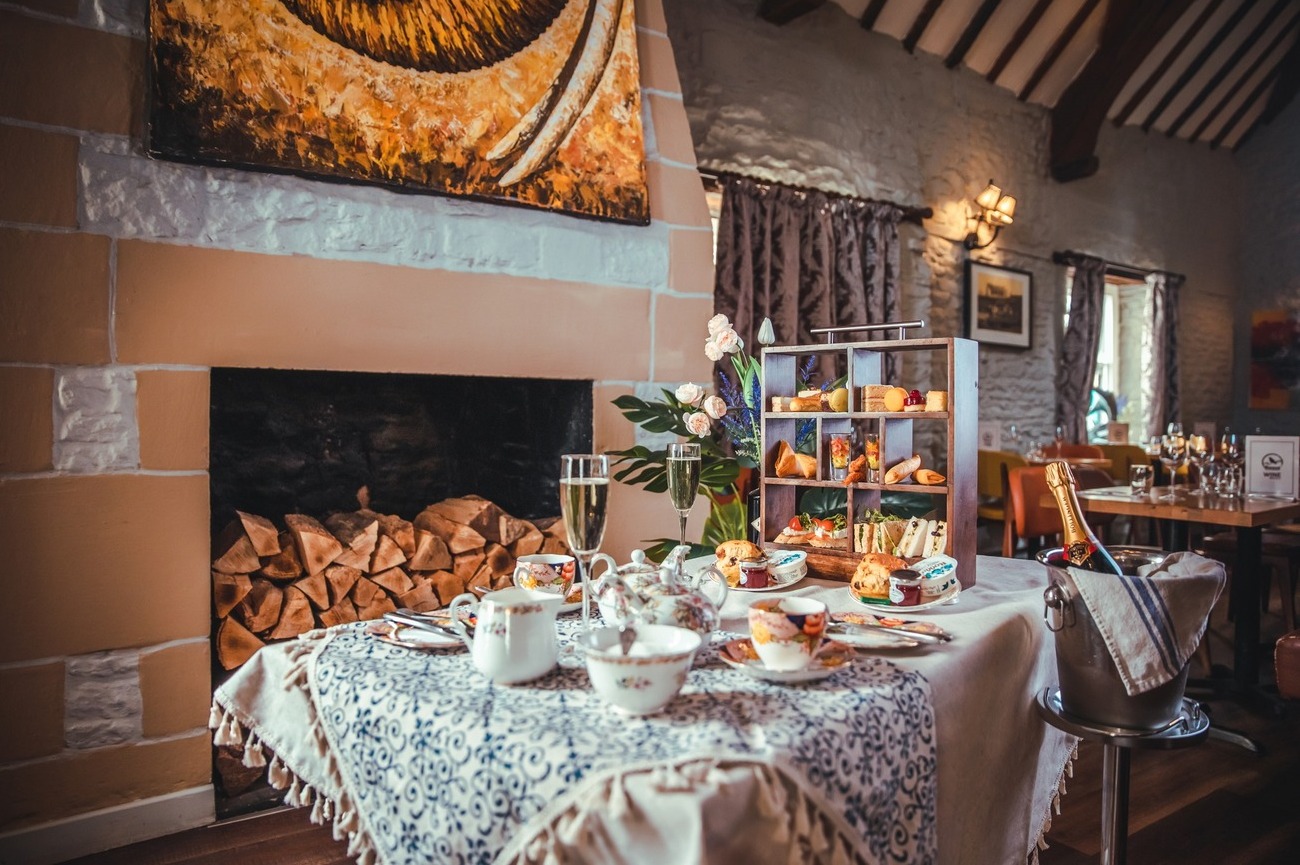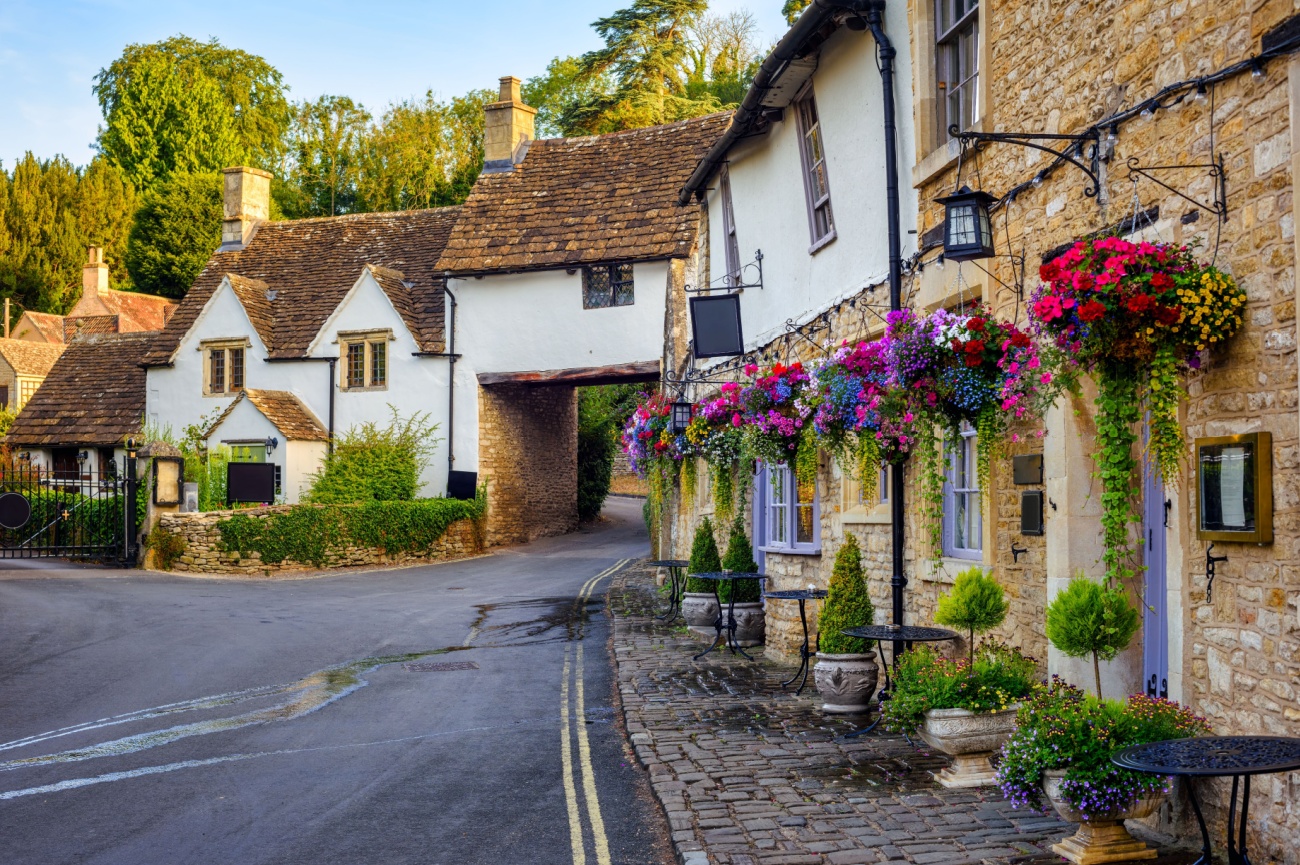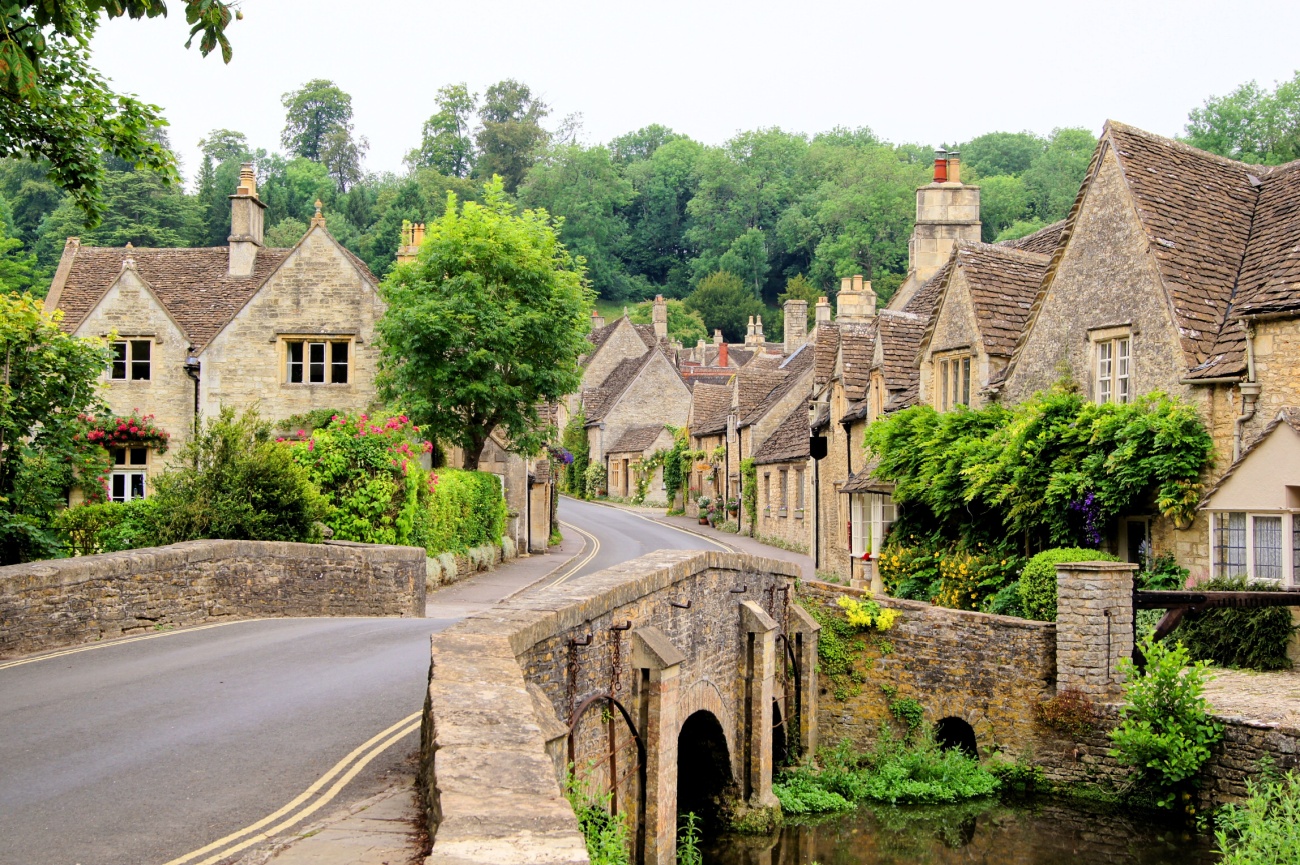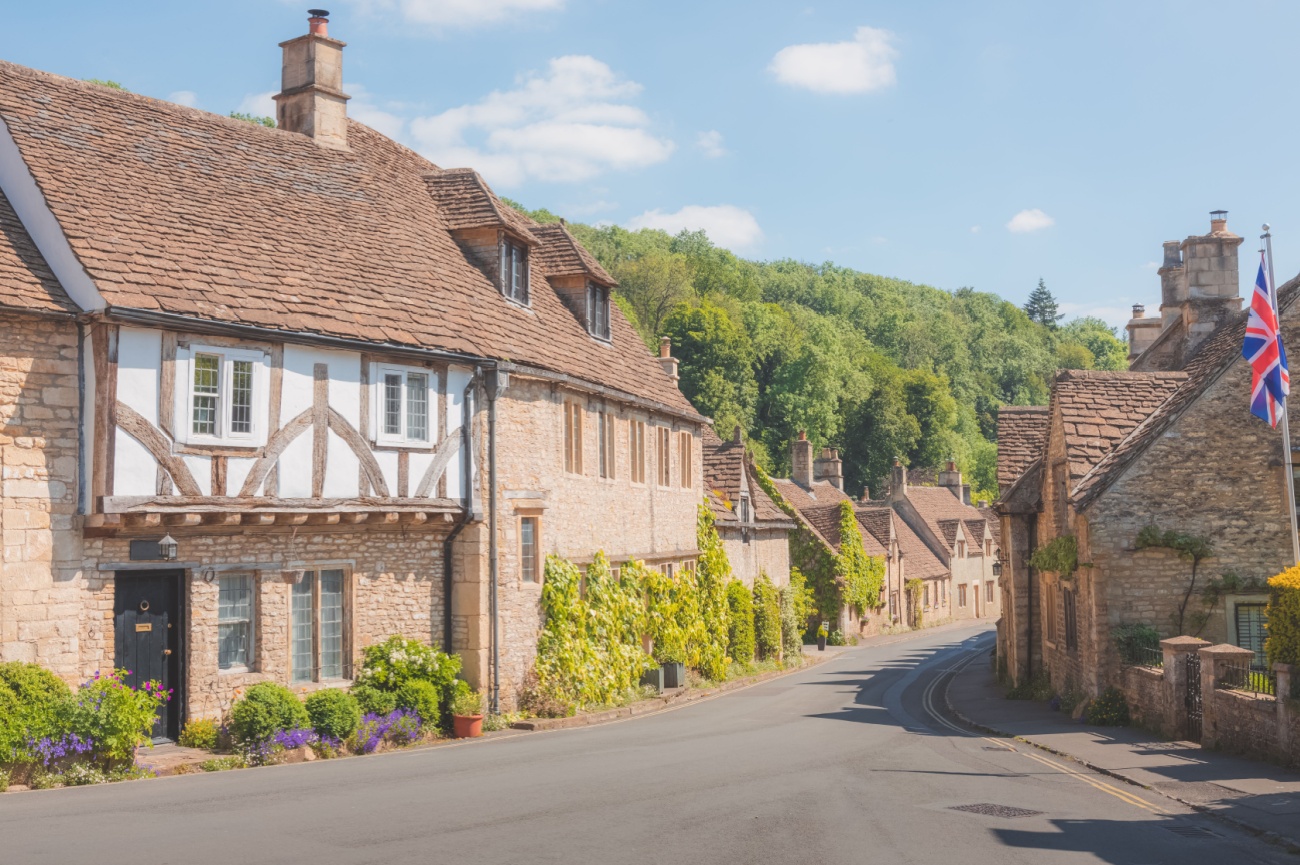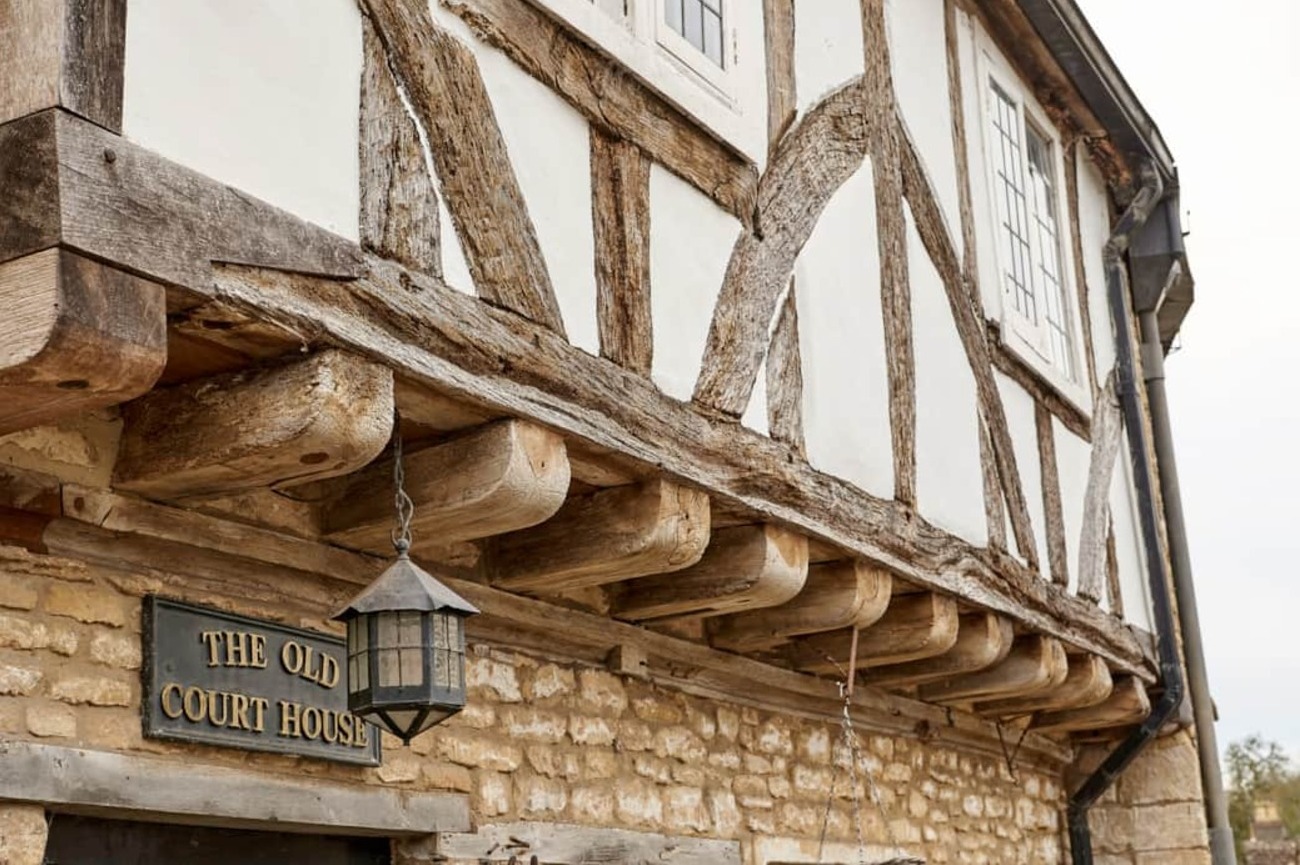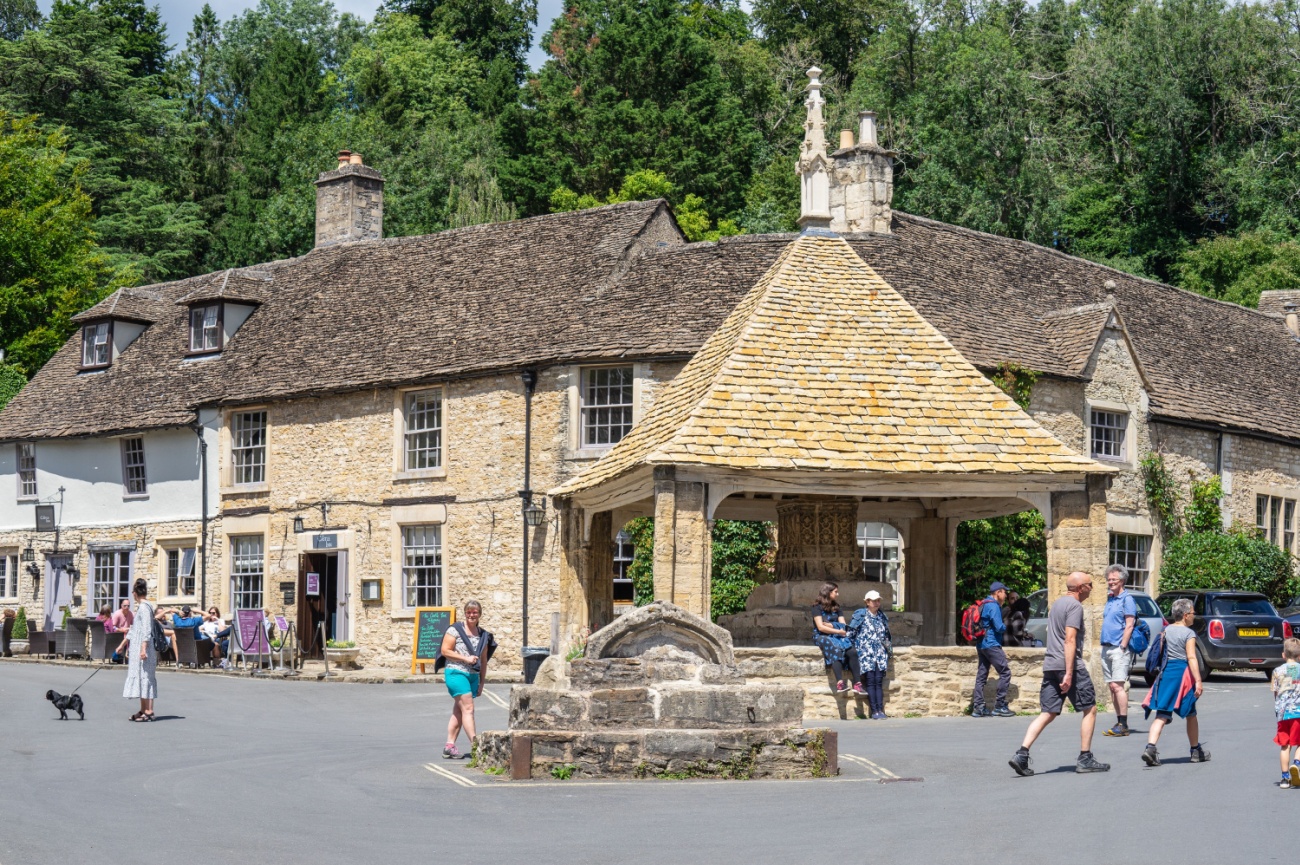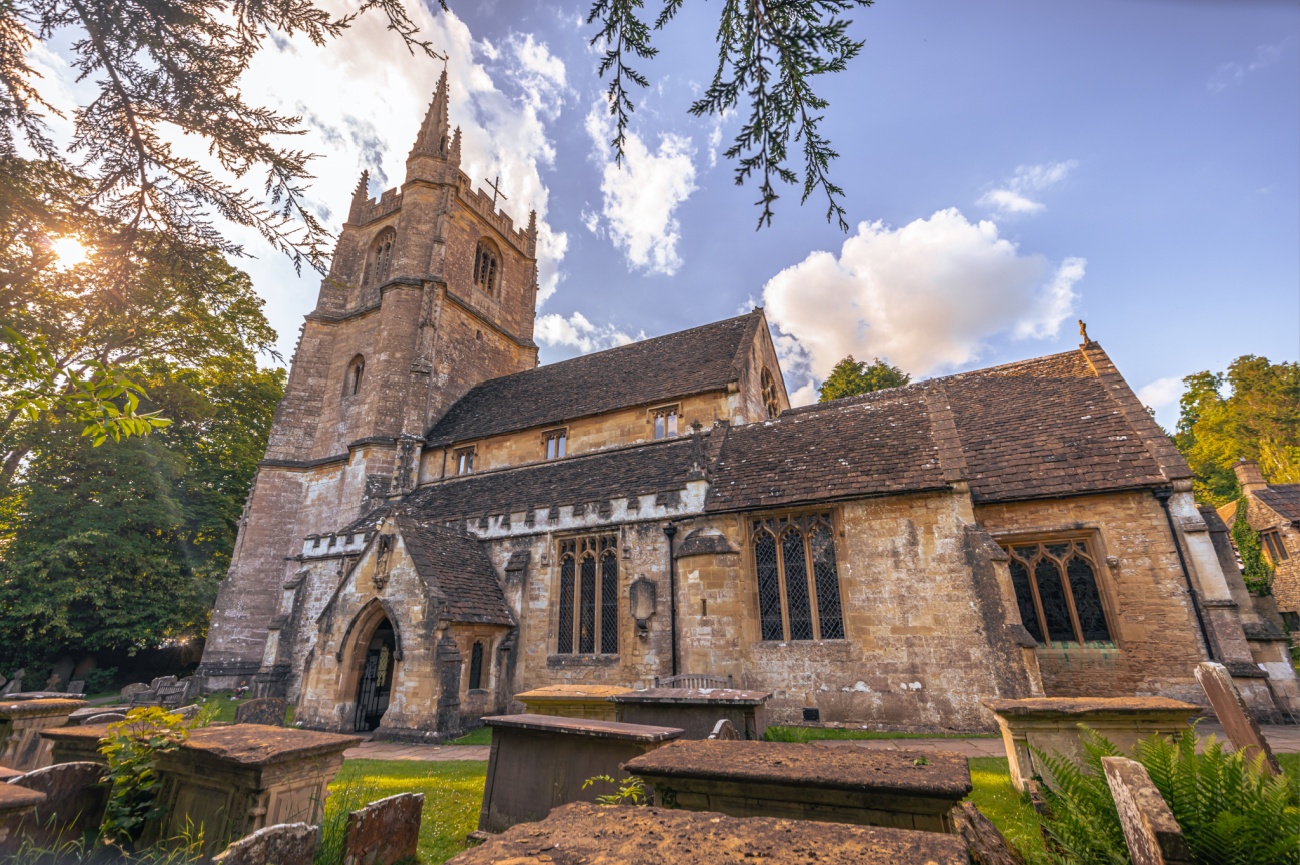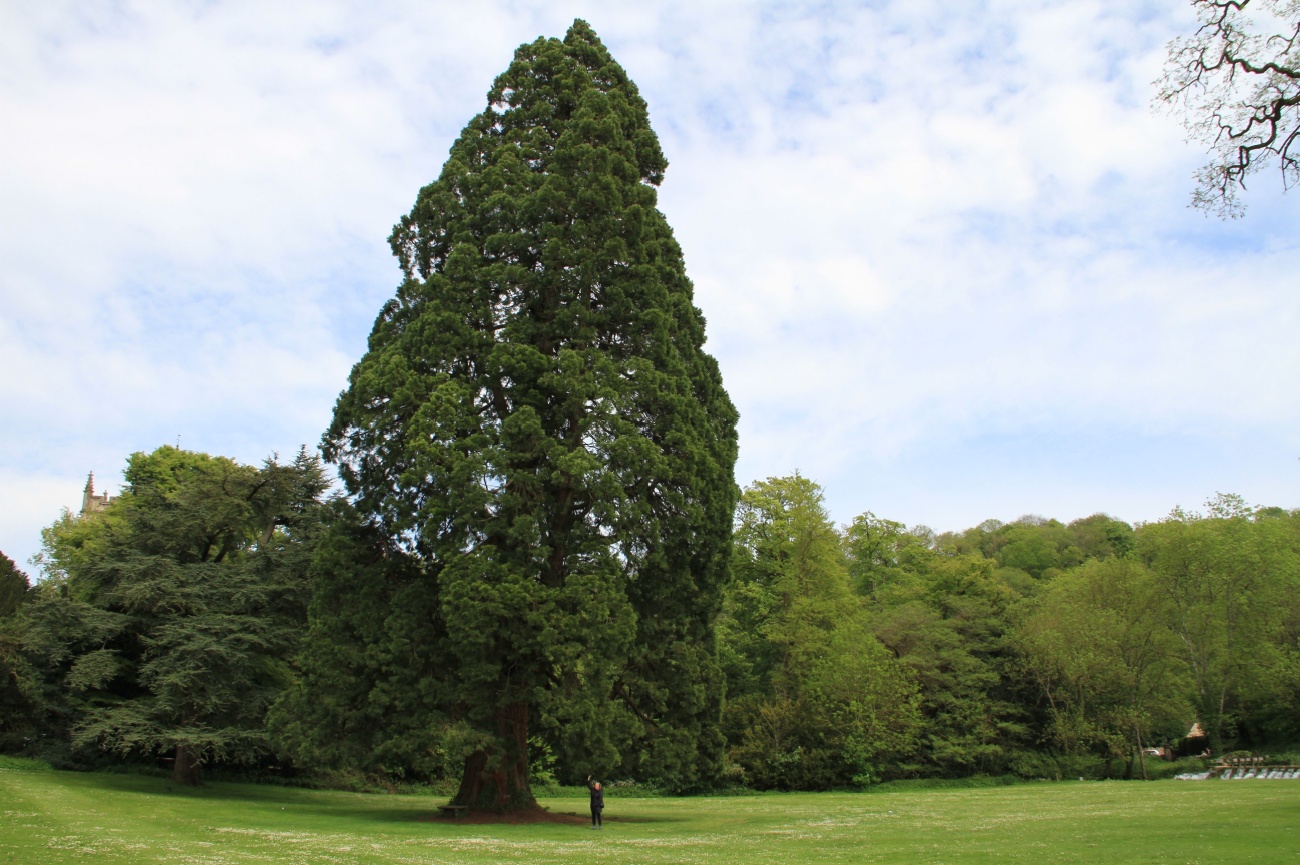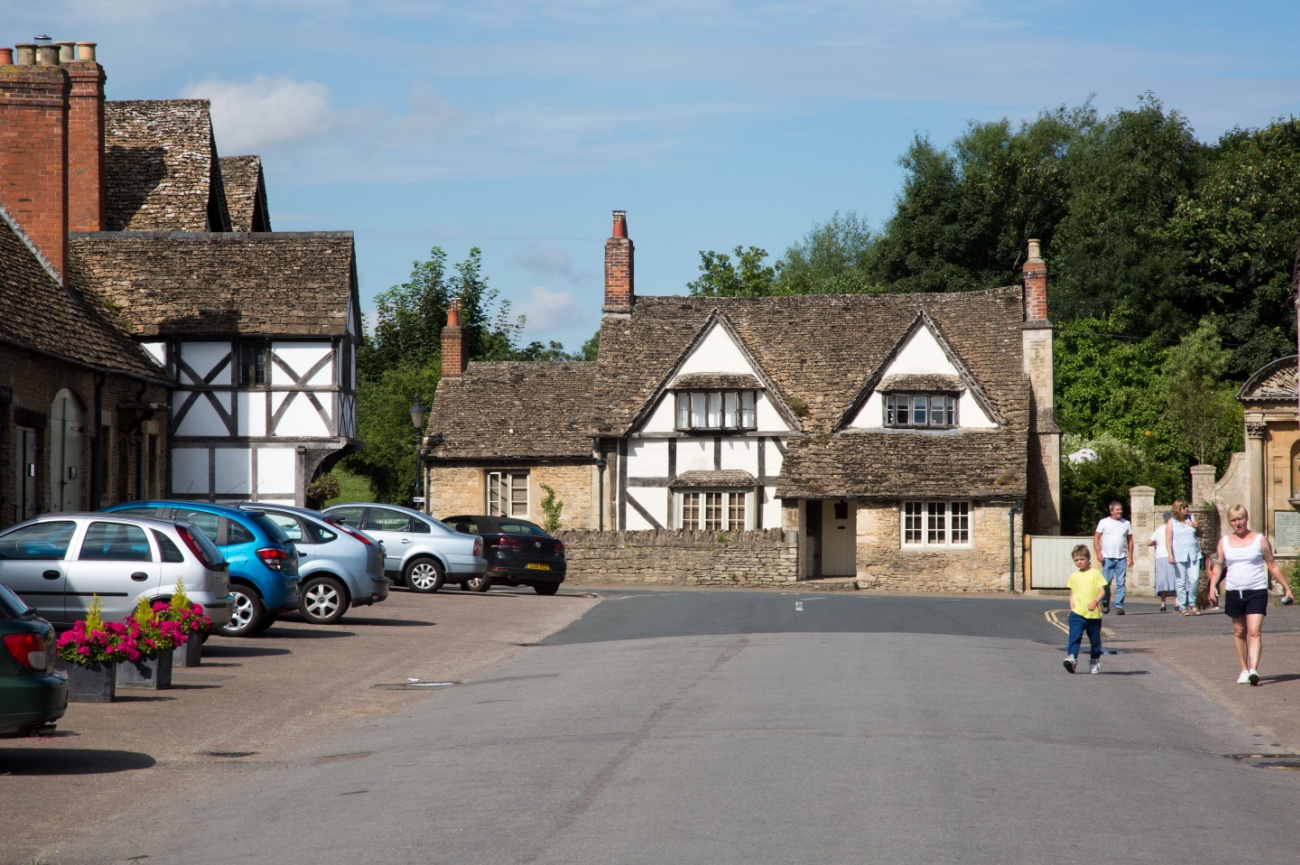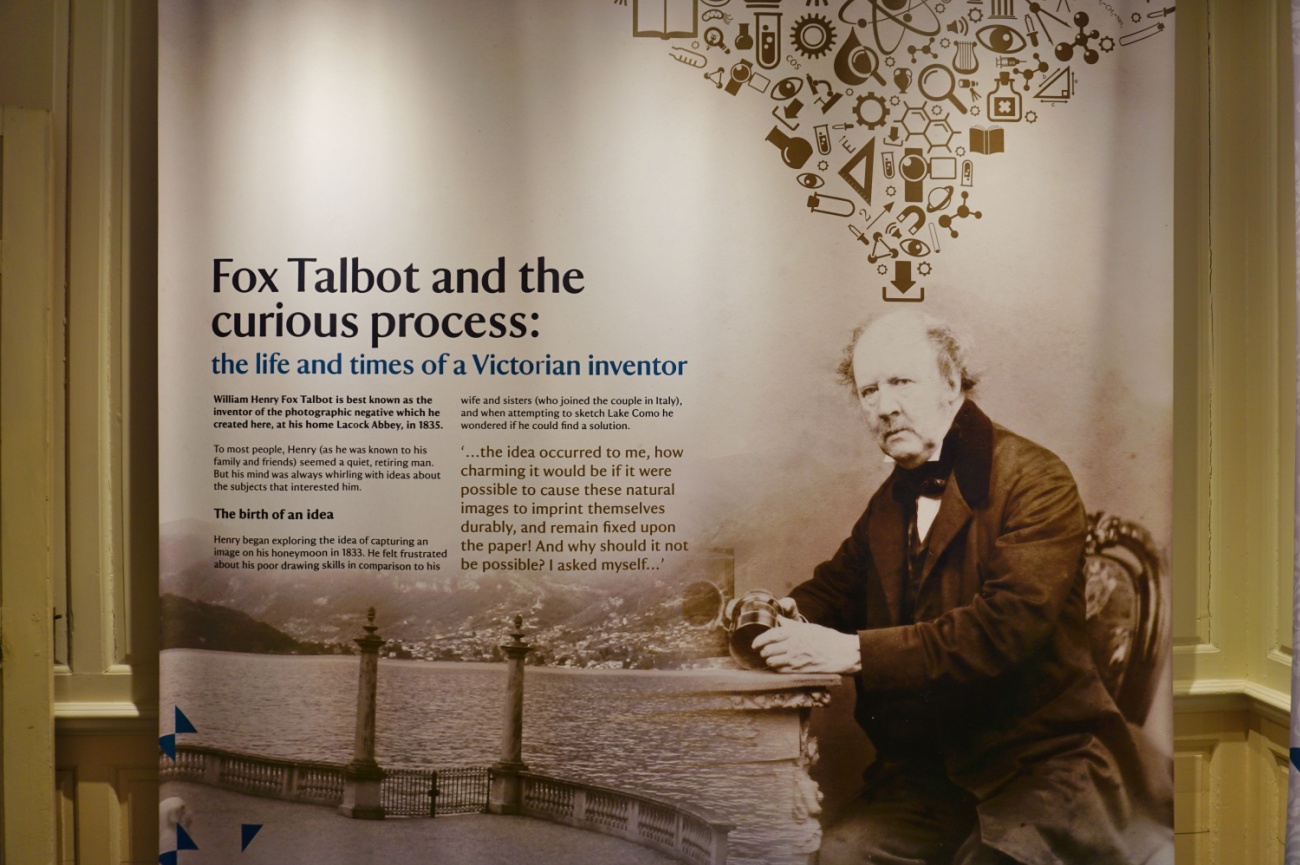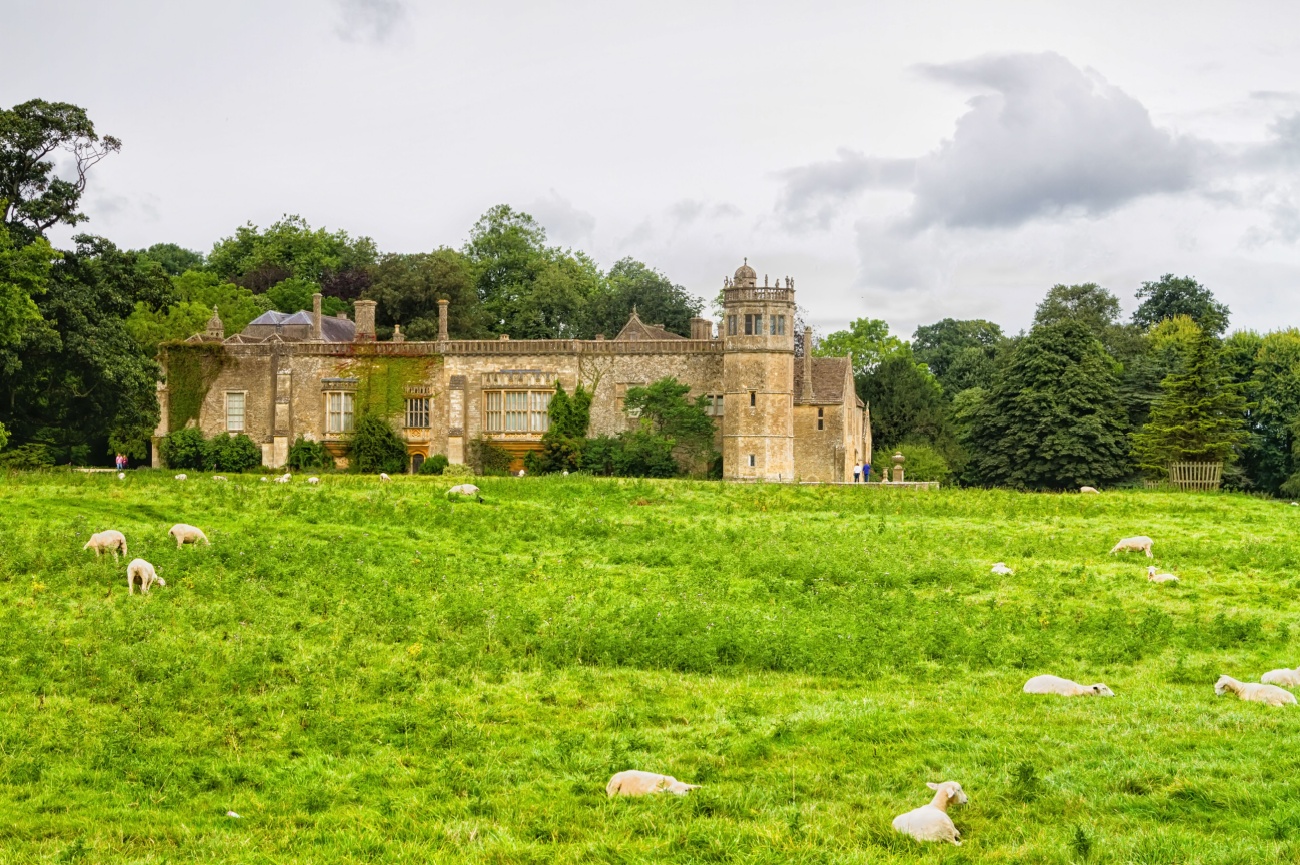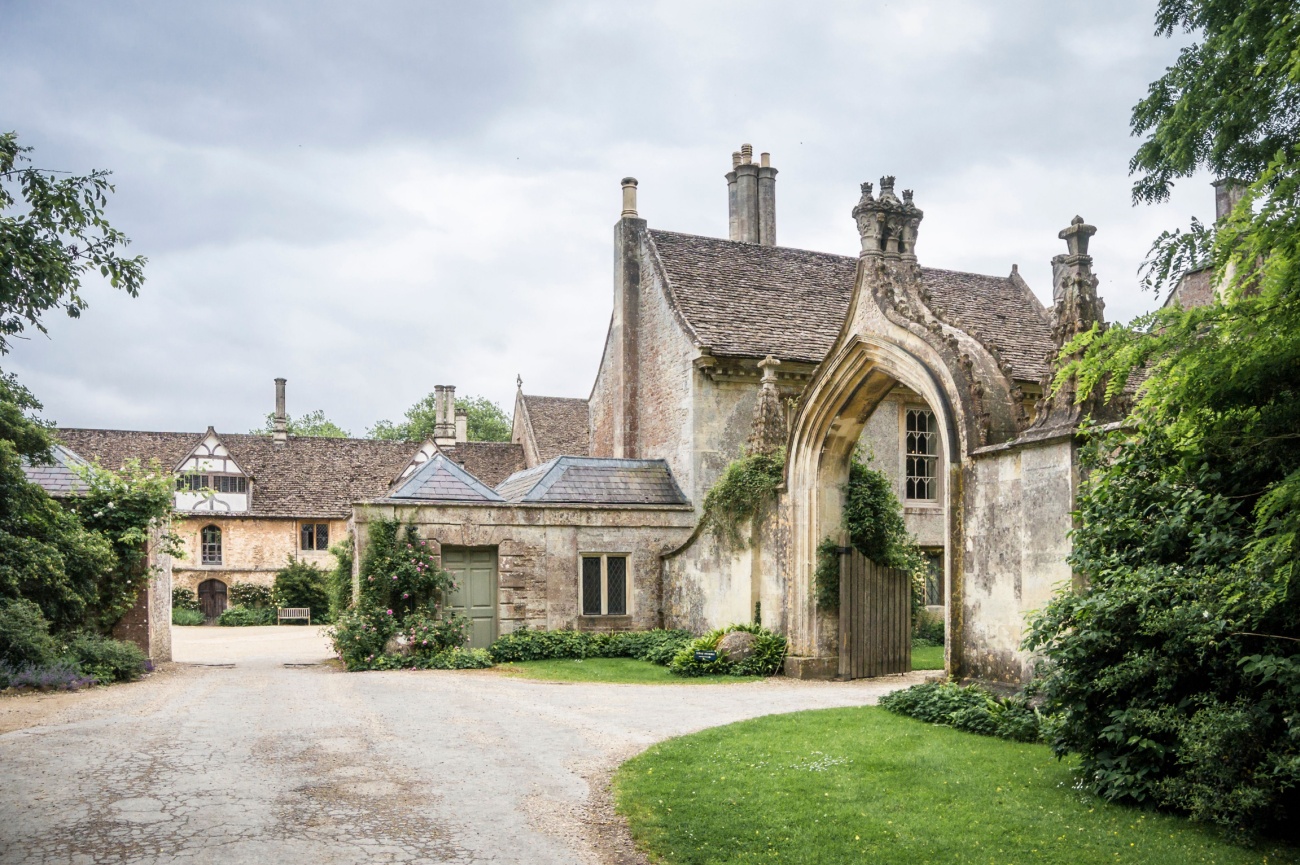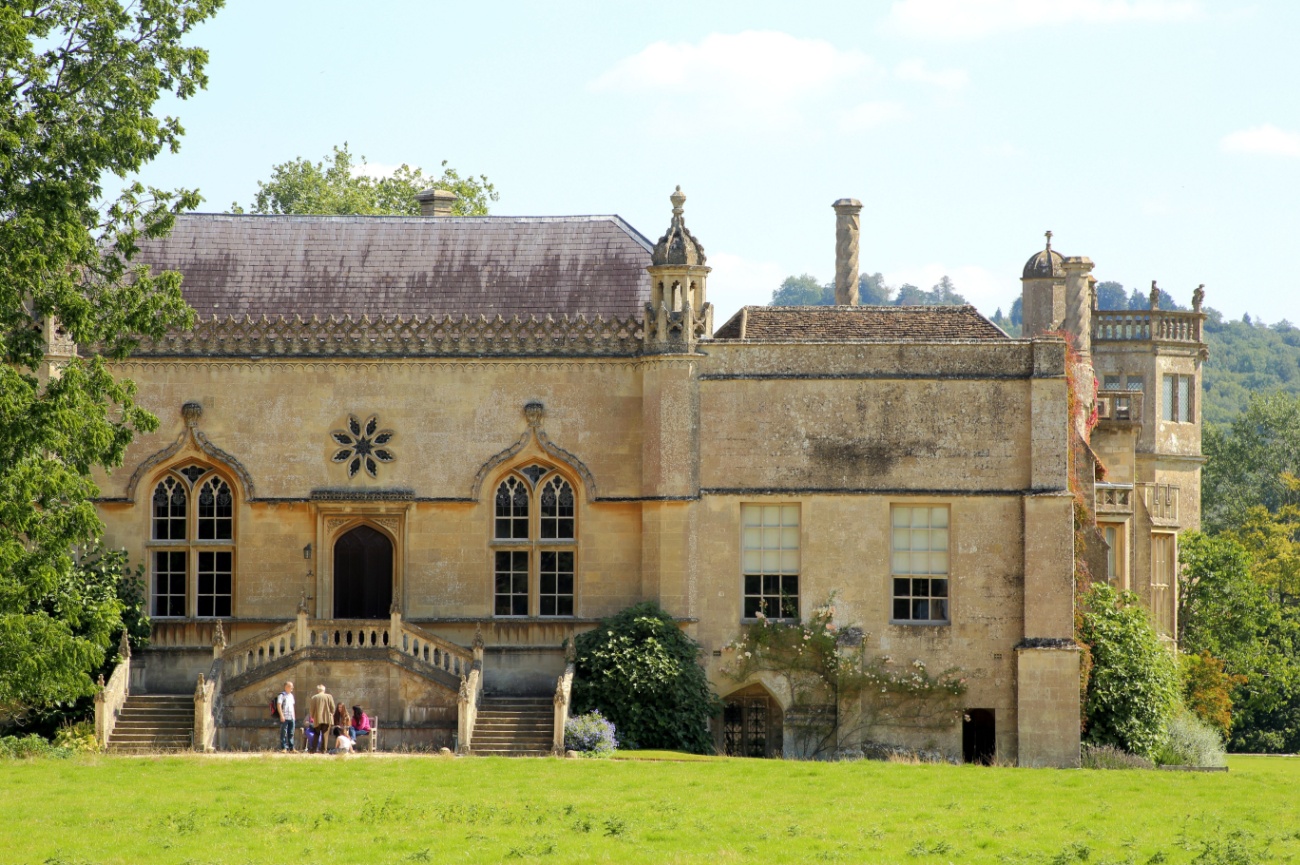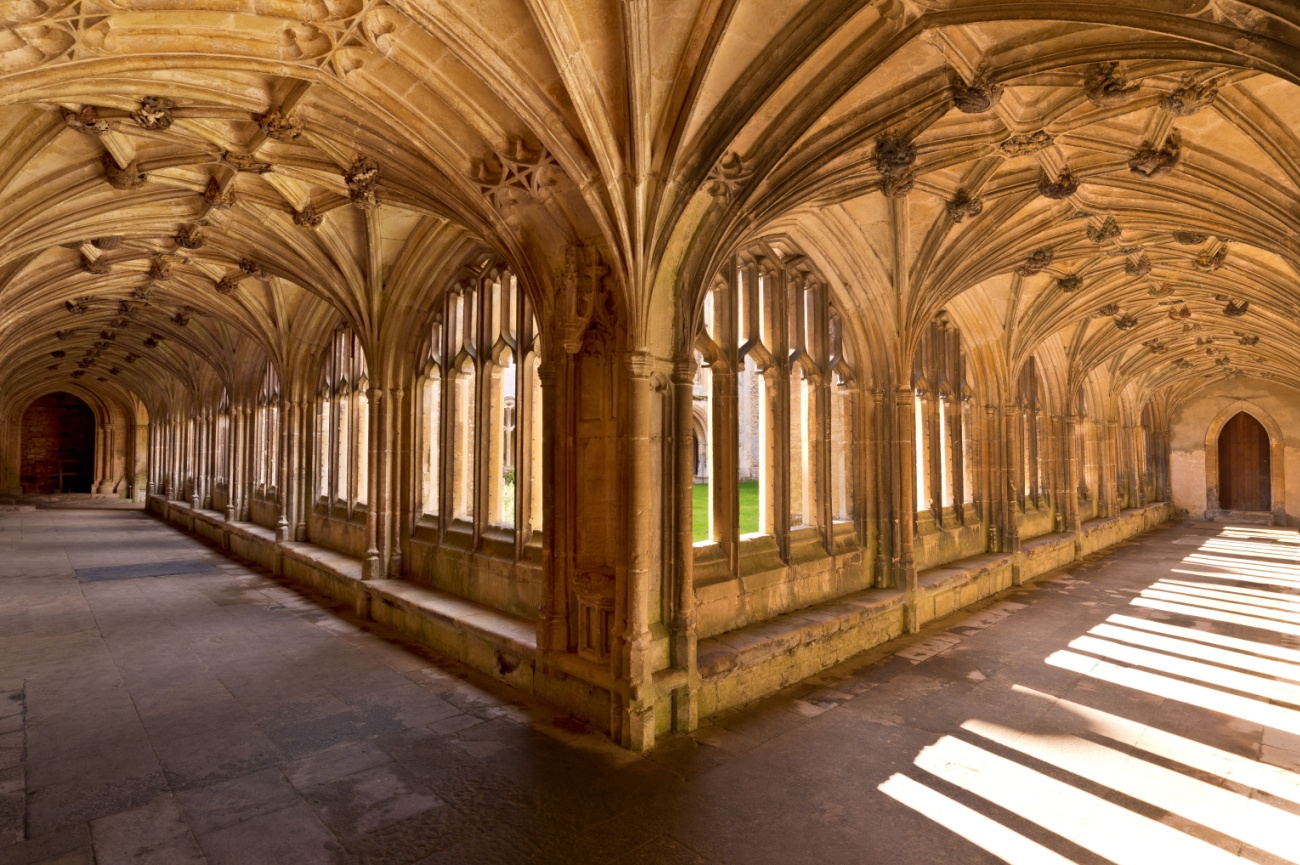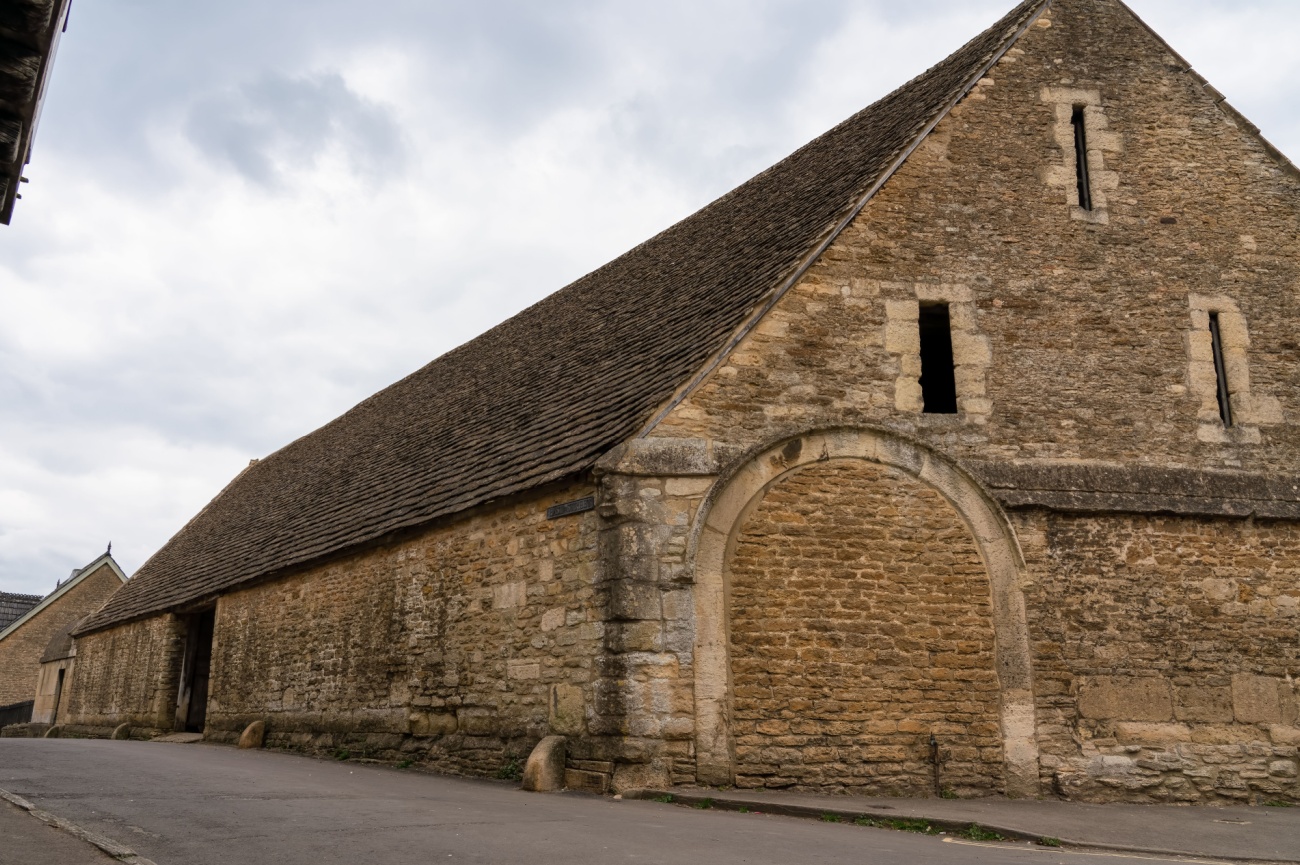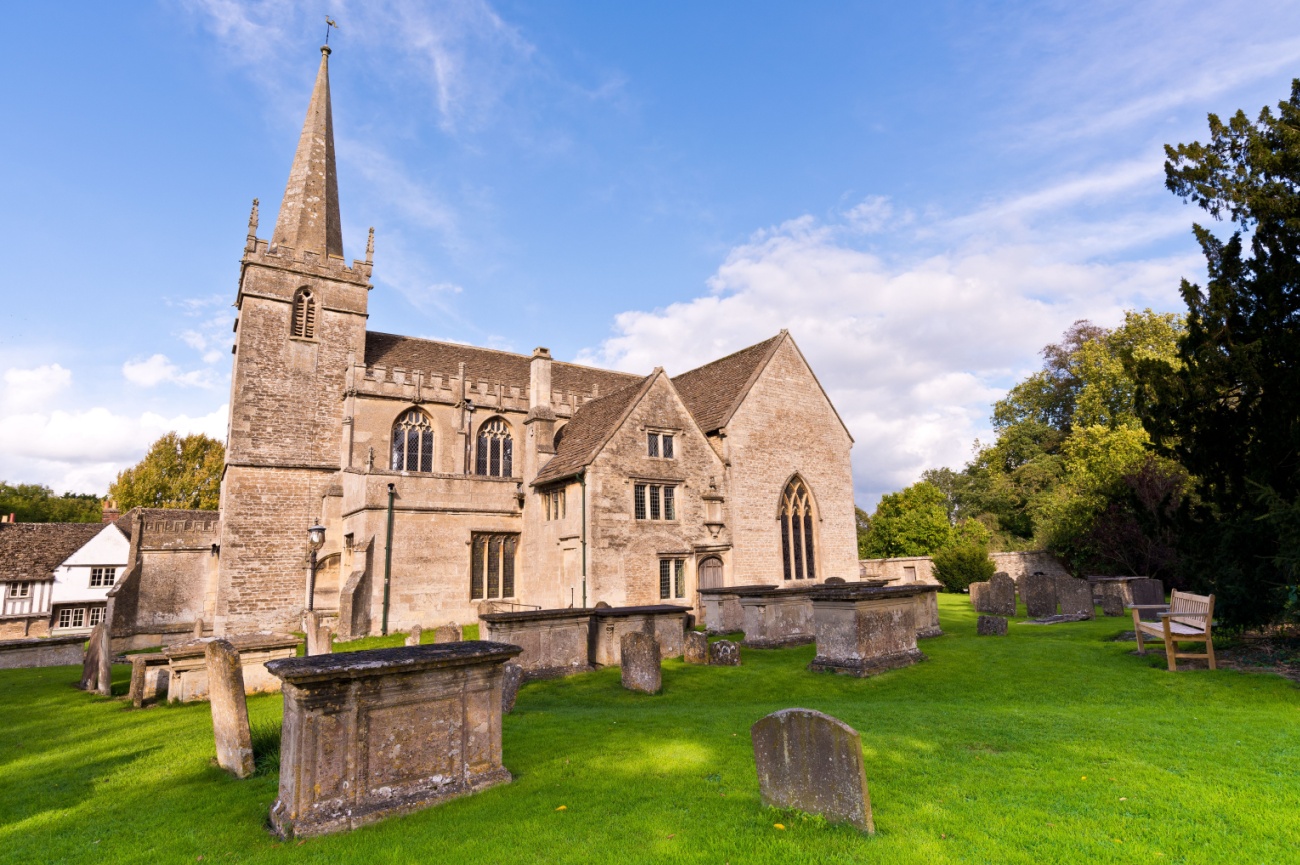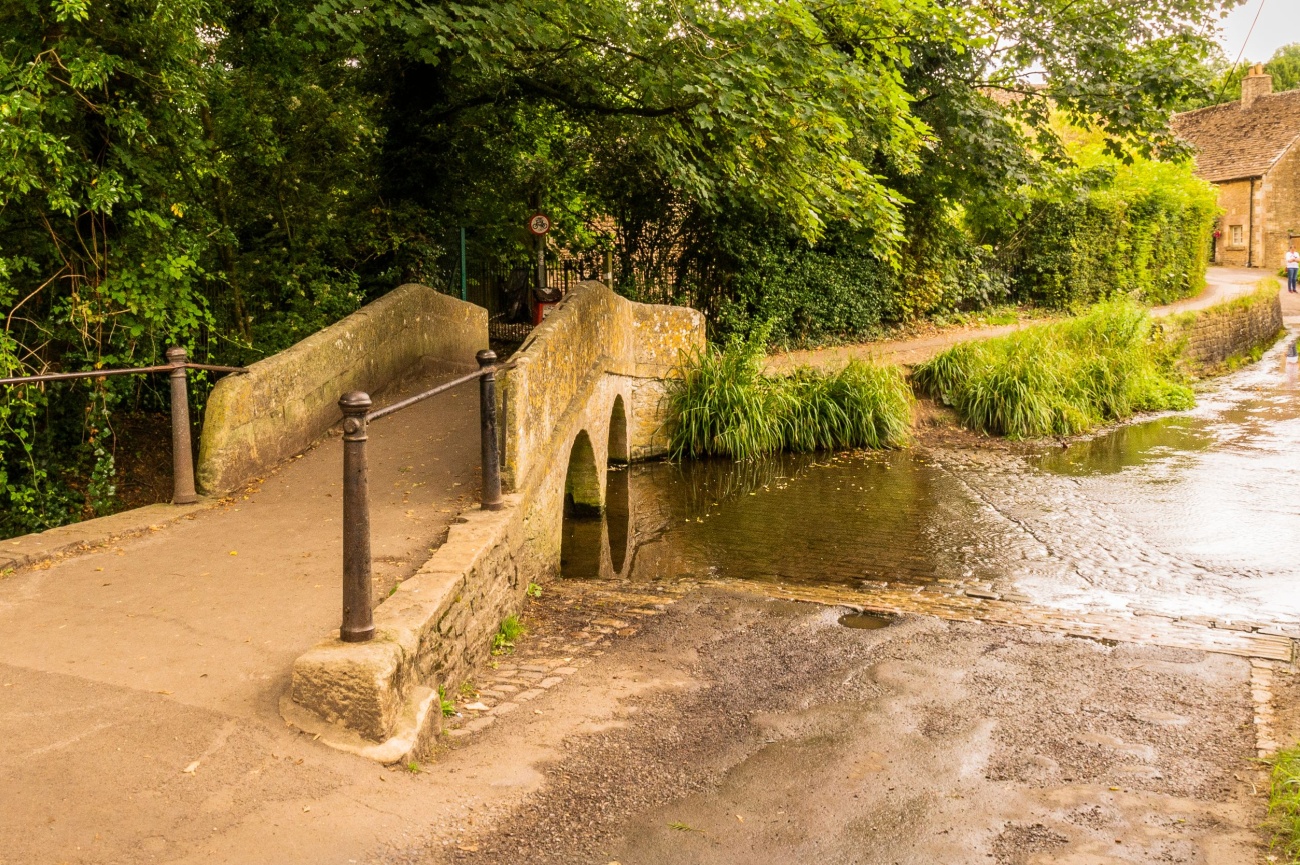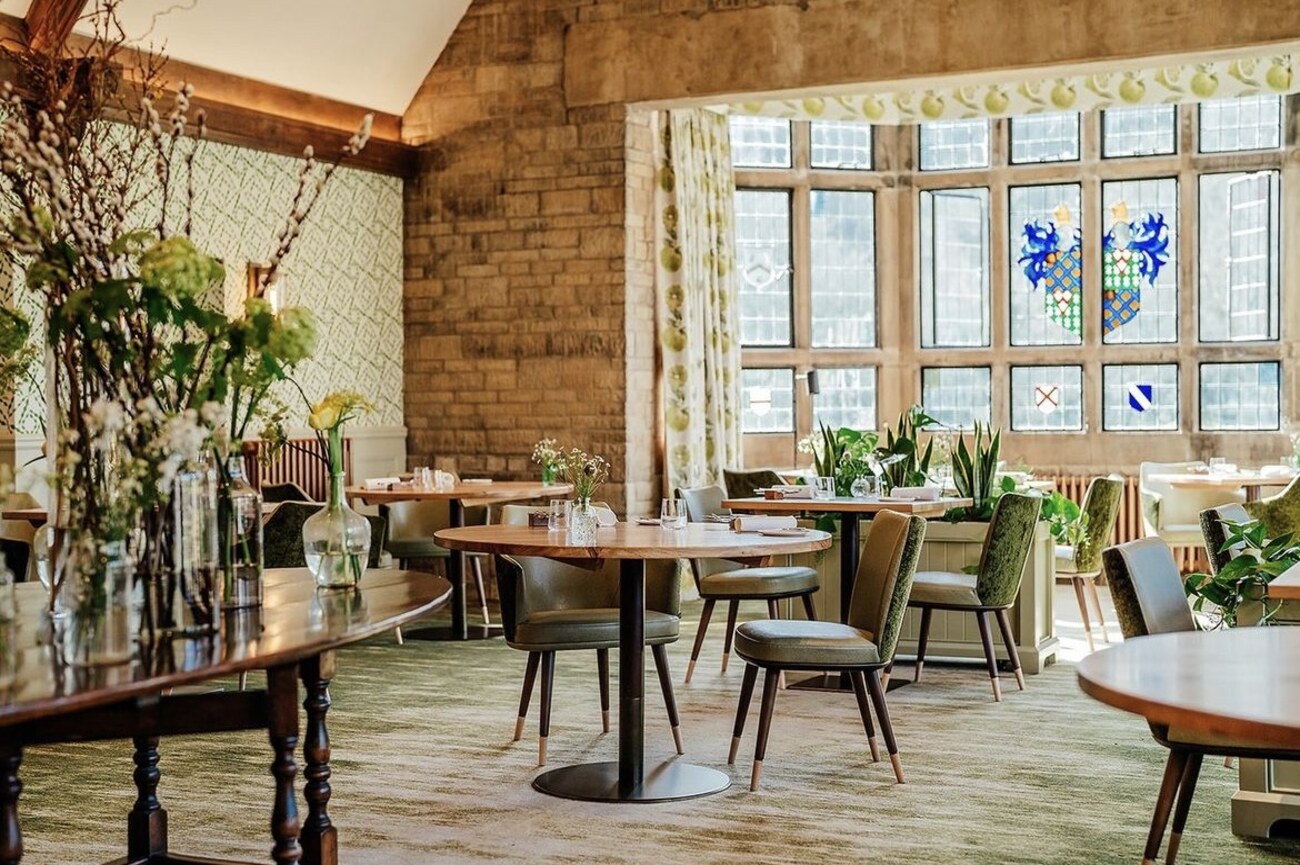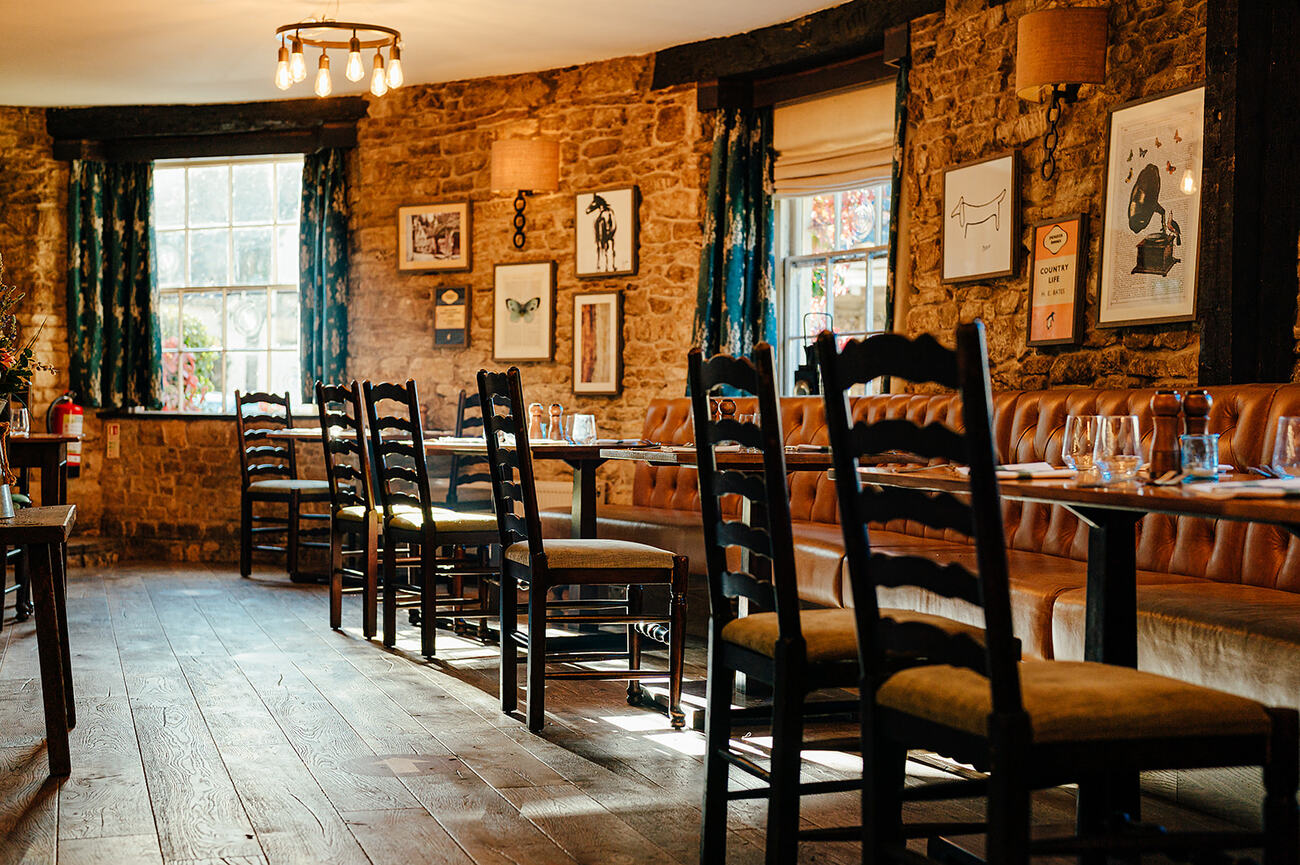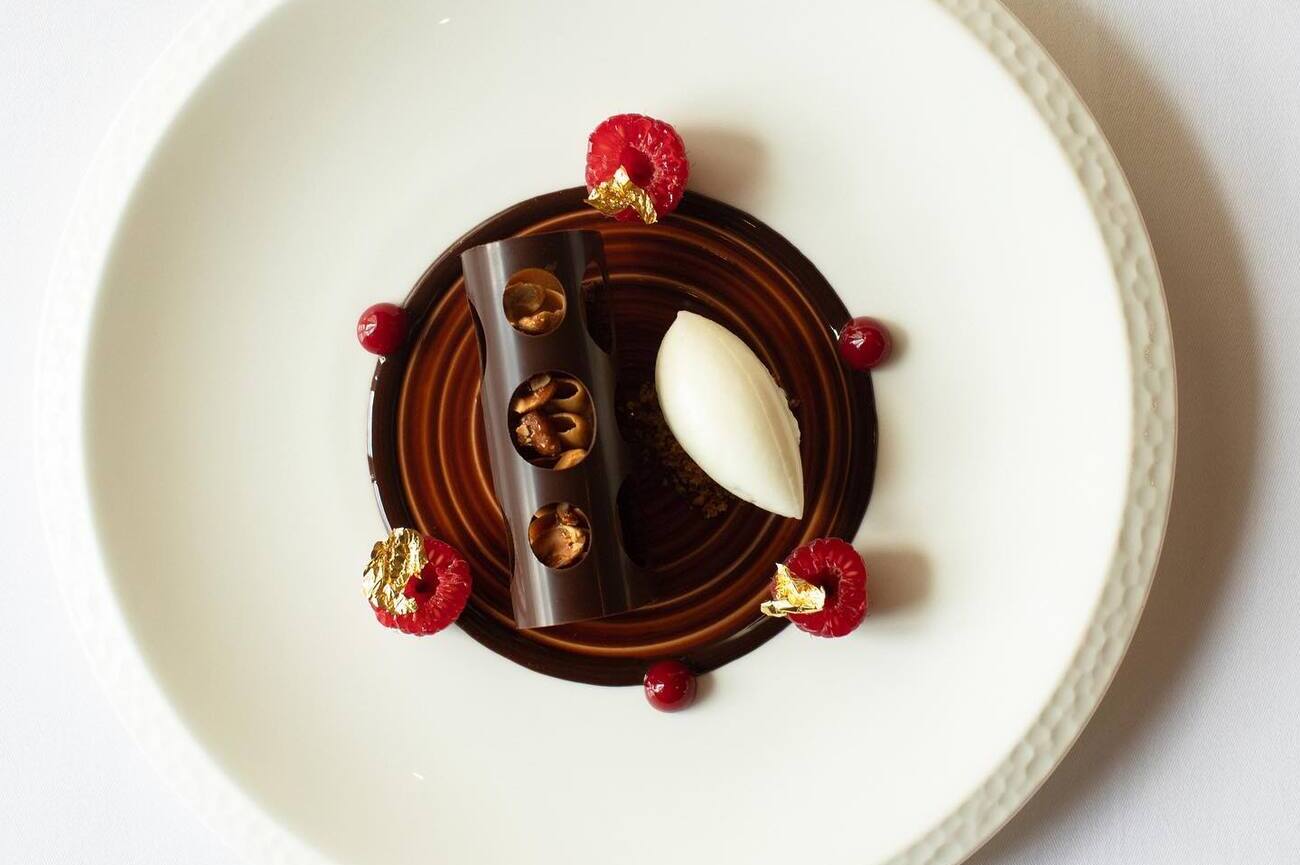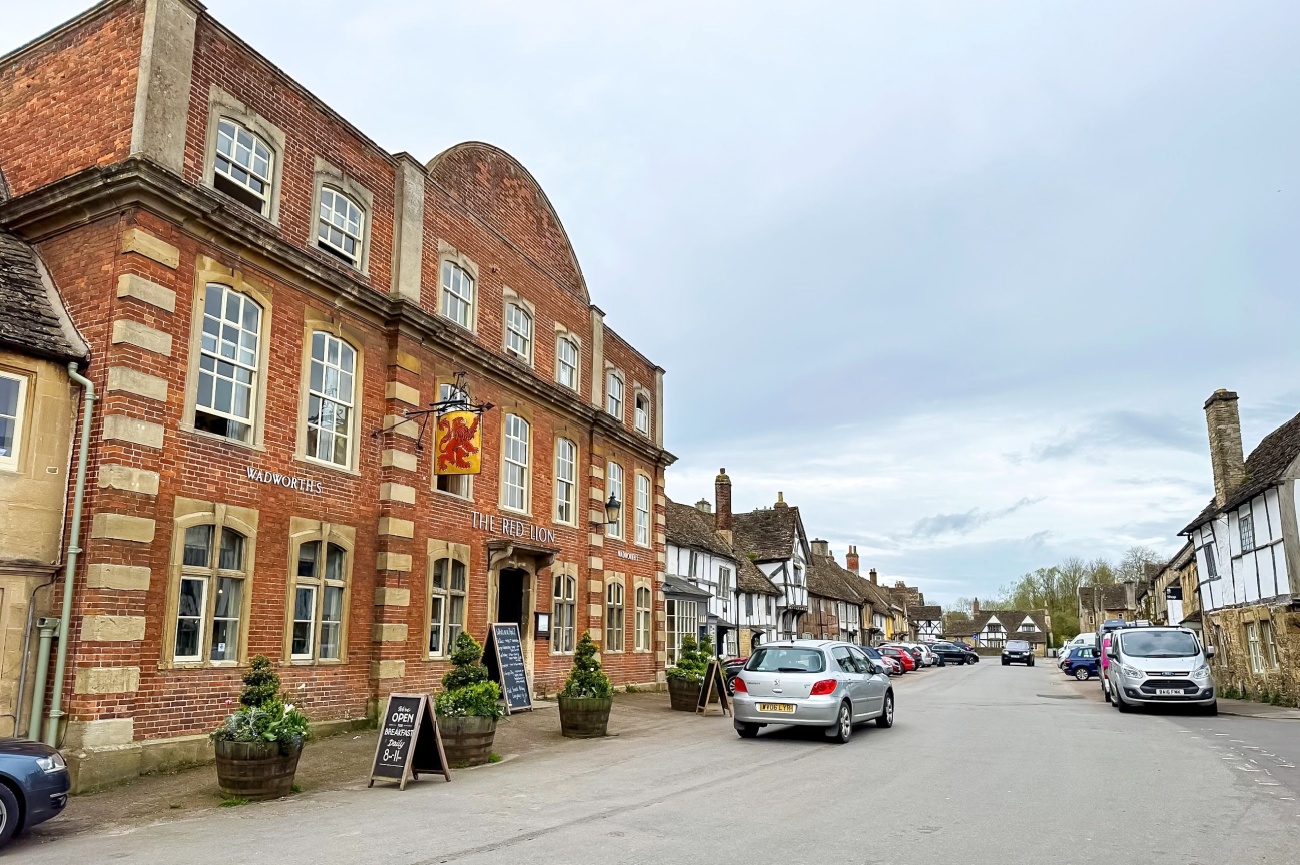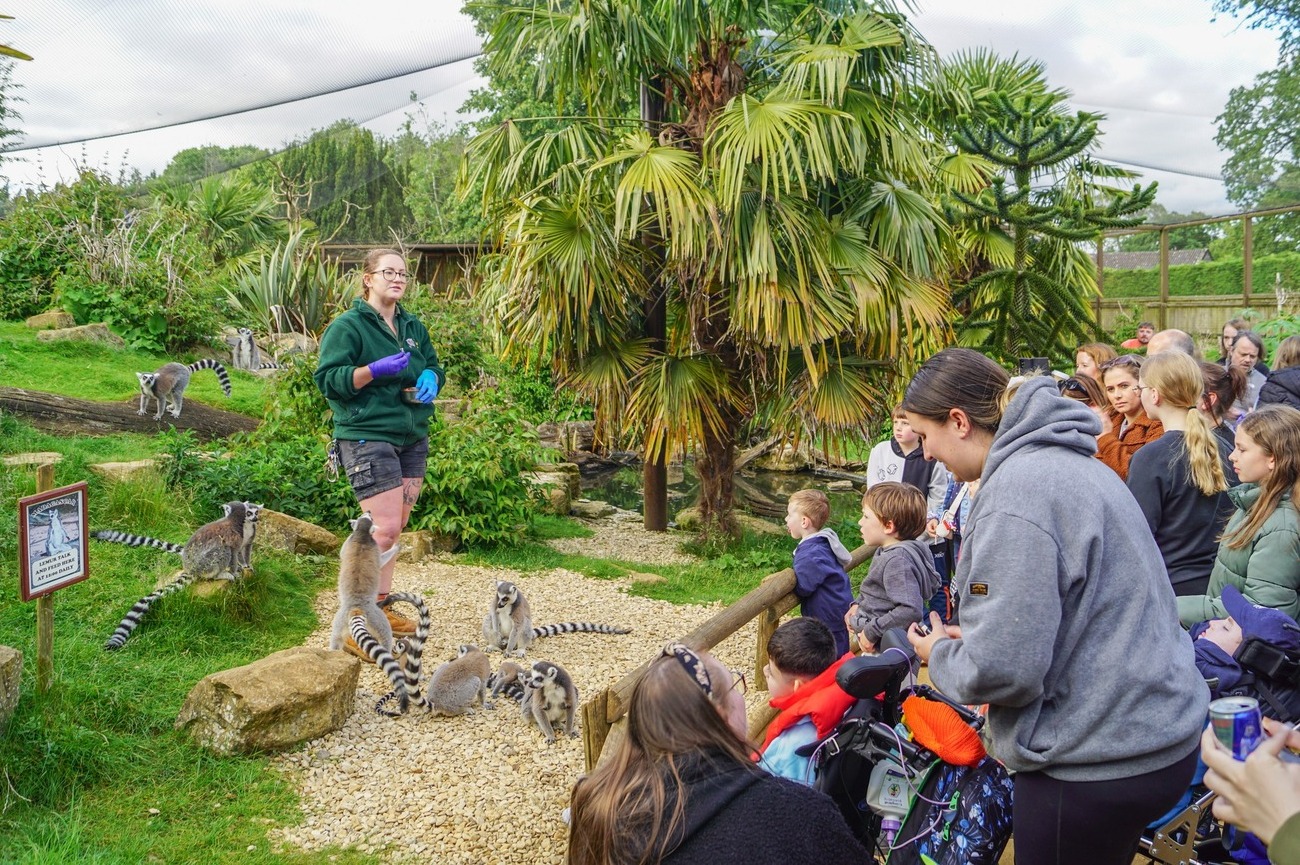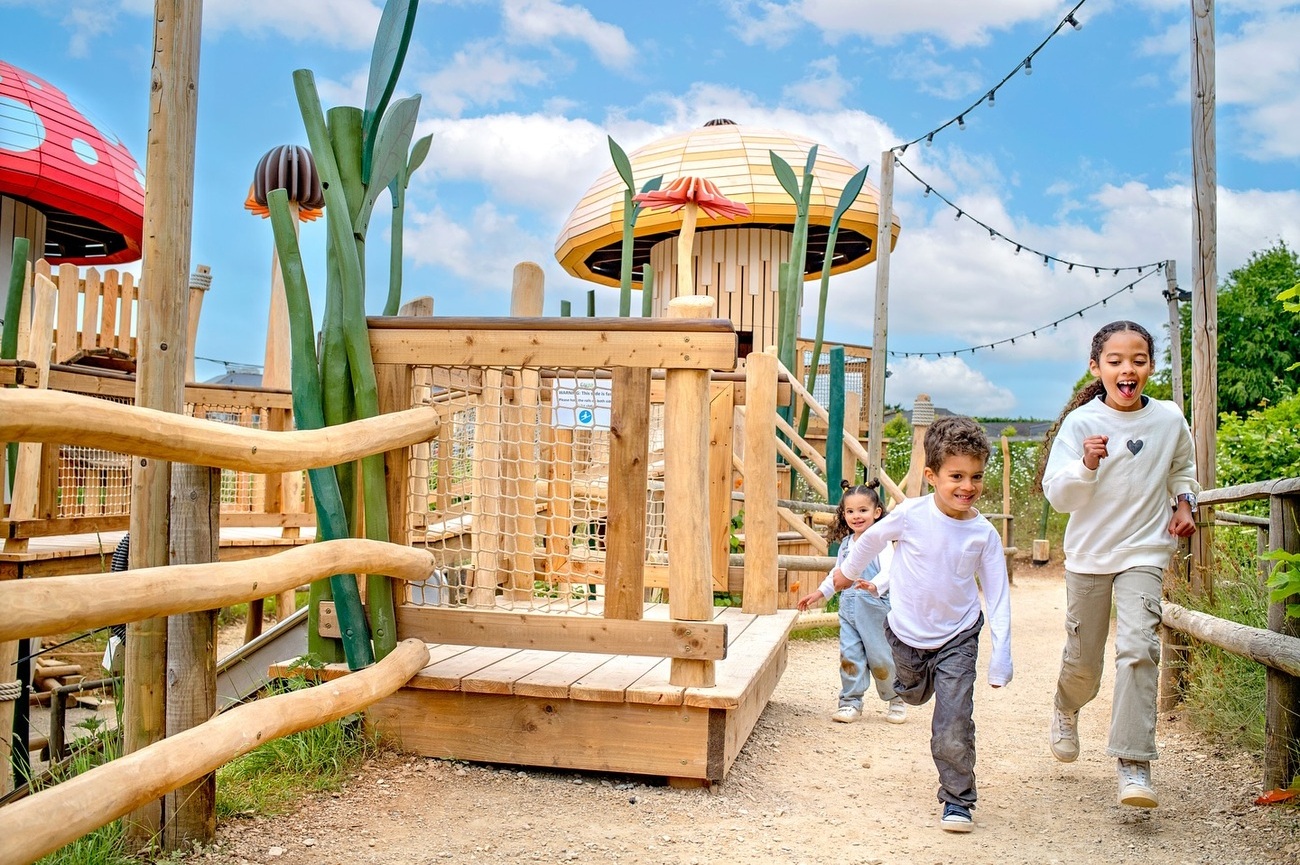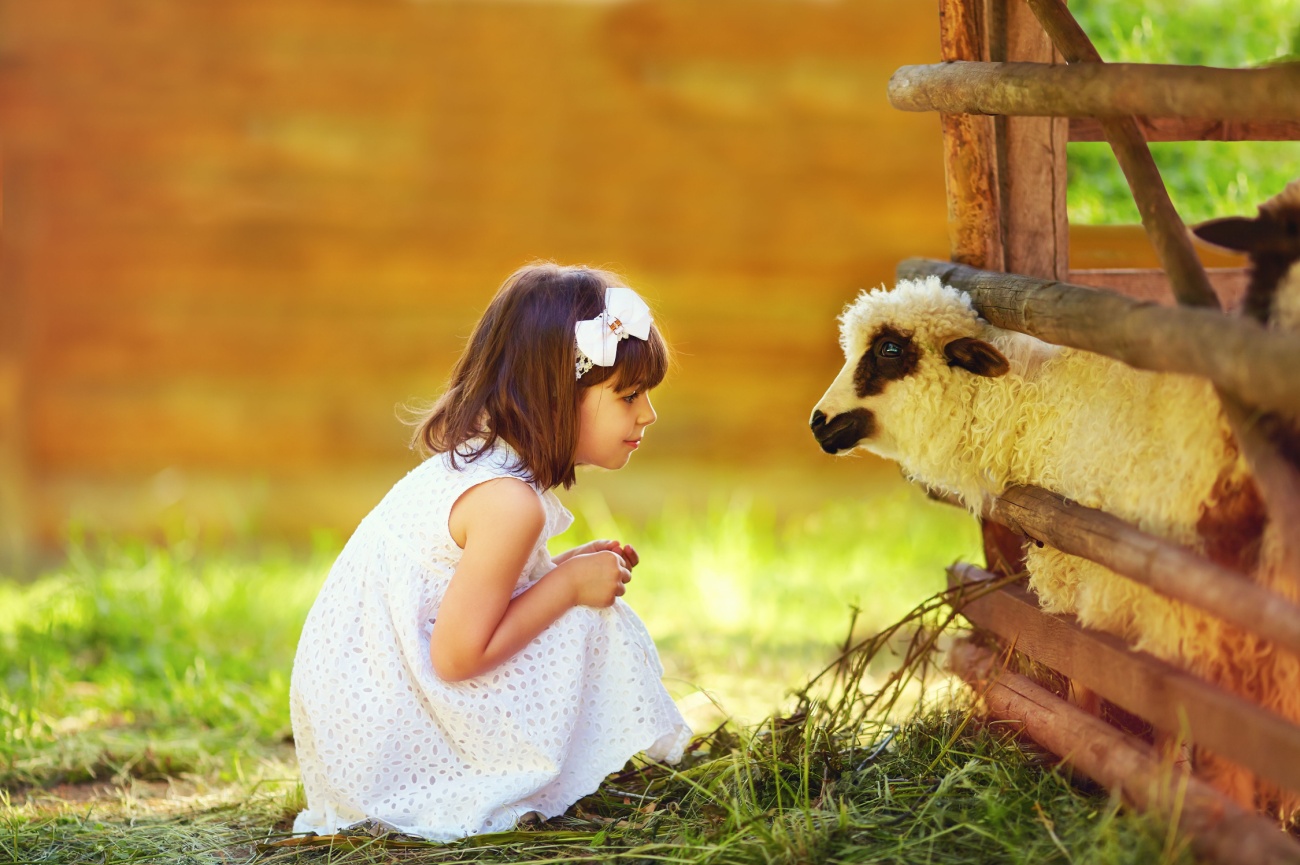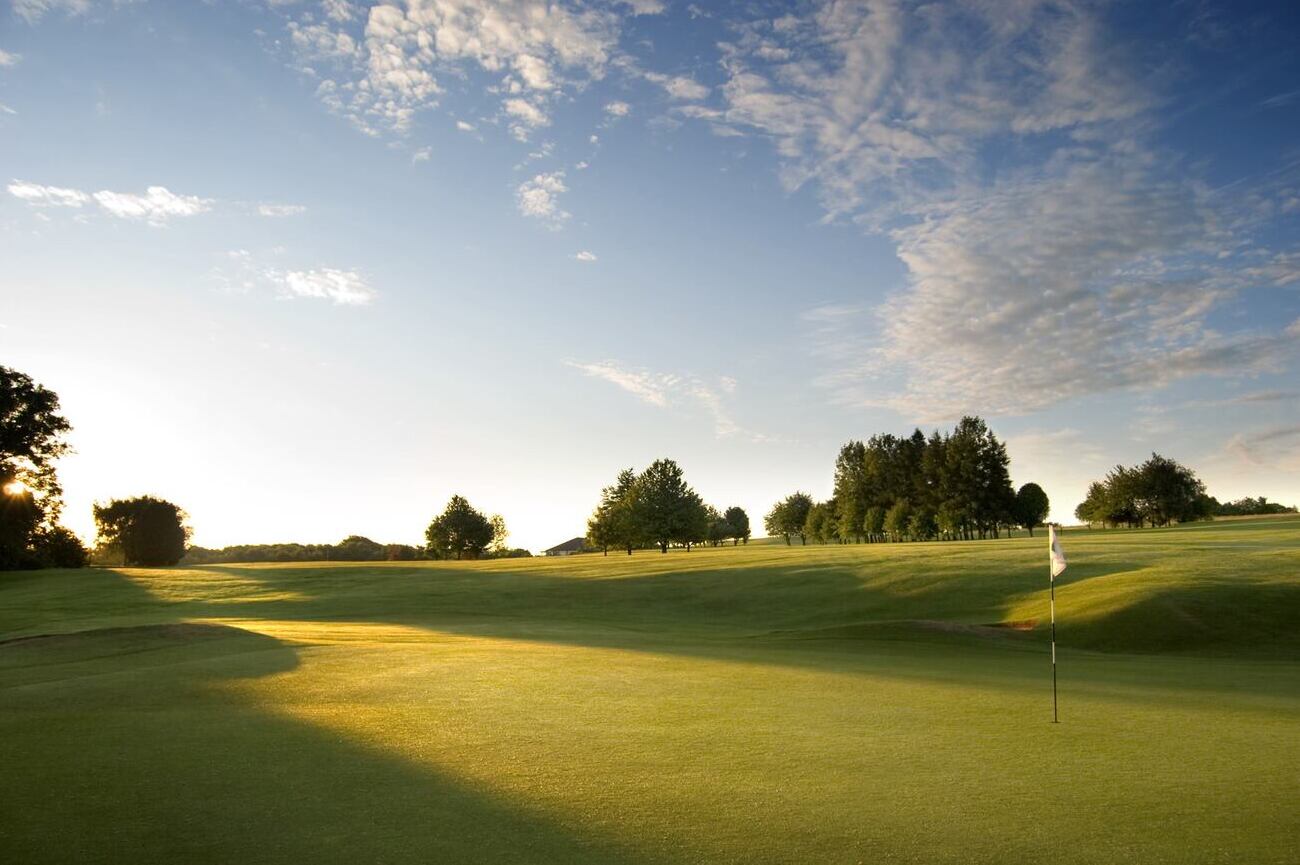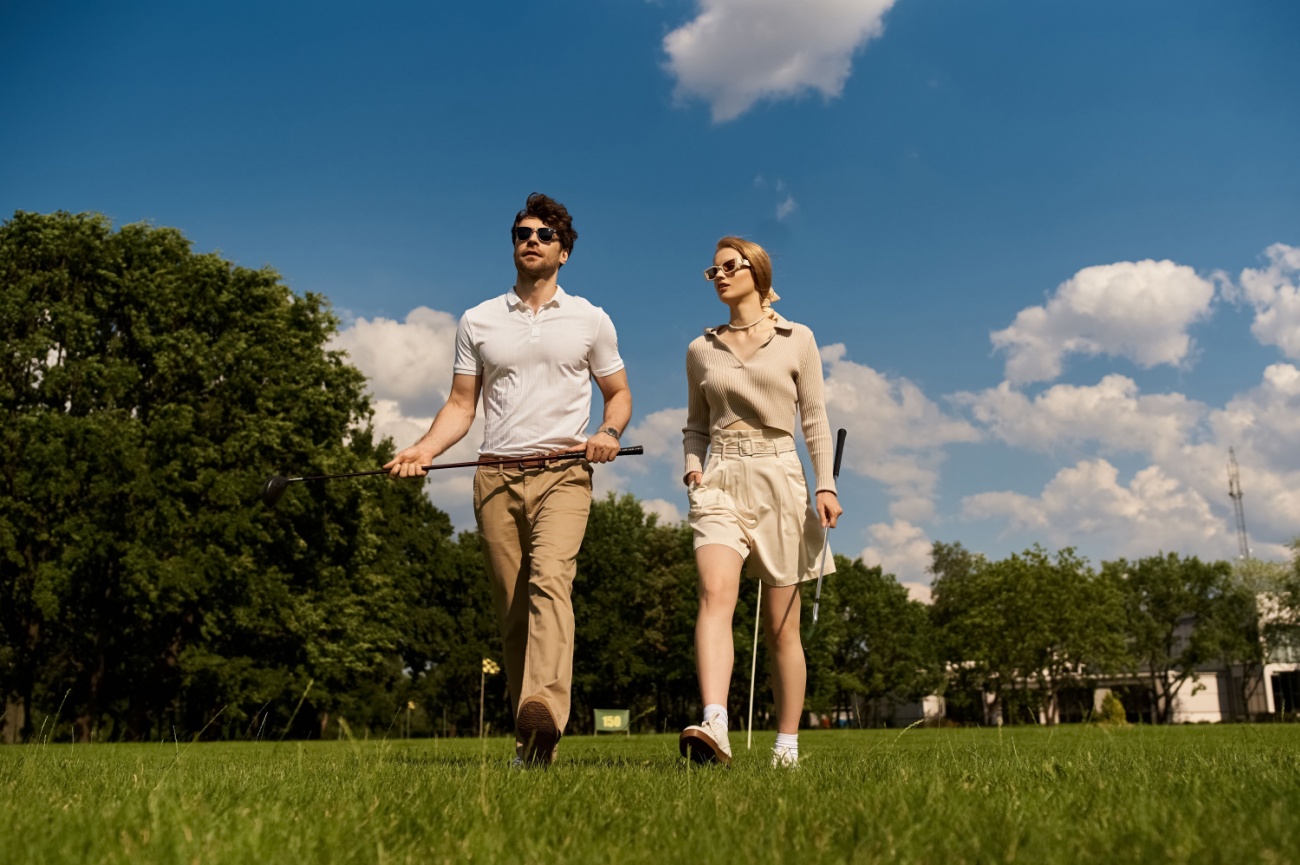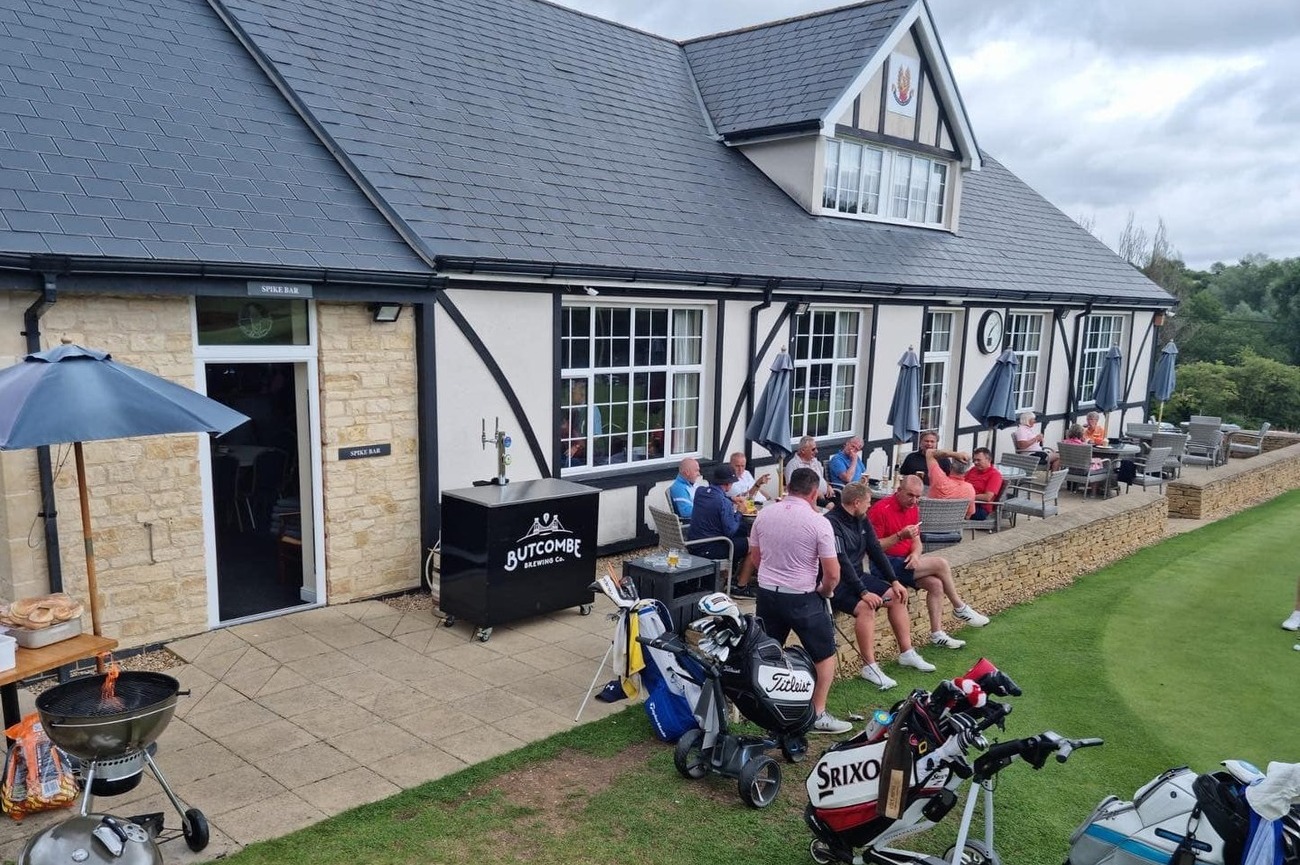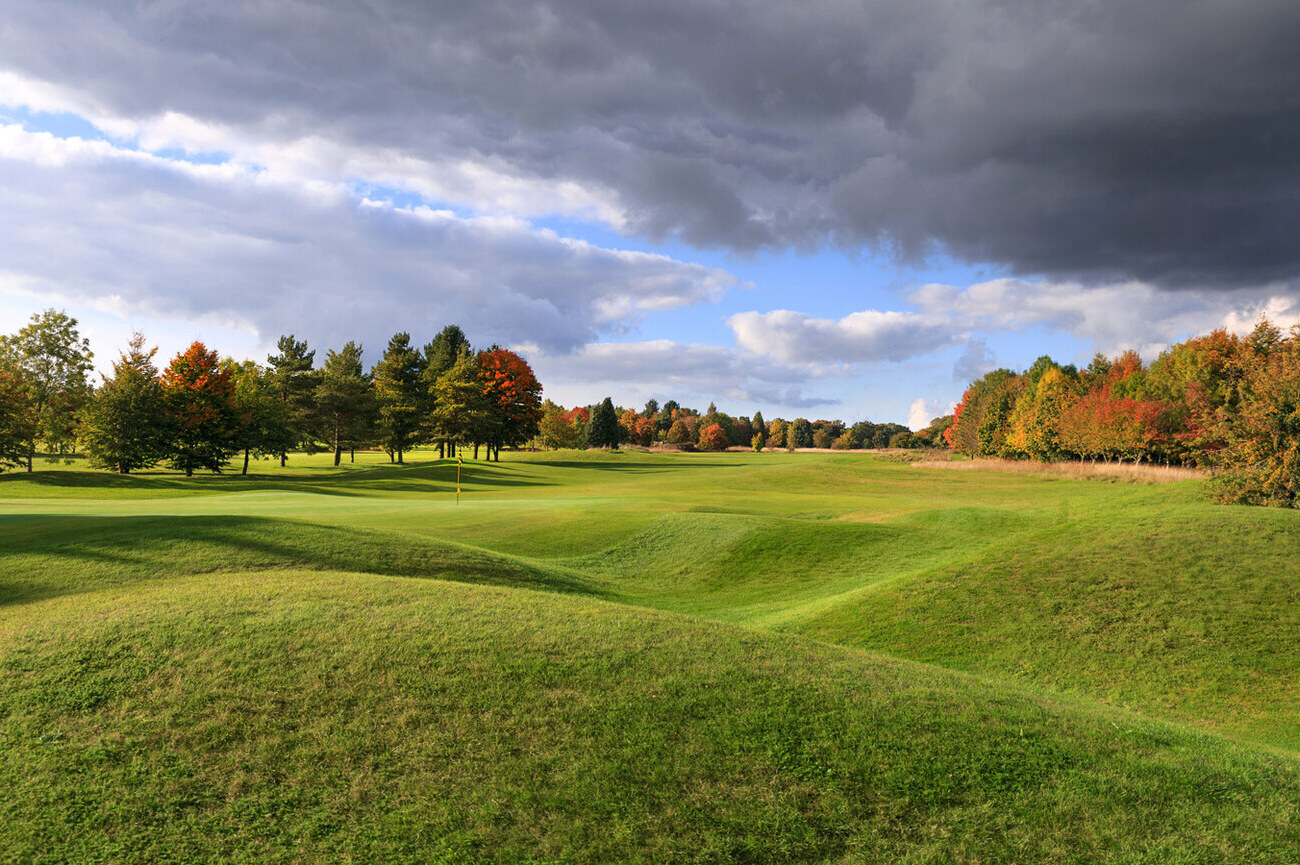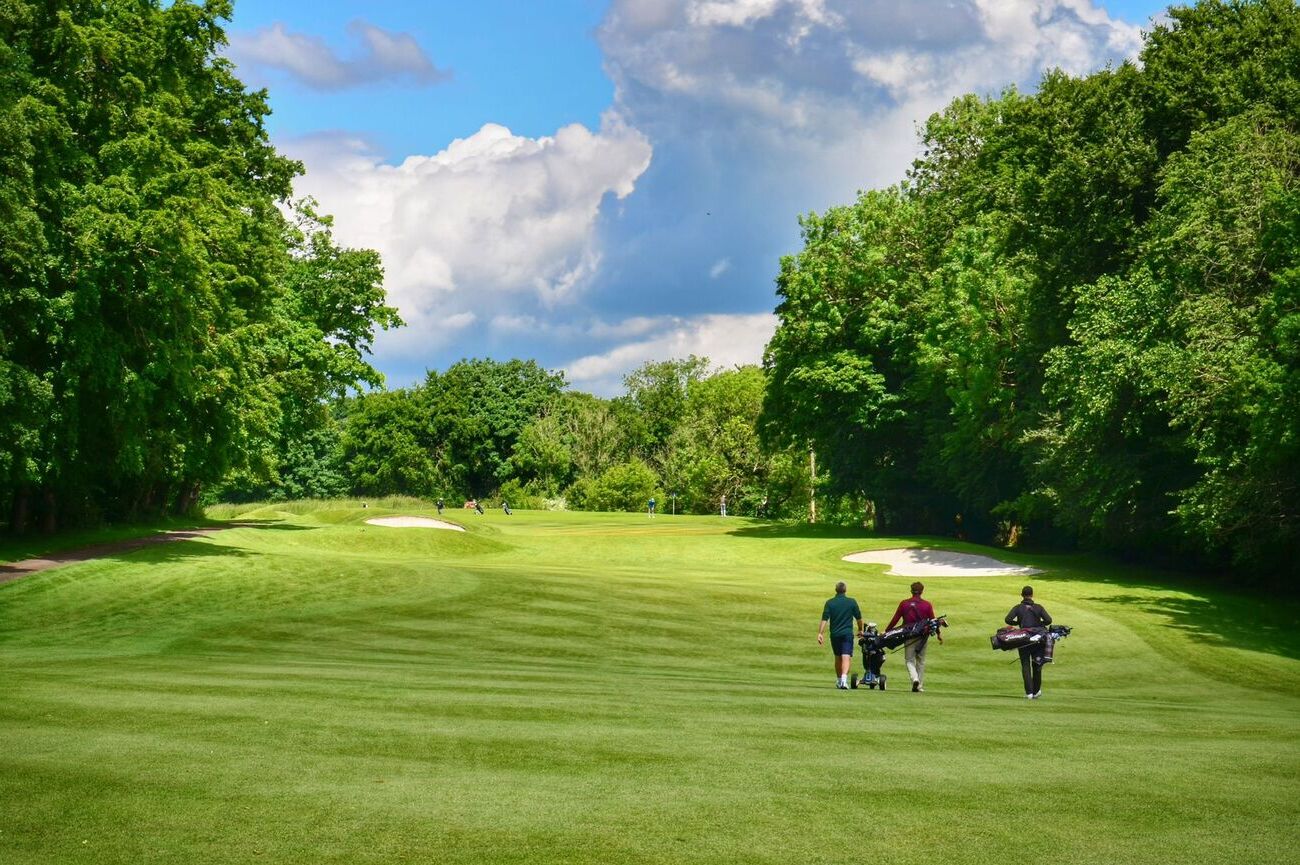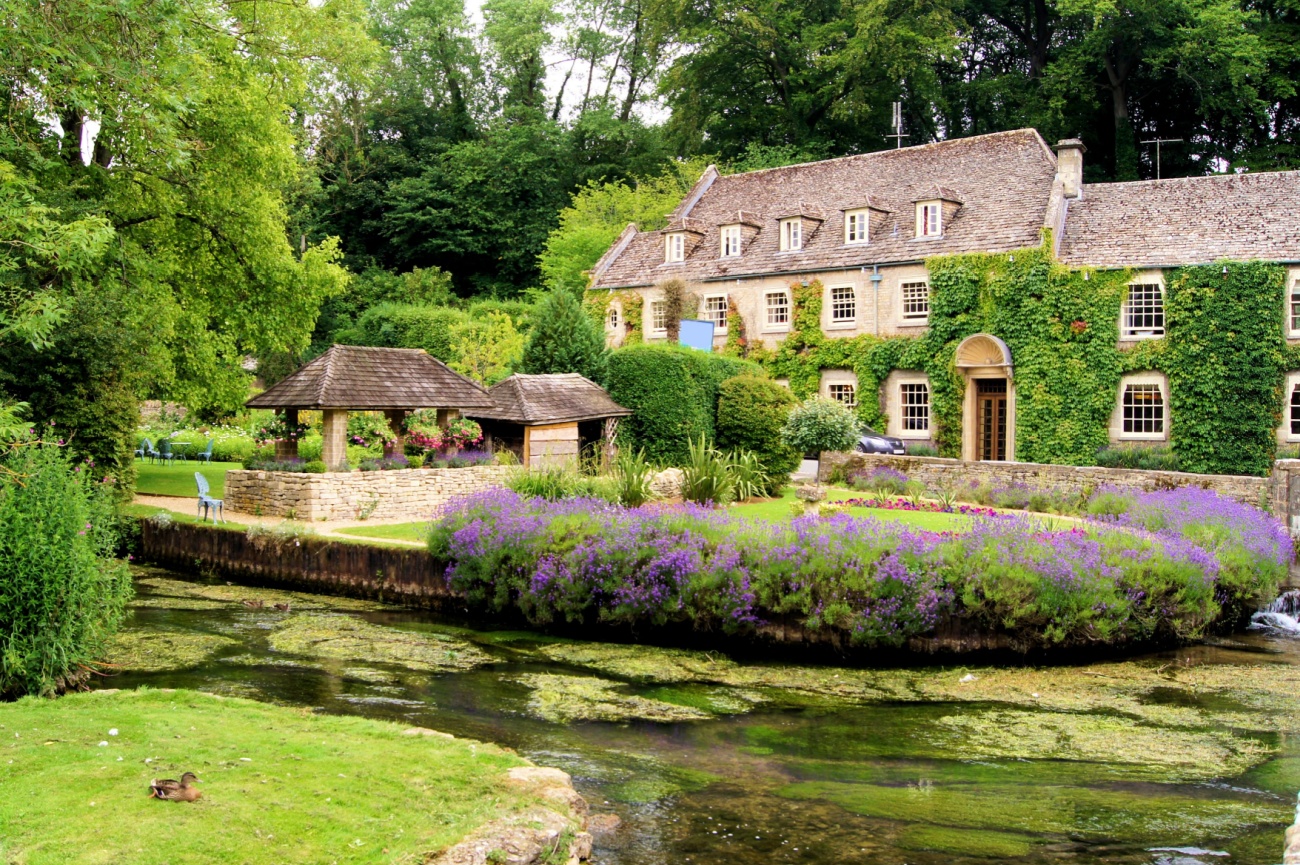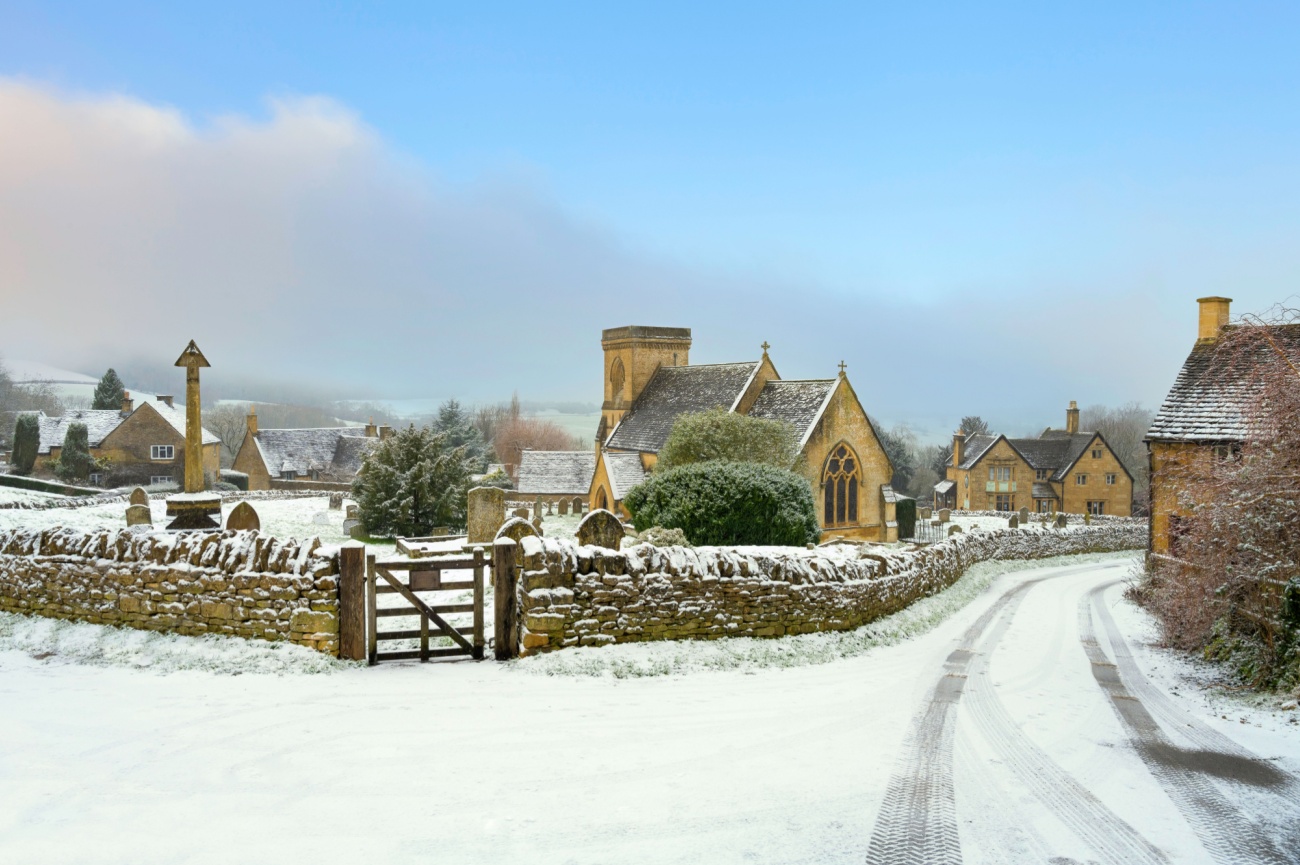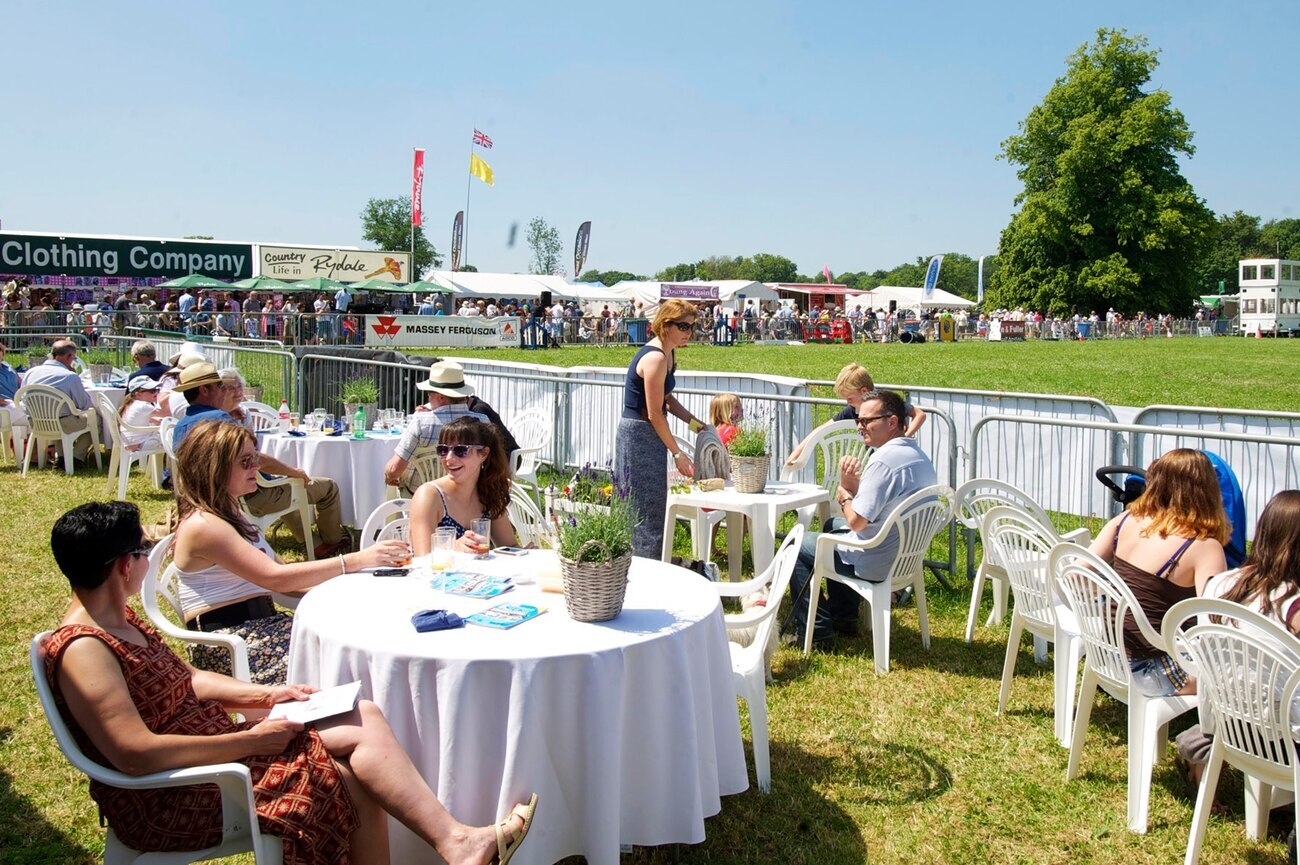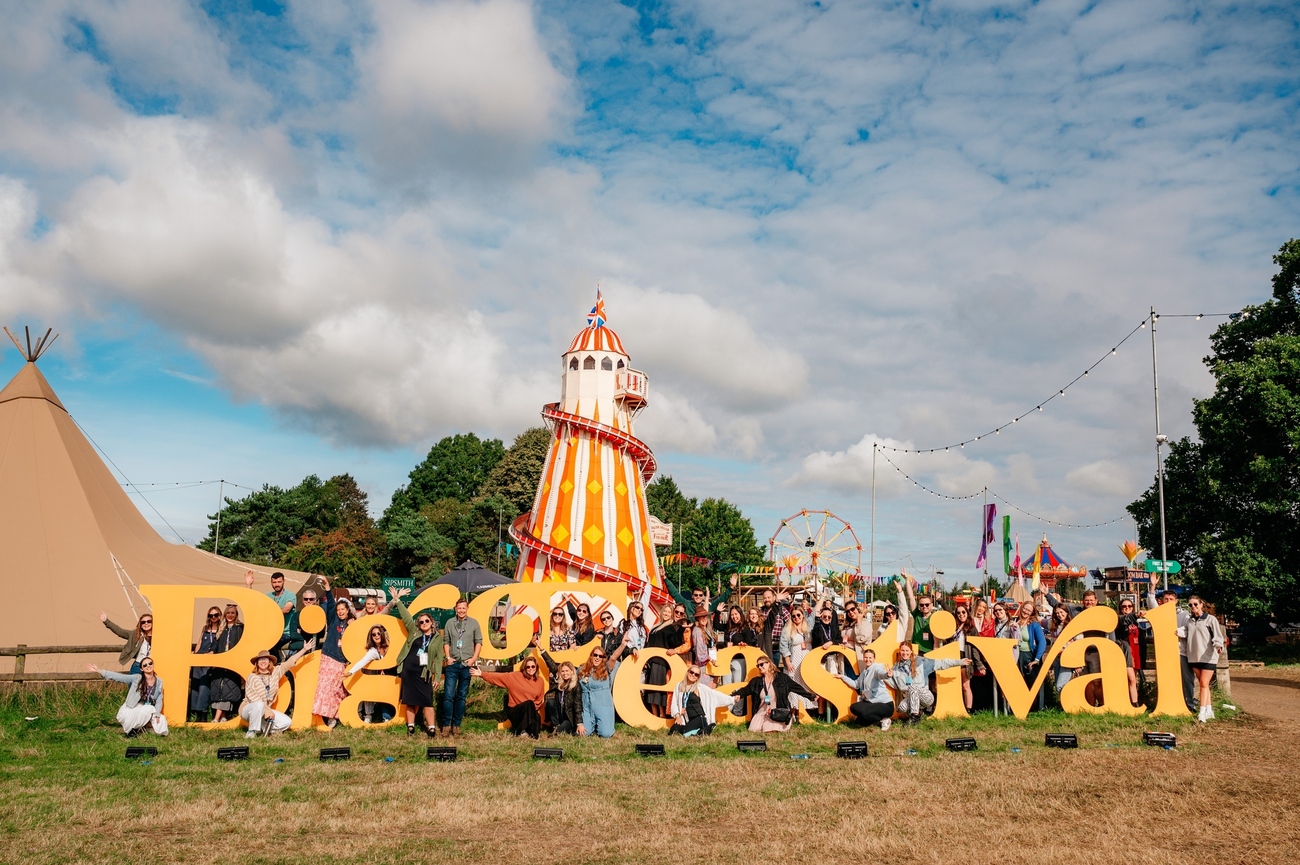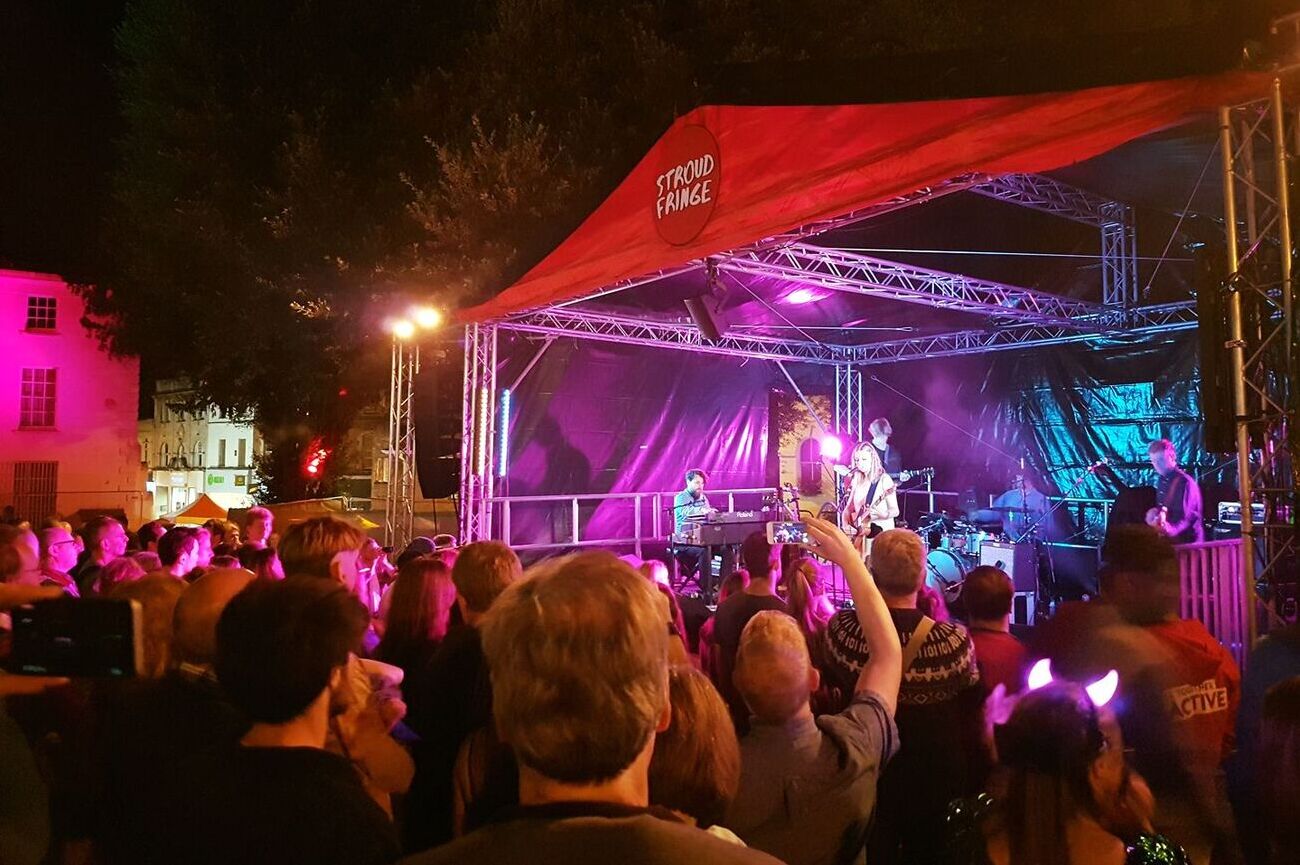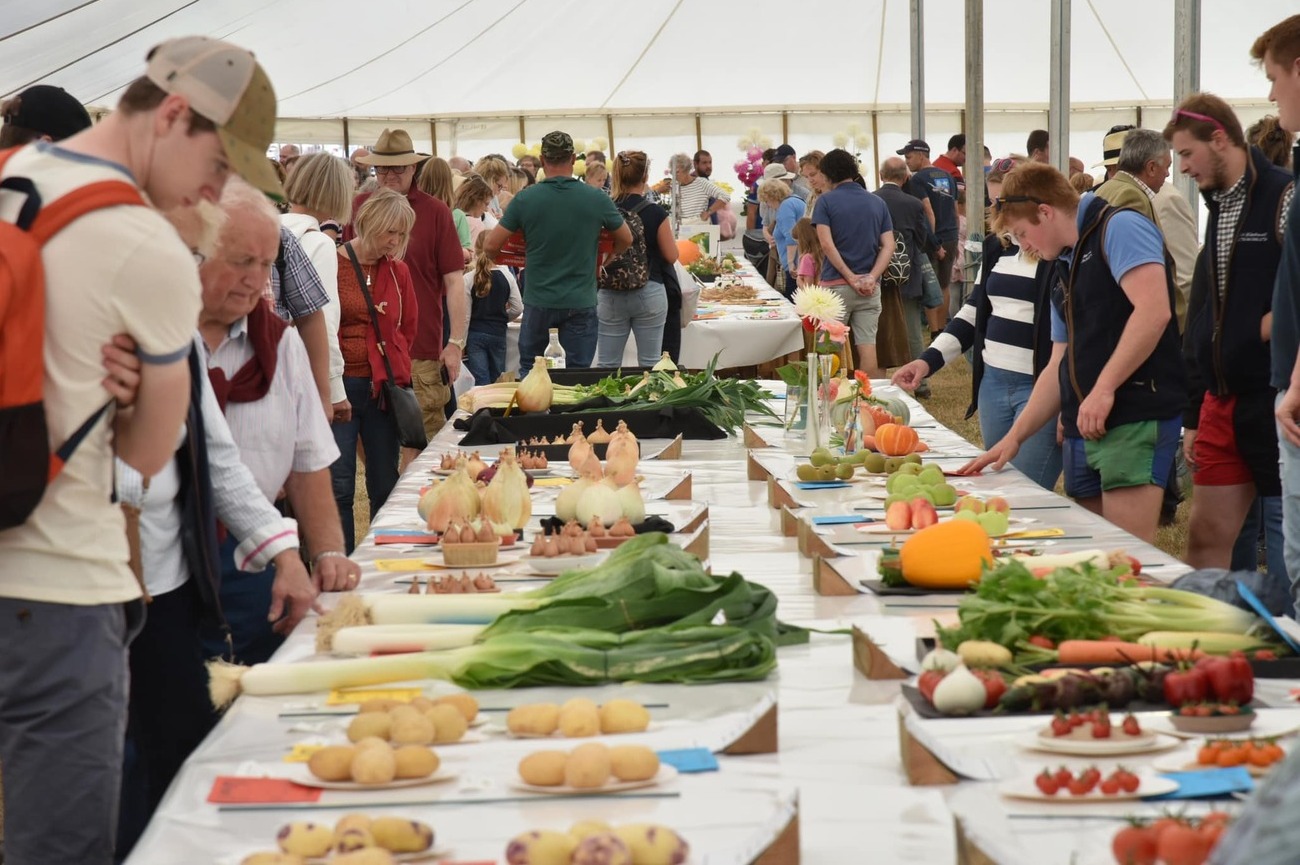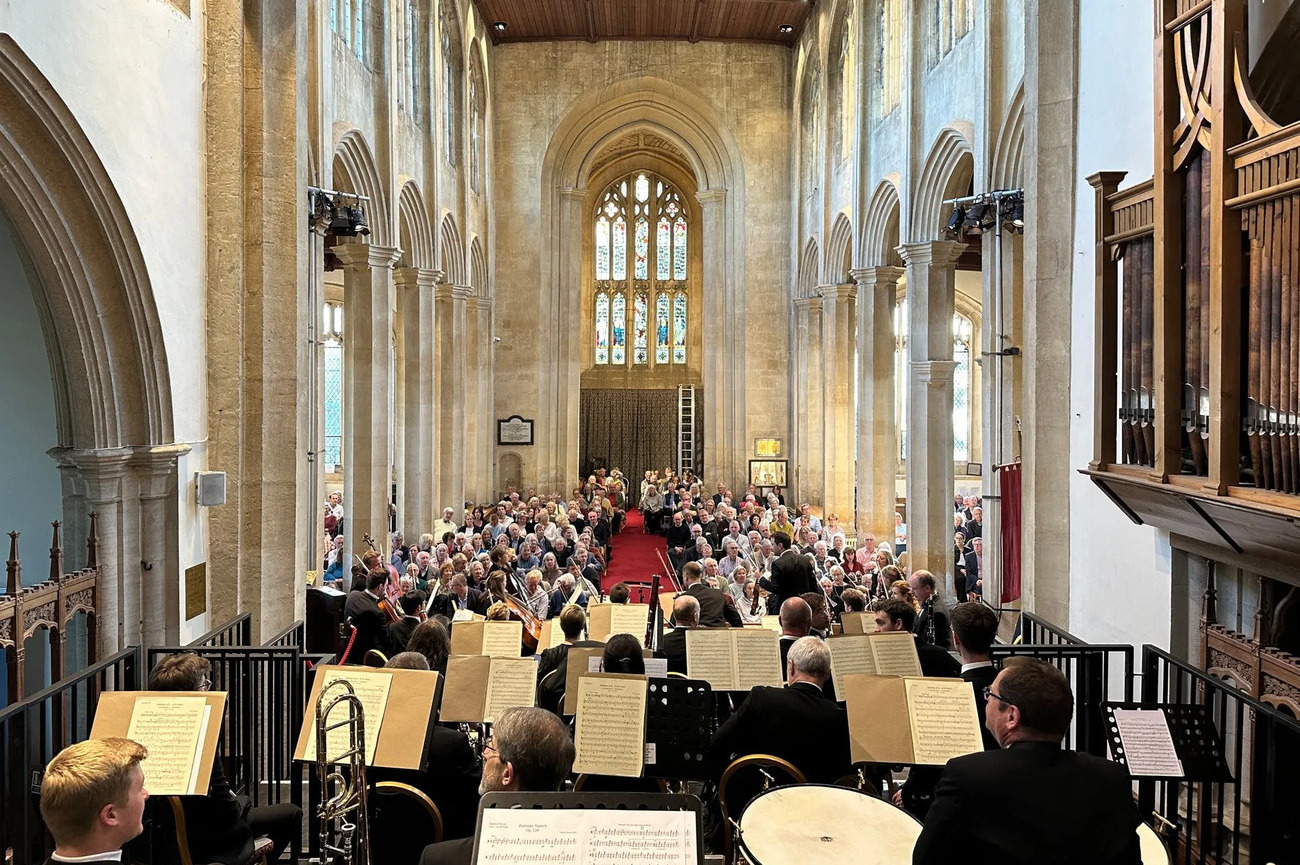Things to Do in Cotswolds, UK: 7-Day Itinerary
Take a tour of the world-famous Cotswolds in the southwest of England. It spans 800 square miles of unspoilt countryside and mediaeval villages with unique and captivating features. Recognised as an Area of Outstanding Natural Beauty (AONB), this magical landscape has inspired writers, painters, craftsmen, and poets since the Roman invasion to the Saxons, Normans, and modern times including J.R.R. Tolkien and William Morris. Follow our seven-day itinerary, which will take you on a magnificent route along the western edge of the Cotswolds.
The Cotswolds 7-Day Tour
Map
Day 1

Morning: Chipping Campden
Chipping Campden is a picture-perfect mediaeval wool town nestled in north Cotswolds. It was once famous throughout Europe for its superb wool production in the Middle Ages. After becoming a hub for wealthy wool merchants, the charming honey-soaked stone buildings were preserved by an arts and crafts revival in the 1900s. Chipping Campden features an impressive sight for visitors with its pretty terraced row of shops and eateries along its high street. The town has a handsome hybrid of architectural styles as these buildings were adapted and improved over 800 years. You will see a blend of vernacular designs with Jacobean and Georgian additions.
National Trust Hidcote
The first stop on the Cotswolds tour is the Grade I-listed gardens at the National Trust Hidcote. Drive 15 minutes by car from Chipping Campden to see ten acres of ornamental Arts and Crafts gardens with exotic plants and themed garden rooms. Created by American horticulturist Major Lawrence Johnston in 1907, the meticulous landscaping and formal designs are famous across the country. Although the manor house isn't open to the public, there is a cafe, potting shed, gift shop, plant centre, and magnificent views over the Vale of Evesham and the Malvern Hills.
St. James' Church
Explore Chipping Campden's small yet perfectly preserved historic market town, starting at St. James' Church. Sitting beside the elaborate Old Campden Manor gatehouse, the Grade I-listed church features a 120-foot bell tower, Perpendicular Gothic architecture, brass memorials, marble monuments, a mausoleum, and a grand organ. Wealthy wool merchants built the church in the 15th century, which explains the extravagance seen from miles away. Usually, a volunteer guide is on hand to provide historical insight and answer questions.
Court Barn Museum
Just next door to St. James' Church is the Court Barn Museum. Discover the story of Charles Robert Ashbee and his Guild of Handicraft, a group of 50 designers and artists in the Arts and Crafts movement who packed up everything in London to start workshops in Chipping Campden in 1902. They were experts in silversmithing, bookbinding, furniture making, stained glass work, illustration, and ceramics. The museum was founded in 1928 and showcases the craftsmanship of the Guild in a Grade II 14th-century barn. Temporary exhibitions, live concerts, and events take place all year.
East and West Banqueting
Houses
Walk by the East and West Banqueting Houses as you continue en route into Chipping Campden. Once the venue for lavish banquets hosted by a local and wealthy cloth merchant, Sir Baptist Hicks, the fine Jacobean buildings are in pristine condition. They are the remnants of the Old Campden House estate, an elaborate manor house in the latest fashionable design of the 17th century, and the residence of Sir Hicks. In 1645, Royalist soldiers burned the manor house to the ground during the Civil War. Luckily, the East and West Banqueting Houses escaped the fire and today, they are maintained and rented as holiday lodges by the Landmark Trust. Once a year the properties are open to the public, however, they offer an impressive view even if you can't take a tour inside.
The Cart Wash
On the stroll into town, you will pass by the 19th-century stone-lined cart wash. Built in 1832, carts and horses were placed in the cart wash to wash away mud and dirt from the fields before they entered the town. It was also part of an interesting affair in 1919. When the town council accepted a German field gun as a trophy to stand as a public monument in remembrance of the heroic acts of British soldiers in WWI, the townspeople thought differently. The gun was seen as an ugly sight as it had killed many brave men. Twice the gun was removed in secret by townsfolk from its public platform – dumped in the cart wash and again in the mill stream. After falling into disrepair in the 20th century, the cart wash was restored in 2015.
The Almshouses
Follow the curve of Church Street to see the Almshouses, constructed in 1612 by Sir Baptist Hicks. The Almshouses are built of locally quarried honeycomb-coloured limestone, known as Cotswold stone. They are constructed in vernacular style – a simple yet elegant building design used by local masons. The Almshouses housed six poor men and six poor women of Chipping Campden along with free provision of coal at Christmas, a felt hat, and a weekly allowance of three shillings. To this day, twelve elderly Campdonian citizens take residence at The Almshouses. Much of the interior is unchanged except for the addition of a modern bathroom, kitchen, and central heating. Outside you will see Sir Hicks' coat of arms carved in the stone and the original communal water tap.
Grevel House
Walk past Eight Bells Inn, a 14-century public house built to house the stonemasons constructing St. James' Church. The Inn stored the eight church bells before they were installed into the church tower, giving way to its name. Turn left onto the High Street to reach Grevel House – the oldest building in Chipping Campden. It was built as a home for local wool merchant William Grevel in 1380, making it a fine example of the first wool mansion. William Grevel owned a vast number of properties and land, so rich that he even lent money to King Richard II. Look for the intricately decorated mullioned windows, sundial, and stone gargoyles. Today it is a private residence, so it's not possible to see the inside, but it's worth admiring the architecture.
High Street
Continue along the High Street and its Olde England feel. The long sweeping street has unbroken rows of endearing shops, restaurants, cafes, antique sellers, and art galleries mostly made of Cotswold stone with Georgian wooden-framed bay windows, darling wooden doors, and decorated with wrought iron signs. Tudor-style buildings with half-timbered construction, exposed beams, and steep gables are dotted in between — the architecture of the High Street dates to the 15th and 17th centuries. Notice how there are no telephone poles or electricity wires in sight. Frederick Griggs, an architect and illustrator, was one of the Guild of Handicraft members who moved to Chipping Campden and is best known for preserving the town and its beautiful buildings. Thanks to him, the telephone and electricity wires were laid underground, he conserved many buildings including St. James' Church from bad restoration, and set up the Campden Society to protect the town's heritage.
National Trust Market Hall
Halfway down the High Street lies the Market Hall. It was constructed in 1627 by Sir Hicks to provide shelter for market traders who sold butter, cheese, and poultry. After it was almost sold to an American in the 1940s to be dismantled and shipped across the Atlantic, the townspeople managed to raise funds for its purchase and gave it to the National Trust. It has had stone restoration to its structure and roof as it fell into a bad state over the years. The cobbled stone floor is still in its original condition and you can see how it has worn away from the footsteps of centuries of shoppers.
National Trust Dover's Hill
To finish the tour of Chipping Campden, walk one mile to Dover's Hill, which is well worth the effort just for the Cotswolds countryside views. A 30-minute walk from the market hall, Dover's Hill is made of Jurassic limestone covered with ancient woodland, grassland, and meadows. Grazing sheep, birds, and butterflies are some wildlife to enjoy. It is also home to Robert Dover's Cotswold Olympick Games, an annual event which began in 1622.
Day 1, Morning - Chipping
Campden Tour Map
Afternoon: Broadway
Known as the "Jewel of the Cotswolds," Broadway is a large village six miles south-west of Chipping Campden. It was an ancient settlement as early as 1900 BC. In the 17th century, the village became a busy resting stop for travellers along the coaching route between London and Worcester. As seen at Abbot's Grange and The Broadway Hotel, parts of the village's old mediaeval buildings still survive.
The High Street
Start at the top of Broadway's wide, winding High Street lined with proud horse chestnut trees and postcard Wisteria-adorned cottages. Dip inside the pretty, independent shops with their Georgian bay front windows and Cotswold stone walls for antiques, perfumes, gifts, cookware, cheese, interiors, chocolate, shoes, toys, clothing, pottery, and artwork. Broadway is renowned for its unique, handcrafted, and quality shopping wares. Along the way, admire period mansions and rural dwellings featuring high-sloping slate rooves and dainty windows.
Broadway Museum and Art
Gallery
Stop by the Broadway Museum and Art Gallery, a converted 17th-century coaching inn, halfway along the High Street. Explore the rich history of Broadway, including its peak during the 11th-century wool trade, 17th-century coach travel, and a 19th-century retreat for American artists and writers. See oil paintings, a cabinet of curiosities, local fossils from the Iron Age, furniture from the 16th to 19th centuries, a wool exhibition, and old postcards and photos from around Broadway.
Broadway Tower and Deer
Park
It's one mile from Broadway High Street to the popular Broadway Tower on Beacon Hill, a scenic 28-minute walk or a 7-minute drive. Broadway Tower was built in 1798 as an ornamental Gothic structure, otherwise known as a folly, to give interest to the landscaped land belonging to the sixth Earl of Coventry. The tower sits on 200 acres of family-owned parkland with red deer, a cafe, an espresso bar, a shop, and circular walks to enjoy. Learn about the famous manuscript collectors, painters, and artists who used Broadway Tower, and climb the winding stairs to take in the breathtaking views from the rooftop.
Broadway Nuclear Bunker
At the same site as the Broadway Tower lies a Cold War relic – the Broadway Nuclear Bunker. Constructed 15 feet below ground and kept a secret for thirty years until it was decommissioned in 1991, the bunker was used as a monitoring post to study the effects of nuclear fallout. Today, visitors can go into the bunker to see how it would have looked in the 1980s, at the peak of the Cold War. There is also a museum and tour guides to explain its secret history.
Cotswold Lavender
From Broadway Tower Estate, walk 38 minutes or drive 5 minutes down Buckle Street to reach Cotswold Lavender. Between June and August, the family farm at Cotswold Lavender opens to the public when the lavender crops bloom. See, smell, and admire 35 varieties of lavender in shades of purple, blue-grey, green, and lilac as you walk amongst 70 acres of planted rows. Discover how lavender oil is extracted by taking a tour of the distillery, tasting lavender scones and ice cream at the Lavender Cabin, and browsing the gift shop for the perfect lavender treat. There is a Beechwood Trail into the nearby woodland and a wildflower meadow to take some stunning photos.
National Trust Snowshill
Manor and Gardens
The must-see quirky and eccentric National Trust Snowshill Manor and Gardens is just one mile from Cotswold Lavender, in the quaint village of Snowshill. A Tudor country house built on the remains of a mediaeval monastery, Snowshill Manor was lovingly restored by Charles Paget Wade who purchased it following World War I. Charles was an architect, illustrator, and collector, with a vision to transform the neglected manor into an intriguing and magical home full of handcrafted items, unusual objects, and his Magical Cabinet of Curiosities. Each room has a theme including the Mermaid Room, the Dragon Room, and the Hundred Wheels Attic. Every corner of the manor was used to display Charles' beloved collection, so much so that he lived in the cottage in the garden. What was once an old muddy farmyard at the Snowshill property became an Arts and Crafts garden designed by Charles and architect Mackay Hugh Baillie Scott. They created two acres of country garden with garden rooms, large sprawling borders of flowers, topiaries, terraces, stone walls, a sunken pool, a miniature village, and an apple orchard.
Gloucestershire
Warwickshire Steam Railway
Drive three miles (7 minutes) from Snowshill Manor to the Broadway Station for Gloucestershire Warwickshire Steam Railway. One of the top ten attractions in the Cotswolds, the steam and diesel railway runs a 29-mile round trip from Broadway Station to Cheltenham Racecourse. Hop aboard a 19th-century steam or 20th-century diesel locomotive to experience what travel was like for the Victorians, Edwardians, and postwar Britons. From Broadway, the trains stop at Toddington, Winchcombe, Gotherington, and Cheltenham.
Day 1, Afternoon - Broadway
Tour Map
Where to Eat in Cotswolds
- The Wild Rabbit: Listed in the Michelin Guide serving modern British dishes to leave a lasting impression. The luxury restaurant and pub is in Kingham in Chipping Norton.
- The Old Butchers: Expect a Mediterranean-inspired menu alongside British classics. The Old Butchers is listed in the Michelin Guide and offers a quirky dining setting in Stow-on-the-Wold.
- The Swan Inn: Hearty pub food has top reviews at the Swan Inn in Broadway. There are open fires, low beamed ceilings, outdoor dining on the terrace, and excellent presentation.
Where to Stay in Cotswolds
- Abbots Grange Manor (5 stars): A stunning mediaeval manor house dating back to 1320 with luxury service located in Broadway. The mediaeval and Tudor period interiors have been carefully chosen to complement the timber beams and stone walls that were once the summer house for the Abbot of Pershore. Open fires, solid oak four-poster beds, vaulted ceilings, and stone stairways add to the magical ambience.
- The Porch House (5 stars): With ancient roots back to 947 AD, The Porch House is a sumptuous hotel with historical and country character reflecting its Cotswolds setting. Free-standing bathtubs, brass chandeliers, soft tartan sofas, open fires, and open stonework await in the hotel. A cosy pub with low ceilings, multiple hideaway nooks, and local paintings and agricultural curiosities make it a unique and memorable stay.
- The White Hart Royal (4 stars): A 17th-century coaching inn tucked away in Moreton-in-Marsh with a reputation for warm hospitality and old-world charm. There is a mix of modern and historic decor, a lounge with a stone fireplace, low-hanging timber beams, and a courtyard to dine and drink al fresco. The White Hart Royal offers an informal, laidback, and rural atmosphere.
- Lords of the Manor (4 stars): Sitting in Upper Slaughter is the elegant Lords of the Manor hotel, built in the Stuart period in 1649. For centuries, it was a private residence of the Slaughter family and the Witts, until it became a hotel in 1975. The manor is surrounded by 8 acres of gardens, meadows, and planting for guests to admire. Inside, the hotel is tastefully decorated with white walls, wood panelling, and a chic country design. Free-standing bathtubs, unspoilt garden views, and fine dining are major draws to the hotel.
- Redesdale Arms Hotel (3 stars): An award-winning 17th-century coaching inn decorated to a contemporary taste with bright rooms. A lounge and dining area features an open fireplace to warm up in the evenings, rural wooden floorboards, tartan carpeted hallways, and a restaurant awarded an AA Rosette. Easily make trips and excursions from Redesdale Arms Hotel thanks to its accessible location in Stow-on-the-Wold.
Day 2

Morning: Moreton-in-Marsh
Ten miles south-east of Broadway is the bonny market town of Moreton-in-Marsh surrounded by the lush green open moorland landscape. It sits on the Fosse Way, a Roman road connecting Exeter to Lincoln, which was built in the first and second century AD. The town has a long history, being owned by Westminster Abbey in the 11th century and becoming a market town in the 13th century. Like its neighbours, it thrived as a travellers' stop along a main coach route and is said to have inspired J.R.R. Tolkien's Lord of the Rings. Today it is a popular destination thanks to its railway station that serves a direct line to London.
Sezincote House and Garden
Before visiting the town centre of Moreton-in-Marsh, stop first at England's only Indian palace, Sezincote House, just on the outskirts. An unexpected exotic feature in the middle of the English countryside, the story of Sezincote is just as curious. The Mughal design, puffed copper dome roof, tropical Orangery, seven pools, a Hindu temple, and Nandi bulls are the idea of the British nabob, Charles Cockerell and his brother and architect, Samuel Pepys Cockerell. Charles was heavily influenced by his far-flung voyage to Bengal in 1776 where he lived, worked, and acquired huge wealth for thirty years before moving into the estate at Sezincote. Visit the house and gardens to see how Charles infused his East India memories into the inspirational family home he created.
Cotswolds Falconry Centre
Pass by Bourton House and Batsford Park – two other attractions to visit if you have time – to admire birds of prey at the Cotswolds Falconry Centre. There are 150 birds including 60 species of kestrels, falcons, owls, kites, hawks, buzzards, vultures, and eagles. Witness the majesty and beauty of the birds during the three flying displays throughout the day, talk to knowledgeable falconers, and see the birds up close in their aviaries.
Wellington Aviation
Begin the tour of the town with a short visit to the Wellington Aviation Museum, a small Aladdin's cave full of Royal Air Force memorabilia. The original photos, badges, maps, models, aircraft parts, flying equipment, books, and hats displayed inside an old Victorian school were the private collection of a WWII veteran. The museum pays homage to the pilots and crew trained to fly Wellington mid-range bombers at the nearby Moreton airfield built in 1939. Volunteers in the museum welcome questions and offer information about the intriguing curios.
The Manor House Hotel
A five-minute walk leads you into the town with its wide High Street and traditional Cotswold stone buildings. Make your way to the Manor House Hotel, built around 1545, and one of the oldest properties in Moreton. It was first a coaching inn during the 16th century before becoming a hotel with modern amenities once the railway was established. The Manor House Hotel was owned by the Crewsyke family for over a hundred years, until the end of the 17th century when, it's said, gruesome events occurred. According to legend, Dame Crewsyke haunts the hotel to this day. The Grade II property is also home to a 300-year-old Mulberry tree and private walled gardens.
The Redesdale Hall
Walk three minutes towards the town centre to reach the Redesdale Hall. It was built over 150 years ago by Sir Algernon Bertram Freeman-Mitford, the first Baron of Redesdale, and the great-grandfather of the famous Mitford sisters. While the building itself is fairly humble in its history and purpose as a town hall, the man who commissioned its construction had an interesting life story. Bertram, known as "Bertie," was a diplomat who spent time working in St. Petersburg, Shanghai, and Japan between 1858 and 1866. He assisted with renovations of the Tower of London and the landscaping at Hyde Park. After inheriting Gloucestershire estates, he restored the mansion at Batsford Park in Victorian Gothic architecture and inspired by his travels in East Asia, he created the nearby oriental Batsford Park Arboretum with a stream, Japanese Rest House, and Japanese trees.
Curfew Tower
Opposite the Redesdale Hall stands the oldest building in town, Curfew Tower. Built in the 16th century, the two-storey tower has the original Tudor door and arch over the doorway. The first purpose of the tower was to be a prison for drunk and disorderly Moreton residents. There is still a wooden bench inside where prisoners would sit during their short confinement. A bell was installed in 1633 to ring at the end of the working day until 1860. It was also rung during thick fog to help guide travellers. Notice the clock, which was added in 1648.
The Bell Inn
Fans of The Lord of the Rings need to pass by the 200-year-old Bell Inn further along the High Street. Once a coaching inn, the pub is said to be the inspiration for the Prancing Pony in J.R.R. Tolkien's masterpiece. While you likely won't see any Hobbits, Rangers, or Gandalf meeting to discuss their Middle Earth quest, you will be fascinated to eat, drink, or stay in this cosy pub frequented by the author himself. Tolkien spent many visits at the Bell Inn to meet his brother Hilary Tolkien, as it was the middle meeting point between where they lived. Just like in The Lord of the Rings, both the Prancing Pony and the Bell Inn have a courtyard with two wings on either side and are in curfew towns beside a meeting place of several surrounding shires.
Day 2, Morning -
Moreton-in-Marsh Tour Map
Afternoon: Stow-on-the-Wold
A 30-minute drive south of Moreton-in-Marsh brings you into Stow-on-the-Wold's adorable little market town. It sits atop an 800-foot hill, making it the highest town in the Cotswolds. Founded by Norman lords in the 11th century, Stow-in-the-Wold is soaked in local history. It was originally named Edwardstowe in the Saxon period after Edward the missionary who lived in the town as a hermit. "Stowe" means holy place and "wold" means hill. So, Stow-in-the-Wold means holy place on the hill. The town is in a prime position at the junction of six roads. It also has importance during the Cotswolds booming sheep trade and the English Civil War.
Stow-on-the-Wold Fountain
Constructed in 1867 is the stone drinking fountain at the north end of the High Street near Tewksbury Road. It was the first supply of clean, safe water to the town, featuring two drinking fountains, two horse troughs, and below, a dog bowl. Notice the charming little wooden door on one side, the stone detailing, and the tall pyramid top that ends in a cross. Today, the mason troughs are used as flower planters. The fountain commemorates the tremendous gift of £2,000 by Joseph Chamberlyne to dig the well deeper.
Historic Village Stocks
Continue along the High Street to the top of the market square. Here, you will find stocks from the mediaeval period, around the 15th century. The wooden stocks were used to lock the head and hands without escape as punishment for disruptive behaviour. Locals would throw rotten food and insults at whichever scoundrel found themselves in such a precarious position, which added to the humiliation of public display. Interestingly, the English Statute of Labourers law which brought the use of stocks into legal use was never formally abolished.
St. Edward's Church
Keep walking south and then turn right onto Church Street to find the most incredible church you'll ever see, straight from Middle Earth. St. Edward's was named after the beloved hermit missionary and was built on top of a Saxon church between the 11th and 15th centuries. There were additions in the Victorian period. J.R.R. Tolkien's inspiration didn't end at Moreton-on-Marsh, as you will see upon discovering the church's North Porch. Framed between two ancient yew trees with gnarled and twisted trunks, is an impressive, heavy wooden door with a pointed arch and iron nails dotting its face as big as cherries. The church's walls around the trees have embedded them into the architecture. It's easy to see how one of Tolkien's visits would have sparked the idea of the Doors of Durin in Lord of the Rings.
Market Cross
Head back to the market square to spy the Market Cross monument. Between the 12th and 17th centuries, Stow-on-the-Wold was a prominent town during the wool trade. From 1107 until 1900 a weekly market was held in the square. This tradition continues 800 years later with a farmer's market every month. The wide square was ideal for selling sheep and it's said that as many as 20,000 were sold in one day when Cotswold Lion wool was the most valuable in Europe. You'll see narrow lanes from the market called "tures," which were used to control the movement of sheep. The Market Cross's tall stone structure was used to mark the centre of the market and remind traders to sell honestly and fairly.
The Porch House
Previously the Royalist Hotel, The Porch House is considered England's oldest inn dating back to 987 AD, earning this title in the Guinness Book of World Records. During Saxon times it was founded as a hospice in 949 AD for passing pilgrims and travelling merchants. Inside, there are some curious features. The low-ceiling timber beams were carbon-dated and found to be over 1,000 years old. A pit three-foot deep was also discovered beneath the restaurant, which may have been used for cock or dog fighting. A closer look at the 16th-century stone fireplace will unveil carved "witch marks," apparently to ward off evil, but the secret meaning is a mystery.
Day 2, Afternoon -
Stow-on-the-Wold Tour Map
Where to Eat in Cotswolds
- Halfway at Kineton: A 17th-century inn at Kineton with an unbelievable classic pub menu, so good that it is listed in the Michelin Guide. Expect British roast dinners, fresh fish, and ham hock cooked to an exquisite level of perfection.
- Henne: In the centre of Moreton-in-the-Marsh, Henne offers a tasting menu with punchy flavours and elaborate style. It is featured in the Michelin Guide for the superb culinary experience given to diners.
- Horse and Groom Pub on the Hill: A gastropub in Burton-on-the-Hill set in a Georgian property. The cosy decor is full of old equestrian gear including stirrups, bridles, and bits. Classic pub food and real ales to make your mouth water.
Day 3

Morning: Upper and Lower
Slaughter
The twin villages of Upper and Lower Slaughter are pretty as a postcard with their yellow-stone cottages, lavender hedges, and the River Eye quietly shimmering in the sunshine as it makes its way around the country lanes. They are two of Britain's Thankful Towns, which didn't lose any men in the First or Second World War. Although the sleepy villages are quiet, small, and unassuming, they pique interest in passing tourists for their unspoilt beauty. In fact, no building work has occurred since 1906.
Upper Slaughter
At the top of Upper Slaughter, there is a ford over the River Eye. It makes a bonny photograph on a sunny day as the water sparkles over the shallow river bed. The surrounding grass lawns, water irises on the river bank and the chocolate box houses create a tranquil setting to admire. Head back to the village to see the 12th-century St. Peter's Church with remnants of mediaeval stonework, 17th-century tombstones, and Edwardian brass plaques. Walk through The Square and along the riverside Warden's Way, which takes you through sheep-filled fields and lush green grass for one mile to arrive at Lower Slaughter.
Lower Slaughter
Warden's Way will lead you directly to the Old Mill, a 19th-century water mill featuring a striking red brick tower. It milled flour for four generations until 1958 when it briefly became a post office and then a museum. Following Covid-19, the museum closed but it's still a stunning mill to walk by and appreciate. Continue along the riverside path to reach an ancient stone village well. Follow the path onto Copsehill Road to visit the quaint St. Mary's Church, which dates back to the 13th century and was heavily restored in the Victorian period. Return towards the river to see the Victorian village hall, built in 1888 as a reading room for men and youths. The handsome village hall is open to all and often showcases local artist exhibitions.
Day 3, Morning - Upper and
Lower Slaughter Tour Map
Afternoon:
Bourton-on-the-Water
Less than a five-minute drive from Lower Slaughter is the petite village of Bourton-on-the-Water. It is known as the Venice of the Cotswolds – the River Windrush runs through the village accompanied by five low stone bridges making it a picturesque scene. Once, the river was much wider and deeper but in the 17th century, it was redirected to course through Bourton to power three mills. Less than 4,000 residents live in Bourton-on-the-Water, but there can be as many as 300,000 tourists who visit every year.
Greystones Farm Nature
Reserve
Begin the tour of Bourton by stopping at Greystones Farm Nature Reserve, owned by the Gloucestershire Wildlife Trust. There is an organic dairy farm, a discovery barn, a visitor centre, a cafe, a shop, and wildlife trails. The River Dikler and the River Eye meander through the reserve creating a natural habitat for otters, water voles, freshwater shrimps, mayfly nymphs, kingfishers, and demoiselle cranes. Beautiful flora grows in the ancient and protected hedgerows and wildflower meadows, including marsh orchids, pink-flowered campions, and blue-flowered devil's bit scabious, attracting endangered butterflies, insects, birds, and mammals. The star of the show is the replica Iron Age roundhouse hut at Salmonsbury Camp, the site of an important meeting place during the Neolithic and Iron Ages.
Cotswold Motoring Museum and Toy Collection
Walk ten minutes to the Cotswold Motoring Museum and Toy Collection, strolling down the narrow village lanes lined with coffee houses, book shops, gift shops, and cottages. Seven rooms within the museum are full to the brim with 20th-century motoring memorabilia, vintage car and motorbike collections, classic toys, and interactive displays to educate and captivate. A special surprise awaits those who grew up watching the British children's TV show, Brum, as the little car lives in this very place. The museum is housed in a 17th-century converted mill with a gift shop.
The Model Village
Bourton-on-the-Water has the only Grade II-listed model village in the country, which is a serene four-minute riverside walk from the Cotswold Motoring Museum. Its uniqueness and craftsmanship earned its protection by the English Heritage. The Model Village is a 1:9 replica of Bourton-on-the-Water as it looked in the 1930s when it was built. Wander down the model village lanes, and river bridges, stopping by a miniature version of the Old Manor House, Water Mill, shops and churches. It was the idea of Mr C.A. Morris, the owner of the Old New Inn at the time, who wanted to attract more visitors to his establishment. For five years local craftsmen constructed the village in Cotswold limestone and slate before it was opened on Coronation Day in 1937. Make sure to see the model village of the model village of the model village.
Birdland Park and Gardens
Continue down Rissington Road for three minutes to reach the Birdland Park and Gardens to meet 500 exotic birds, reptiles, and dinosaurs across nine acres of riverside walks and woodland. If you have a heart for animals you will adore the talks and feeding presentations of penguins, pelicans, parrots, and flamingoes. Take a look at 50 aviaries with birds such as parrots, falcons, and pheasants. See chicks and hatching eggs at the Hatchery and Nursery, learn about lizards and snakes in the Encounter Zone, and explore dinosaur sculptures in Jurassic Journey.
Dragonfly Maze
Next to Birdland is the Dragonfly Maze, an enchanting treasure trail and maze for adults and children. Find and decipher 24 puzzles within the twists and turns of the yew hedges to solve the final test in the centre secret chamber. Complete the game by unlocking the golden dragonfly and master the maze. You won't need to worry about crowds and queues ruining the experience as only a certain number of players can enter per hour. Inspired by the book Masquerade by Kit Williams, the maze's mystical frog who guards the golden dragonfly was created by the author, illustrator, and puzzle master himself.
Day 3, Afternoon -
Bourton-on-the-Water Tour Map
Where to Eat in Cotswolds
- Atrium: The fine dining restaurant at Lords of the Manor Hotel in Upper Slaughter. A creative and seasonal tasting menu and sophisticated setting boast three AA Rosettes and are listed in the Michelin Guide.
- The Porch House: A pub and restaurant full of character in an ancient inn at Stow-on-the-Wold. Tender lamb and venison are recommended alongside vegetarian and vegan options.
- The Mousetrap Inn: An 18th-century inn set within the idyllic Bourton-on-the-Water. The hugely popular and highly-rated traditional pub offers locally-sourced food and real ales.
Day 4

Morning: Bibury
A twenty-minute drive from Bourton-on-the-Water brings you to Bibury (pronounced bye-burry). This small yet impossibly idyllic-looking village attracts an enormous number of tourists every year. The 19th-century artist William Morris famously described Bibury as "surely the most beautiful village in England" while the revered poet Alexander Pope quoted it as "pleasing." Every imagination of how a country English village should look is fulfilled at Bibury, complete with the quiet tumbling of the River Coln, wildflowers, hedgerows, and stone walls. It's a fairytale picturebook painting in real life. Due to its extreme popularity, it's recommended to visit very early in the day to secure parking and avoid the crowds.
Rack Isle
In the centre of the village lies a little water meadow reserve, protected by the National Trust. It is named Rack Isle after the wooden racks laid out here to dry cloth produced at Arlington Mill years ago. The River Coln and Arlington Mill stream circle around the grassy island, offering refuge for water voles, kingfishers, frogs, grass snakes, and dragonflies. Spot butter-yellow water irises, water lilies, and pink-ragged robins in the summer months. Cattle known as Belted Galloway graze on the meadow as part of the controlled conservation efforts. Walk along the footpaths signposted near Arlington Row.
Arlington Row
Quite possibly the most-photographed street in all of England is Arlington Row. Droopy slate rooves atop cosy stone cottages can be seen peaking above the long meadow grass of Rack Isle. Their slightly jumbled appearance is inviting with a sweet, charming character reminiscent of Grandma's quaint country home from Little Red Riding Hood or Bilbo Baggins' house in the Shire. Arlington Row began in 1380 as a stone building for monks to store wool and in the 17th century, it became a row of weaver's cottages. Today, they are owned by the National Trust but there is no access inside as they are the homes of private residents.
Arlington Mill
The Arlington Mill was first used as a fulling mill to make woollen cloth in 1638. Soon after, it also began milling corn. There is an old tale surrounding the mill, one of treachery, jealousy, and mortality. It is said that a wealthy widowed man long ago moved to Bibury and took over the old mill. His three sons had grown up and he missed the company of a woman, so in search of a new wife, he found a local young girl named Mary. She wasn't too keen on the marriage but her parents believed it was a good arrangement, allowing her to live a comfortable life with status and security. The mill owner was often away on business trips, leaving Mary at the mill with the eldest of the three sons. When the owner returned, he discovered an affair between the two. In a tremendous rage, he threw his son into the mill pond where he drowned, and he locked Mary outside in the winter cold all night. When the morning arrived, the owner went to find Mary but she had frozen to death beside the mill pond. The Arlington Mill no longer operates and has been converted into holiday homes.
Bibury Trout Farm
England's oldest working trout farm is just next door to the Arlington Mill. Bibury Trout Farm has been farming trout since 1902 and it's open to the public to enjoy. Bibury's fresh river trout was famed throughout the centuries for its supreme quality. Try your hand at fishing rainbow or brown trout at the farm across multiple fish ponds and cook your catch on their barbeques. Purchase a bag of fish food from the farm shop to feed the fish and watch them jump out of the water. Fresh trout and souvenirs are available to buy or sample delicious dishes at the Cabin Cafe.
Post Office and Old
Telephone Box
Take a scenic walk through the village along The Street passing by the endearing Post Office with its large wooden framed bay window and hand-painted shop sign. Carry on along the road to the left until you reach the nostalgic old British telephone box. Also known as the K2 kiosk, the famous red and dome-topped telephone booth was designed in 1924 by the British architect Sir Giles Gilbert Scott. The old telephone boxes are a rarity these days as BT plastic booths across the country have largely replaced them. This one, however, is celebrated for its elegant design and is a national treasure of British culture.
St. Mary's Church
From the old telephone booth, turn onto Church Road to make the final stop in Bibury. St. Mary's Church is a Saxon church beside the River Coln. The present Grade I-listed church building was constructed in the 11th century atop an existing church dating from around 899 AD. The architecture features Norman doorways, Saxon columns and capitals, and a 15th-century roof. Inside, you will be greeted by fine and colourful stained glass windows, a mix of old 13th-century and modern 20th-century work.
Day 4, Morning - Bibury
Tour Map
Afternoon: Cirencester
From Bibury, it's a 15-minute drive to Cirencester (pronounced Si-ren-ses-ter), a historic Roman market town beside the River Churn. The town is known as the Capital of the Cotswolds as it was once the largest Roman town in Britain outside of London. It was first recorded around 75 AD shortly after the Roman invasion when it was known by its Roman name Corinium. Before this, an Iron Age settlement existed called Cornovii, populated by the Dubonnii tribe. It was important in the wool and cloth trades in the Middle Ages. The long history has resulted in an ancient Old Town, Roman ruin walls, and the remains of a large Roman amphitheatre.
Cirencester Park
An unmissable attraction at Cirencester is the Bathurst Estate with a history stretching back to the 18th century. In 1712, Sir Benjamin Bathurst landscaped his newly acquired 3,000 acres of land. None other than the famous poet Alexander Pope helped him design the gardens, follies, woodland, and avenues across the park. Access the park by the Old Kennels entrance and stroll to Windsor Walk lined with native lime trees. Explore the Broad Ride, a straight five-mile stretch, Pope's Seat (where Alexander Pope sat to view the estate and complete his designs), Grade II-listed Stone Pillars known as the Pepper Pots, and the Hexagon, a limestone Georgian period covered seat.
The Mansion at Bathurst
Estate
Sitting regally at the East side of Bathurst Estate and Cirencester Park is the stately home, Oakley Grove, locally known as The Mansion. It was a Tudor-Jacobean house when it was purchased by the Bathursts and before this, it was thought to be the site of Cirencester Castle. The Mansion remains privately owned by the Bathurst family after 200 years and 11 family generations. You will notice towering in front of the grand house is what's claimed to be the world's tallest yew hedge, a hulking wall of dense evergreen conifer 45 feet high. The Mansion hosts guided tours on selected days, which must be pre-booked and include a viewing of the staterooms and refreshments.
Corinium Museum
Close to the Bathurst Estate in the heart of Cirencester, you will quickly stumble across the award-winning Corinium Museum. As the name suggests, it's a museum mostly showcasing Cirencester during its 400-year Roman rule. There's a large display of ancient Roman artefacts such as jewellery, stone carvings, gold coins, knives, tombstones, and mosaics. In addition, there are galleries dedicated to Prehistory, the Iron Age, the Saxon period, the Middle Ages, and the English Civil War. Corinium Museum houses a cinema showing ballet, opera, and period films, and regularly displays temporary exhibitions showcasing artwork and historical themes.
Church of St. John the
Baptist
A magnificent piece of Gothic architecture made of buttery yellow Cotswold stone, the Church of St. John the Baptist is difficult to miss as it towers proudly over the Market Place in Cirencester. A legacy of the booming wool trade, it has been a place of worship for over 1,000 years and is one of the finest examples of England's wool churches. Built in 1115, it has had alterations over the centuries but is most prized for its intricate and ornate detailing, especially the exterior stone windows, gargoyles, stained glass, ancient wall paintings, a gigantic organ, fan-vaulted ceilings, and elaborate wool merchant tombs.
New Brewery Arts
Around the corner from the Church of St. John the Baptist, visit New Brewery Arts, a free art gallery with ever-changing artist collections from the UK and around the world. It is housed in what was an old brewery, which became disused after closing business in 1937. Since then, a local art charity saved the building, renovated it, and provided space for artistic and creative courses. There are ceramic, painting, drawing, stonework, glassblowing and jewellery crafting workshops, artist's studios open to the public, a beautiful shop full of incredible handcrafted pieces, and a cosy cafe.
Market Place
The Market Place is a bustling area full of independent shops, traditional pubs, little alleys and lanes, where you can admire classic black-timber Tudor buildings and stylish Georgian architecture. There's a market in the square every Monday and Friday, an Arts and Crafts market on the first Saturday of the month, and a farmer's market on the second and fourth Saturday of the month. Other speciality markets run throughout the month to find antiques, fresh food, gifts, and interesting items.
Day 4, Afternoon -
Cirencester Tour Map
Where to Eat in Cotswolds
- The Ox Barn: At Southrop Manor Estate in Southrop sits the Michelin Guide-listed Ox Barn. In a renovated barn, mouth-watering dishes are served with a Mediterranean twist and food from the kitchen garden.
- La Passione Cirencester: Italian restaurant in the centre of Cirencester. Delicious pizza, fresh fish, and pasta are on the menu with a fine selection of wines.
- The Falcon Inn: Meysey Hampton historic pub with superb ratings near Cirencester. Hearty meals include scallops, battered haddock, roast beef, burgers, and baked rice pudding.
Where to Stay in Cotswolds
- The Fleece (5 stars): A sophisticated 17th-century inn-turned-hotel with a stunning black and white timber-framed front. Historic charm and modern comfort await. The hotel is decorated in a quirky English taste with an onsite restaurant.
- Eliot Arms (4 stars): Four miles from Cirencester is the four-star quaint village inn known as Eliot Arms. The rooms are well-appointed and the surrounding area is quiet and peaceful.
- Kings Head Hotel (4 stars): Centrally located in Cirencester just next to the St. John the Baptist Church. Once a 14th-century coaching inn, the hotel retains its rustic personality with sumptuous additions including a spa and refined dining.
- Corinium Hotel & Restaurant (3 stars): Hidden on one of Cirencester's oldest streets is this boutique establishment dating back to the 16th century. The original features of a wool merchant's house and a walled garden present a charming English appeal.
Day 5

Morning: Stroud
Stroud is a market town 25 minutes driving west of Cirencester. Its history is steeped in the wool trade, like many of the Cotswold towns. In 1757, Stroud was described as the capital of the clothing villages. At the intersection of the five valleys of Charlford, Nailsworth, Painswick, Rushcombe, and Slad, Stroud is surrounded by attractive walking hills, woodland, dairy farms, sheep farms, and apple orchards. Flowing through the town is the little River Frome, also known as Stroudwater, which once powered medieval cloth and corn mills.
Stratford Park
On the north side of the town lies Stratford Park, 54 acres of parkland, a lake, a stream, cast iron bridges, many species of trees and local wildlife open to the public. The Stratford Estate was first recorded in 1307 and by the 17th century, the land was still in possession of the Edward Stratford family. It changed hands many times over the years, with various owners landscaping the gardens into ornamental pleasure grounds and a timbered park. Stratford Park was sold to the Stroud Council in 1935 after the death of the last private owner, a silk spinner named George Ormerod, from Yorkshire. After this, the council built a public open-air swimming pool, tennis courts, a bowling green, a leisure centre, and pavilions.
Today, visitors and locals enjoy walking through the woodland and arboretum footpaths, picnicking on grassy lawns, feed ducks at the lake, see the Stratford Park Miniature Railway, and attend live music and events throughout the year.
Museum in the Park
Within the grounds of Stratford Park stands the 17th-century Stratford Park Mansion. The Stratford family built the house before it was sold to the cloth dealer Gardner family, who significantly modified the mansion to the latest fashionable taste. There are also outbuildings in Gothic revival style. Stratford Park Mansion was occupied by the order of Anglican Monks before it became the home of the Museum in the Park in 2001. The museum is free and includes 4,000 objects related to Stroud's history. Admire farming and textile artefacts, dinosaur bones, paintings, and a butterfly collection. There's also a cafe, shop, and walled garden to explore.
The Shambles
One of the oldest areas of Stroud is the Shambles. In this part of the town, market stalls sold butter, meat, and vegetables from as early as the 16th century. The tradition continues with an array of indoor and outdoor Shambles markets on Fridays and Saturdays, and the Vintage Mary homeware market on Mondays. Originally the market was held in the Old Town Hall, which stood alone in the marketplace with shops inside on the ground floor. You can still see the canopies near the town hall, where there were butcher's stalls. Shambles means slaughterhouse or butcher's stalls and there are still two old meat cutting tables here.
Stroud Farmer's Market
Continue down Union Street to reach the Cornhill Market Place, the site of the award-winning and hugely popular Stroud Farmer's Market. It is claimed to be one of the earliest farmer's markets in the country, founded in 1999. Every Saturday morning, over 50 stalls display edible delicacies and handcrafted trinkets. Cornhill was once the site of the old corn market in Stroud.
Subscription Rooms
Turn onto Threadneedle Street (aptly named after the weaving factories in Stroud) and then follow George Street to find the Subscription Rooms. Since opening in 1834, the Grade II-listed building has held public functions, events, dinners, and exhibitions. Initially, local business owners paid a £50 subscription to raise funds for its construction, hence the name. The neo-classical architecture with front Tuscan columns and ornate cornice was designed by George Basevi.
Cotswolds Canal Trust
Wallbridge Visitor Centre
Walk to the Wallbridge Visitor Centre beside Wallbridge Upper Lock to discover the history and restoration project for Stroud canals. Opened in 1779, the Stroudwater Canal was used to ferry coal along eight miles of the waterway. Later it connected to the River Thames and River Severn. Although it no longer operates for transporting goods, it's still used by private canal boaters and boating cruises. In summer, volunteer-operated canal boat tours by Cotswold Canal Trust run on a first-come, first-served basis from Wallbridge Lock. It's a wonderful way to experience the old waterway and surrounding nature.
Day 5, Morning - Stroud
Tour Map
Afternoon: Tetbury
A twenty-five-minute drive southeast from Stroud leads to the ancient town of Tetbury. It is the second-largest town in the Cotswolds and is of architectural interest as it has remained mostly the same since the 16th and 17th centuries. Since the 1980s, it has been the home of HRH King Charles who resides at Highgrove House. Notice the emblem of two dolphins, which appear everywhere across the town. Local lore says a Tetbury-owned ship was saved from shipwreck by two dolphins hence the animals are everywhere in remembrance.
Chipping Steps
Start exploring Tetbury at the Chipping Steps in the north of the town. The steps amble down Chipping Hill with charming cobbled stones and 17th-century weaver's cottages on either side. An 18th-century chapel and a churchyard used to stand at the foot of the steps. "Chipping" is old English for "market." Centuries ago these steps hosted a Mop Fair, where locals in need of work met farmers and business owners who needed employees.
Tetbury Market House
Follow the hill down into the town centre. You will soon come across the yellow-painted Tetbury Market House. Built in 1655, the Market House features a unique design, with the entire building on stone stilts and a handsome clock under a gabled, slated roof. The stilts provided shelter for open-air sheep and wool markets when the wealthy wool trade was in its golden years. The first floor is used for meetings, exhibitions, and events. In times past, it was once the jail until the police station was constructed.
The Green
Walk behind the Market House past quaint independent shops before turning onto a side lane. It will lead you to a sleepy residential area known as The Green. The old stone terrace cottages with slate rooves, climbing ivy, and stone walls are beautiful to admire. Look out for intricate stone-carved window frames, a scallop shell porch, timber frame doorways, and Georgian facades dotted between.
St. Mary the Virgin Church
The Green will take you to St. Mary the Virgin Church, one of the oldest churches in Gloucestershire. It has been the place of worship since 681 AD. Notice the magnificent tower, which is 186 feet, originally built in the 14th century. The tower began to lean to one side over the centuries so, in 1891 it was demolished and rebuilt with the same stones. Inside the church is the uncommon high box pew, these are pews surrounded by high-sided wooden panels to offer privacy during prayer, worship, and listening to the sermon.
Highgrove Shop
King Charles owns one of the most popular shops in Tetbury named Highgrove after his royal residency nearby. The gift shop sells organic food, hampers, porcelain, honey from the Highgrove Gardens beehives, jewellery, kitchenware, gardening items, heritage silk scarves, books, and art. All the proceeds are donated to the King's Foundation, an educational charity.
Tetbury Police Museum and
Courtroom
In the old Victorian police station is the Tetbury Police Museum and Courtroom. They have many police artefacts including the largest collections of handcuffs in the UK. Visit the jail with a sleeping prisoner and a magistrates court with a case in progress. Besides the exhibitions, there are police puzzles, cases to solve, and suspect drawings to identify. Ex-police officers with a wealth of policing knowledge and stories voluntarily run the museum two days a week.
Day 5, Afternoon - Tetbury
Tour Map
Where to Eat in Cotswolds
- Wilder: A Stroud fine-dining restaurant featured in the Michelin Guide. The three-hour eight-course tasting menu is bold, unusual, and precisely prepared.
- The Rectory: In Crudswell, Malmesbury, sits the Rectory restaurant in a Georgian manor. Modern British dishes are served to impress the tastebuds and it is proudly listed in the Michelin Guide.
- The Trouble House: Tetbury's 18th-century inn is home to a distinguished restaurant and food cooked to a remarkable standard. Expect confit duck ballotine, pan roast chicken, aubergine fries, and crème brûlée.
Day 6

Morning: Malmesbury
The oldest borough in England, Malmesbury, also known as Queen of Hilltop Towns, sits on top of a hill surrounded by cliffs and the River Avon, making it a perfect location for a settlement with natural defences. Remains of city walls date back to the Iron Age, which is understandable given that the area has several natural water springs. These became known as holy wells. Alfred the Great granted Malmesbury its market charter in 880 AD and today around 6,000 locals, nicknamed Jackdaws, live in the mediaeval town.
Malmesbury Abbey
The impressive Malmesbury Abbey dates back to the 7th century when it was a Catholic nunnery in Saxon times. In the 10th century, it was a Benedictine house for monks, and by the 11th century, it had become renowned as a prestigious learning establishment with the second-largest library in Europe. The grandson of King Alfred the Great, Athelstan, the first king of a united England, is buried in the abbot's garden. You can still see his worn tomb, although empty, in the north aisle of the abbey. Stop by the bell tower with a 12th-century porch, which is still used by bell-ringers today. The south porch is the most beautiful with majestic stone carvings of the twelve apostles and scenes of a 4th-century poem.
Hannah Twynnoy's Gravestone
An intriguing gravestone lies in the abbey graveyard, telling the sad tale of Hannah Twynnoy, a local barmaid at the White Lion Inn. She is the first recorded person to die from a tiger attack in the UK. It is said that a menagerie brought a tiger to the White Lion Inn, which Hannah repeatedly taunted while it sat in its cage. One day, the tiger lunged at her, pulling free from its chains, and mauled the woman. A town tradition is that all girls named Hannah place flowers on her grave.
The Old Bell Hotel
Unsurprisingly, the oldest hotel in England is in the oldest borough and next to one of the oldest religious sites in the country. The Old Bell Hotel, adorned by wisteria and immaculately decorated inside, dates back to 1220. The east wing was built on top of the abbey churchyard and the architecture is a mix of Edwardian and mediaeval as additions were made over the years. Sit by the fireplace inside for an authentic Old England coaching inn experience. It is said that the hotel is haunted by the "Grey Lady."
Abbey House Gardens
Constructed in 1542, Abbey House was the country home to William Stumpe, the new private owner of the dissolved Malmesbury Abbey. Before this, the Abbot, the head of the monastery, used the site and a house here. Since then, the Grade I-listed house and 5 acres of land have remained in private ownership, however, the well-kept heritage gardens are open on certain days during the summer. It is said that Athelstan's remains are buried within the grounds.
Market Cross
A fine example of Tudor design, the Malmesbury Market Cross was built in the late 15th century on top of an 11th-century graveyard. The reason for its construction is unknown, however, market crosses were usually built to remind market sellers to trade fairly. This one in Malmesbury is covered and features eight arches with delicate stone carvings, to keep sellers dry during wet weather. An artisan and farmer's market is held by the Market Cross every Friday morning.
Athelstan Museum
A small museum showcasing the vibrant history of Malmesbury is held in the town hall. There are Roman coins, silver pennies marked with King Athelstan's image, a painting of the Abbey by Turner, and artefacts that tell the story of Malmesbury's traditional textile and farming heritage. Look at model reconstructions, Anglo-Saxon clothing, and temporary displays.
Day 6, Morning - Malmesbury
Tour Map
Afternoon: National Trust
Dyrham Park
Driving half an hour southwest leads to the National Trust Dyrham Park. Among 270 acres of landscaped parkland stands a grand baroque mansion – the result of majestic rebuilding and extension work on what was originally a Tudor manor house. The estate was passed down many generations until William Blathwayte inherited it through marriage in 1686. As King William III's Secretary of State, it was through William that the house was greatly renovated and new elaborate gardens were installed, much of which is seen today. The house was still privately owned and lived in by ancestors of the Blathwaytes until 1956.
Dyrham House
Over 40 rooms were restored by the National Trust, including the entrance hall, the Great Hall (what used to be the Tudor manor), bedrooms, and the basement, which are open for public tours. Marvel at the rich Baroque-period interiors – some of the best-preserved examples of the time in the UK. Blathwayte imported luxury American walnut and cedar wood for the staircases and panelling, Carrara marble, silk, fine Dutch porcelain, and Flemish paintings.
The Gardens
Full of colour all year around, the 17th-century gardens at Dyrham Park are planted with seasonal blooms to enjoy. Tour the pear orchard, lavender borders, foxgloves, roses, geraniums, ferns, sweet cicely, wildflowers, and herb garden. There are plenty of paths to discover the grounds with its formal and informal design, including the Fountain Court, 19th-century Greenhouse, and pretty pond. Spot the grazing deer herd, birds, butterflies, and bees.
Where to Eat in Cotswolds
- The Dining Room: Treat your senses at one of the few Michelin-star restaurants in the Cotswolds. The Dining Room, at the Whatley Manor Hotel & Spa in Malmesbury, serves an artistic seven-course set menu for those who want to try something special.
- Cat and Custard Pot Inn: For homely and delectable pub food, head to the village of Shipton Moyne and dine at the Cat and Custard Pot Inn.
- Roost Restaurant: English, Italian, and Sri Lankan food grace the menu such as spaghetti pomodoro, cannelloni, Sri Lankan curry, and steak. The restaurant is in a centuries-old building with a timber framed ceiling in Malmesbury.
Day 7

Morning: Castle Combe
Colloquially called the "prettiest village in the Cotswolds," although several towns in this area of natural beauty appear to have this title, is Castle Combe, a small and endearing country village twenty minutes driving from the National Trust Dyrham Park. Its history dates back to the Celts followed by the Romans in the 5th century. A Norman castle once stood in the north of the village, now sadly reduced to ruins, which is the origin of the modern name Castle Combe. The village became wealthy during the golden age of the wool trade with cloth mills powered by the By Brook.
Water Lane
A truly picturesque view awaits along Water Lane, where the village road hops over the By Brook. Stop before the idyllic packhorse bridge to admire a backdrop of quaint terraced stone cottages with sloping roofs, darling chimneys, and roses climbing up their walls as they wind towards the village centre. There are over 100 Grade II-listed buildings in the village, most of them house the local cloth spinners and weavers. You might notice that no new buildings have been constructed since the 16th century, preserving the village in time. Lately, it has become a popular filming location and featured in "Stardust" (2007), "The Wolfman" (2009), and "War Horse" (2010).
The Old Court House
Considered to be the oldest building in Castle Combe, the Old Court House is recognisable by its timber-framed first floor, as constructed in 1490. Inside, King Henry VIII's coat of arms is painted above a Tudor-arched stone fireplace. It is said that King Henry visited the village and the coat of arms was painted in his honour. The ancient building makes a pretty picture on your walk through to the village centre.
The Market Cross
In the middle of the village is a common sight in Cotswolds towns, a mediaeval stone cross. The cross in Castle Combe has a stepped base, slate roof and four sides with four stone pillars and a central ornate pillar. It is said that the covered cross was used as shelter during the market, and as a place for public preaching and village announcements. In front of it, you can also see the remains of the village water pump and mounting block for mounting horses.
St. Andrew's Church
Just opposite the Market Cross is the handsome St. Andrew's Church, built in the 13th century with later additions such as the nave in the 14th century and the wool tower in the 16th century. Due to disrepair over the ages, extensive church rebuilding took place in 1850. For 850 years, Castle Combe was a private estate owned by Barons, which is why the church holds evidence of these noble families. You will see an impressive stone effigy of the Norman Knight Sir Walter de Dunstanville who served in two crusades. There is also a rare faceless clock at the tower base, which still works today.
The Giant Sequoia
Stroll along West Street and into the grassy parkland overlooked by the Manor House. Unmissable in the centre of the lawn, you will spot a beautiful enormous tree, called a single giant sequoia, otherwise known as a mammoth conifer. The giant resident in Castle Combe is very young, only 150 years old, but they can live to be over 3,000 years old with a trunk stretching 30 metres. In the Victorian period, giant sequoia was popular in ornamental leisure grounds and arboretums as a novelty. Trees this big hadn't been seen before. They were brought to the British Isles from North America, where these towering Jack-and-the-bean-stalk trees are native, particularly in California's Sierra Nevada.
Day 7, Morning - Castle
Combe Tour Map
Afternoon: Lacock
The last stop on the Cotswolds tour ends at Lacock (pronounced Lay-cock), a twenty-minute drive south of Castle Combe. The entire village is owned and protected by the National Trust since it was donated in 1944 by a family. It is a popular destination as it is such a remarkable and unique village, largely unchanged since the 16th century. An old pharmacy with its original shop window display has been untouched since it closed sometime around the 1940s. However, Lacock is home to residents who live and work here, so don't mistake it for a museum village. Pick up a filming location map from the National Trust shop or view it online to see where famous films used Lacock as their backdrop.
The Fox Talbot Museum
The village grew around Lacock Abbey, a nunnery constructed by a powerful woman Ela, Countess of Salisbury, in 1229. After the dissolution of monasteries by Henry VIII, the nunnery was partly destroyed and sold to private owners. Sir William Sharington incorporated Lacock Abbey into his home and it passed down to William Henry Fox Talbot. He is famous for inventing the first photograph negative. As you enter Lacock Abbey, the first building, one of the old 16th-century stables, houses the visitor reception and the Fox Talbot Museum. Here you can learn about the family's interest in science, astronomy, and photography.
Lacock Abbey Gardens
Exit the museum and walk across to the Lacock Abbey Gardens. The gardens are 900 years old and were first created for growing fruit and vegetables by the Abbey nuns. As the gardens changed hands, they were redesigned as pleasure grounds in line with the latest horticultural fashion. Enjoy the botanic garden with medicinal herbs, William Talbot's Victorian greenhouse, a woodland garden, an apple orchard, a rose garden, and 18th-century parkland meadows that were landscaped by Lancelot Brown.
Lacock Abbey and House
Make your way to the Lacock Abbey to tour the cloisters and the Renaissance-Tudor-Gothic manor house. Walk through the old mediaeval abbey church, discover the family history at the country manor, gaze at the vaulted ceilings, and see where the Harry Potter franchise was filmed. A tea house is also located here for refreshments.
Tithe Barn
Leave Lacock Abbey and walk into the village, where you will see the old 14th-century tithe barn. Lacock Village was originally constructed to house the Abbey estate workers and farmers. The tenants paid Lacock Abbey their rent "in kind," meaning they gave wool fleeces, corn, and hide instead of money. These goods were stored in the tithe barn. In the mediaeval period, farmers tithed or donated 10% of their produce to the church. Today, you can see the arched doorway has long been bricked up.
The Lock-Up
Notice the old lock-up next door to the tithe barn on East Street. Also known as a blind house because of the dark conditions, the lock-up is an 18th-century village jail to maintain law and order in the community before the modern police force was established. It was usually to incarcerate drunk and disorderly residents. The lock-up in Lacock is well-preserved with a domed roof, timber door with iron studs, a small inside yard with iron grille, a toilet, and a timber bed. As per the name, the lock-up has no window except a ventilation hole.
St. Cyriac's Church
To the rear of Lacock Abbey is St. Cyriac's Church. Constructed in the 15th century at the peak of the wool trade, the church was dedicated to St. Cyriac, a three-year-old Christian child who was killed by Sicily's Roman Governor around 300 AD. It is one of very few churches dedicated to a child. The church was mostly rebuilt in the 19th century and features fine stained glass windows, an oak-cased organ, an octagonal tower with a beautiful annexe, and the tomb of Sir William Sharington.
Packhorse bridge
Head to Nethercote Hill to find the packhorse bridge and ford crossing over the Byde Brook. The small stone packhorse bridge with two arches dates back to the 18th century. Surrounded by trees and cottages, it's a picturesque place for photos and imagining life years ago when the Lacock Abbey family and farmers travelled by horse and carriage.
Day 7, Afternoon - Lacock
Tour Map
Where to Eat in Cotswolds
- ByBrook: Michelin star-restaurant ByBrook is part of the 14th-century Manor House Hotel and Golf Club at Castle Combe. The seven-course menu surprises and delights with elements such as chalk stream trout complemented by wasabi and oyster, Salcombe Bay crab, and Wye Valley rhubarb.
- The Castle Inn: A charming typically English 12th-century pub at Castle Combe presents food so good that it is listed in the Michelin Guide. Exposed beams, stone walls, and log fires complete the look.
- Restaurant Hywel Jones: Opulent Michelin-star restaurant set in the five-star Lucknam Park Hotel. Enjoy the pinnacle of culinary excellence using the freshest Wiltshire produce.
- The Red Lion: 200 years of history characterises The Red Lion, a Georgian pub in Lacock. The menu offers firm favourites: steak and ale pie, fish and chips, and Sirloin steak.
Things to Do with Kids in the Cotswolds
- Cotswold Water Park: A nature reserve with 180 man-made lakes that form the Cotswolds Water Park. The lakes were created after gravel and sand pits were no longer needed and now they are a destination for water sports, bird watching, fishing, cycling, and walking. There are children's adventure playgrounds and a giant inflatable floating obstacle course.
- Cotswold Wildlife Park: Near Bibury, take the kids to see wild animals at Cotswold Wildlife Park. More than 260 species of animals such as rhinos, giraffes, camels, lions, and porcupines wander across 160 acres of landscaped parkland.
- Fairytale Farm: A park designed as a fairy kingdom is heaven for adventure-loving kids. Near Moreton-in-Marsh, Fairytale Farm has a huge enchanted adventure playground with giant toadstools, castles, and flowers. Snow White, the Little Mermaid, and dinosaurs are waiting to be discovered along with real animal encounters.
- Cotswold Country Farm and Beach: Play mini golf, kayak, swim in the lagoon, hire a boat, picnic on a BBQ, pedal go-karts, and test your agility on the floating obstacle course at Cirencester. Kids will love building sandcastles on the UK's largest inland sandy beach.
- Adam Henson's Cotswold Farm Park: Head to Guiting Power to meet rare breeds of farm animals, bottle feed lambs, watch chicks hatch and climb the indoor kid's playground. There's a woodland trail, a viewing tower, pedal tractors, and sand pits.
Golf Courses in the Cotswolds
- Broadway Golf Club: A pristine and challenging golf course at Broadway. Stunning vistas of the surrounding countryside and a welcoming clubhouse.
- Cotswold Club: Voted as one of the "Top 3 Courses in Oxfordshire" by National Club Golfer Magazine. The golf club in Chipping Norton is part of the four-star Cotswolds Hotel.
- Cirencester Golf Club: A parkland golf course in Cirencester it represents upland golf at its best. Open all year round with great coaches and fairways in good condition.
- Chipping Norton Golf Club: A downland golf course at Chipping Norton with friendly staff, a clubhouse, and well-kept greens.
- Minchinhampton Golf Club: A rare find as this golf course features three full-length 18-hole courses in Stroud. The Old Course sits separately on Minchinhampton Common. Minchinhampton is a highly esteemed golf club that drains well in winter.
- The Manor House Golf Club: The golf course boasts amazing views as it has a prime location within 365 acres of parkland at Castle Combe.
The Best Time to Visit the Cotswolds
- Spring and summer: The Cotswolds hills, meadows, manor gardens, and parks come to life in the spring and summer. Flowers and tree blossoms bloom, there are baby animals including bouncing lambs, and milder weather. Springtime is best for avoiding the crowds and summer is wonderful for making the most of your trip with less rain.
- Autumn and winter: Although there might be a risk of long and heavy showers, autumn and winter create a magical atmosphere in the Cotswolds. Adorable, rural Christmas markets are soaked in tradition and country manor houses are decked in festive ornaments. Crisp and frosty winter walks make warming by the pub fire a whole new experience. Don't forget the special events at harvest season and fewer crowds of tourists.
- Winter opening hours: Check for shorter opening hours if visiting in the winter. Manor gardens, parks, historic houses, stately homes, and wildlife parks usually have a different timetable from October to February. Wet weather may affect the wildlife parks and water parks.
Festivals in the Cotswolds
- The Cotswold Show and Food Festival: Expect to see farm animals including handsome sheep, dogs, horses, chickens, and rabbits at Cirencester's family-friendly country show. There are old-fashioned tractors, food stalls, arena attractions, and a cooking theatre. It is held in July every year at the Bathurst Estate.
- The Big Festival: Brtish music artists, Michelin-starred chefs, and family activities await at the Big Festival. It is held at Alex James' farm in Kingham on the Bank Holiday in August.
- Cheltenham Jazz Festival: One of the most anticipated jazz festivals in the UK takes place in Cheltenham in May. There is live jazz, blues, and soul music by talented British and international groups.
- Wilderness: Every August the Wilderness Festival at Cornbury Park Estate, between Chipping Norton and Burford, hosts live music, a dining experience at Chef's Table, comedy shows, a cocktail and cabaret club, talks, debates, and wellness workshops.
- Stroud Fringe Festival: Attend the music and arts extravaganza in Stroud. Each August the family-friendly event organises dancers, jugglers, buskers, and drummers.
- Moreton-in-Marsh Show: A traditional agricultural and horse show every September in the parklands. There are marquees and hurdle pens to display horses, ponies, cattle, home crafts, flowers, and vegetables that compete for the winning prize.
- Chipping Campden Music Festival: Each May in Chipping Campden, St. James' Church hosts a music festival with live concerts from talented musicians.

